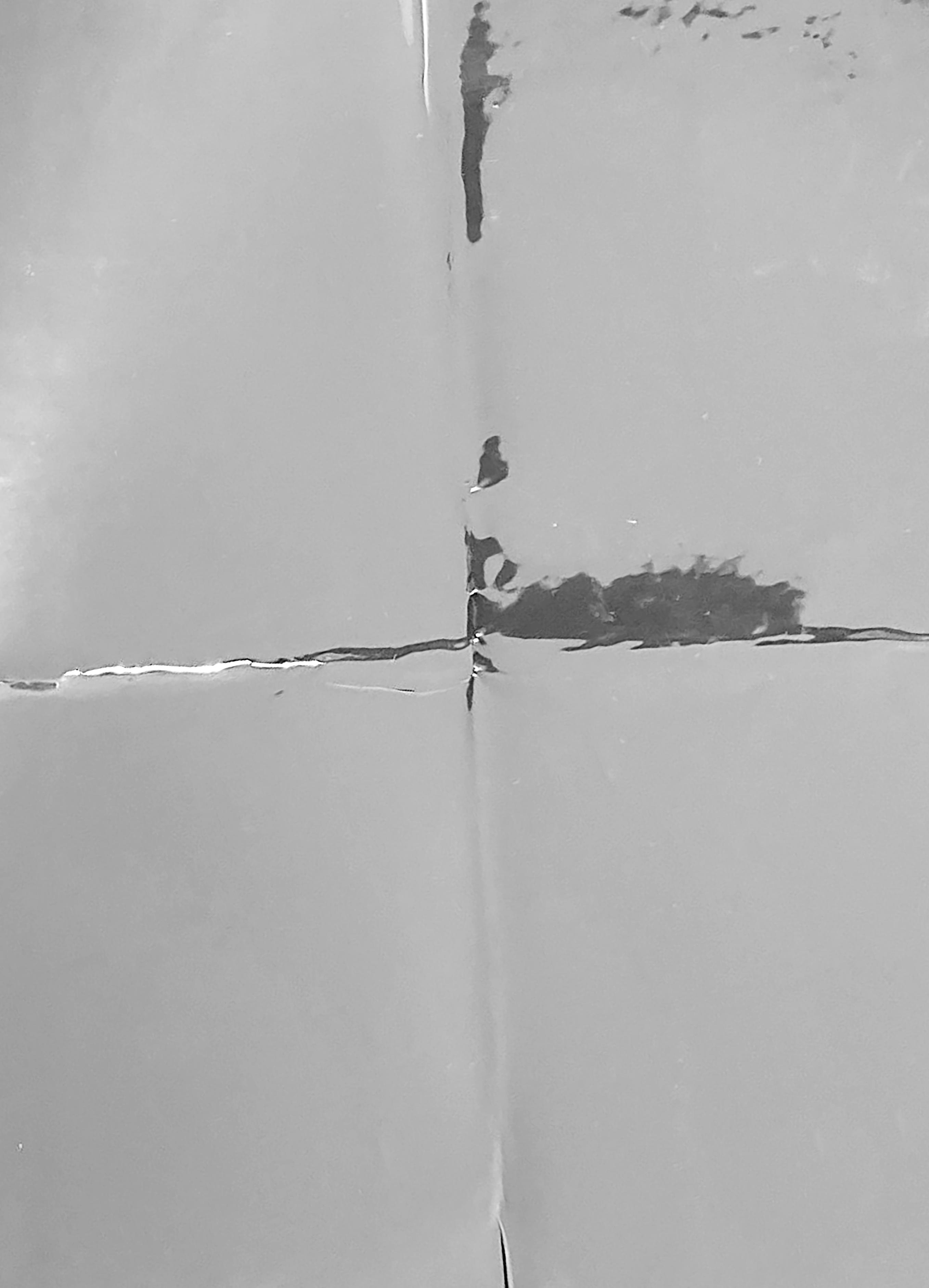
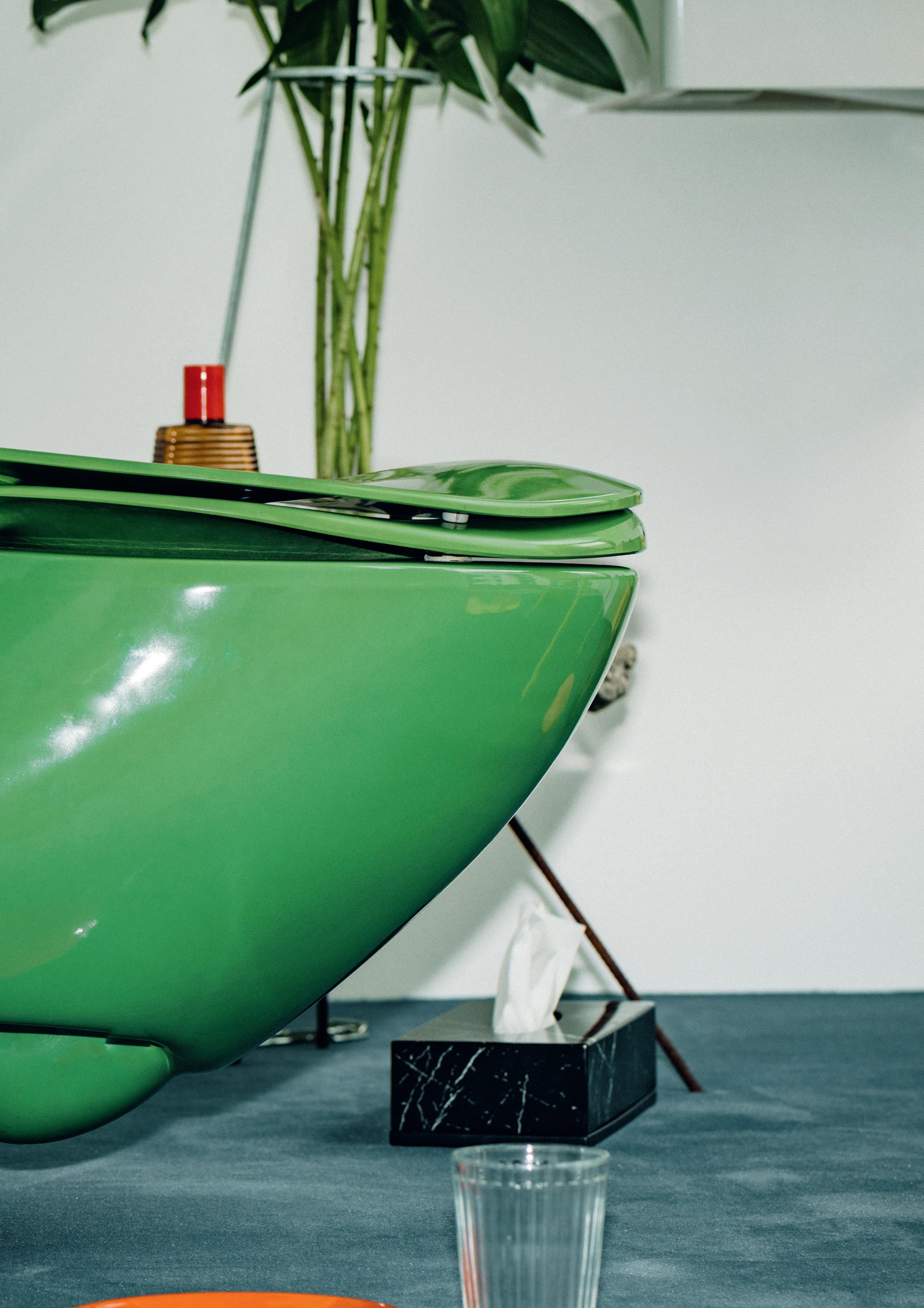
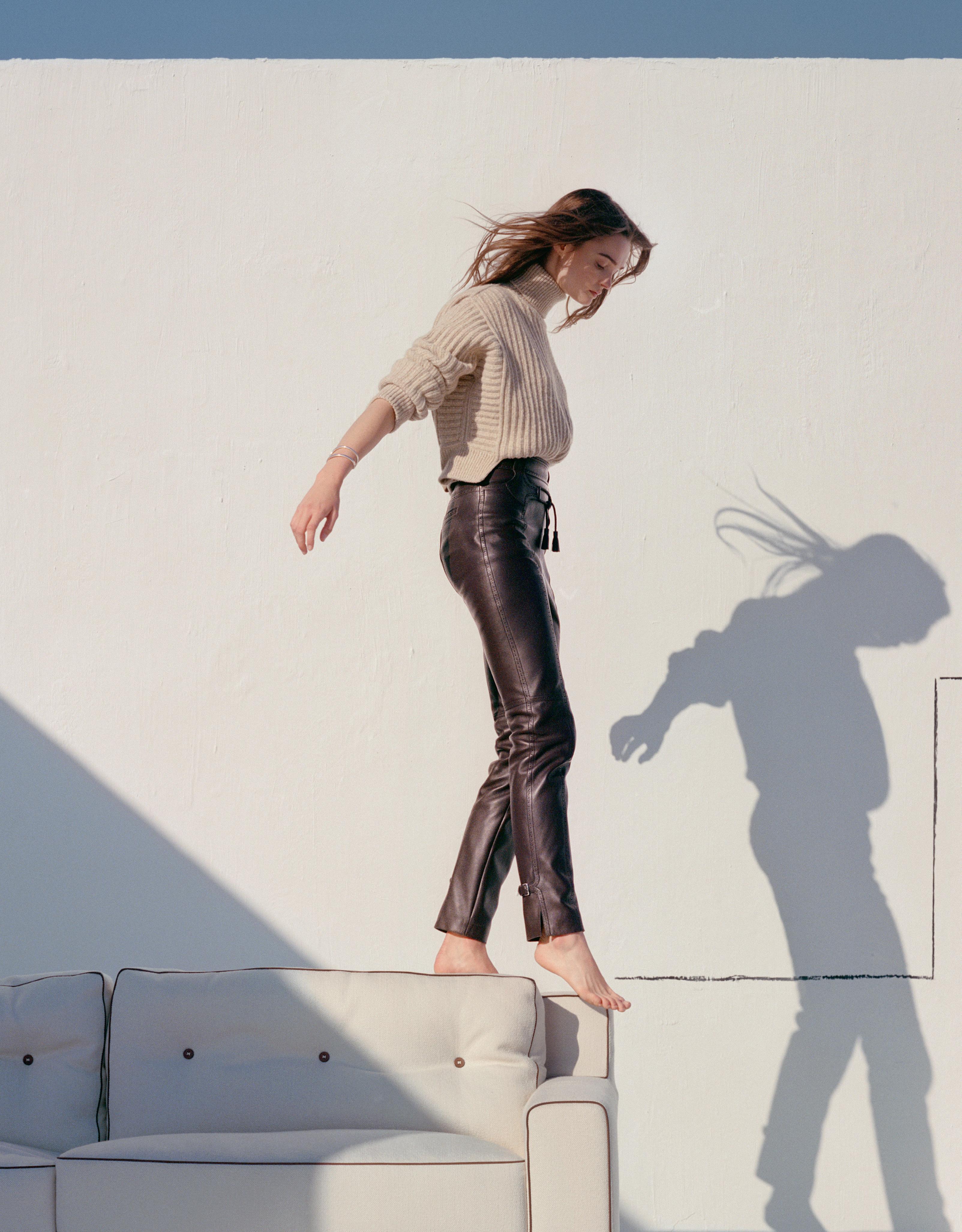
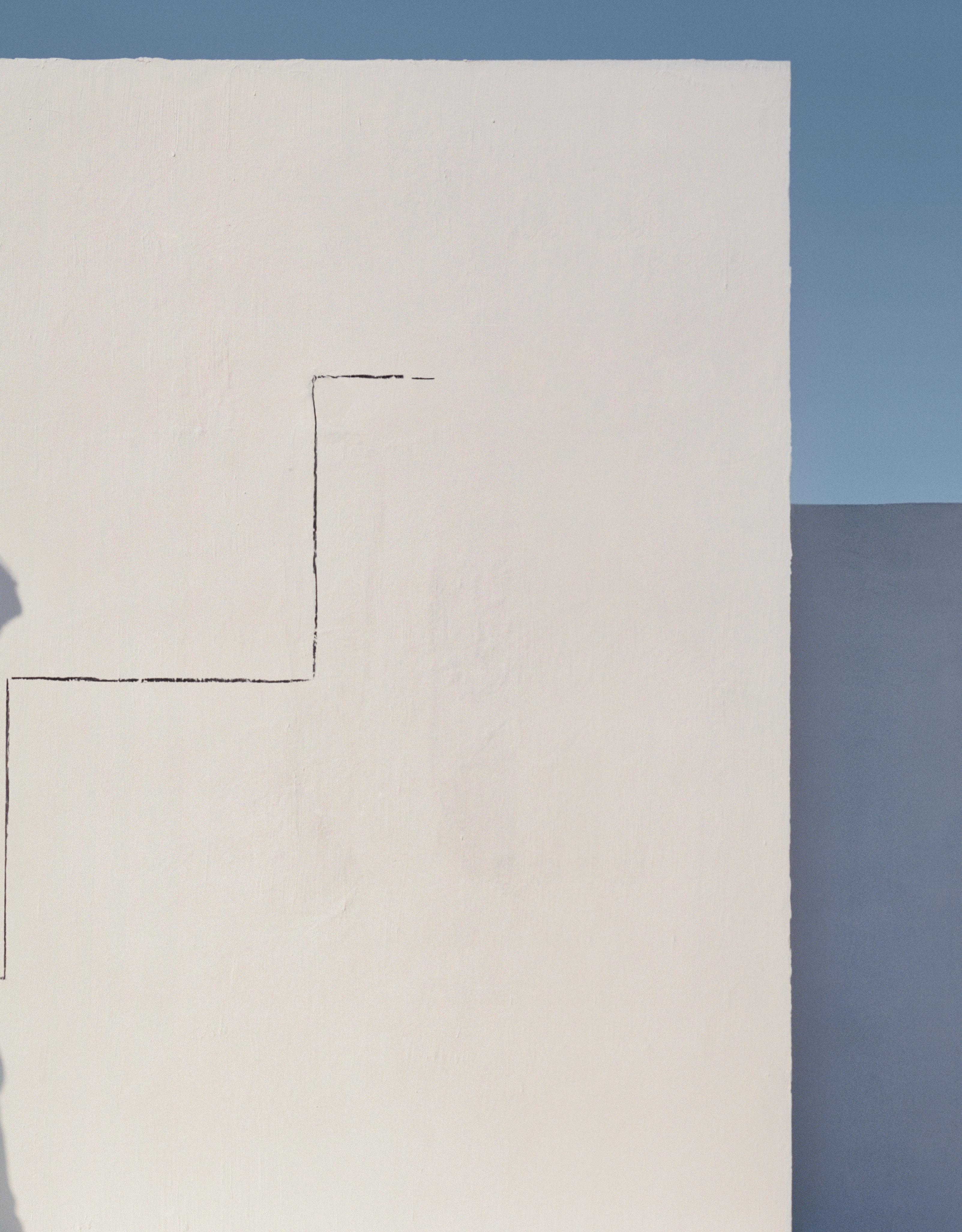
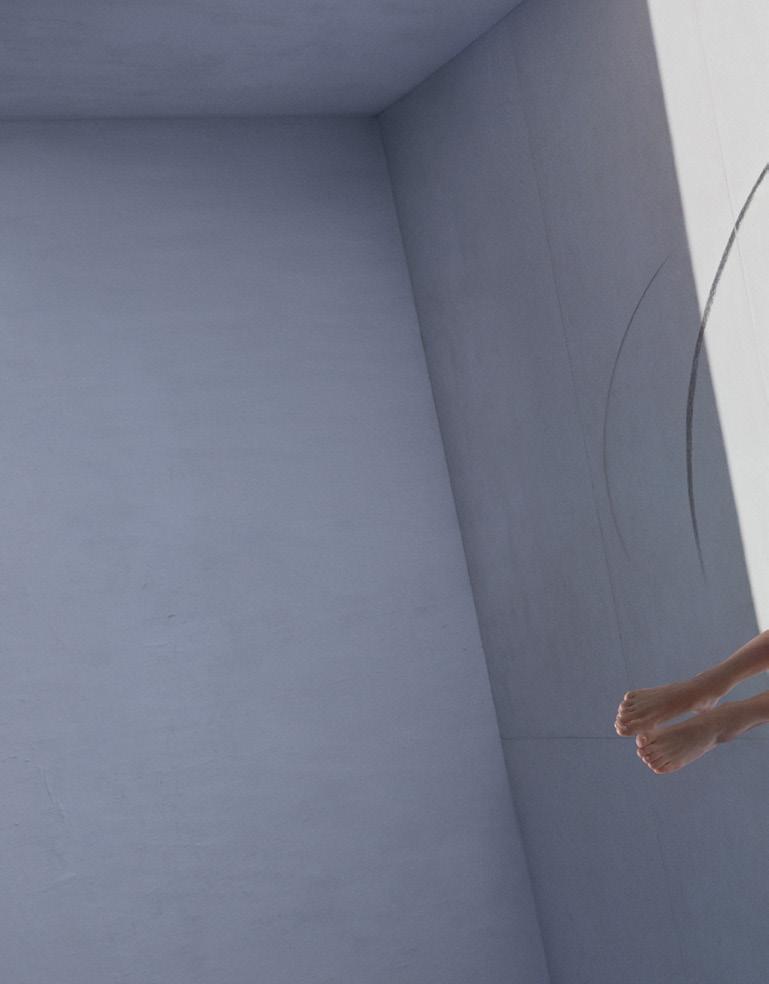

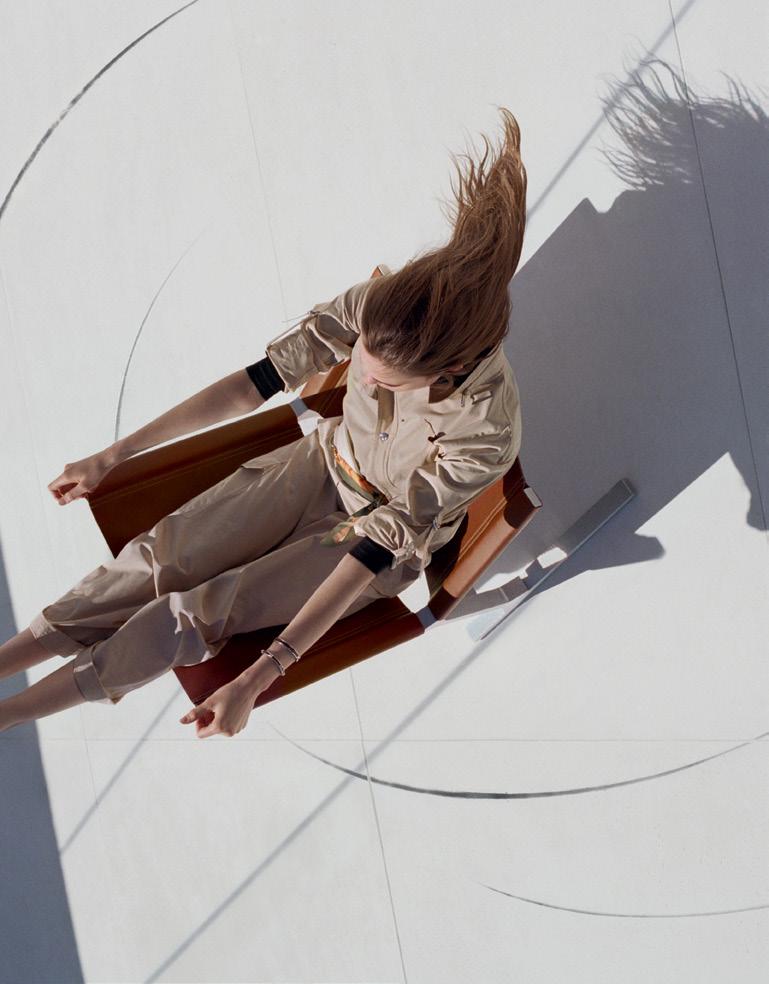
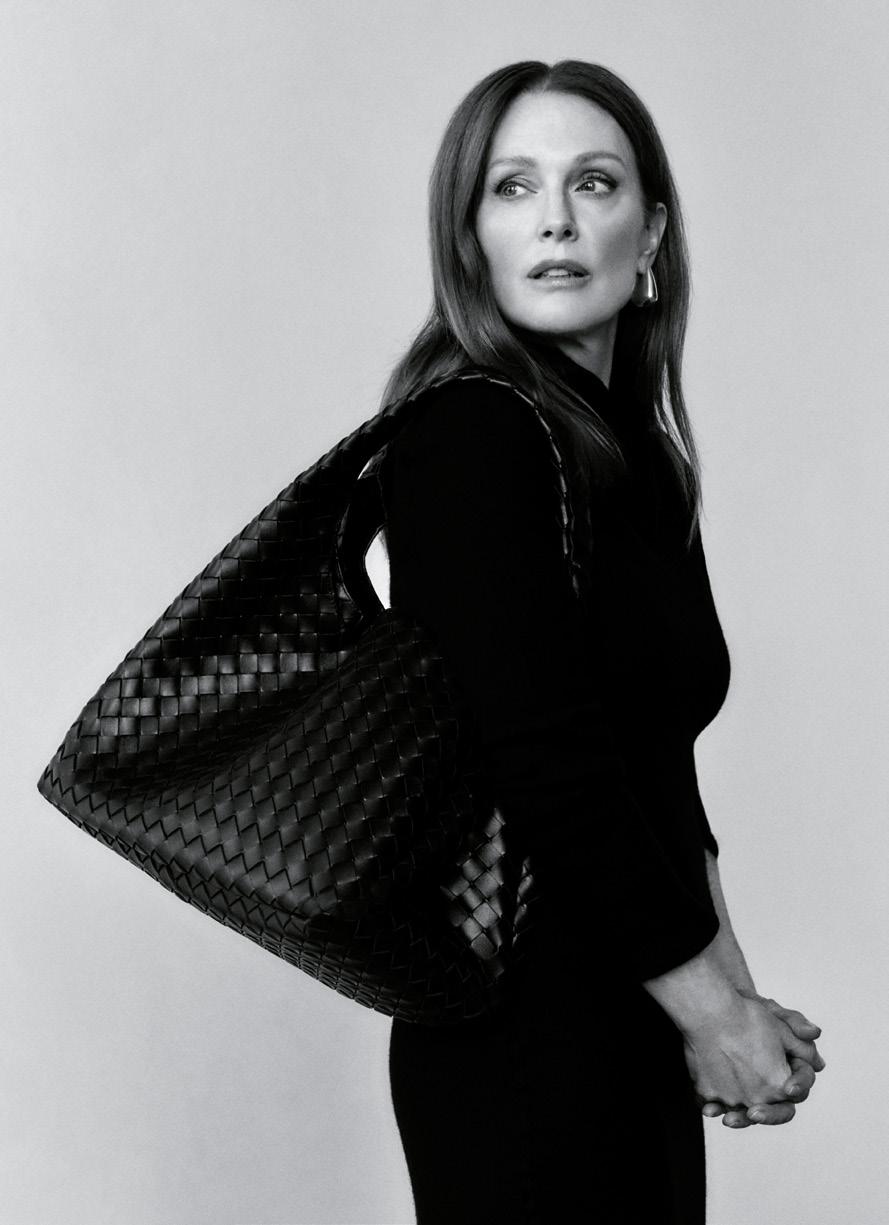

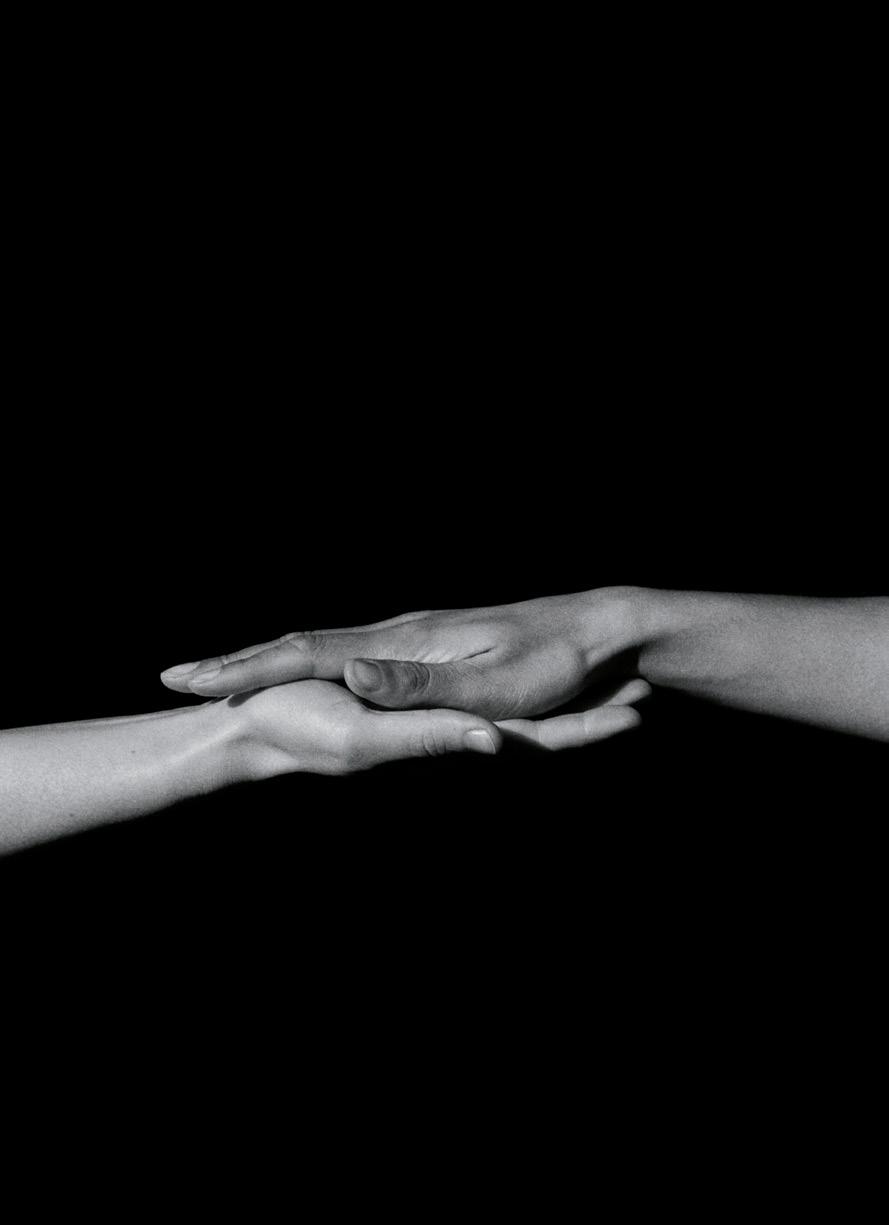
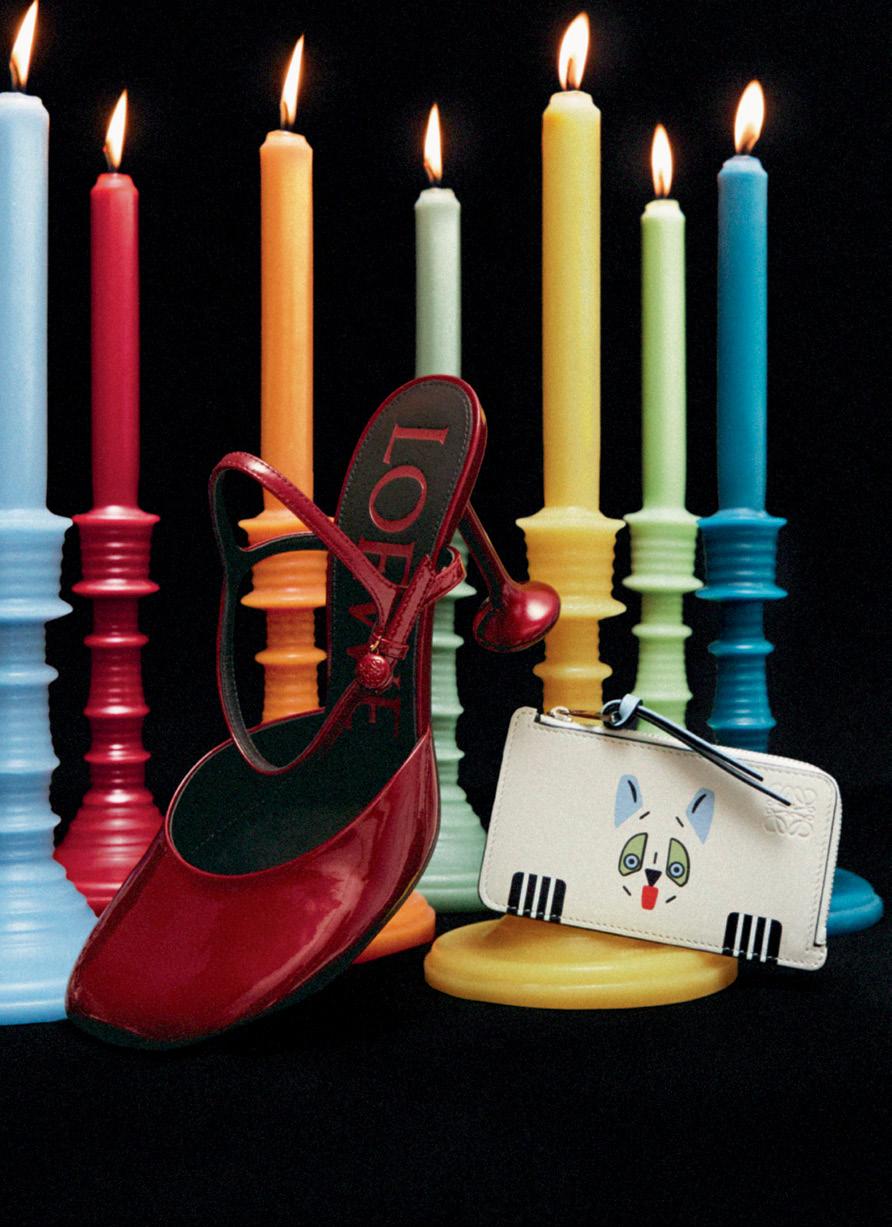

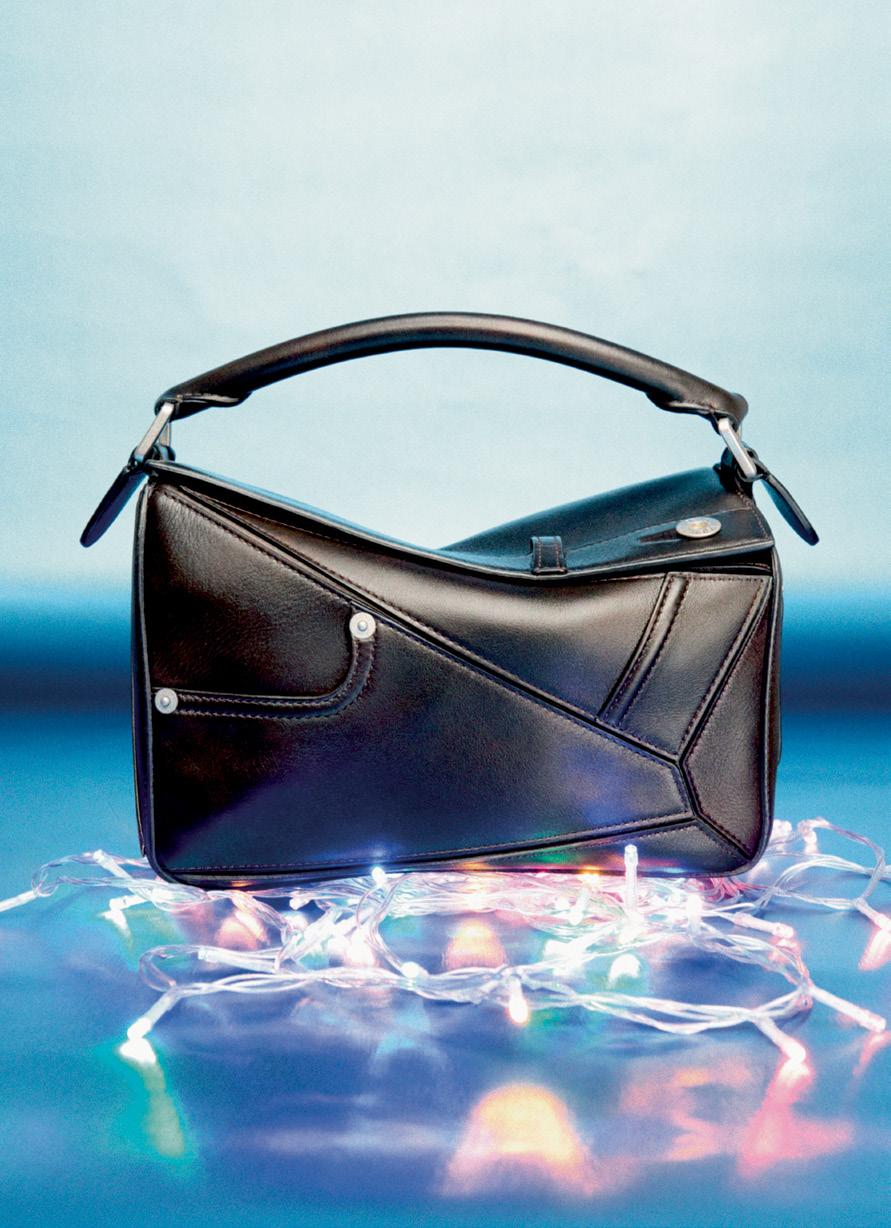
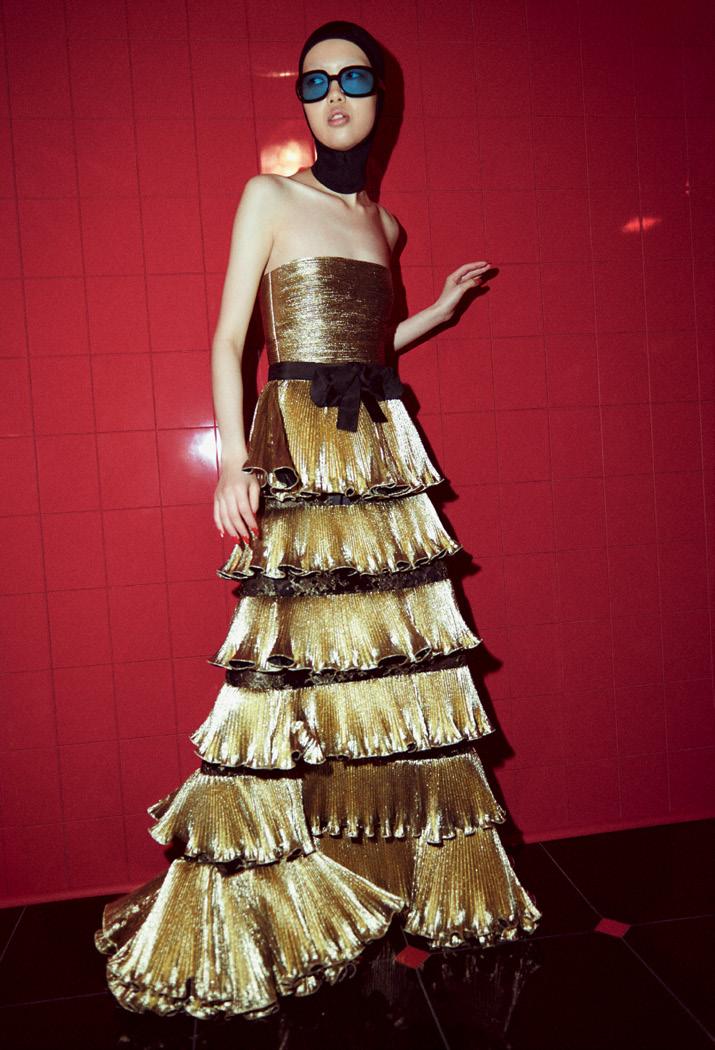
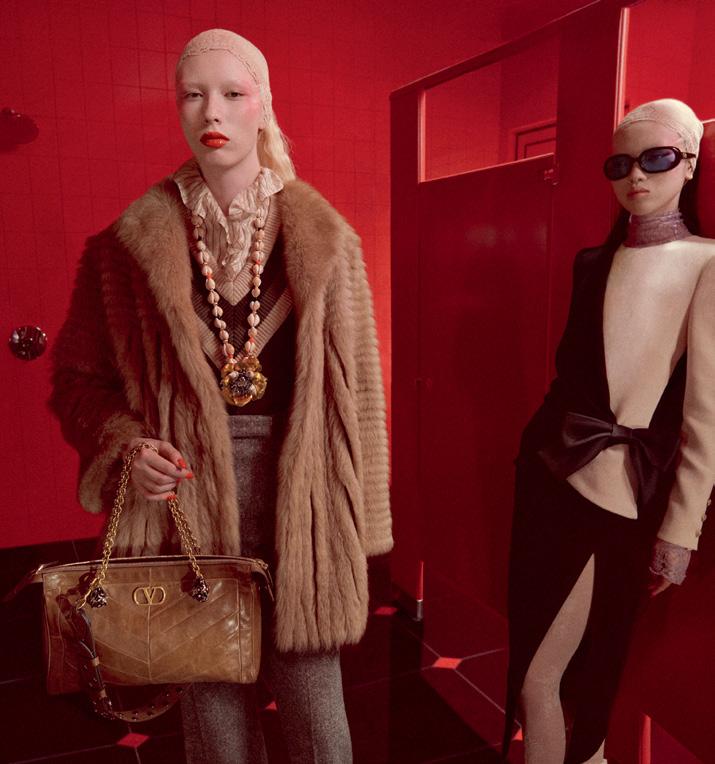
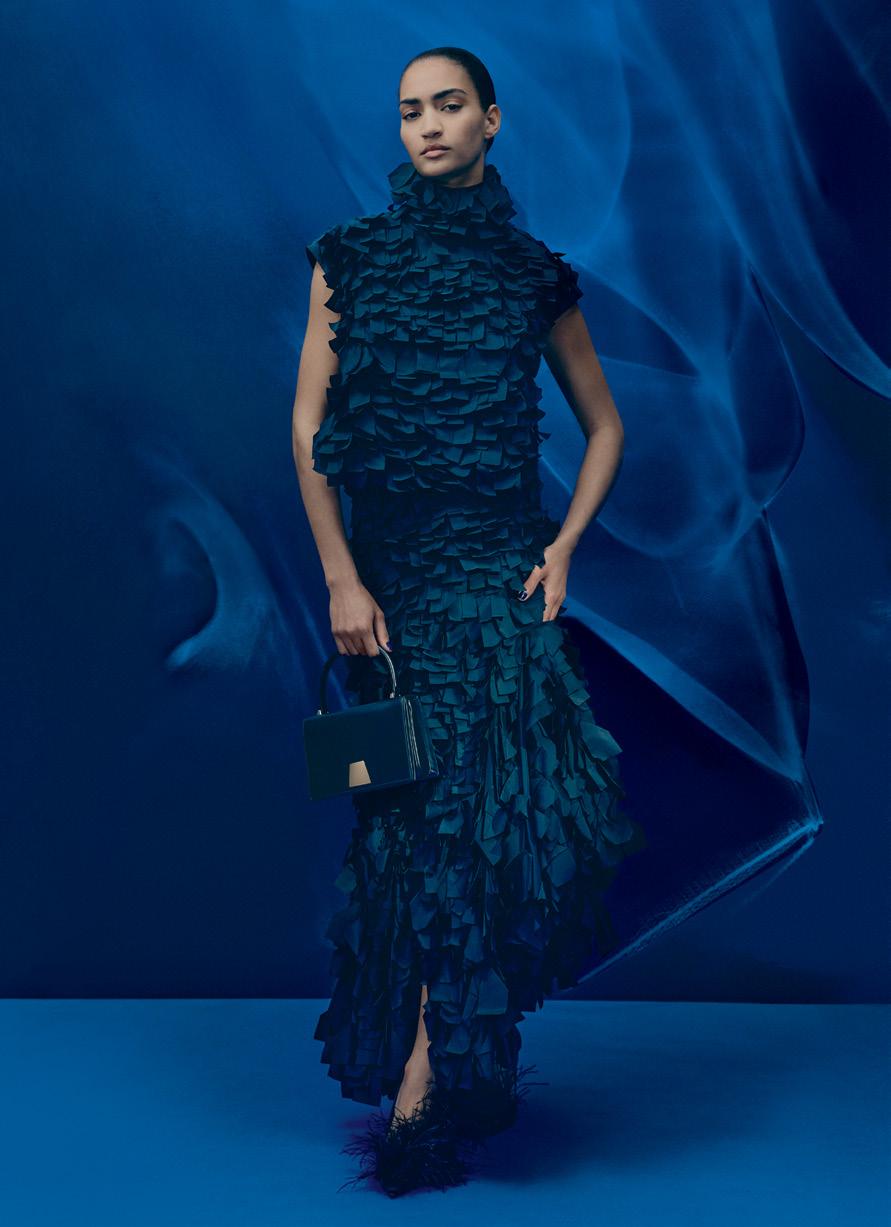


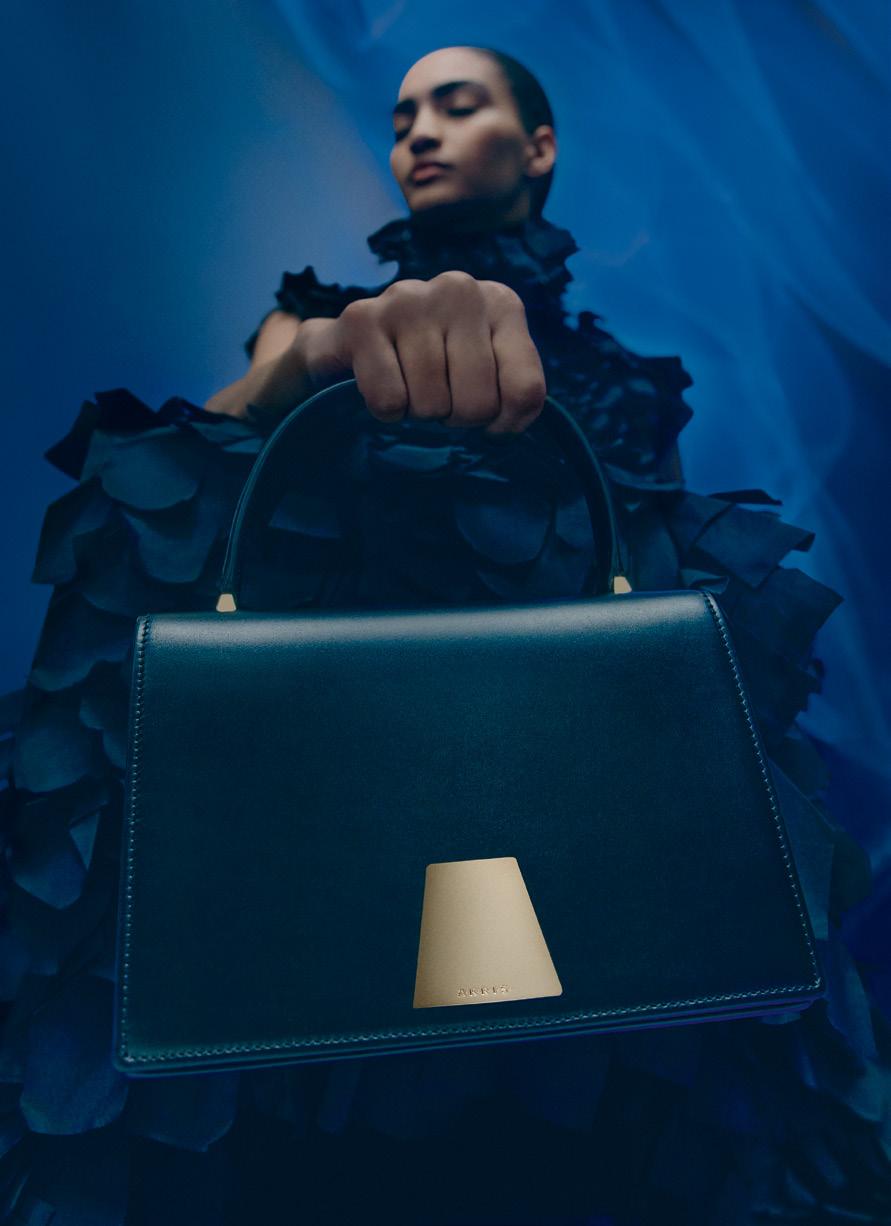

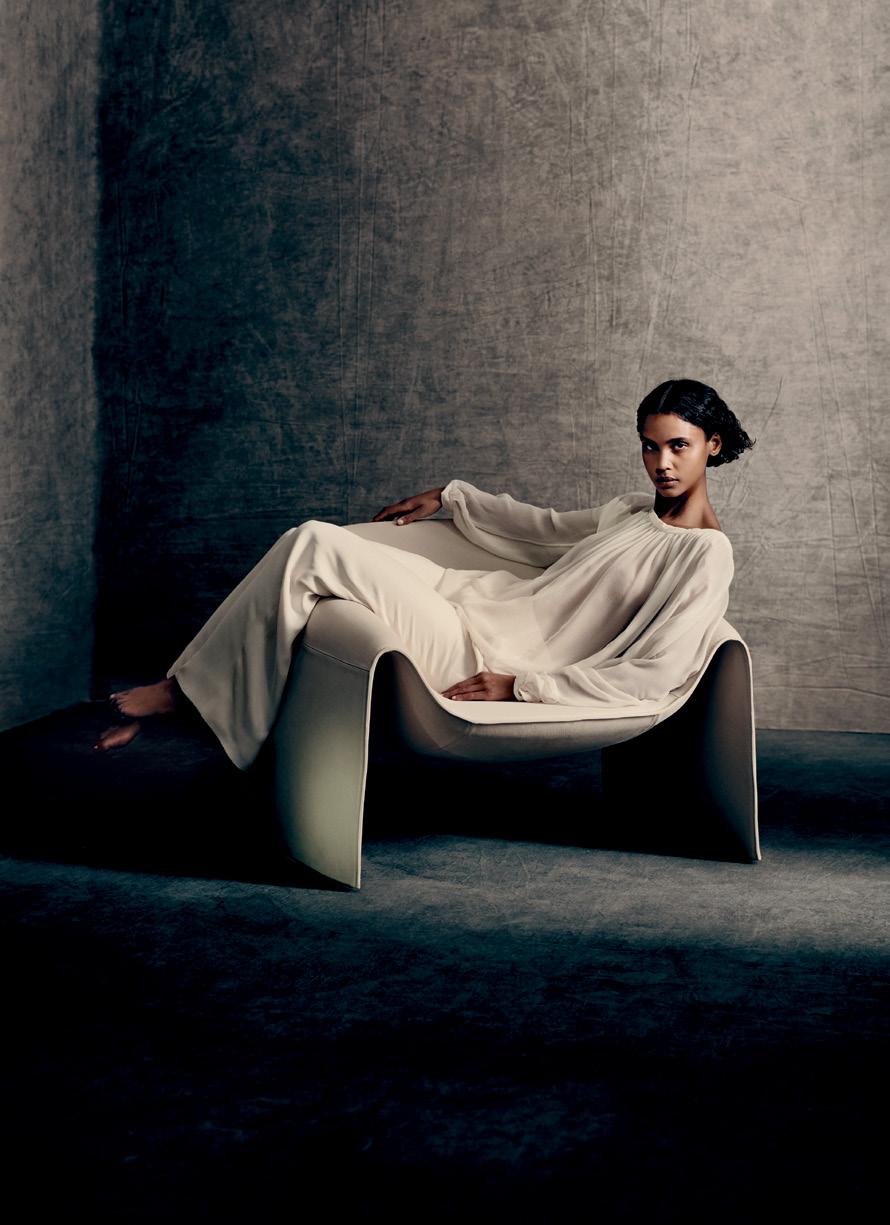
























For the last 13 years, CULTURED has dedicated its pages to unearthing and honoring the inner lives of artists.
It’s only fitting, then, that the inaugural issue of CULTURED at Home, the magazine’s first design edition, be helmed by one of its first contributors, Alexandra Cunningham Cameron.
Just as she has in her work as a critic, scholar, and curator of contemporary design at the Cooper Hewitt, Alexandra has approached her role as guest editor of this issue with a reverence for how artists live—departing from cookie-cutter design discourse to offer something unfiltered, personal, and fresh.
Maybe you’re wondering why we wanted to launch another print magazine now. The answer, I believe, is that there’s never been a more urgent moment for it.
When I started CULTURED, I felt there was a void in the cultural conversation—a need for a more intimate, artist-driven lens, more crosscultural exchange, and more space dedicated to supporting emerging talent.
With CULTURED at Home, that instinct returns. People are craving something real. They want to understand how creative people truly live—their habits, their spaces, their stories. Less polish, more presence.
While the digital landscape has expanded in remarkable ways, there is still something irreplaceable about print—its physicality, its authority, its ability to slow things down. CULTURED at Home isn’t just another magazine; it’s an object to be treasured and lived with, a resource to return to. Above all, it’s a reminder that how we live is its own form of art.
Congratulations, ACC!


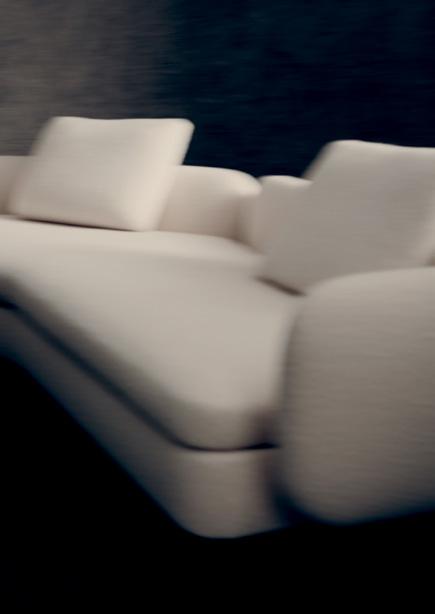
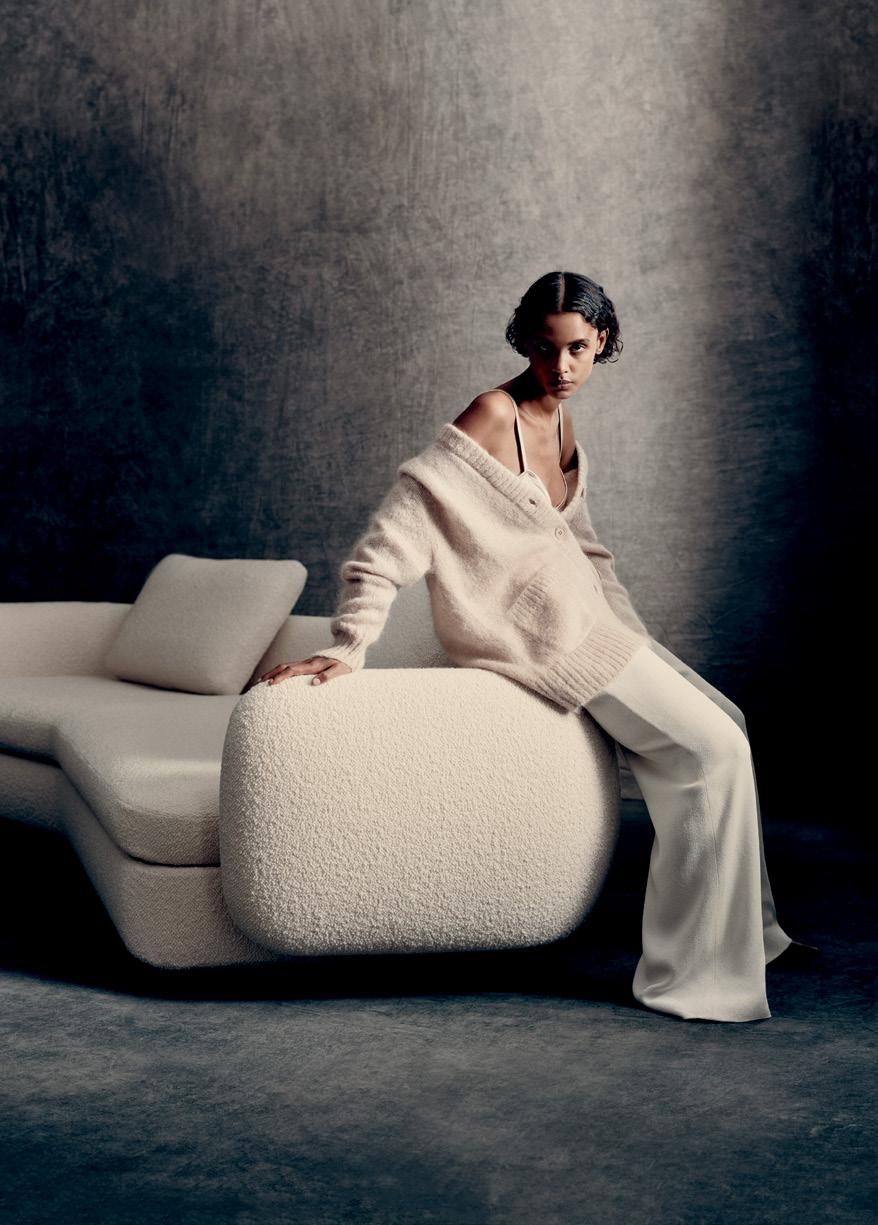



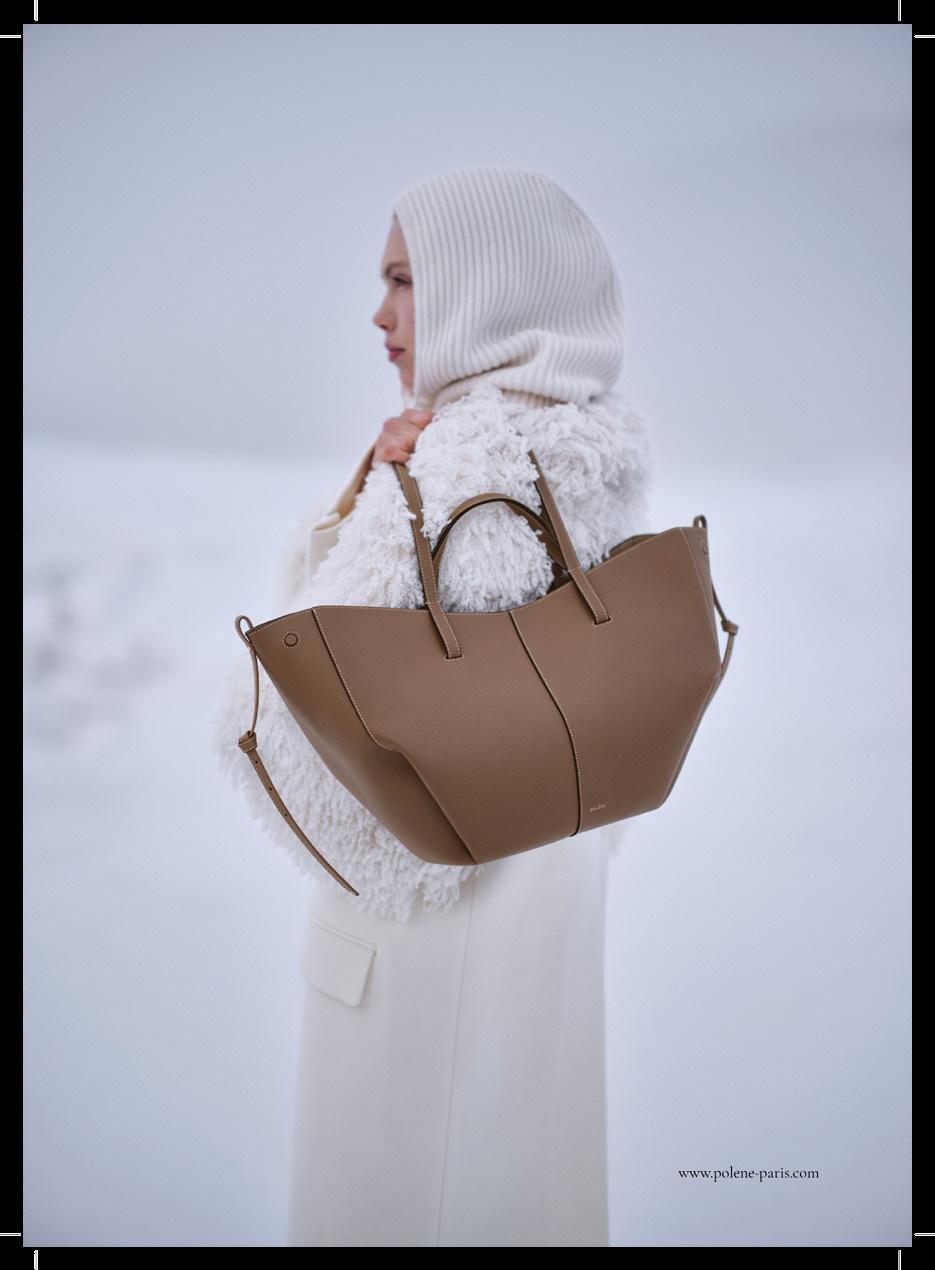





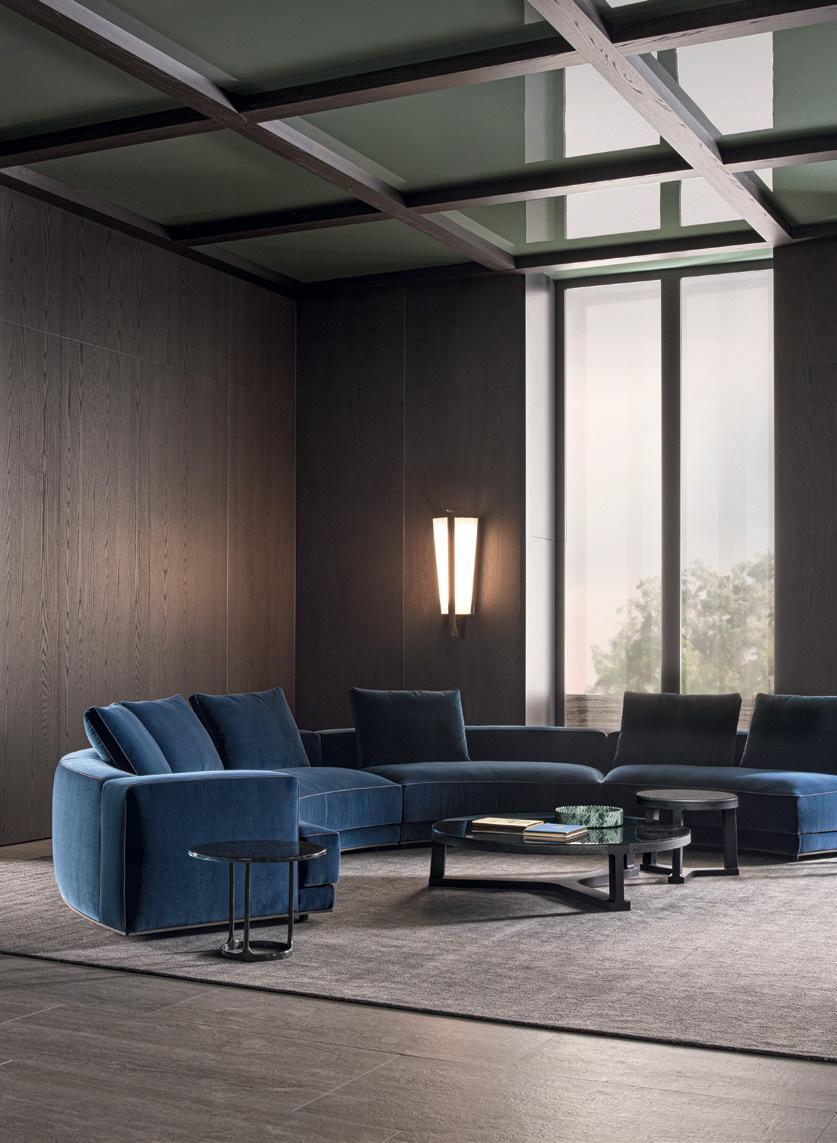

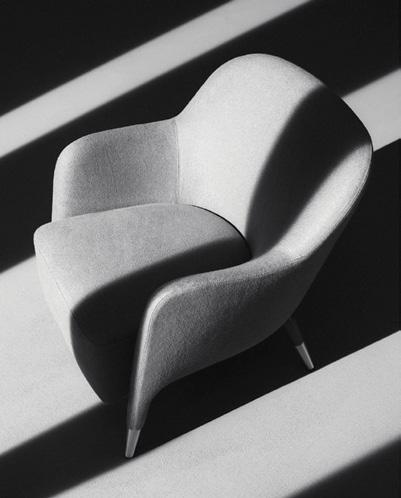
An Italian Design Story moltenigroup.com shop.molteni.it
An Italian Design Story moltenigroup.com shop.molteni.it


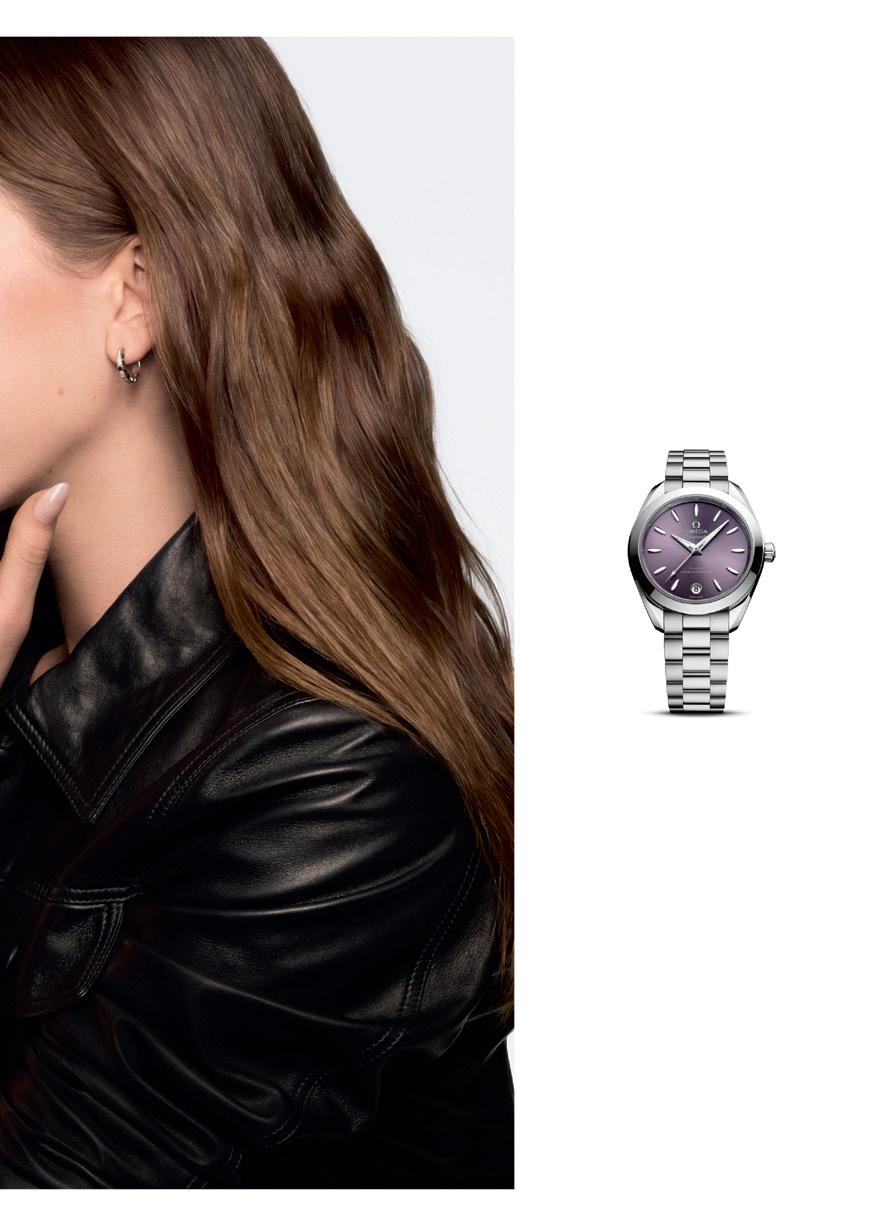
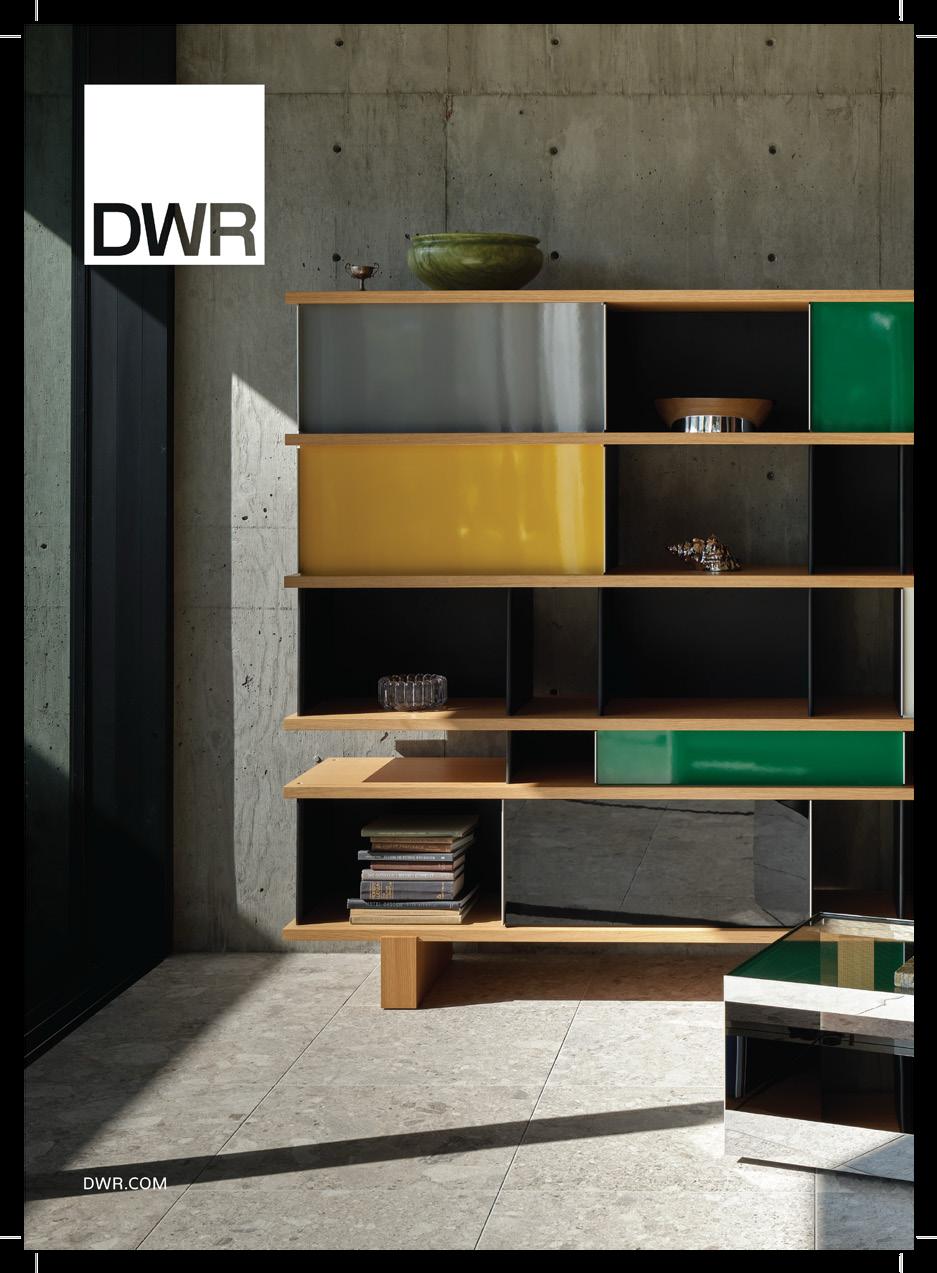


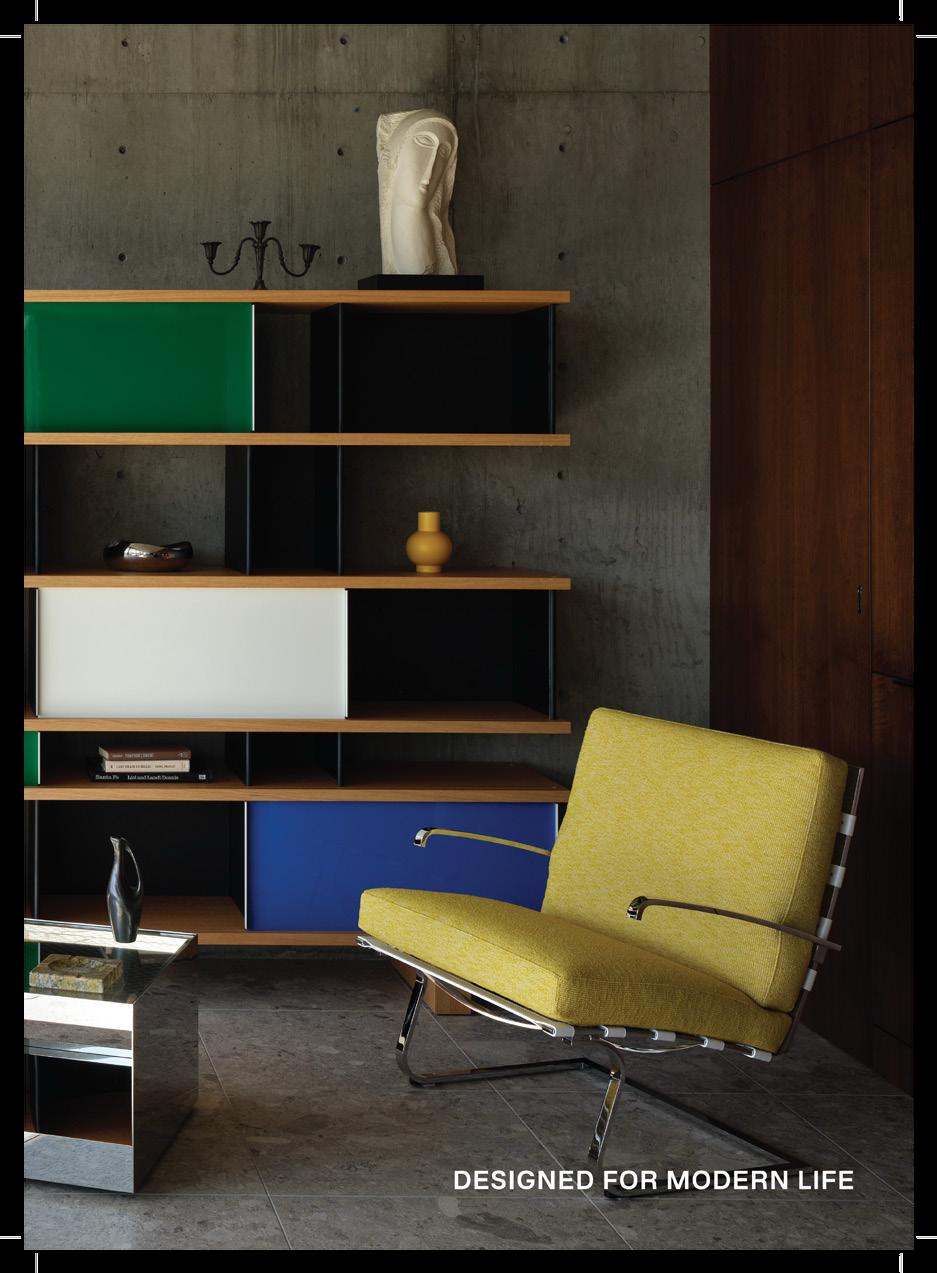
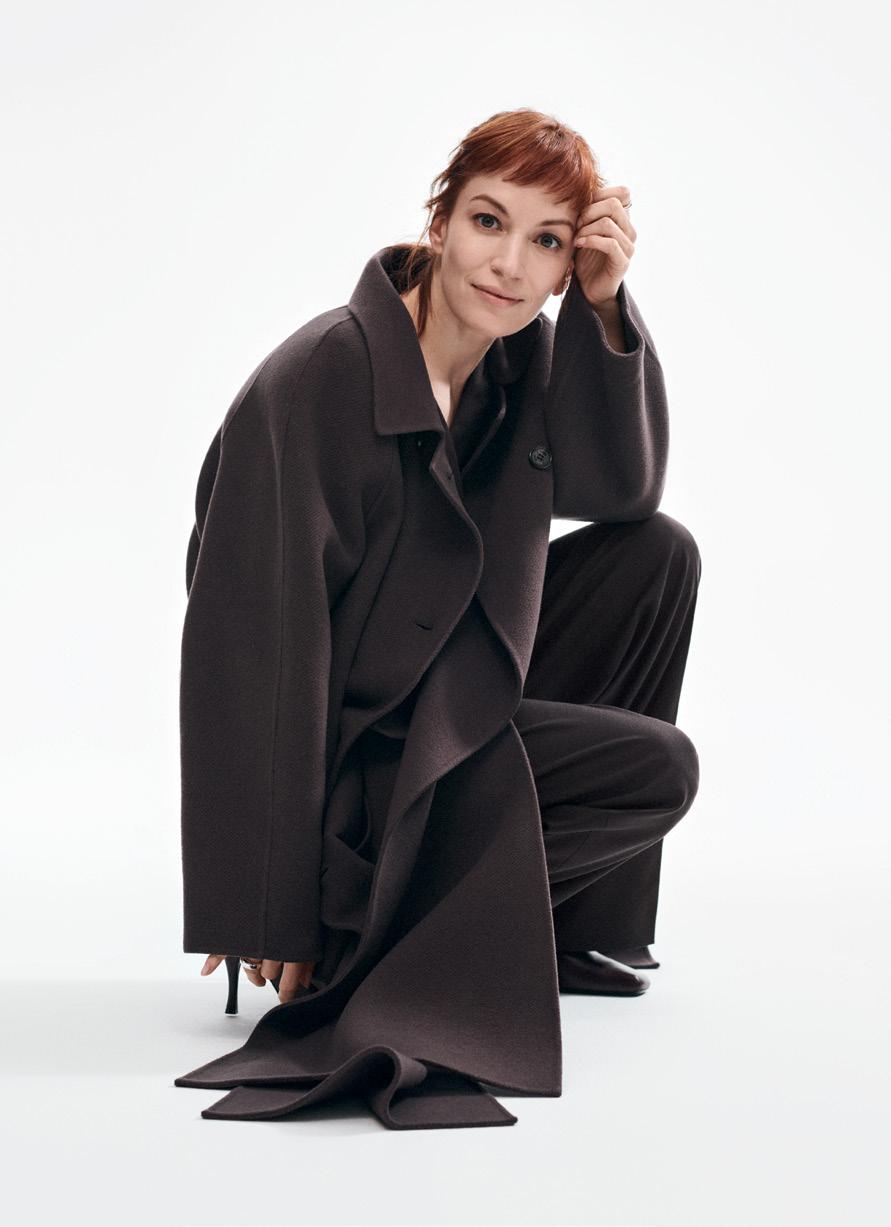



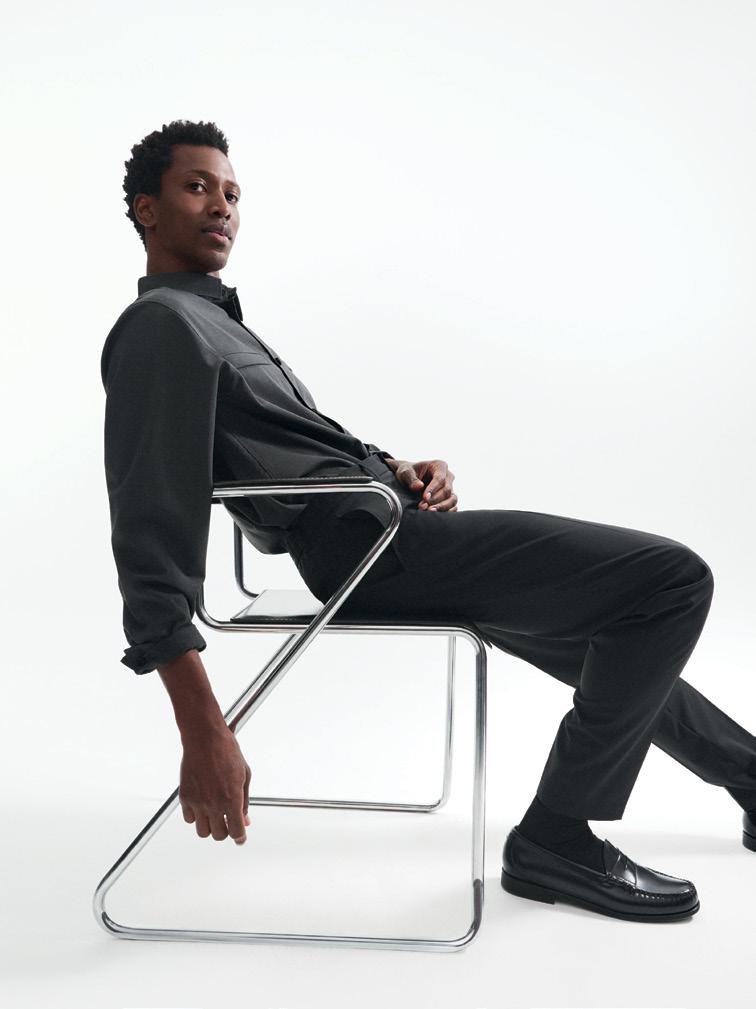
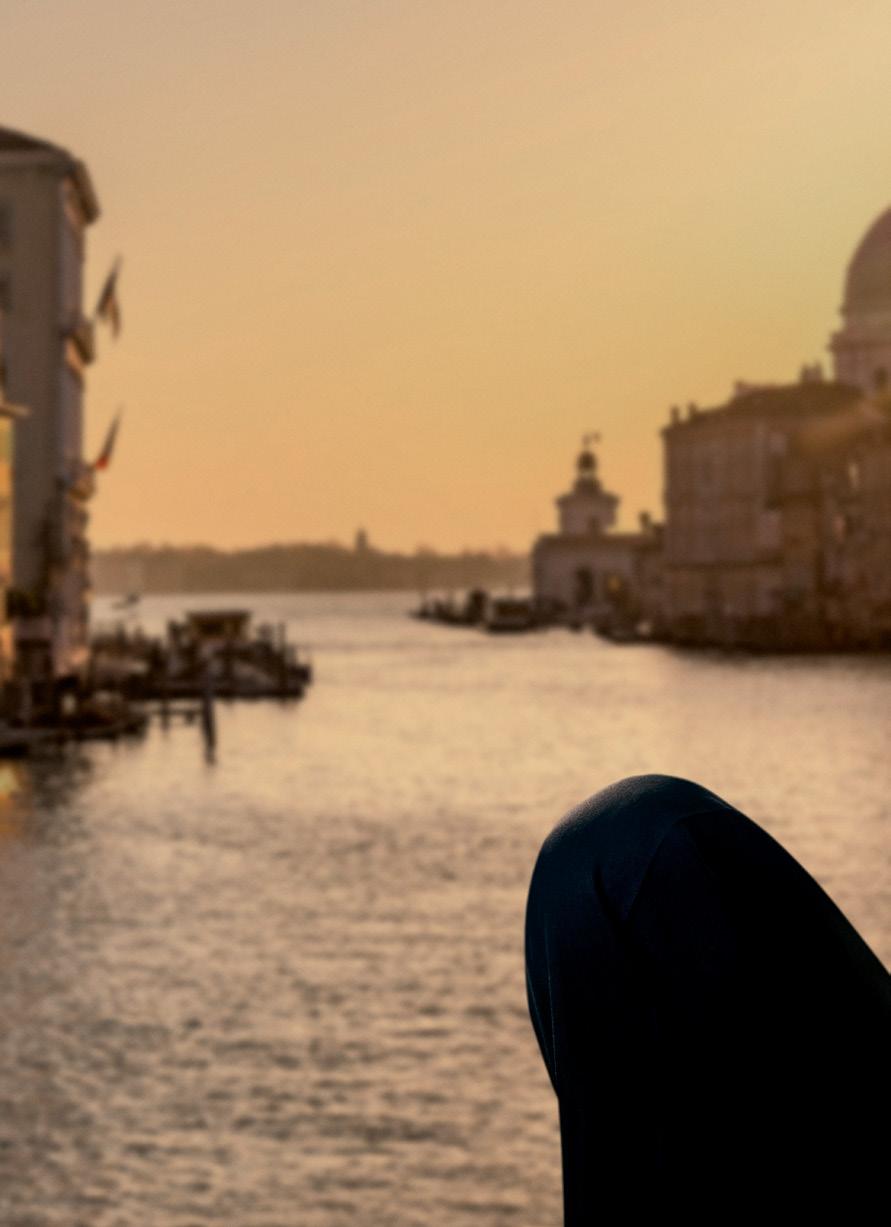

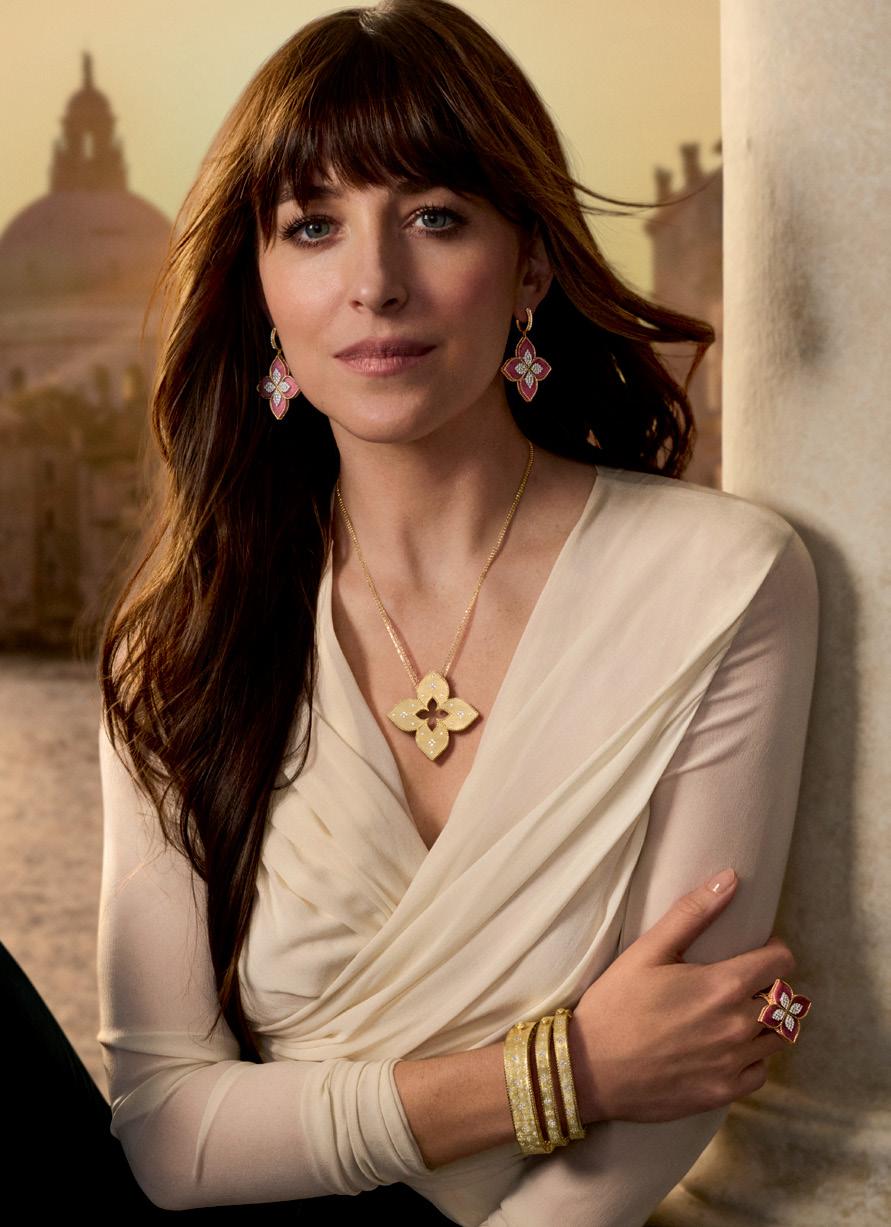


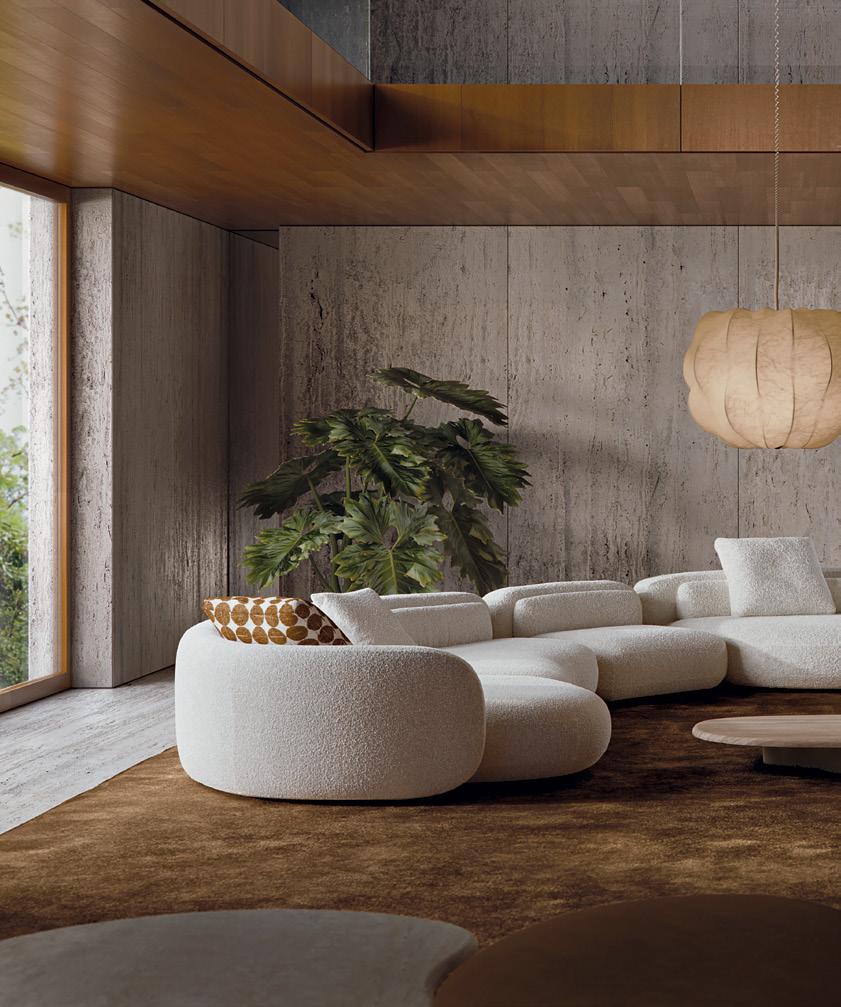



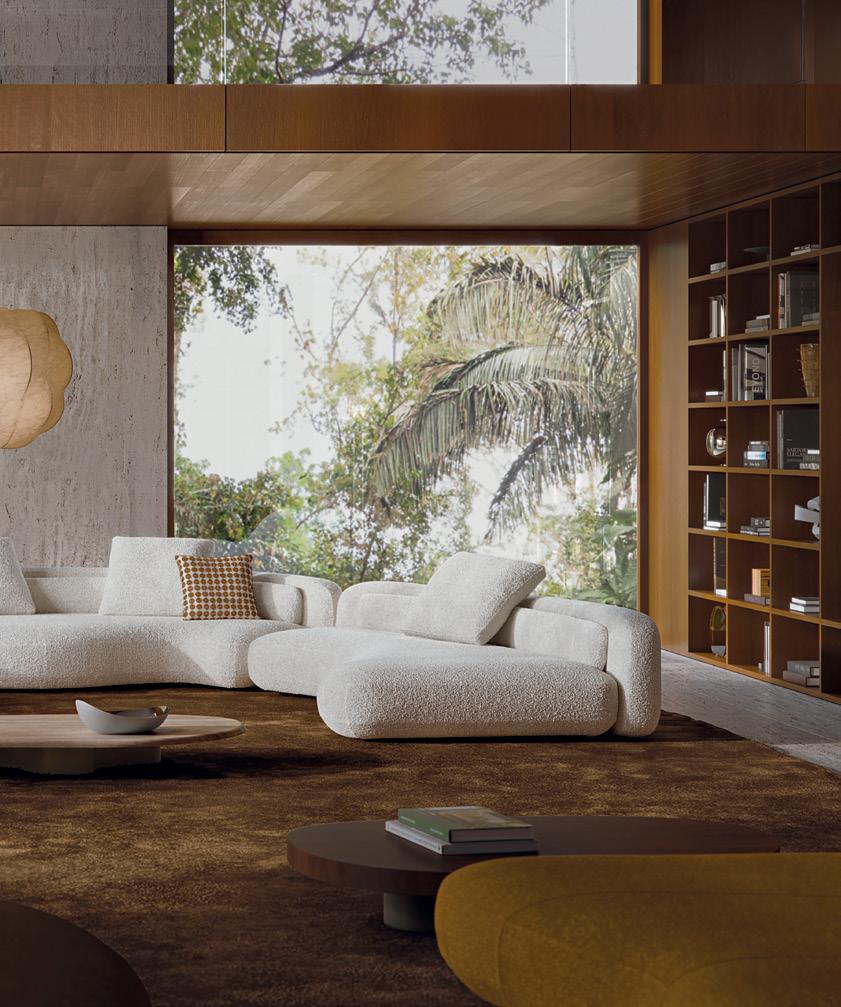
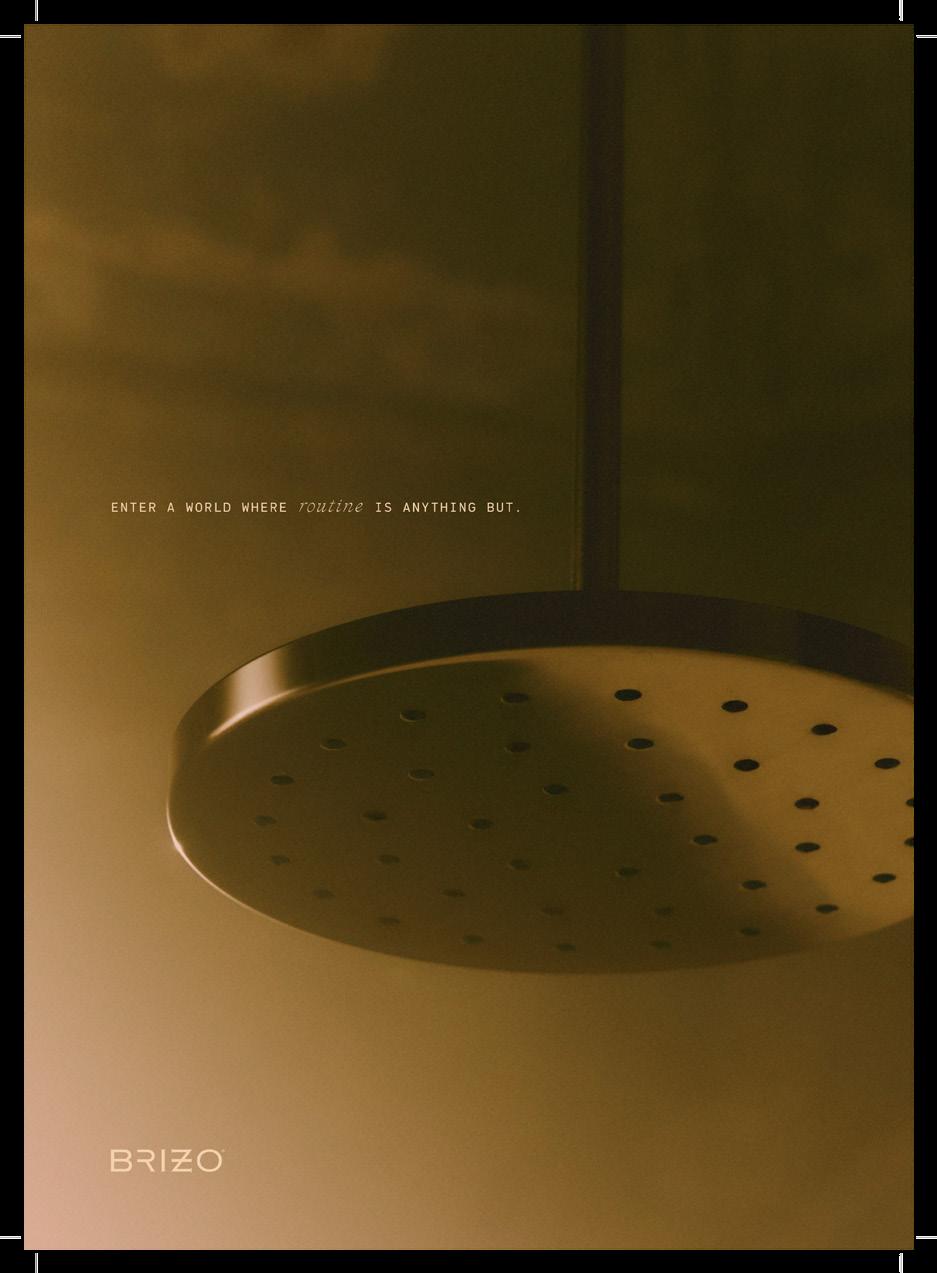
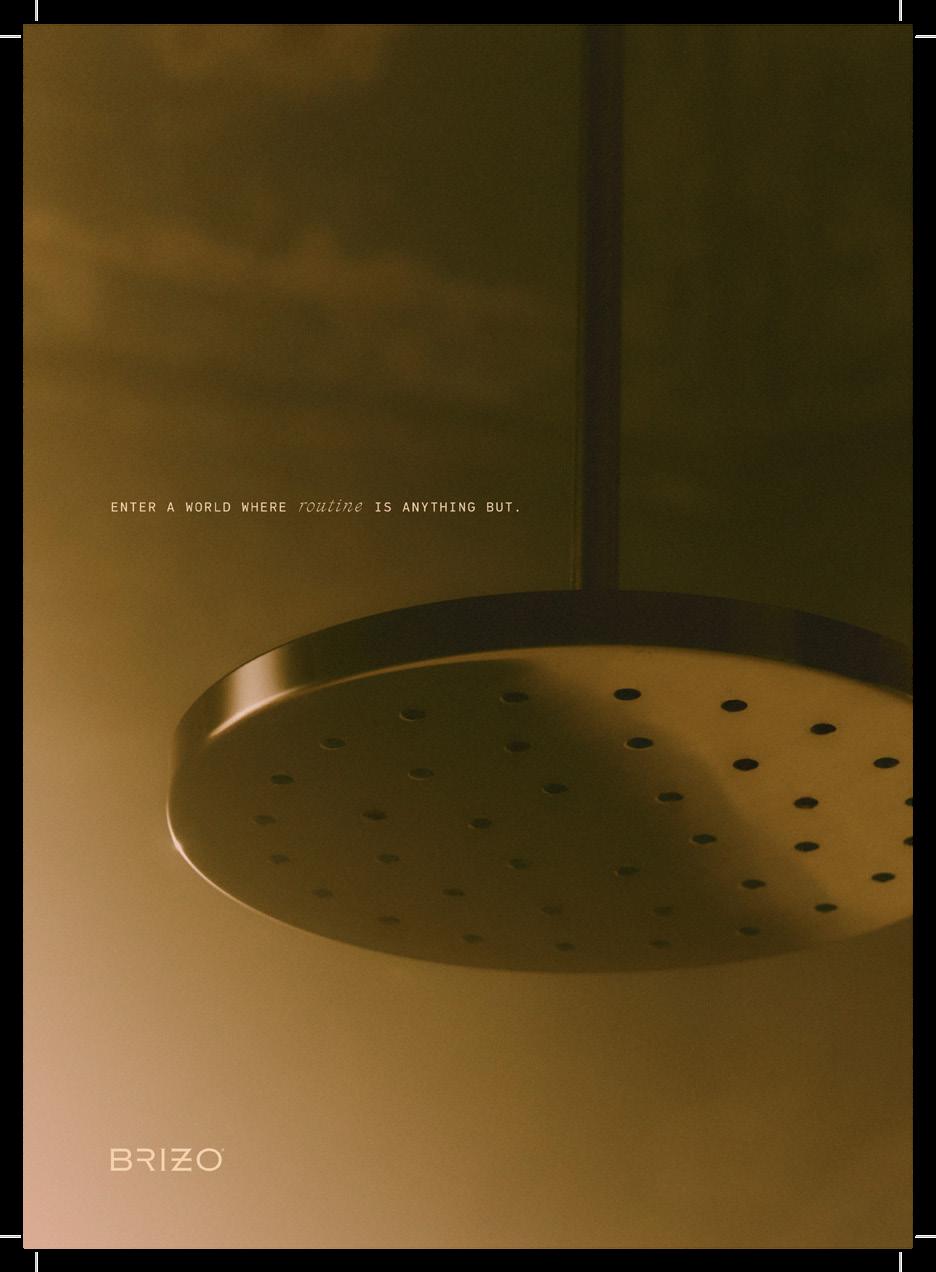

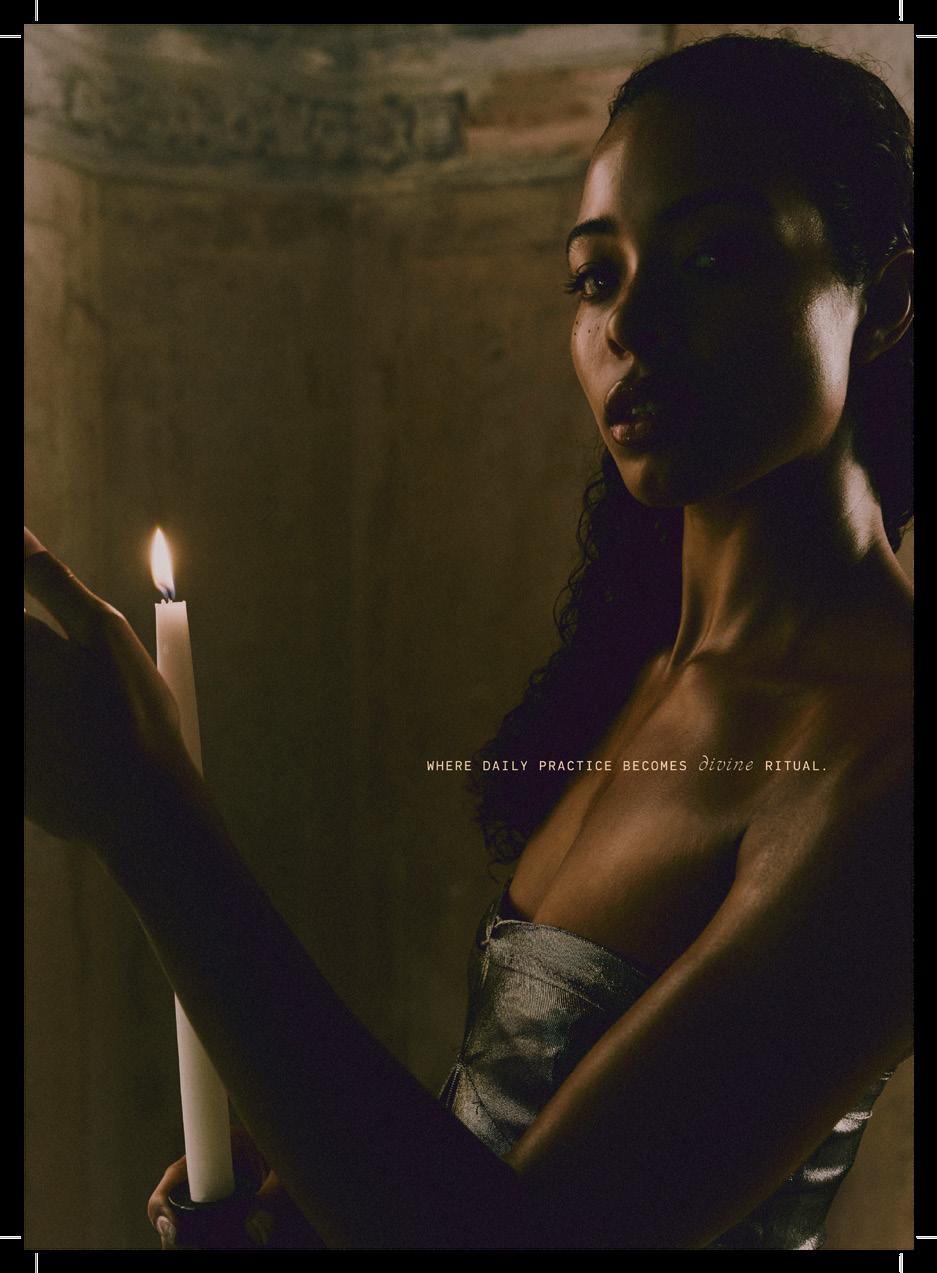

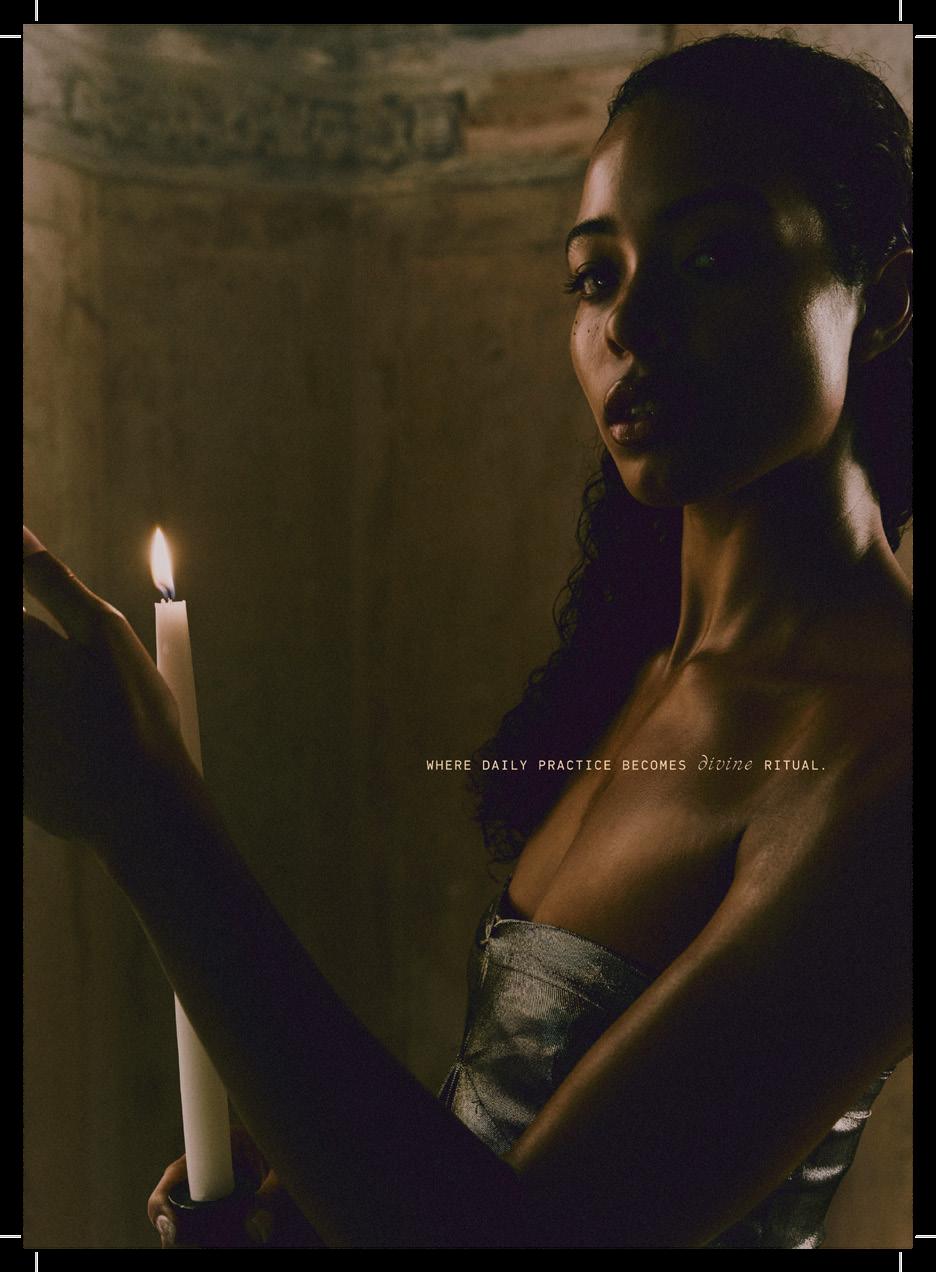
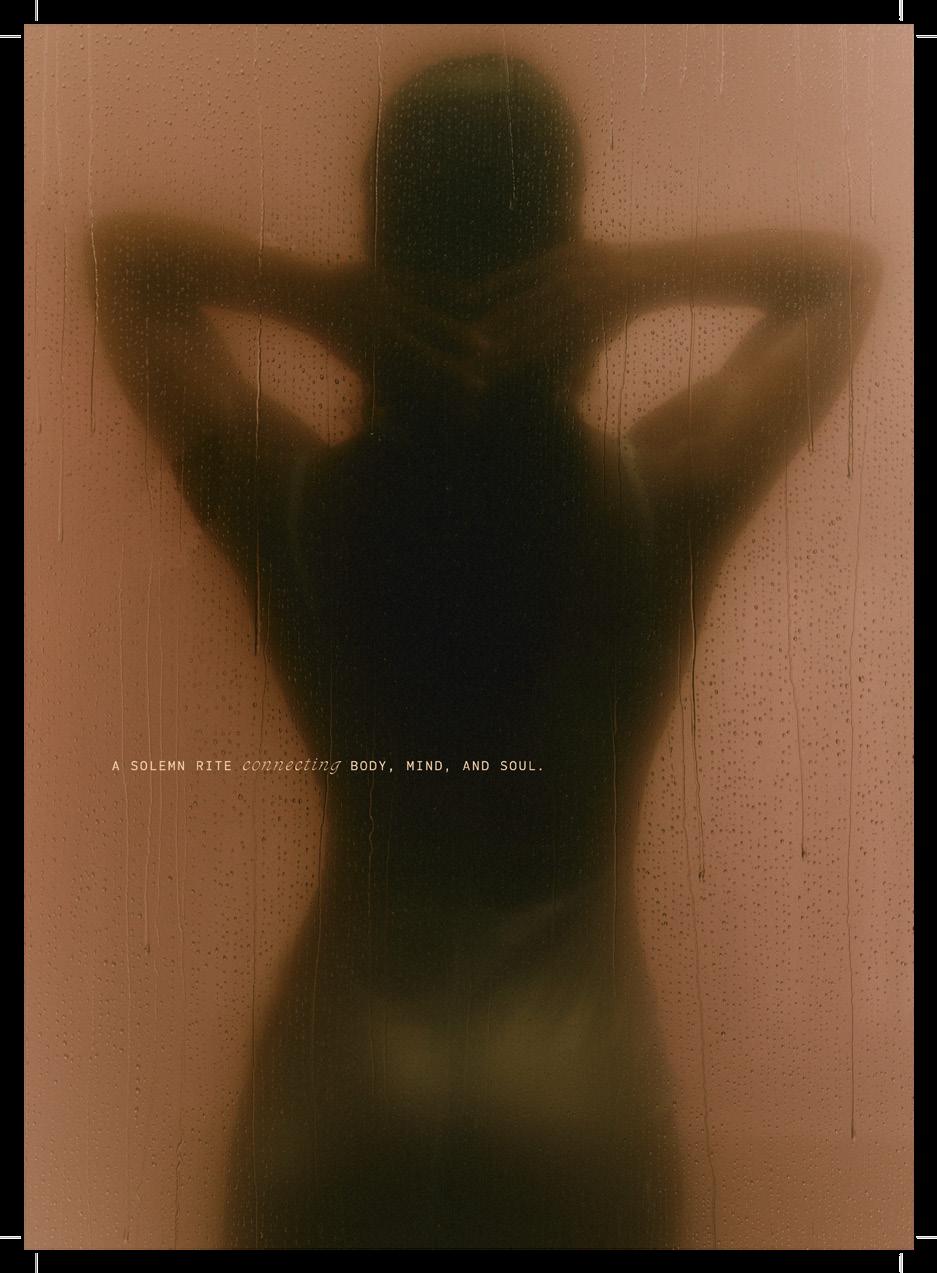


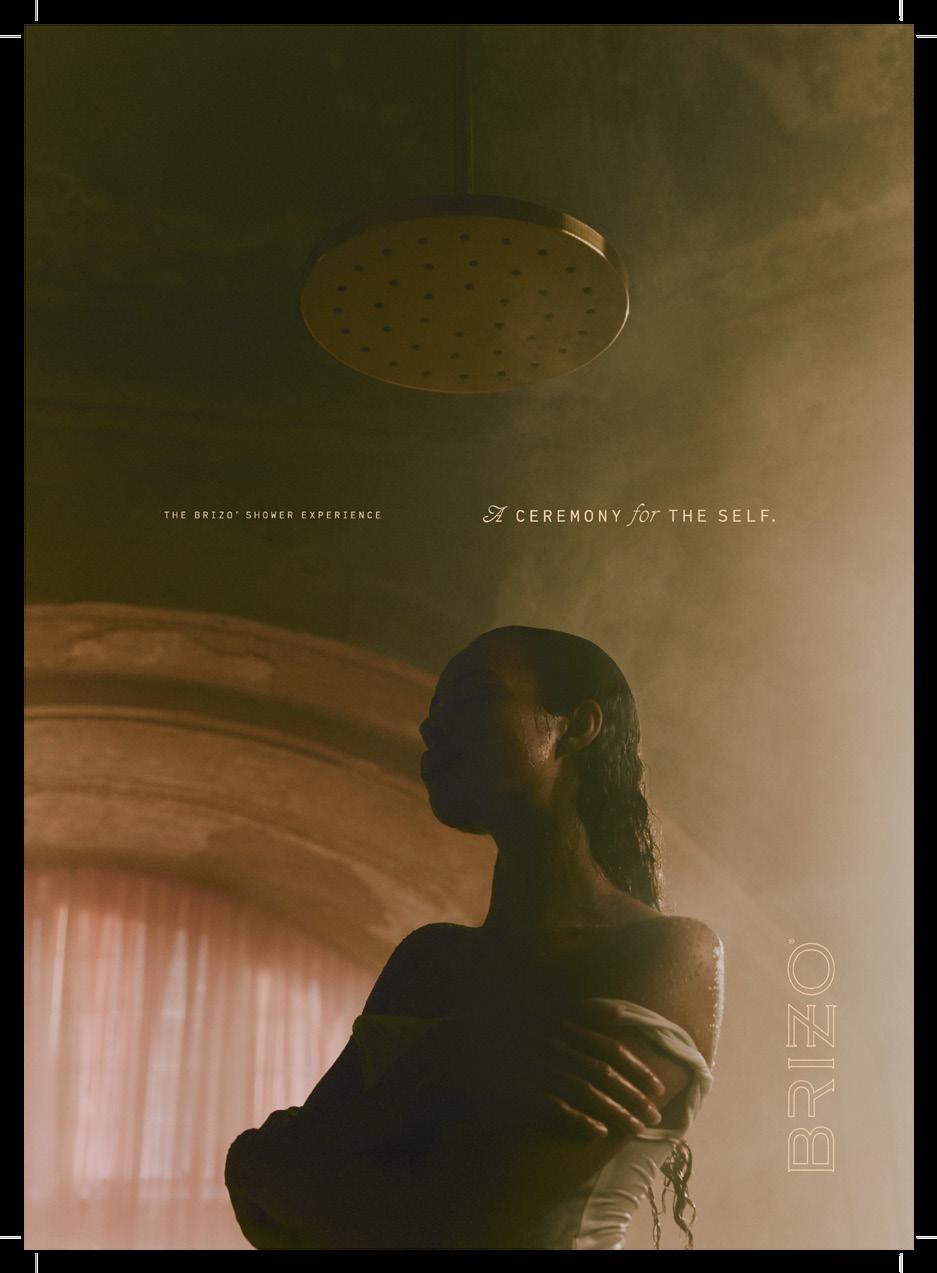
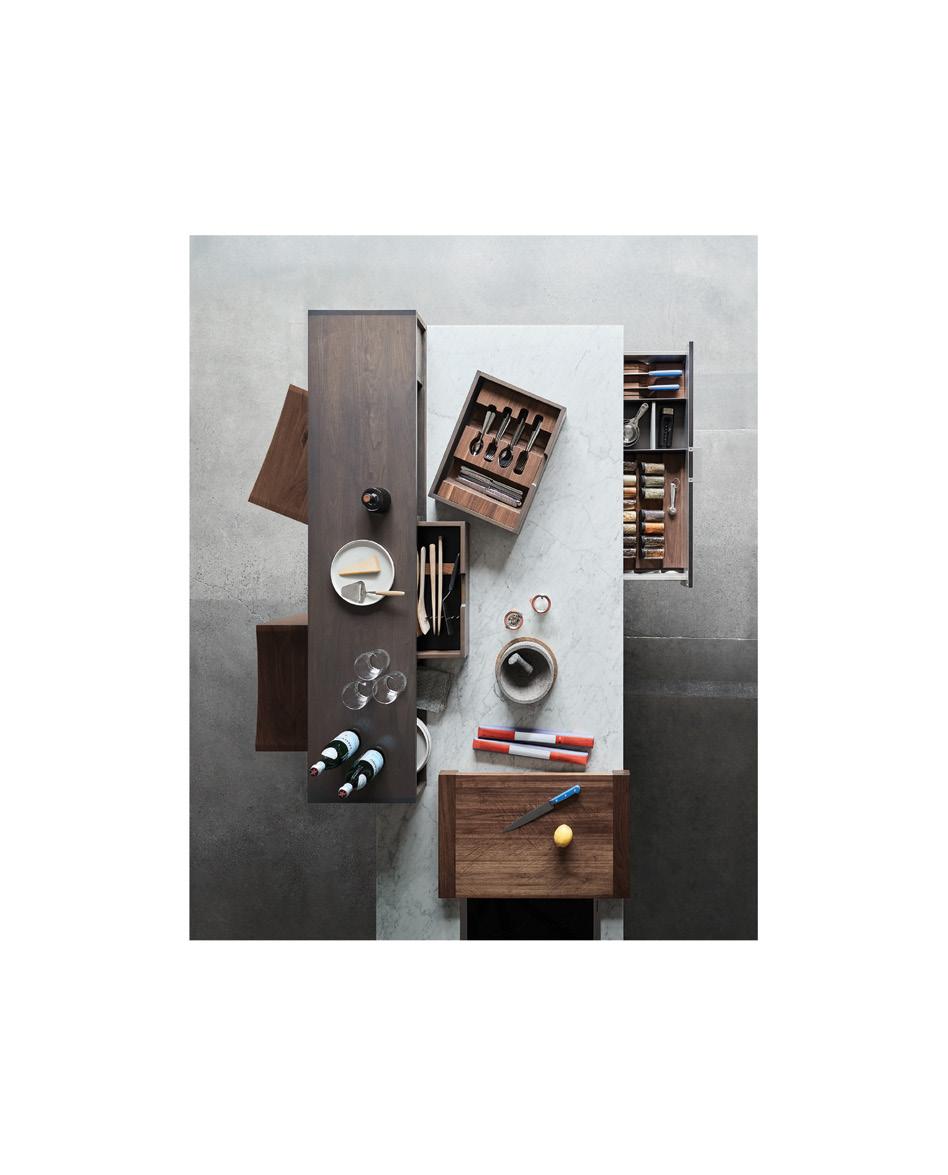

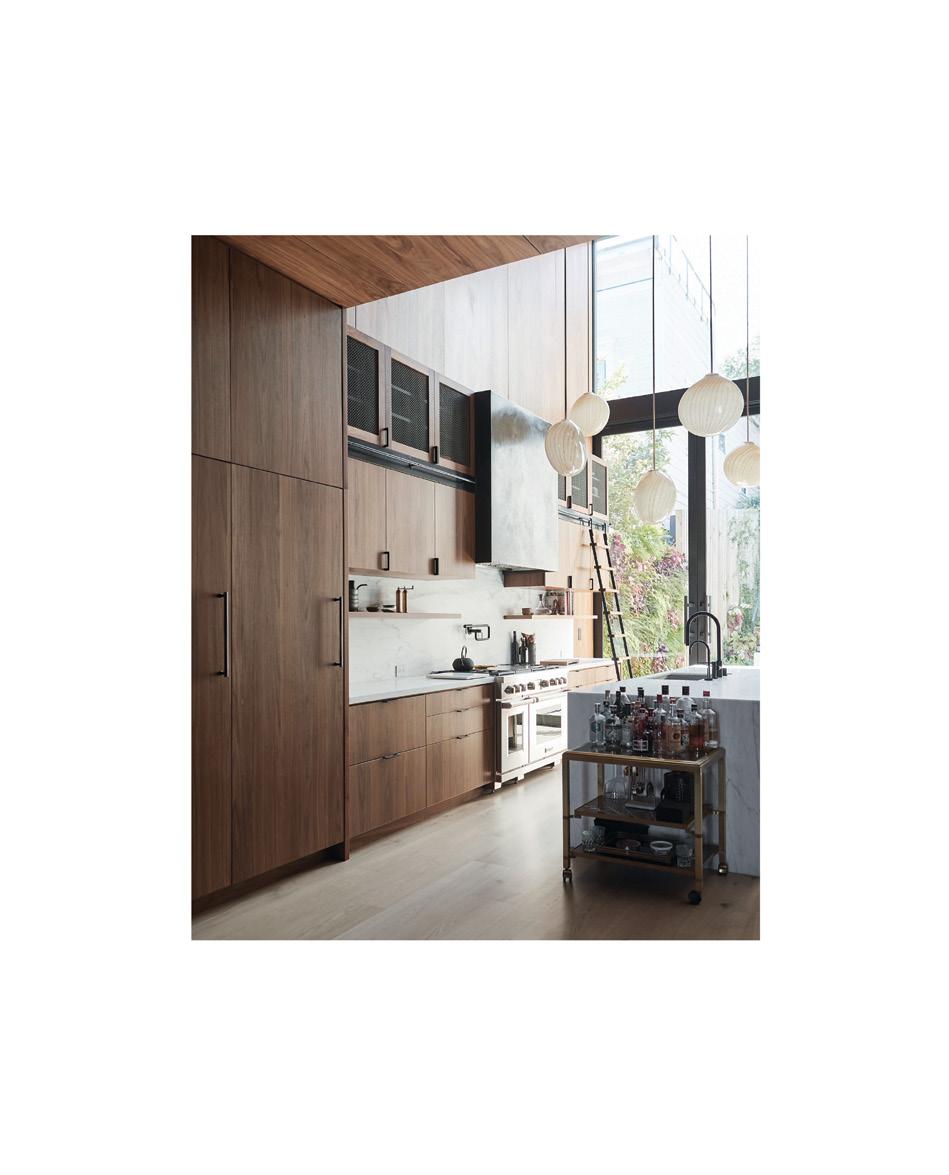
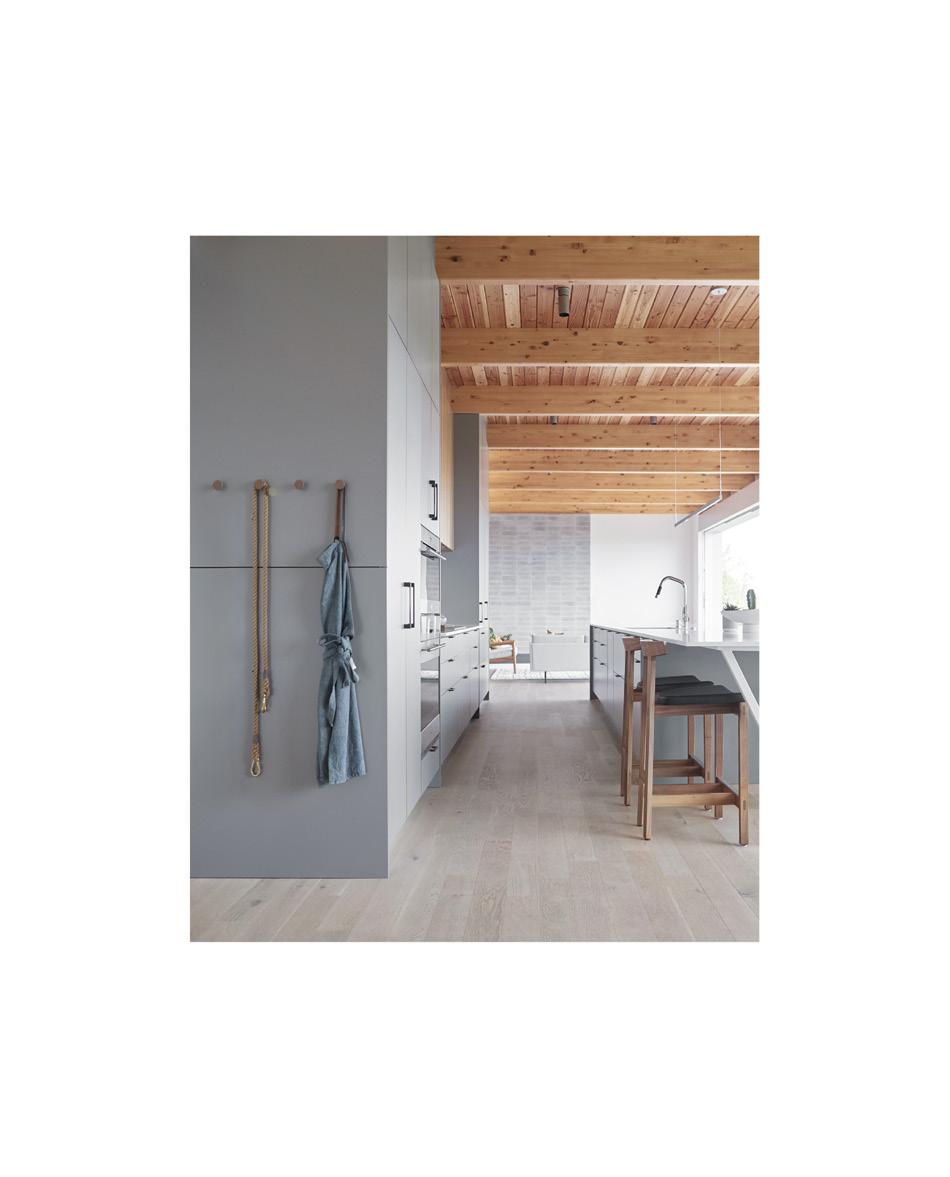


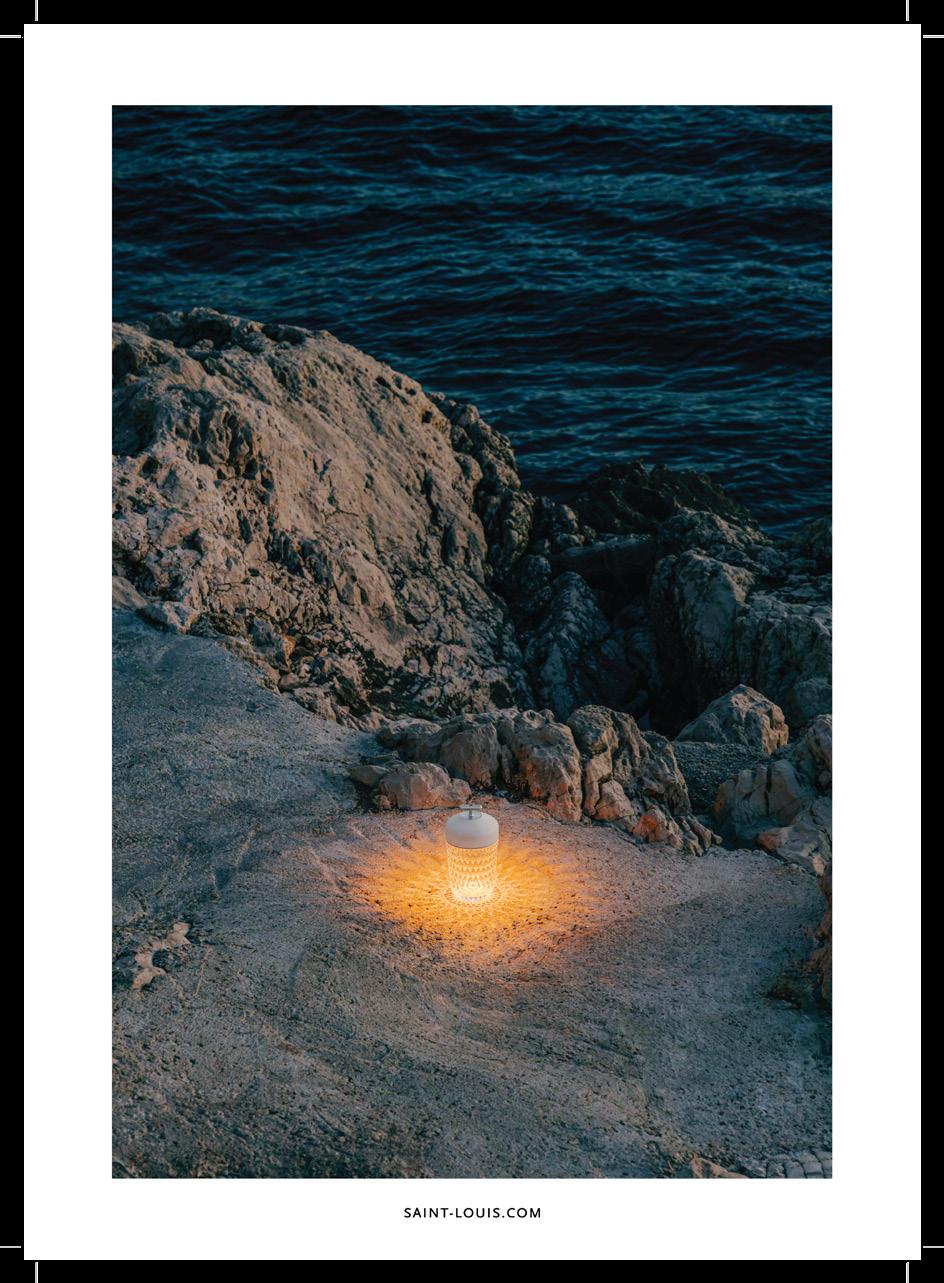

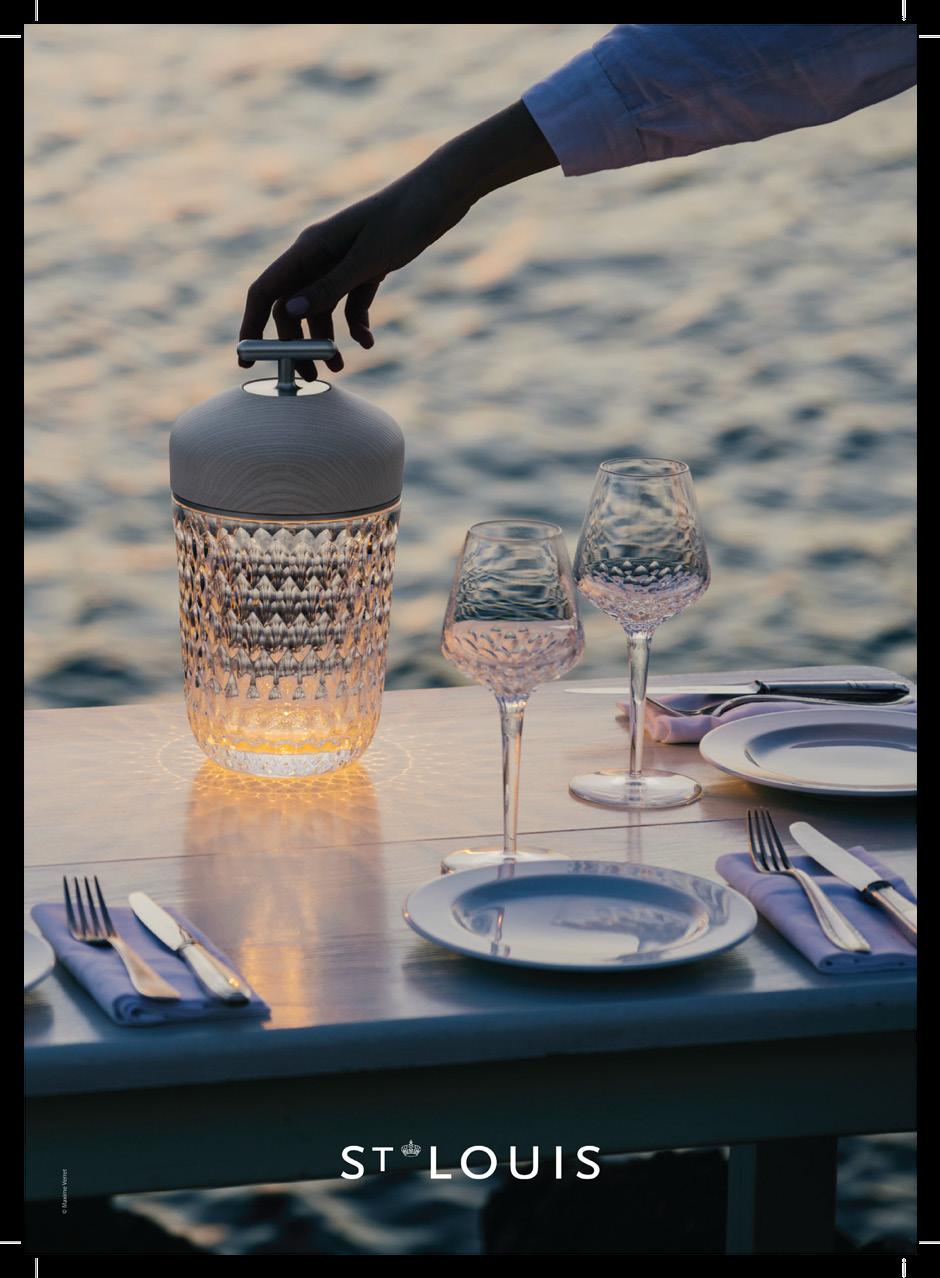
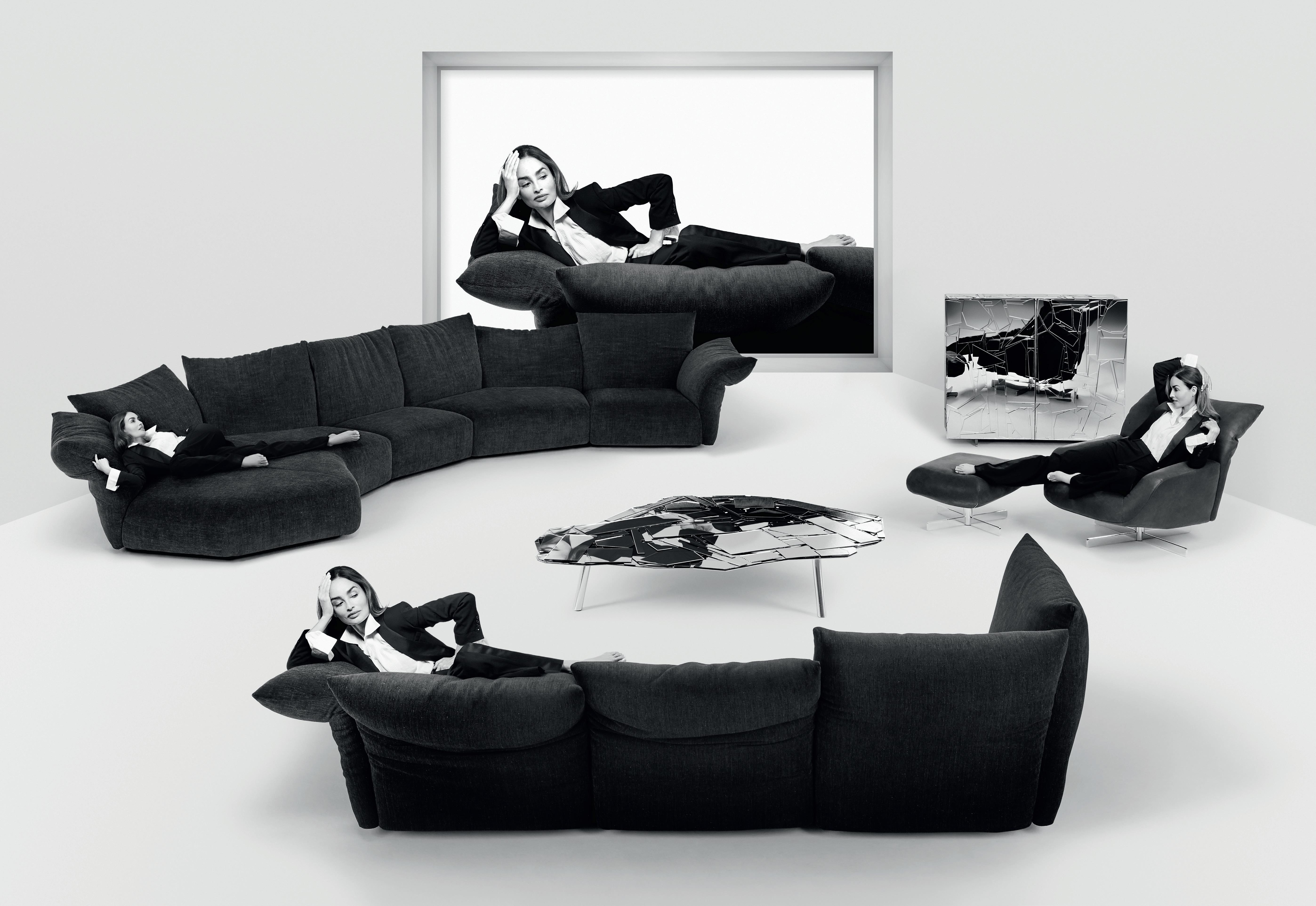

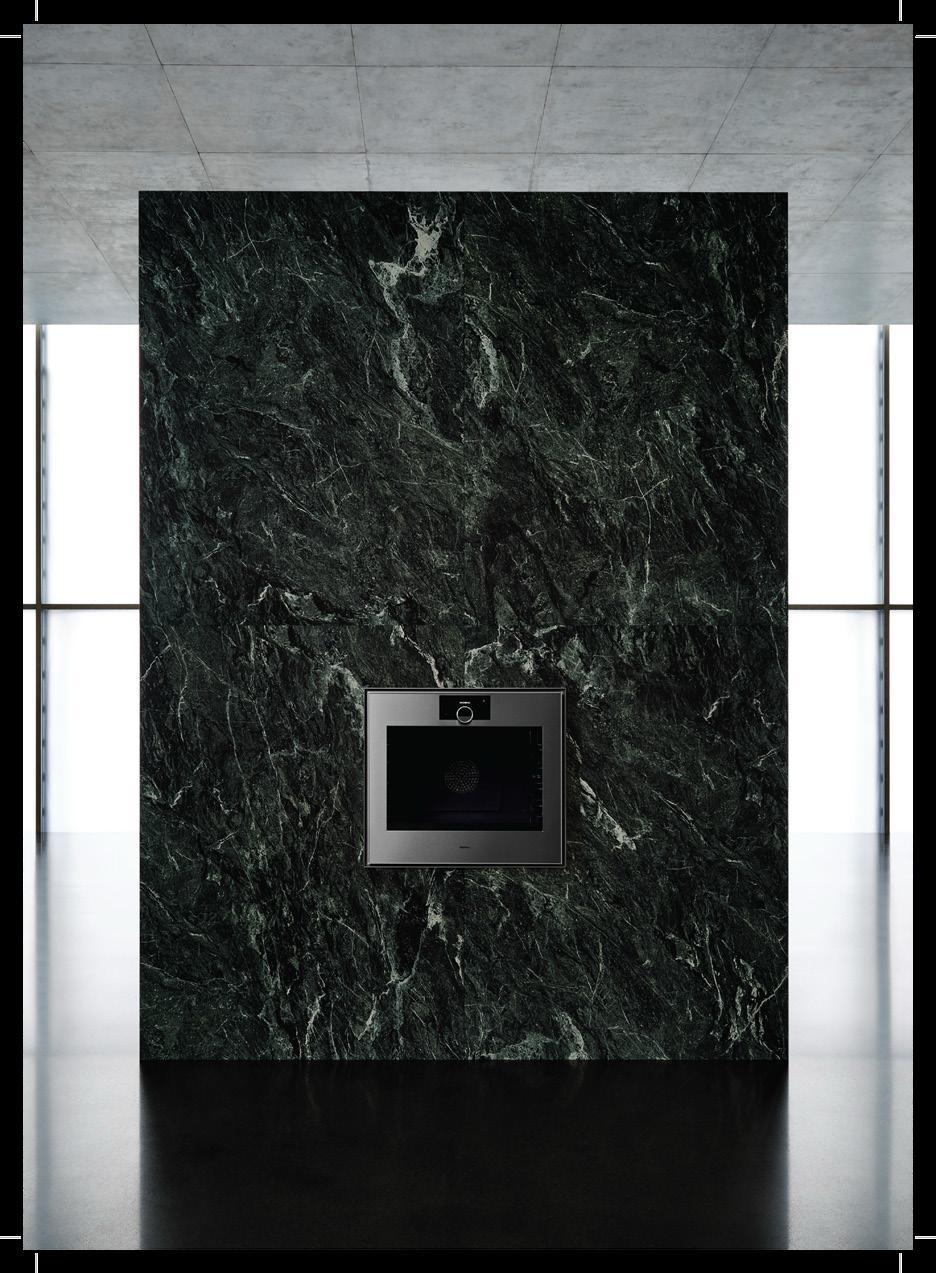

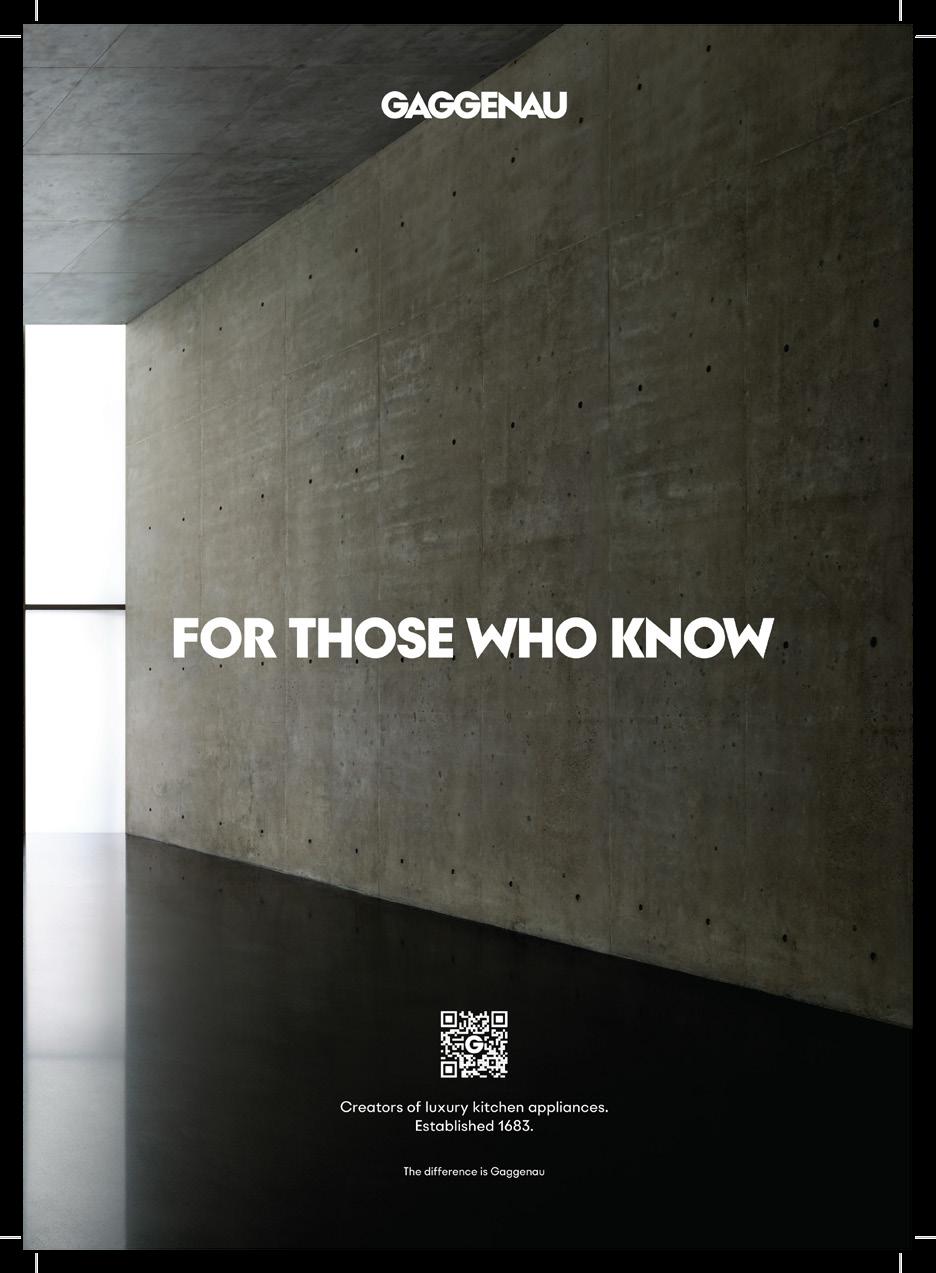
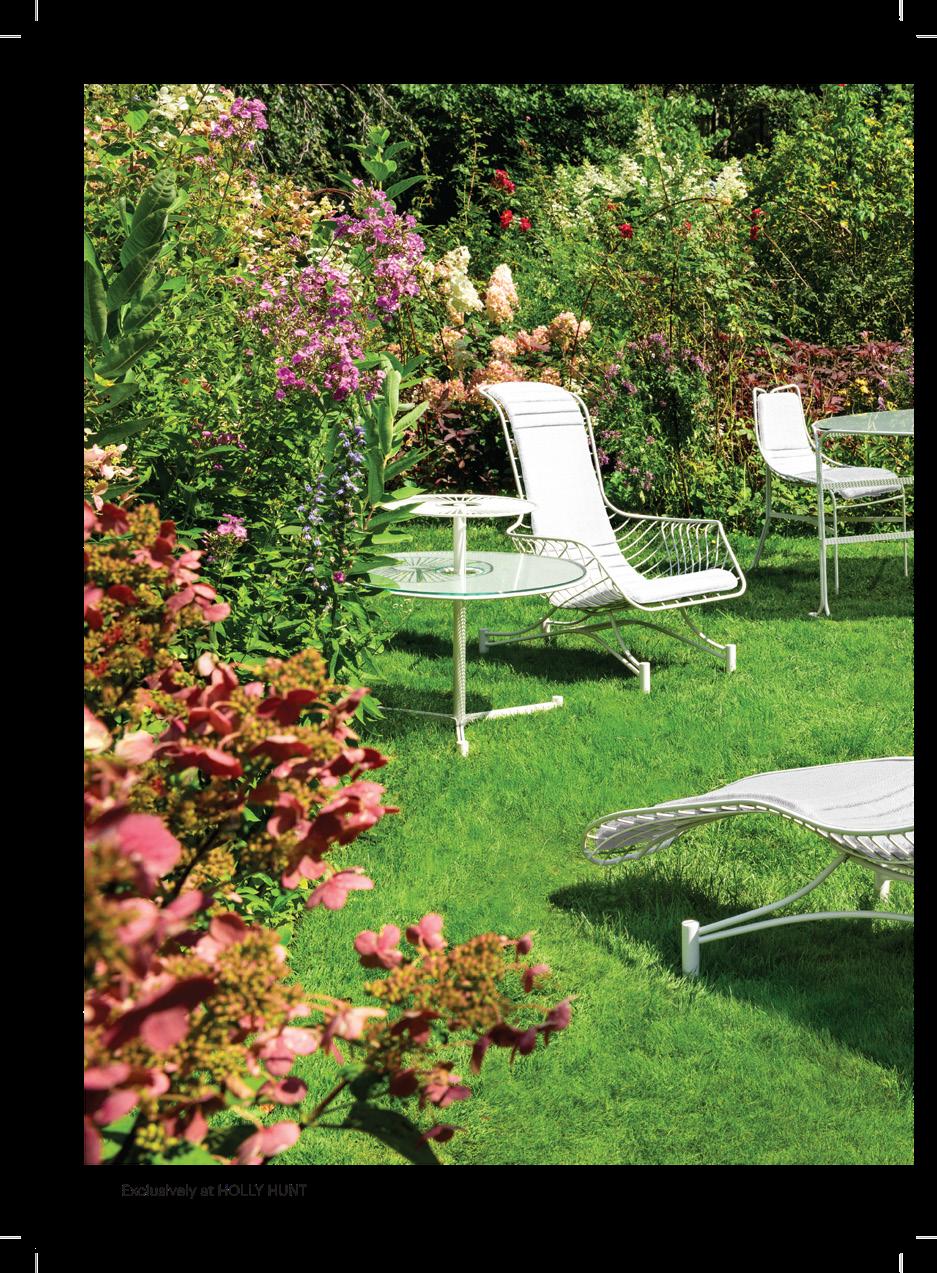

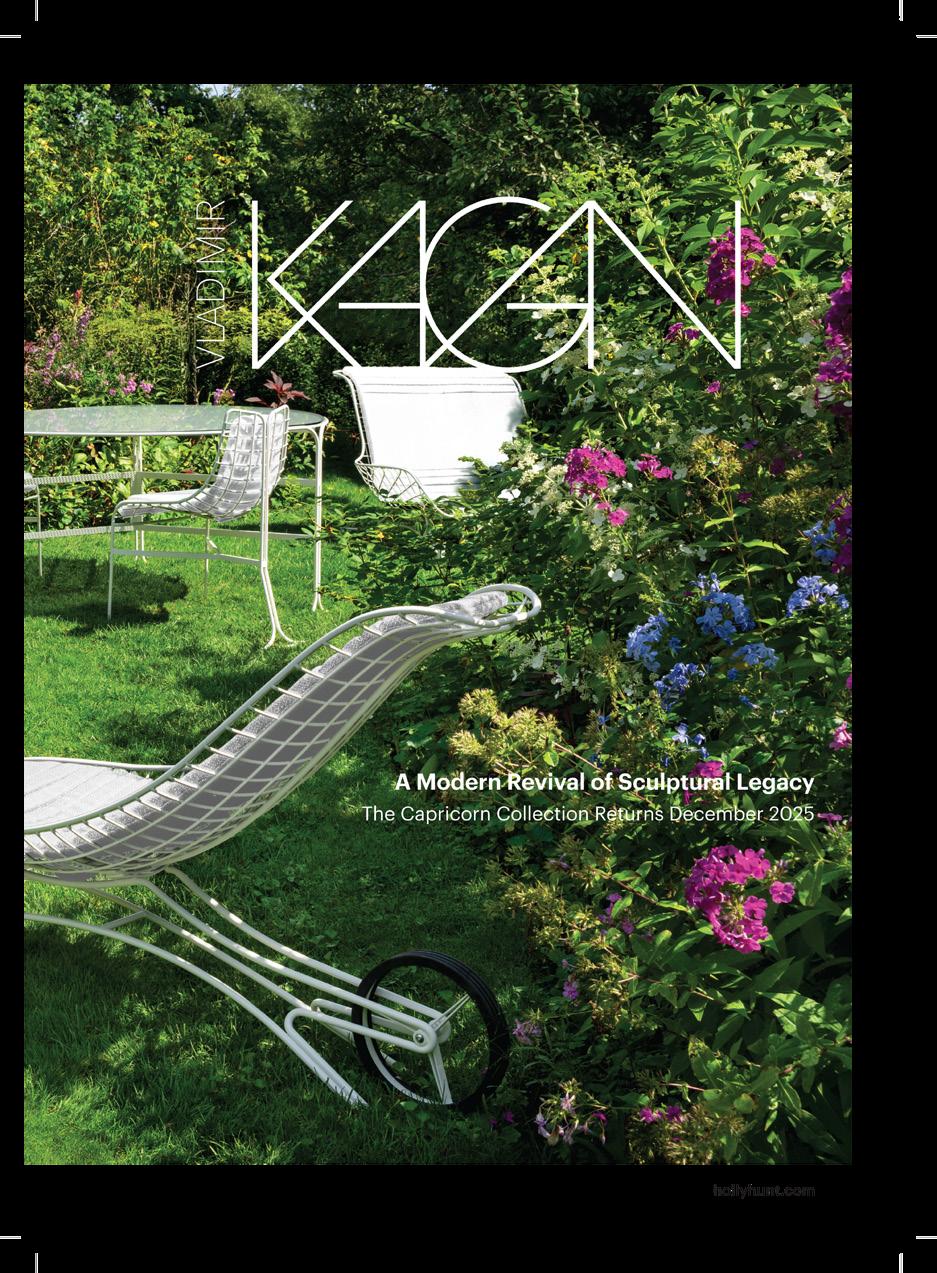
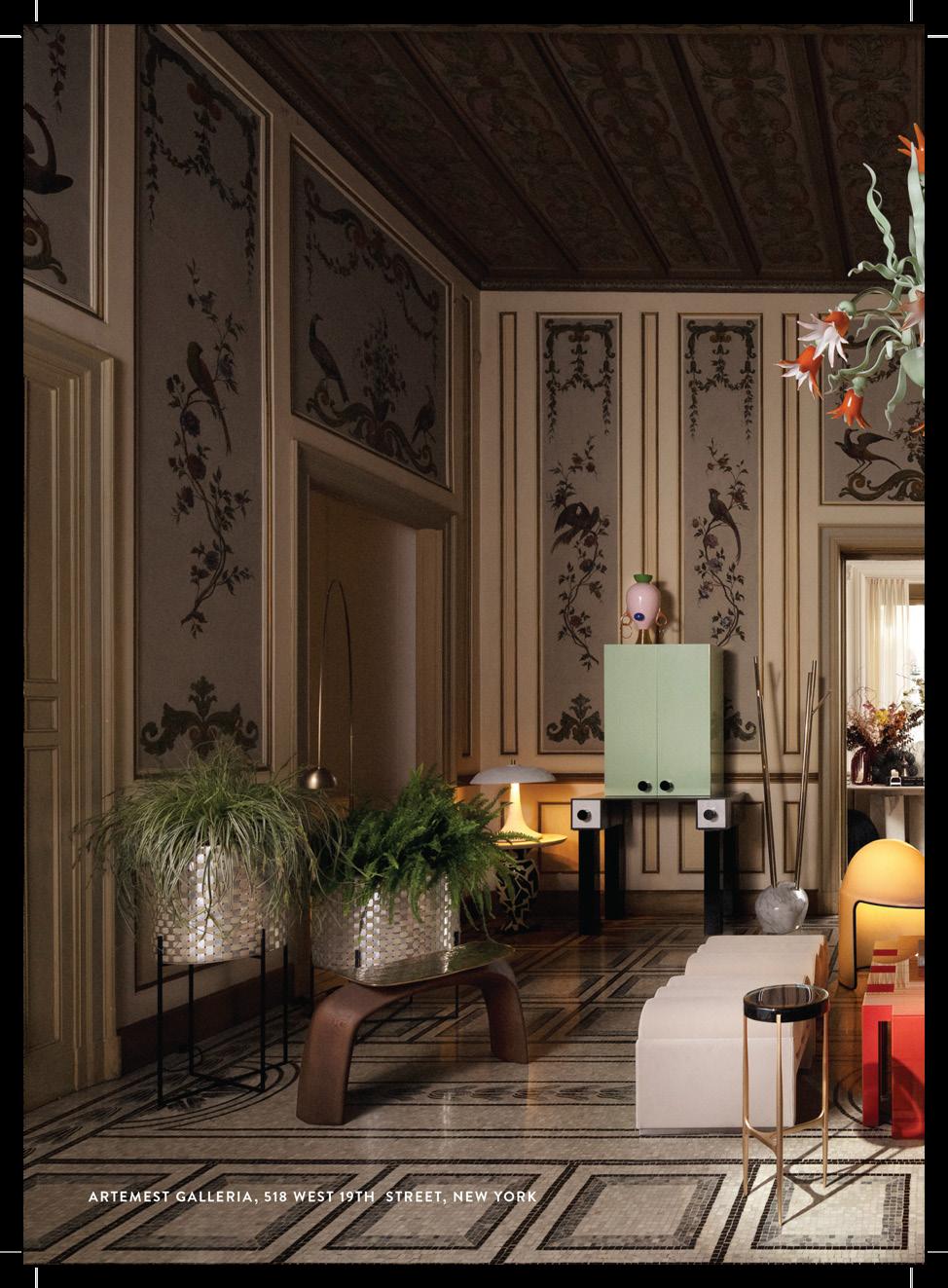

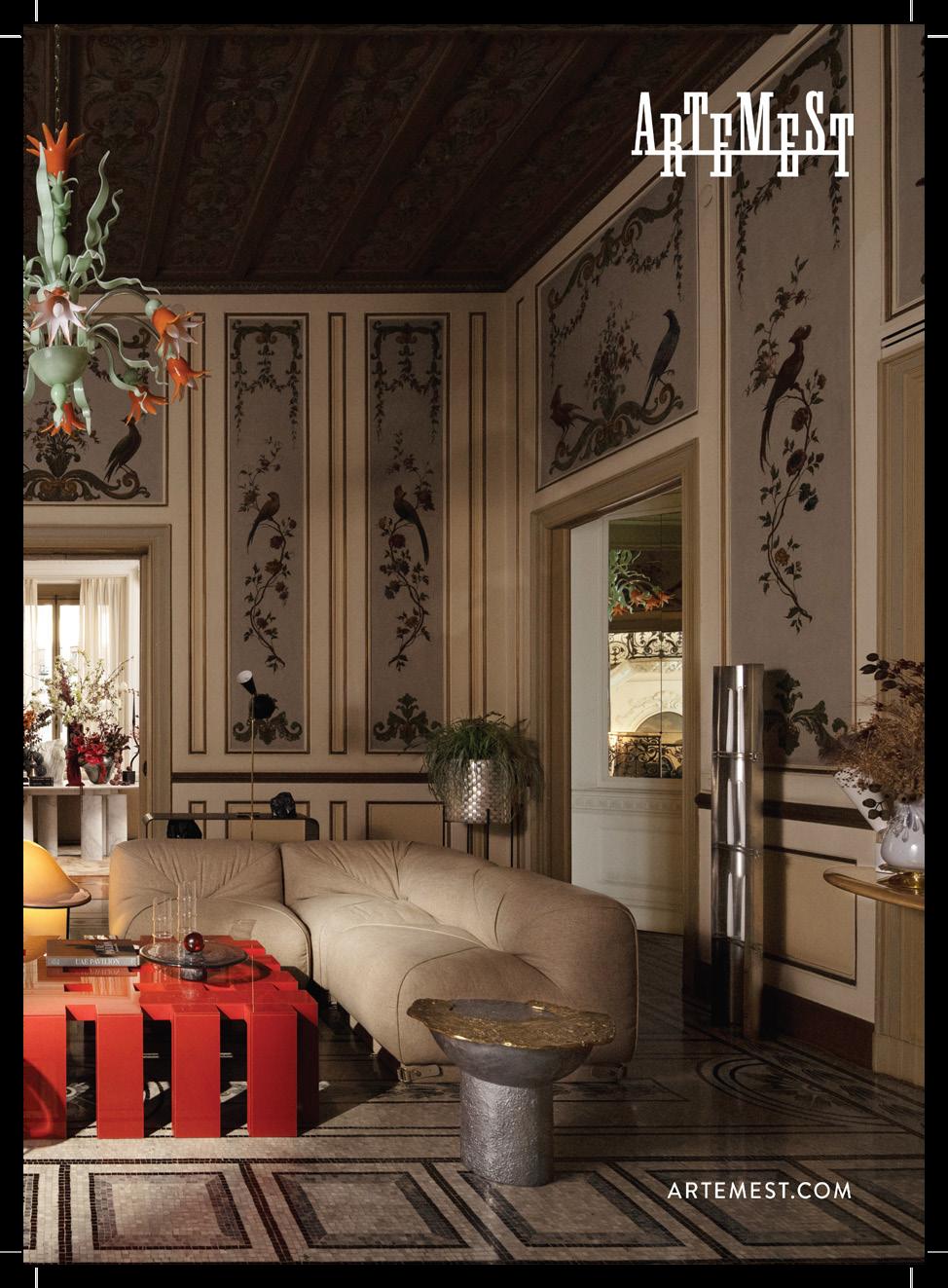
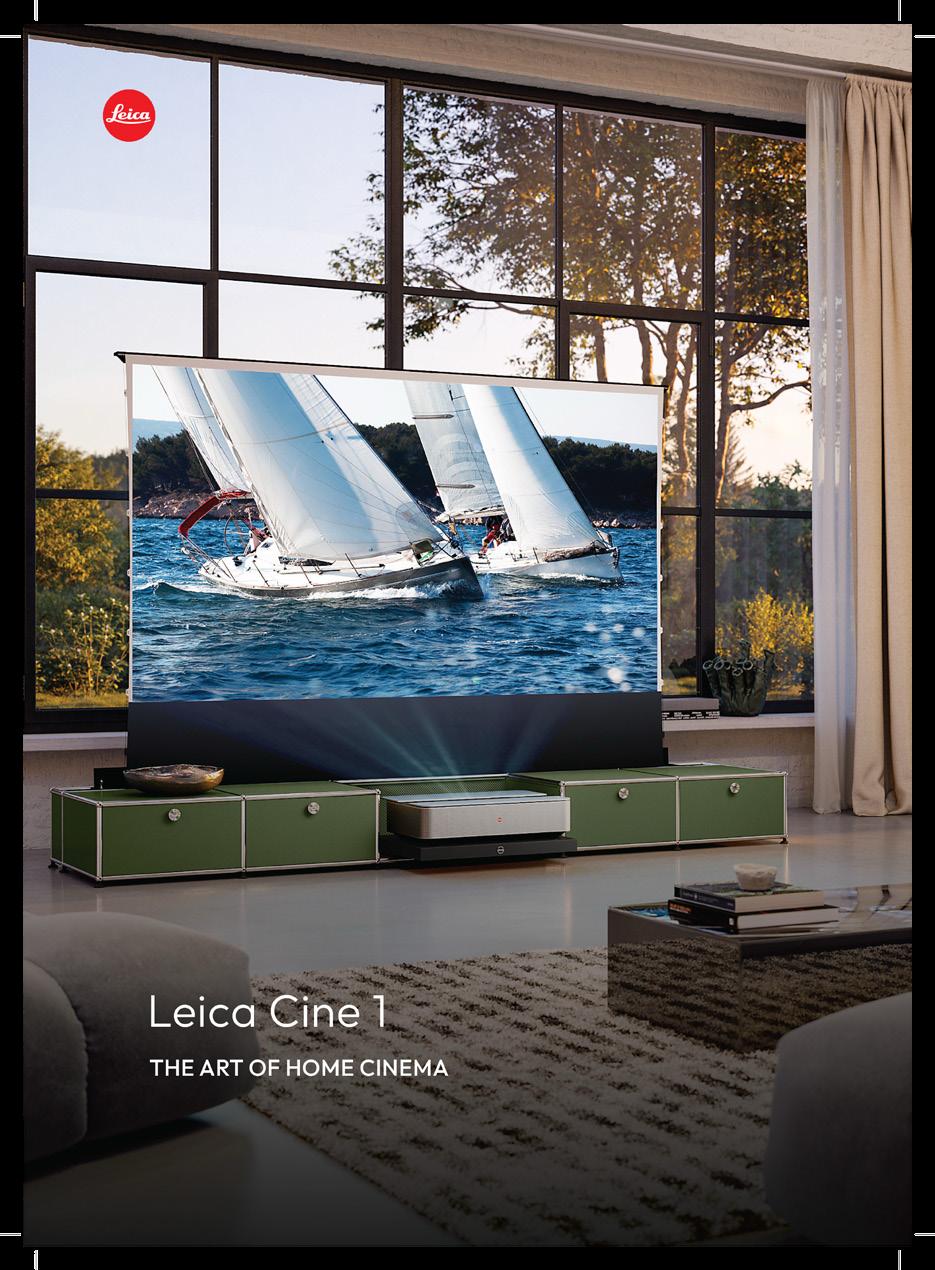

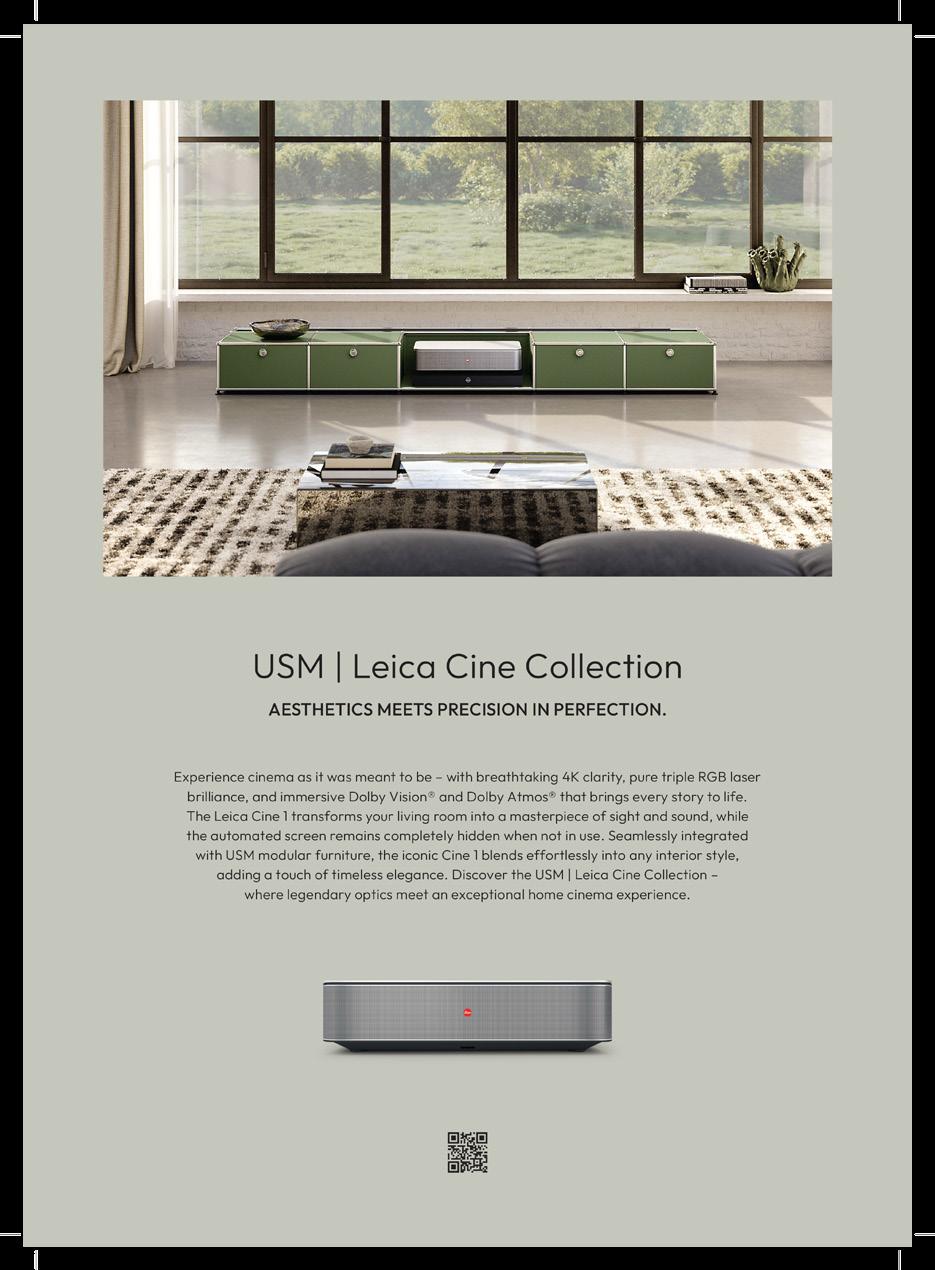
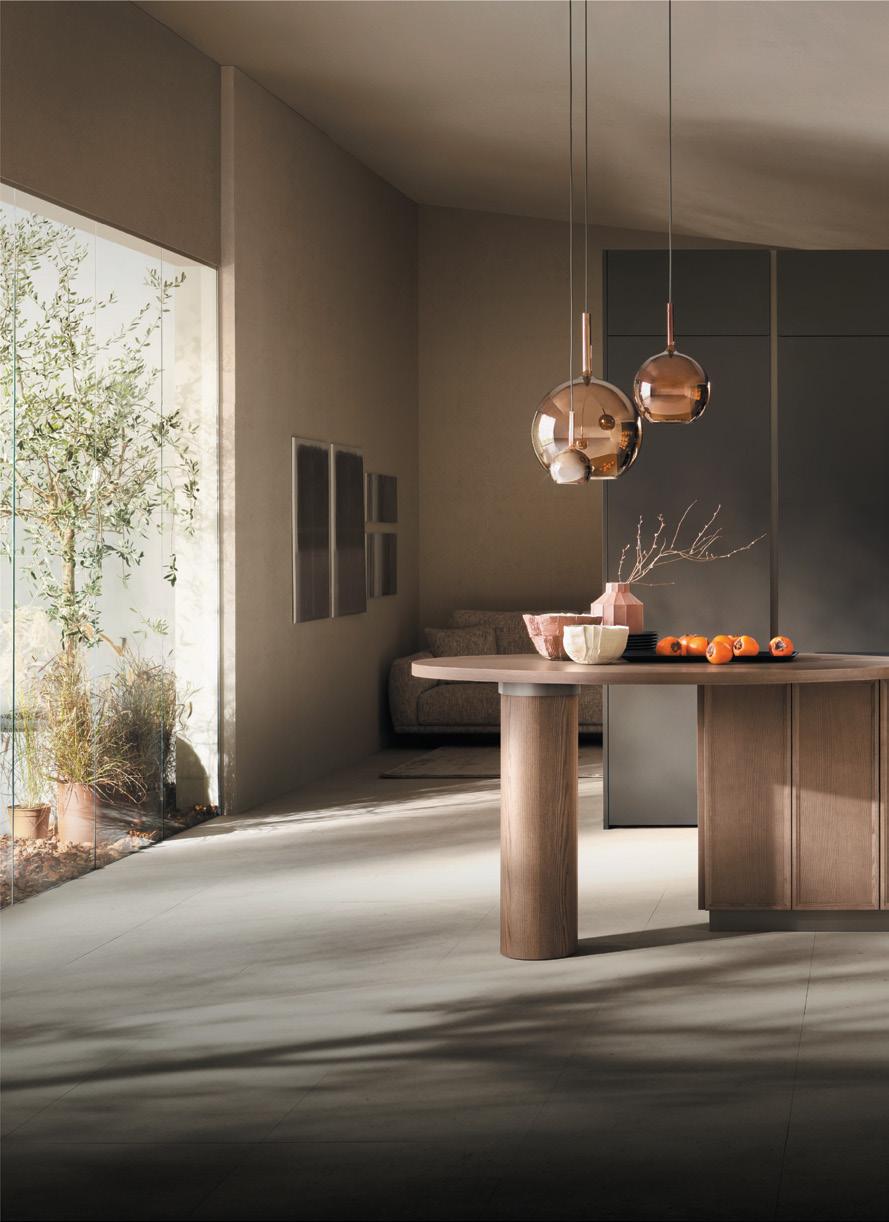


This striking LED light sculpture was hand-cast by contemporary artist and designer Markus Haase. Inlaid with black marble and bronze, the carved white onyx inset filters the LED light.
Haase is one of the only artists working today in lighting design who is capable of this level of stone and metal work by his own hand.
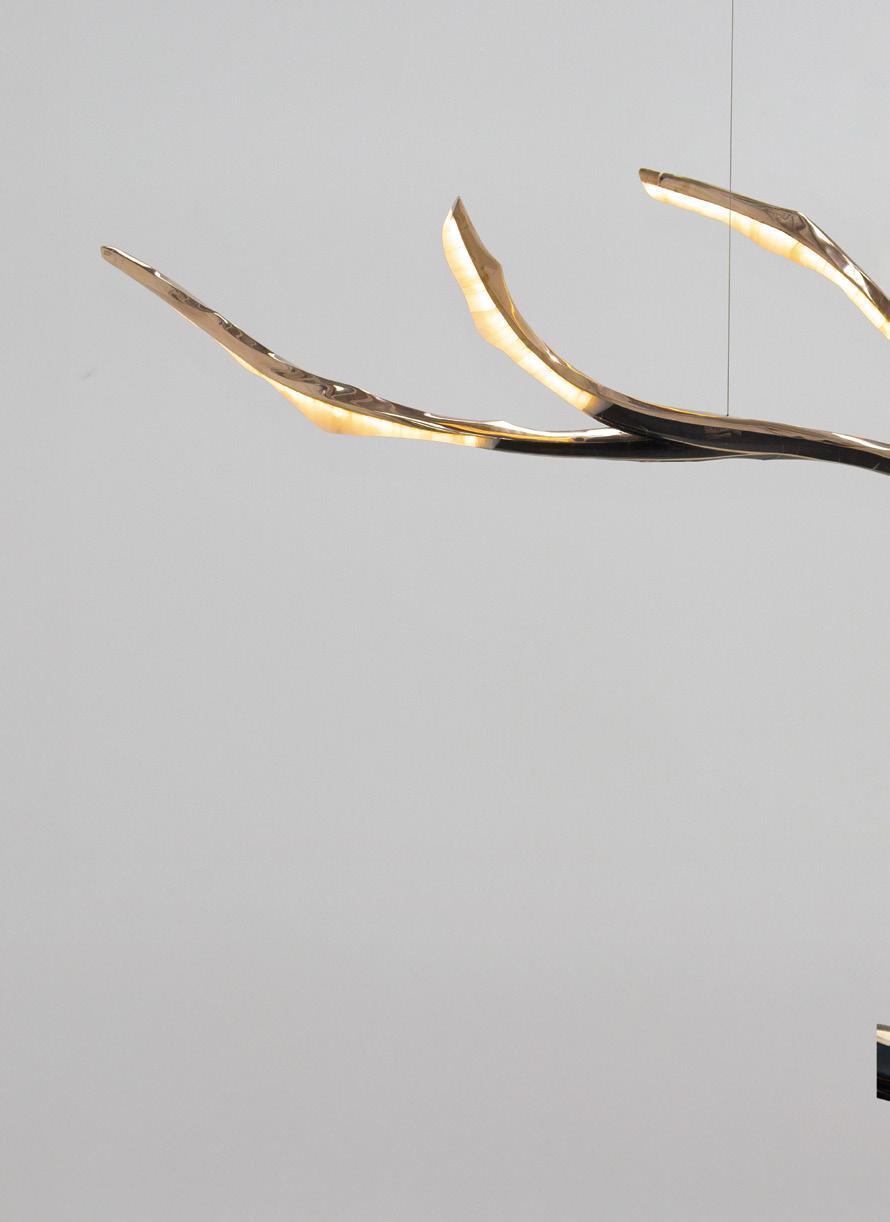

80 Lafayette Street, New York, NY 10013
www.toddmerrillstudio.com
@toddmerrillstudio
Markus Haase, Medusa, DE, 2024
Markus Haase, Medusa, DE, 2024

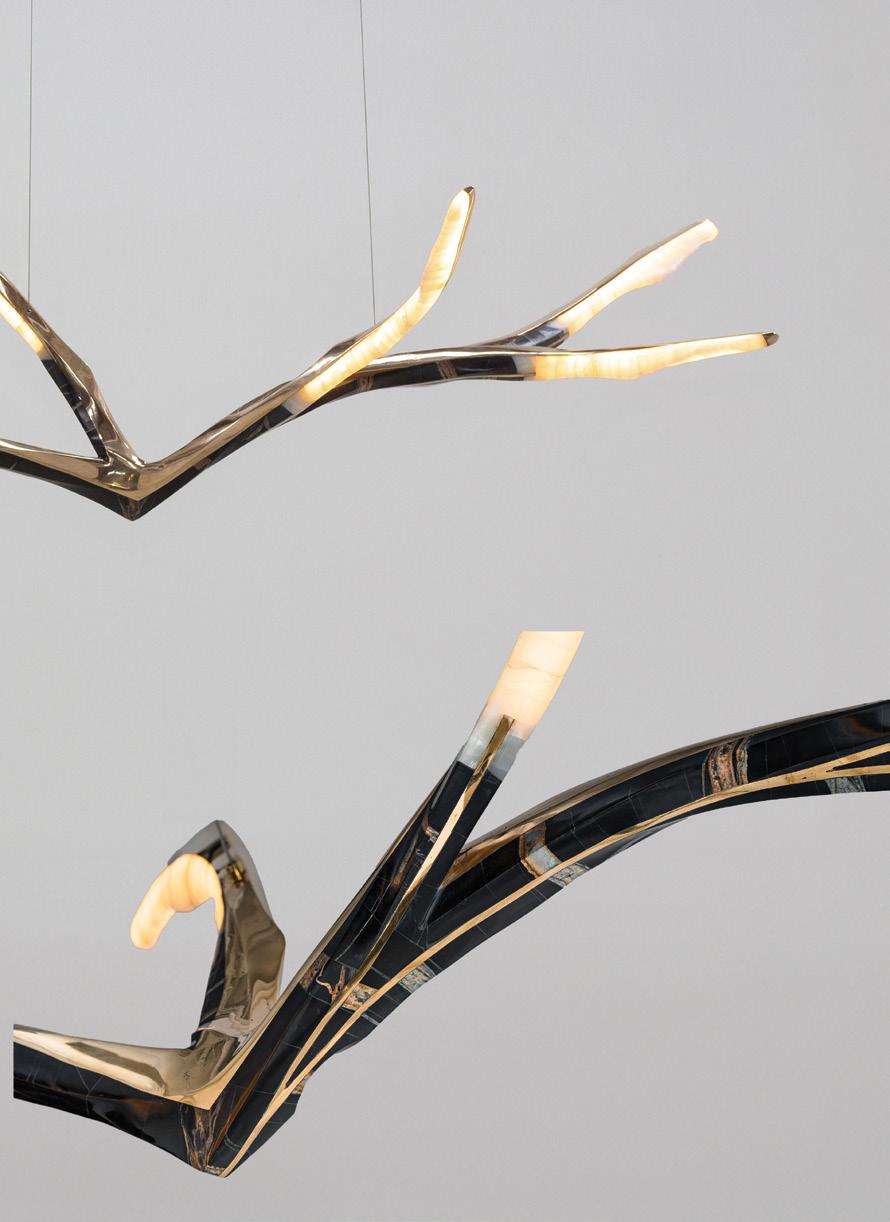
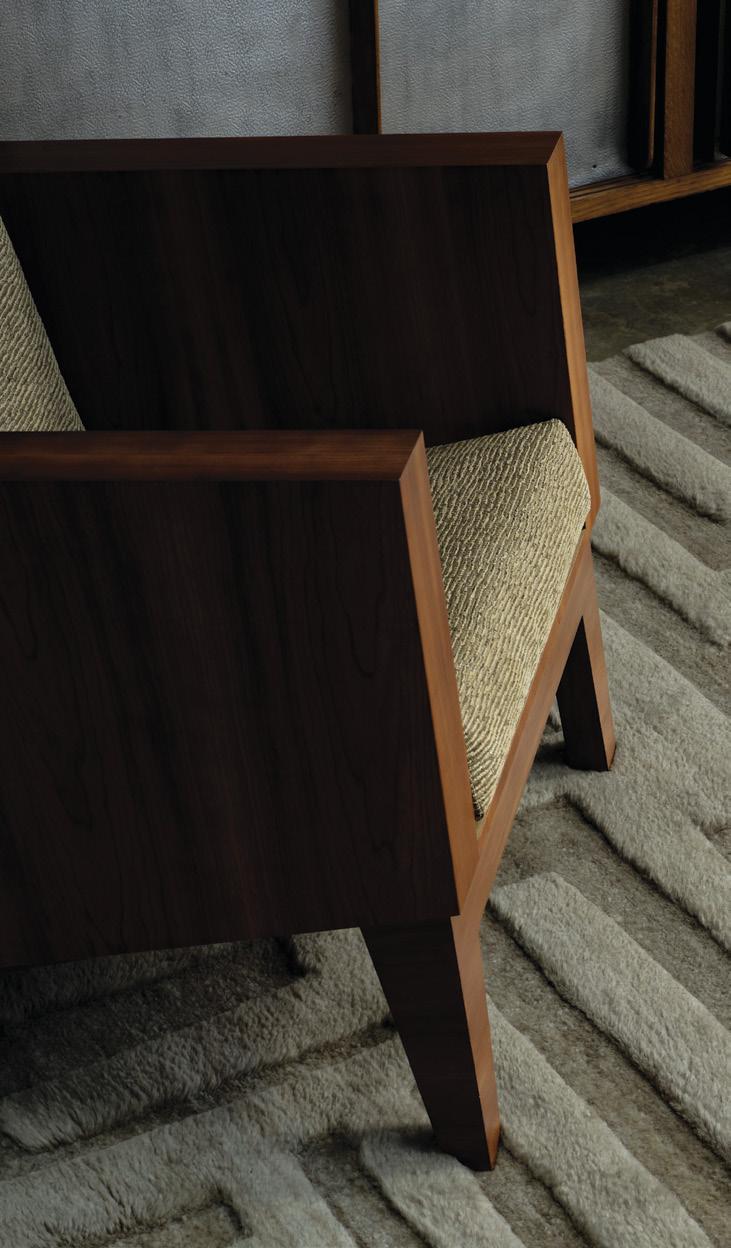

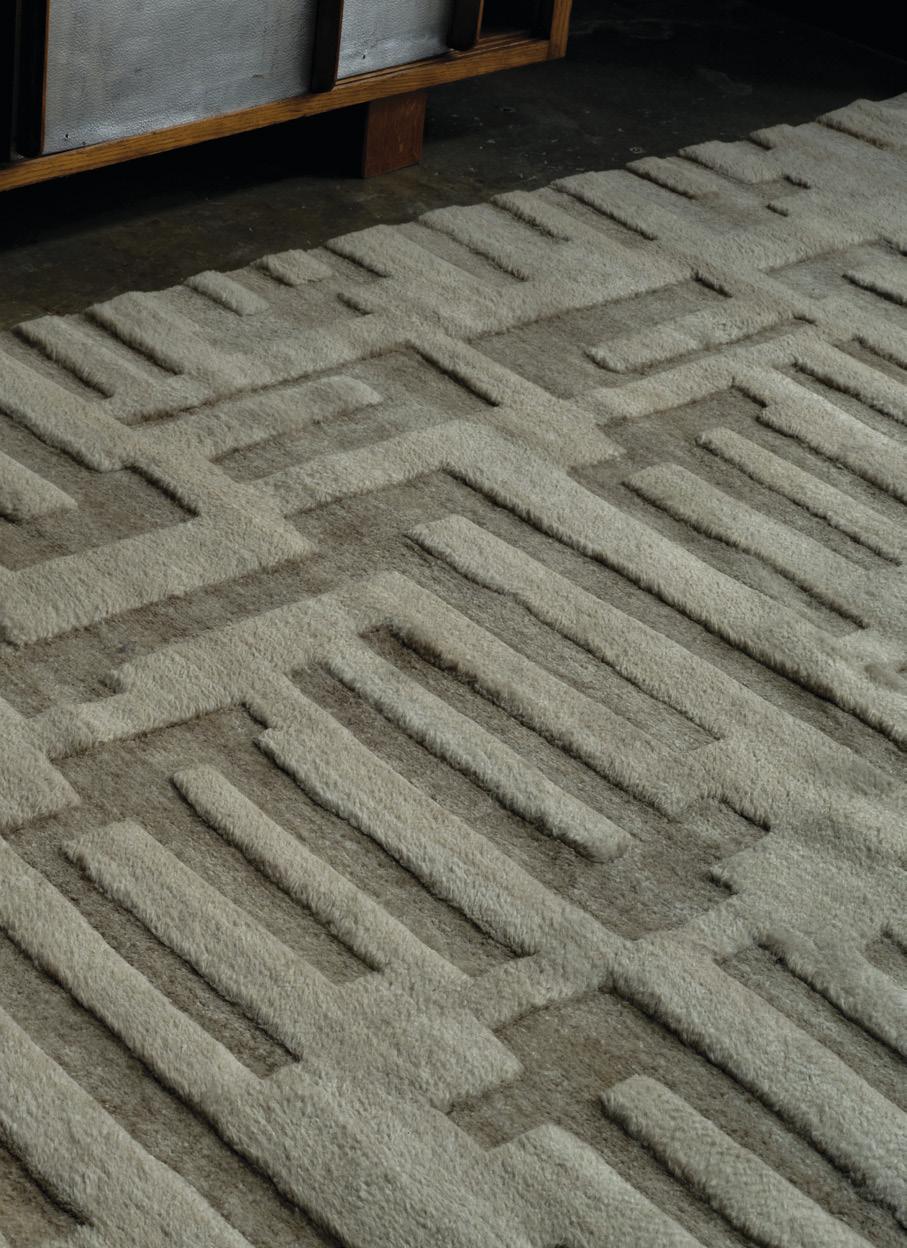
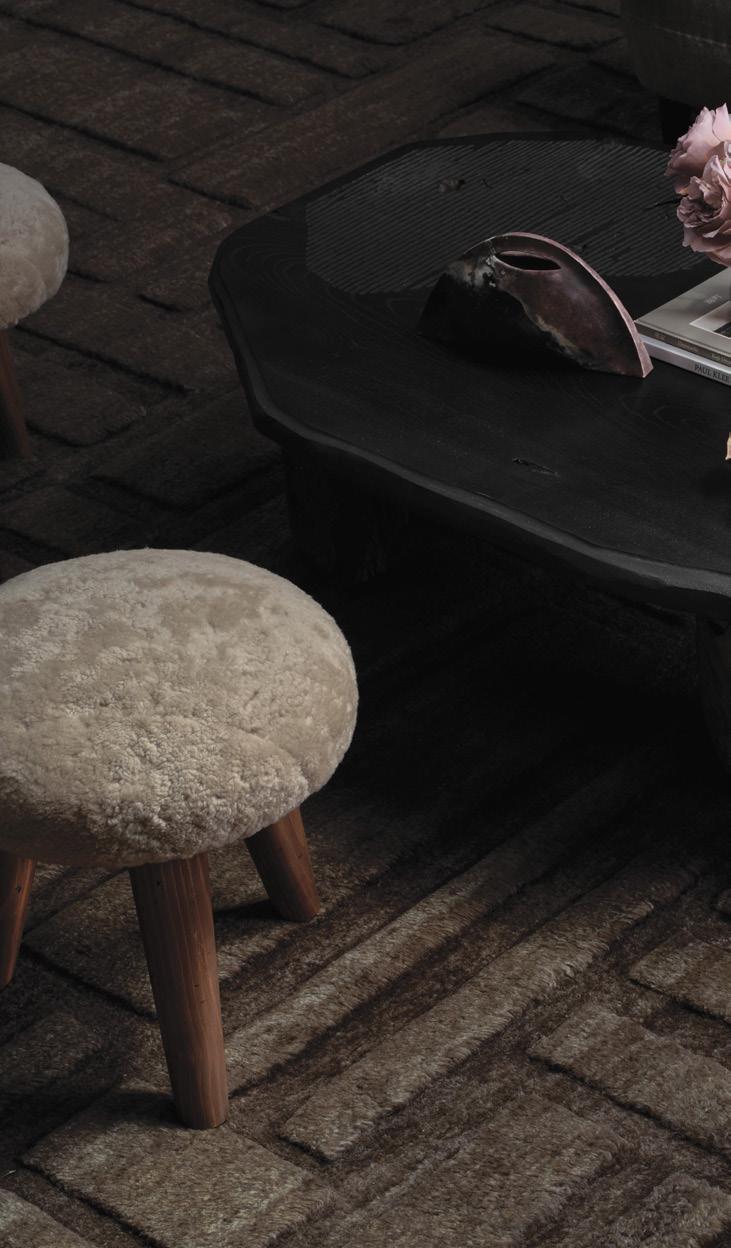


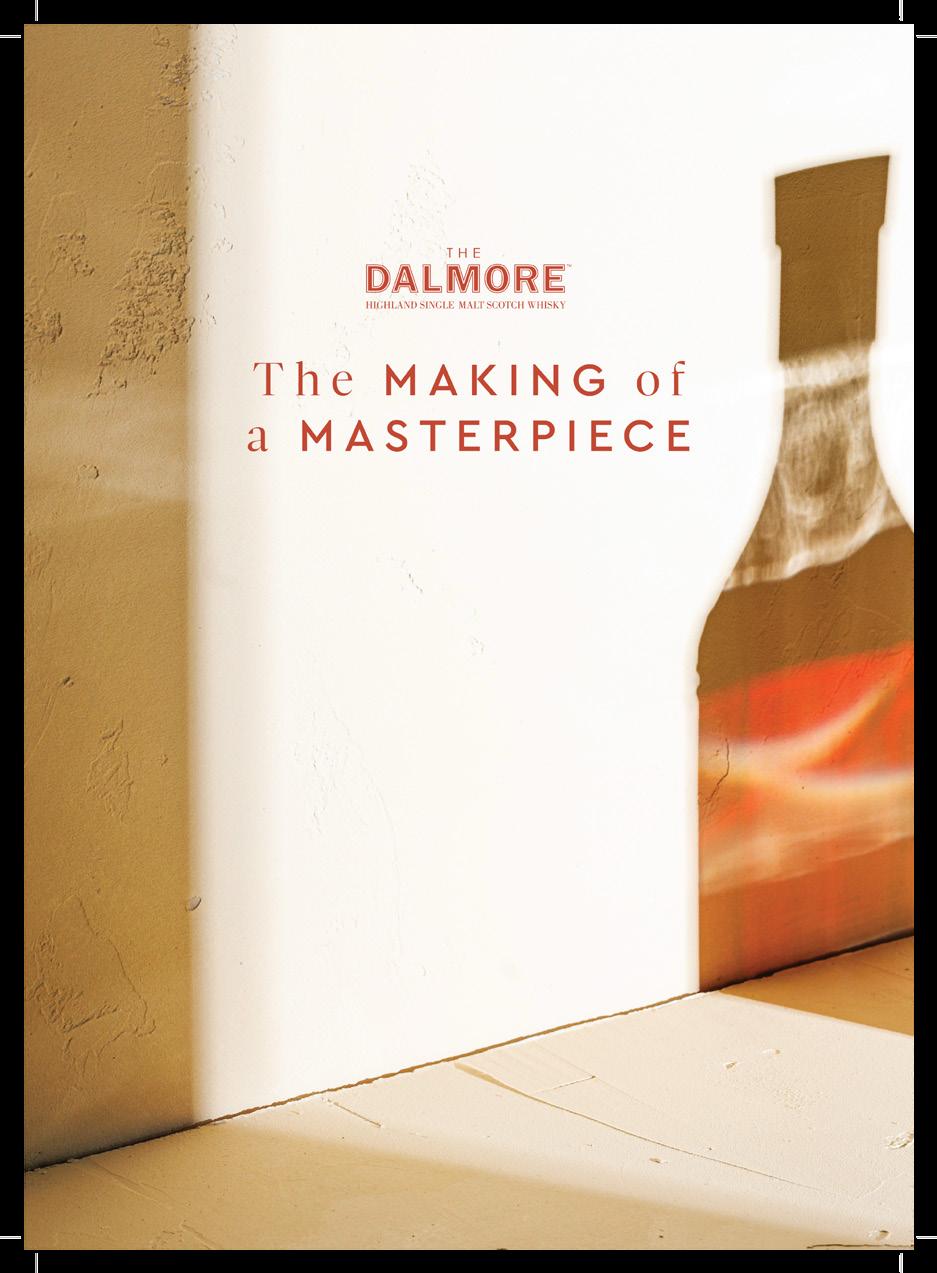
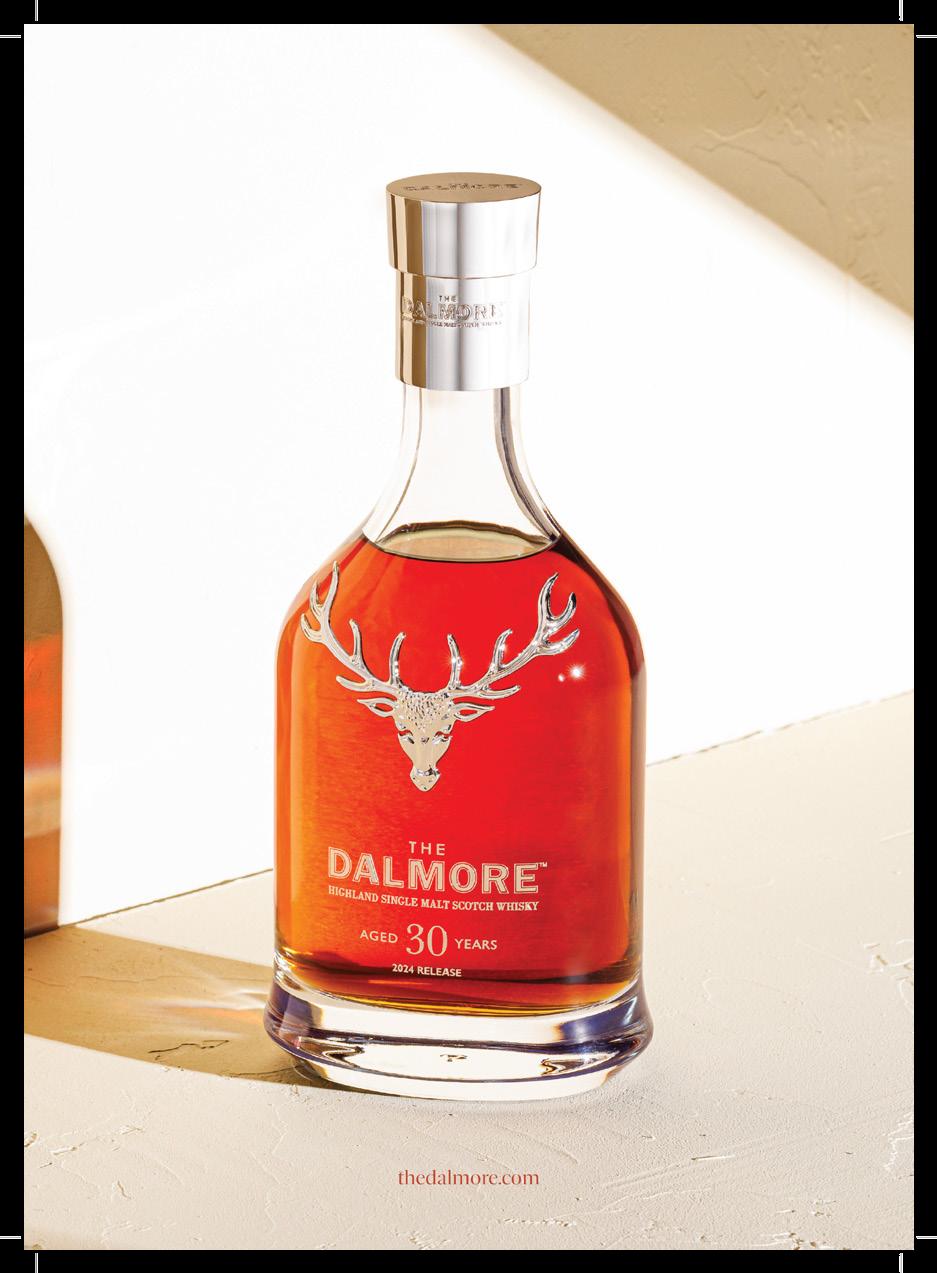
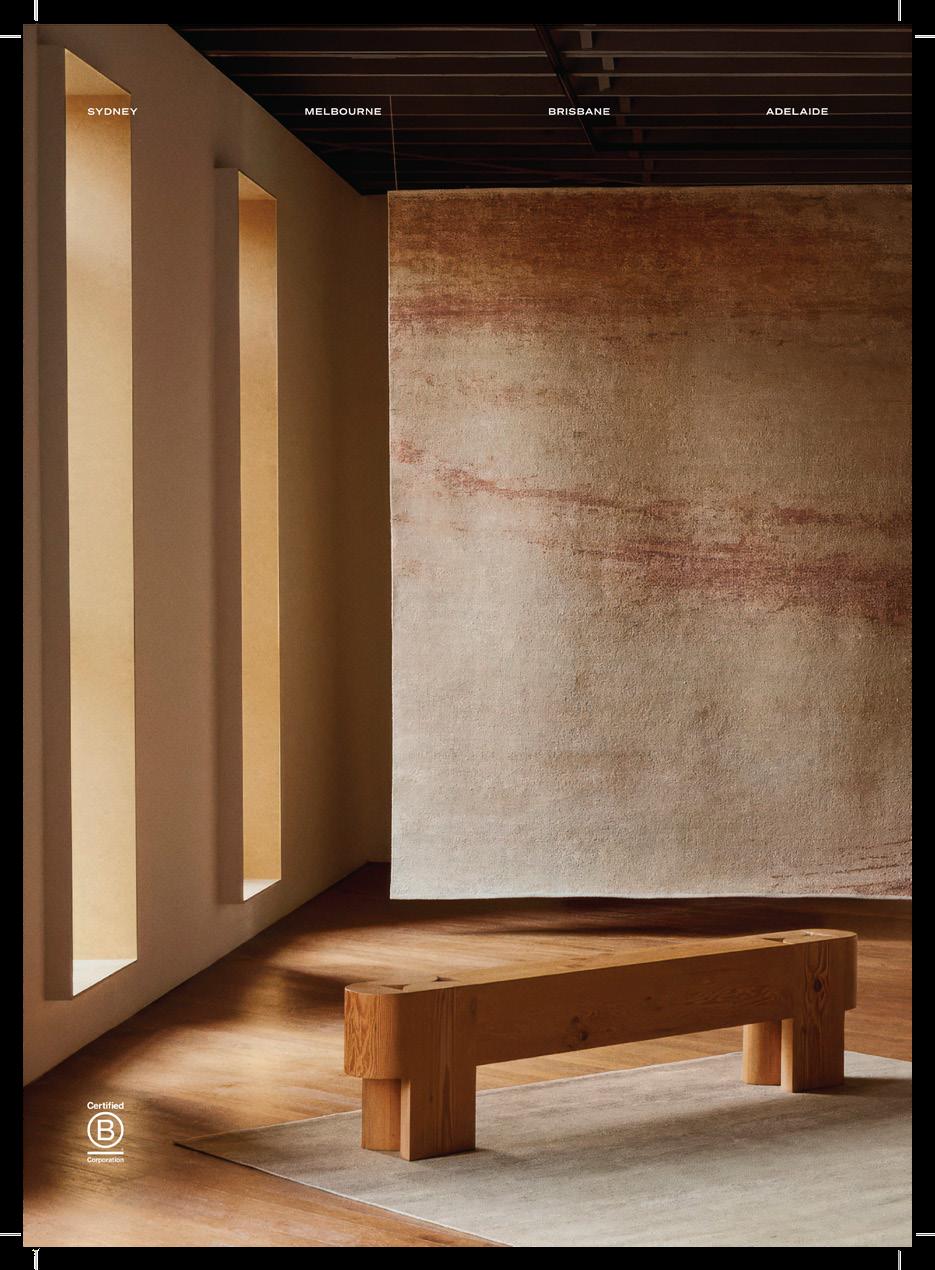

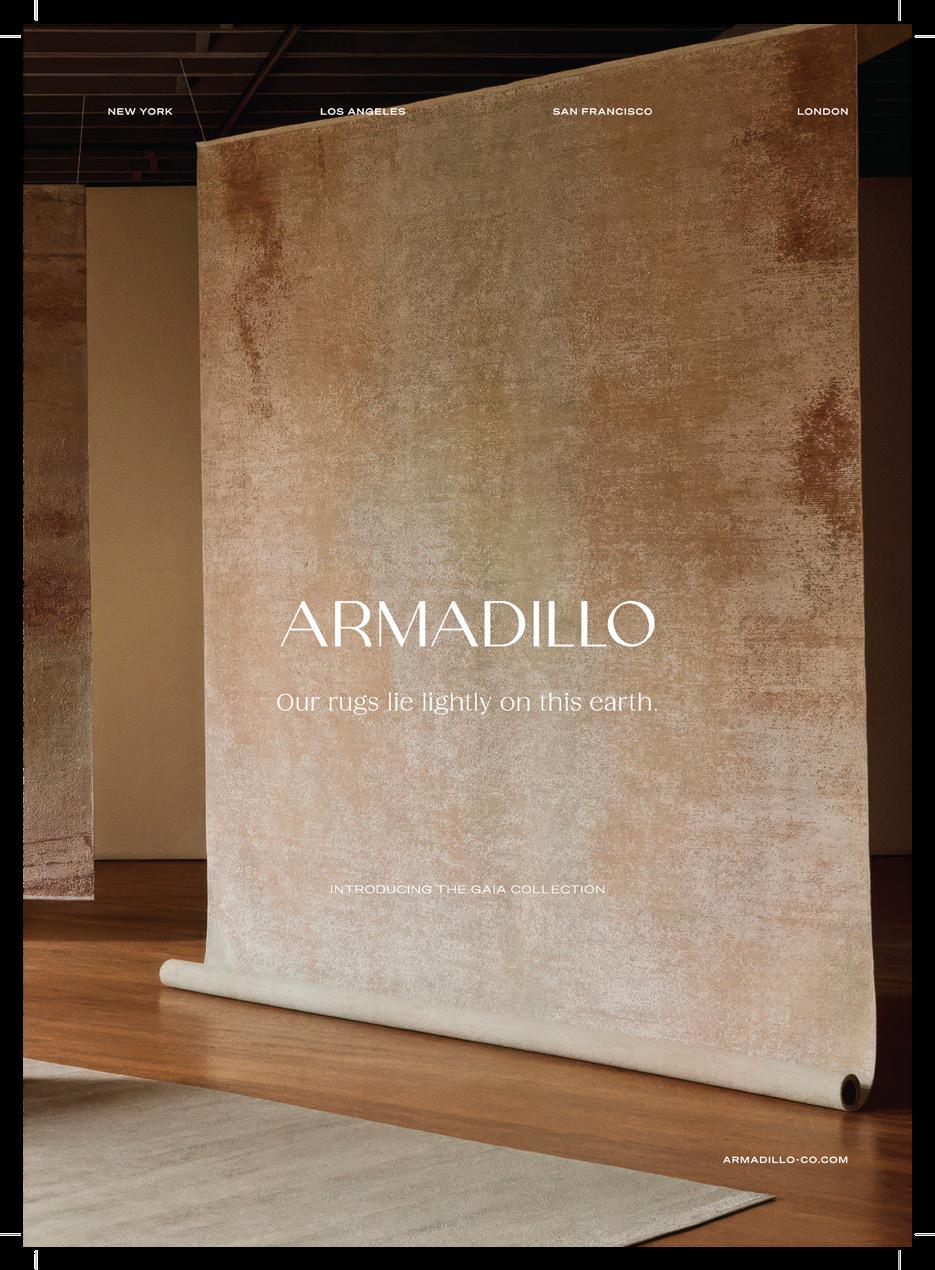
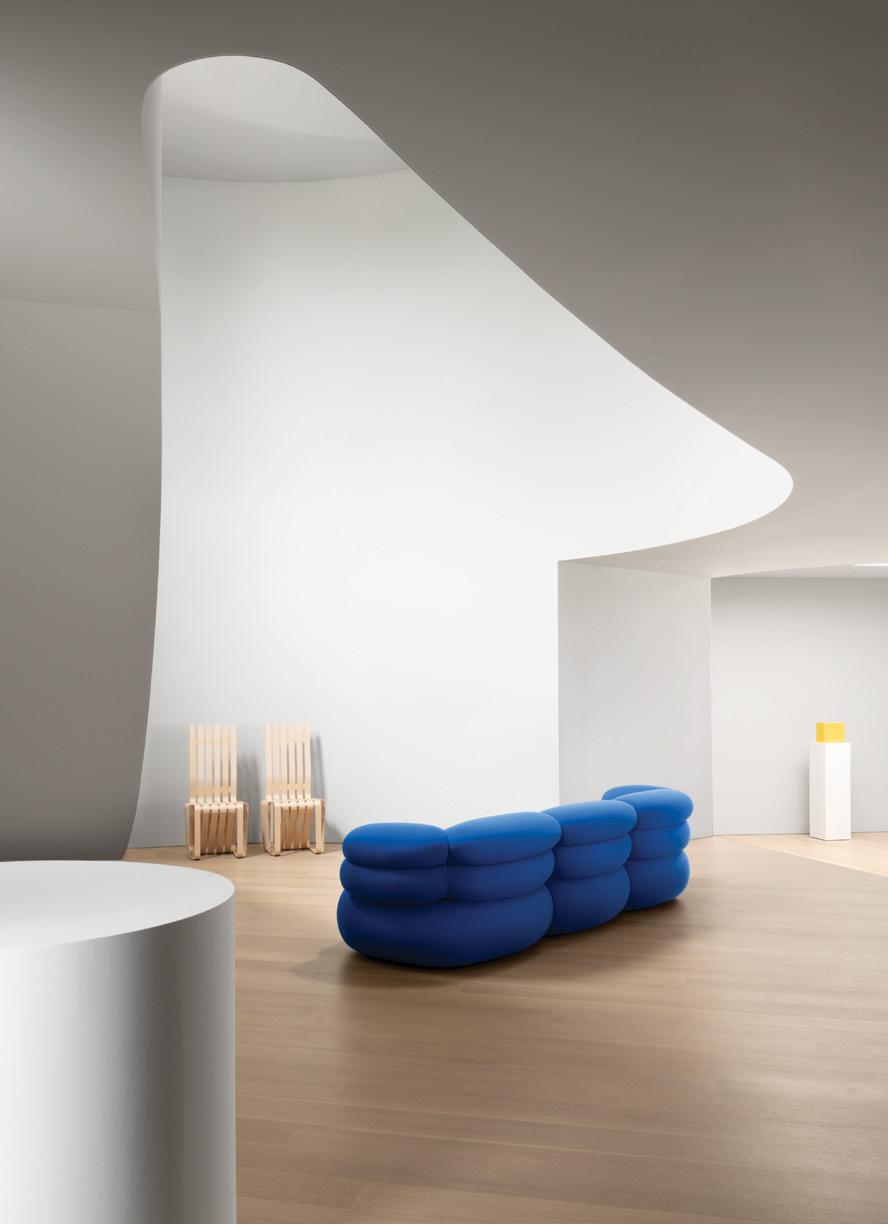

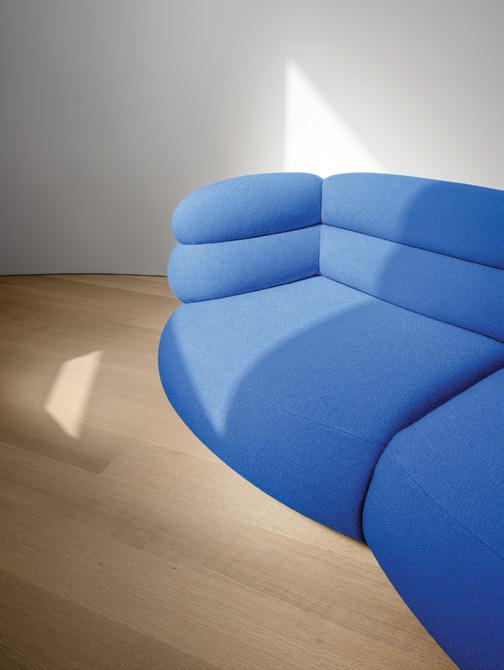
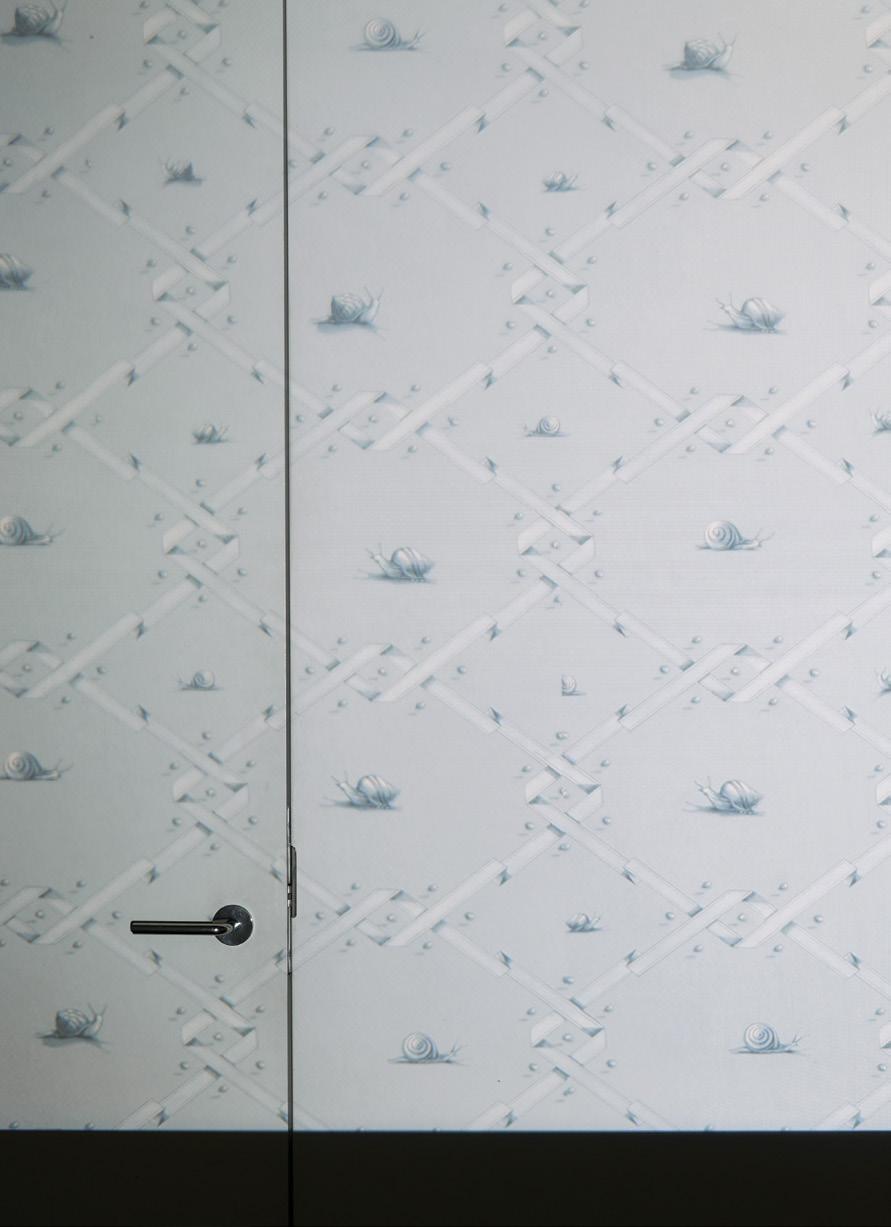

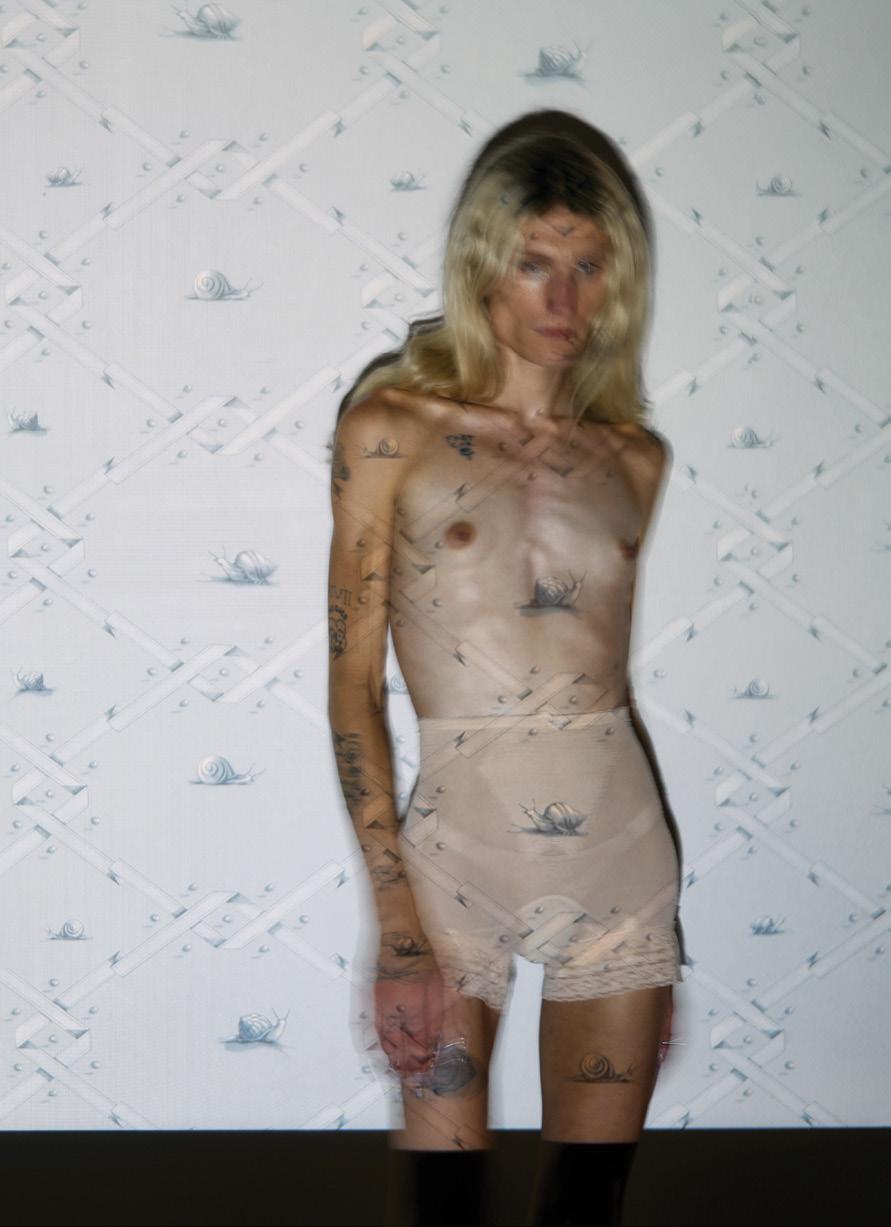


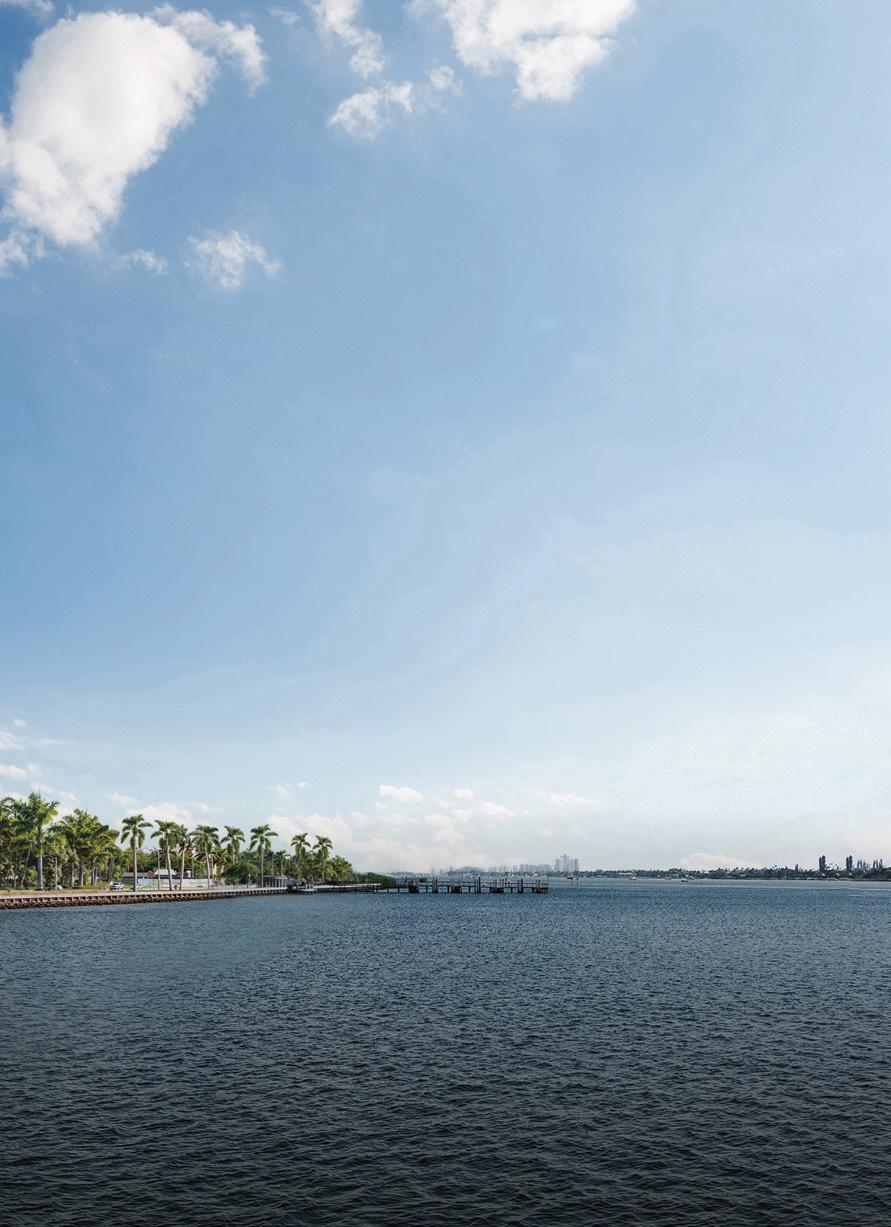
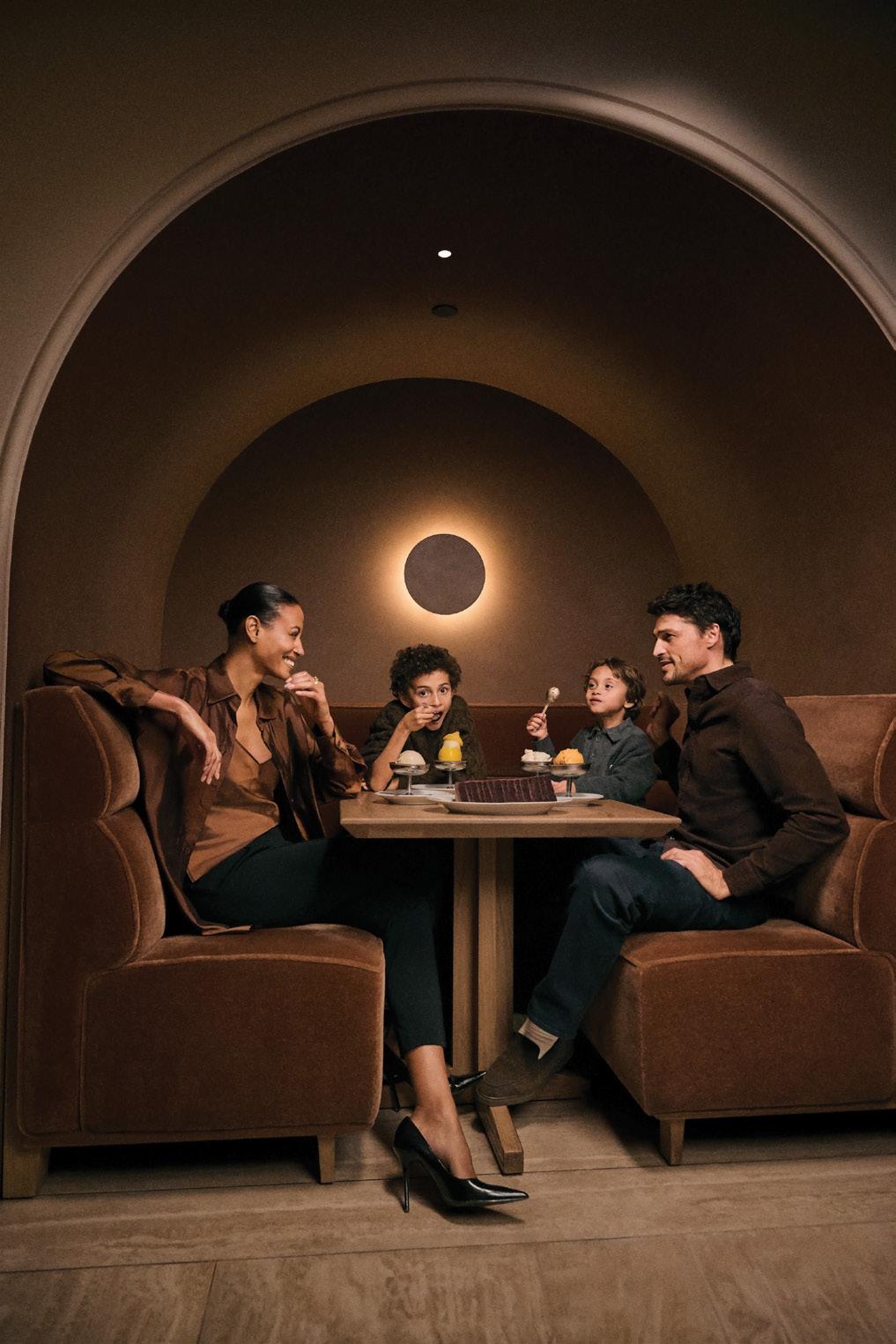

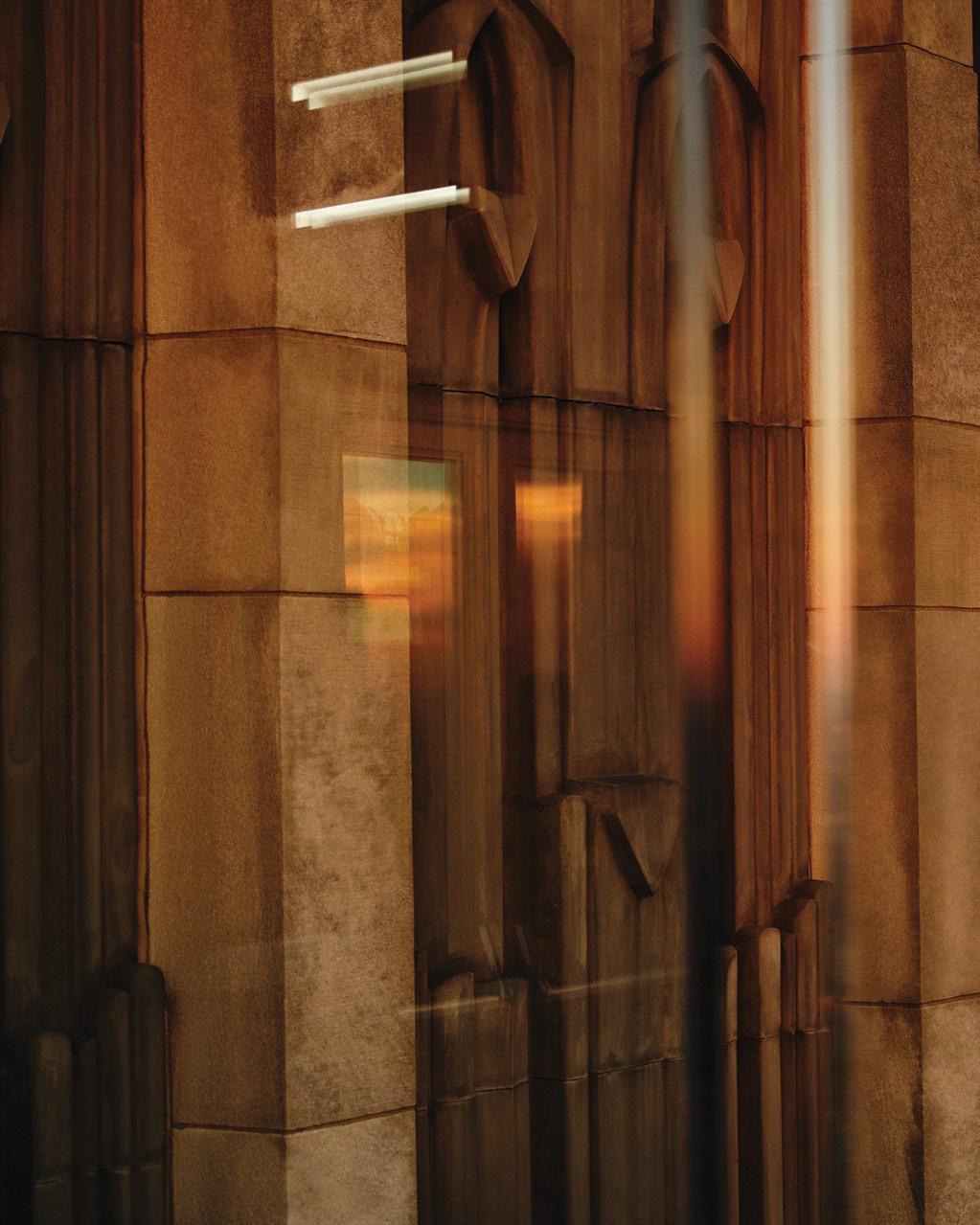

Resource 84 Design Institutions
Our editors’ favorite places to explore design culture
86 Design Galleries
Our editors’ favorite places to explore design commerce
88 Design Events of the Season
The exhibitions and openings influencing design discourse
Hosting 96 Sam and Stella Host a Wedding in Rome
Design-world darlings’ planning hijinks
98 Ruba and Lawrence Host Music
After Dark
A home full of the sounds—and people—collected along the way
Tabletop
100 Petal-Shaped, Pendulous
Helle Mardahl offers an array of hand-blown delicacies
Salon 102 Respectability and Liberation
Black bourgeois aesthetics on stage, screen, and runway
Library 104 Fake News, True Reads
Ten essential design books of 2025
Storage 105 Everything Hiding in My Home
One artist conducts an ambitious inventory
Toys 110 On Toys at Home
A writer and filmmaker surveys objects of play
Bedroom 113 Beside the Window the Bed
Coital encounters offer access to bedroom art across New York
Portrait 118 High-Wire Act
Designer Carlos Soto builds worlds onstage and off
124 Sally Quinn’s Nerves of Steel
Five decades of legendary house parties
128 Let It Shine
At home in Mother Emanuel AME Church
131 The RISD Effect
How a cohort took design aesthetics by storm
134 Purple Stain
One man revives the color of kings
Bath 135 Game of Thrones
What is a bathroom if not a place of existential vulnerability
Hardware 141 Hardware
Your guide to essential products from global hardware stores
Garden 157 Gardens of Resistance
Five landscapes that defy their circumstances
Home 164 Norfolk and Other Stories
A family compound serves generations and imaginations
180 A Canal House in Kyoto Johnston Marklee’s homage to waterway vernacular
196 A Lifelong Duet
Terry and Jo Harvey Allen make work and home in Santa Fe
214 Stella Ishii Hasn’t Changed
The designer’s North Star has always been her SoHo loft
222 Everything, Down to the Soap Countertenor Anthony Roth Costanzo adopts a High-Tech gem
232 Burgundy Belle Époque
Axelle de Buffévent fills an 18thcentury home
Real Estate 244 The Nine Circles of Artist Housing Hell
What does it take for an artist to live and make work
Remodeling
250 Dear Designer, Your trusted source for home improvements, major and minor

What will you dream of next?
In early 2011, Sarah entrusted me to track down the elusive designer Ricky Clifton for CULTURED, her new magazine at the intersection of art and design. Ricky was phoneless, but I knew enough of his friends to find him, eventually, in Williamsburg at model Agyness Deyn’s apartment. He wanted to show me the ceilings he was lacquering and some shapely egg crates he’d rescued from a Trader Joe’s loading dock.
What is it about a designer like Ricky who makes worlds out of sidewalk pickings and paint? Stanley Tigerman has argued that architecture brings “paradise down to earth,” formalizing our existential conditions with its symbolisms; “To be named an architect,” muses John Hejduk, “at least one of your works must have an aura.” Although these distinguished avant-gardists both meant Architecture and Aura with capital A’s, I’d advocate for bringing those atmospheric terms back into the frame of everyday improvisational magic. Less to do with academics, or god, or taste, and more to do with human impulse and the vibration (literally) of light and sound into patterns of energy that move us and, over time, embroider our experience of the world. To place a rose in a vase on the table just so is an opus. It reveals intelligence gained from a lifetime of sensory experience. Only you can do it like that.
More than a decade after those first issues of CULTURED, the inaugural edition of CULTURED at Home chases that impulse for abundant experience across ruined gardens, calamitous interiors, midnight music, and sancta sanctorum, capturing how artists and designers resist neutrality, inventing new forms of expression; how people act out at home, making spaces, families, and ideas their own; and how the things we stare at, touch, taste, and hear form the foundation of imagination—and beauty—itself. This issue of CULTURED at Home is part resource—mapping landscapes of contemporary design culture— and part reverie—protecting the dreamer in all of us with intimate explorations of domestic space from a cross-spectrum of critics, novelists, filmmakers, performers, and designers themselves. The perspectives in these pages make a case for living life to its edges, and with each other.

Alexandra Cunningham Cameron
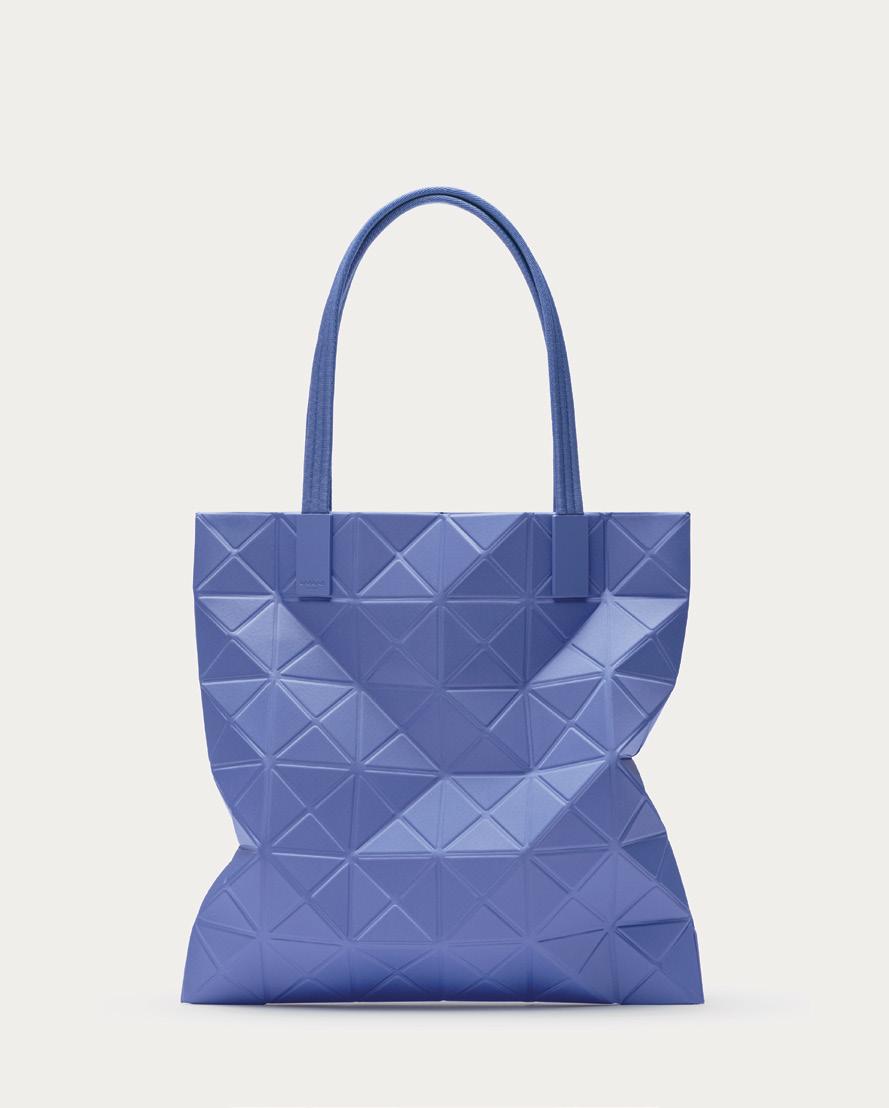

Juliette Agnel
Juliette Agnel is a multidisciplinary artist exploring the intersection of photography, memory, and space. Her work blends dreamlike landscapes with deeply ingrained cultural narratives, offering immersive visual experiences.

Michael Avedon
Michael Avedon is a photographer based in New York. He collaborates with brands including Tom Ford, Dior, Piaget, Bulgari, Louis Vuitton, and many others. Michael’s 2018 New York magazine cover story, “72 Years of School Shootings,” was awarded Best Cover Photography of the Year by the Society of Publication Designers.

Alissa Bennett is a writer whose essays and short fiction have appeared in The Paris Review, The New York Times, Texte Zur Kunst, and Vogue. Bennett is currently completing work on a script about the life of Edith Wharton. She teaches at the Yale School of Art and at Sarah Lawrence College.

Adraint Khadafhi Bereal is a photographer and author based in New York. Bereal is the author of The Black Yearbook, published by Penguin Random House.

Anne-France Berthelon is a design critic, curator, and journalist based between Paris and Marseille. Her passion for design and its global ecosystem has made her a regular contributor to publications such as IDEAT, Libération, AD China, and DAMN Being curious is her ultimate luxury.

Carson Chan
Carson Chan is an architecture writer and curator. He recently served as the inaugural director of the Ambasz Institute at MoMA, where he was also curator of architecture and design. His writing often appears in journals such as Frieze, Texte zur Kunst, and 032c, where he was formerly editor-at-large.

Adam Charlap Hyman
Adam Charlap Hyman is the co-founder of Charlap Hyman & Herrero, an architecture and design practice out of New York and Los Angeles, working across an array of projects from set design to residential interiors, freestanding buildings to store and exhibition design. His projects have been on the covers of Architectural Digest and Elle Decor, among others.

Sam Chermayeff
Sam Chermayeff is an architect, designer, and academic. Trained in architecture at the University of Texas at Austin and the Architectural Association, London, Sam is a founding partner of Sam Chermayeff Office. The studio’s work ranges from large residential towers to community centers to kitchens and furniture. He is currently a professor at Angewandte, Wien.

Durga Chew-Bose is a writer and filmmaker living in Montreal. She is the author of Too Much and Not the Mood. Her work has appeared in Vanity Fair, The New York Times Magazine, The Globe and Mail, and Harper’s Bazaar. Her directorial debut, Bonjour Tristesse, was released this year.

Esther M. Choi is an artist, photographer, and writer based in Brooklyn. Her work has appeared in T: The New York Times Style Magazine, Dazed, The New York Times Magazine, and AnOther Magazine, among other publications.

Clarissa Dalrymple is an independent curator living in New York. She is the co-founder of Cable Gallery and an early curatorial champion of Matthew Barney, Ashley Bickerton, Nayland Blake, Sarah Lucas, and other artists.

Fiona Alison Duncan is a CanadianAmerican writer and curator. She is the author of Ex-Best Friends (F. Publications, 2025) and Exquisite Mariposa (Soft Skull, 2019). She lives between New York and Los Angeles.

Jarrett Earnest is a writer and curator living in New York, and the only things he talks about are art, sex, and books.

Akari Endo-Gaut is a New York–based style director and creative and curatorial consultant, celebrated for her ability to transform the ordinary into the extraordinary. Her expertise spans fashion, design, hospitality, and art. She embraces irregularity, finding harmony in the unexpected, and inspiring a deeper appreciation for life’s unevenness.

Rob Franklin is the author of Great Black Hope, which was published in June 2025. A national bestseller, it has been longlisted for the Center for Fiction First Novel Prize and named a “Best Book of the Year (so far)” by Vogue, Amazon Books, and Spotify. He lives in Brooklyn.

Born in Portland, Oregon, Adrian Gaut initially pursued painting before falling in love with large-format architectural photography. After relocating to New York, his work has been widely exhibited and published worldwide, with a notable book on Los Angeles architecture, Wilshire Boulevard. He is working on his second book.
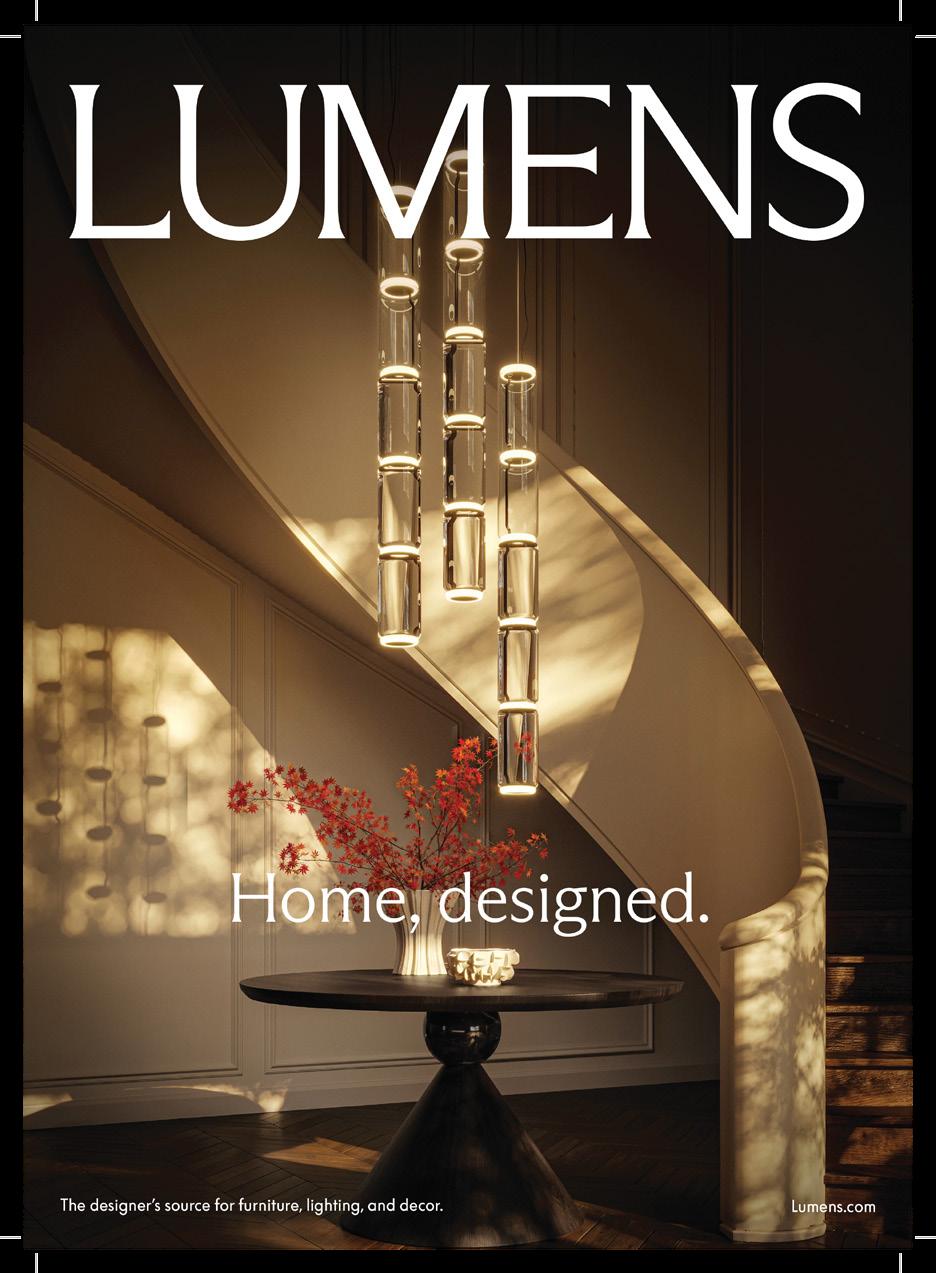
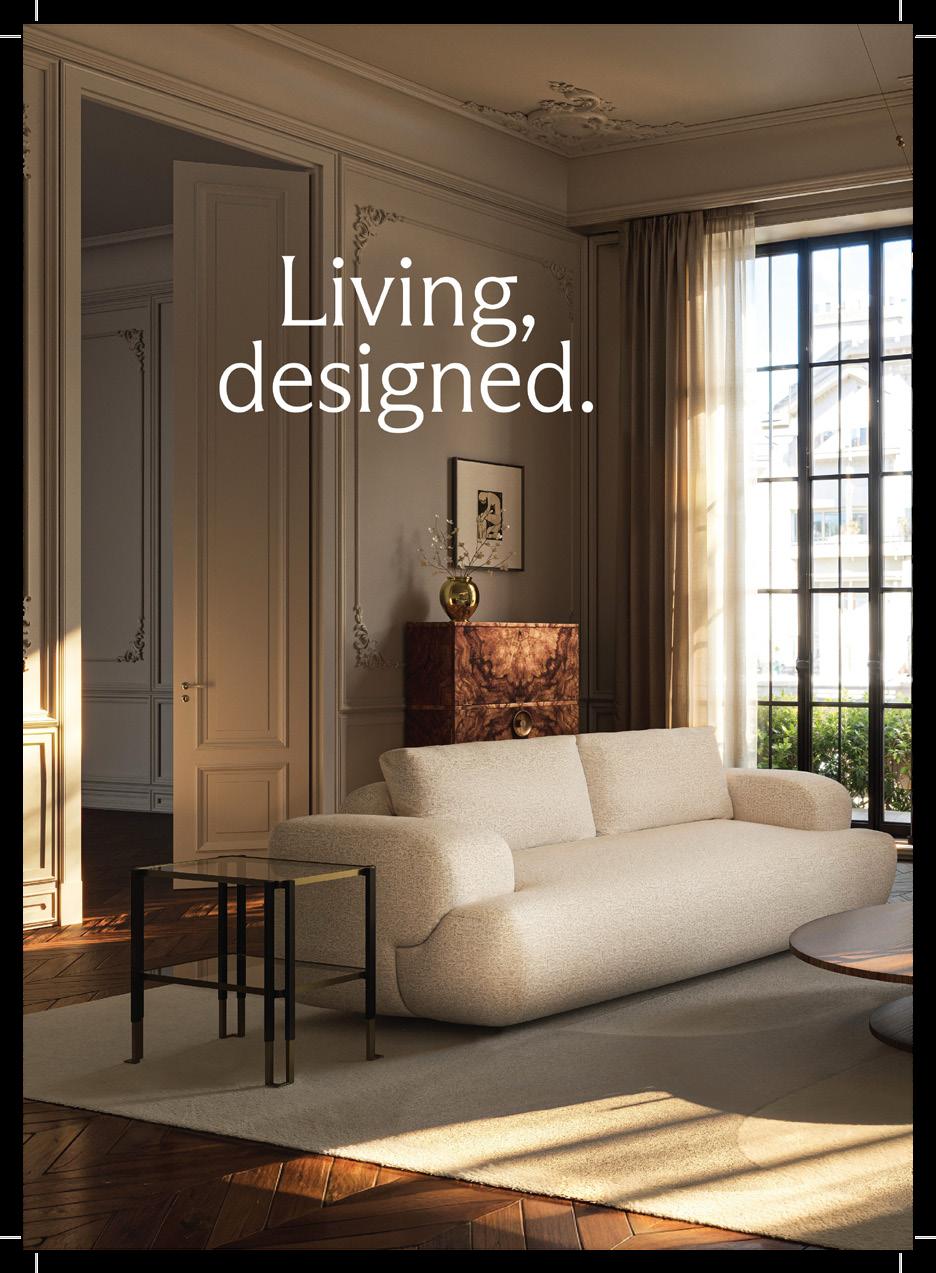
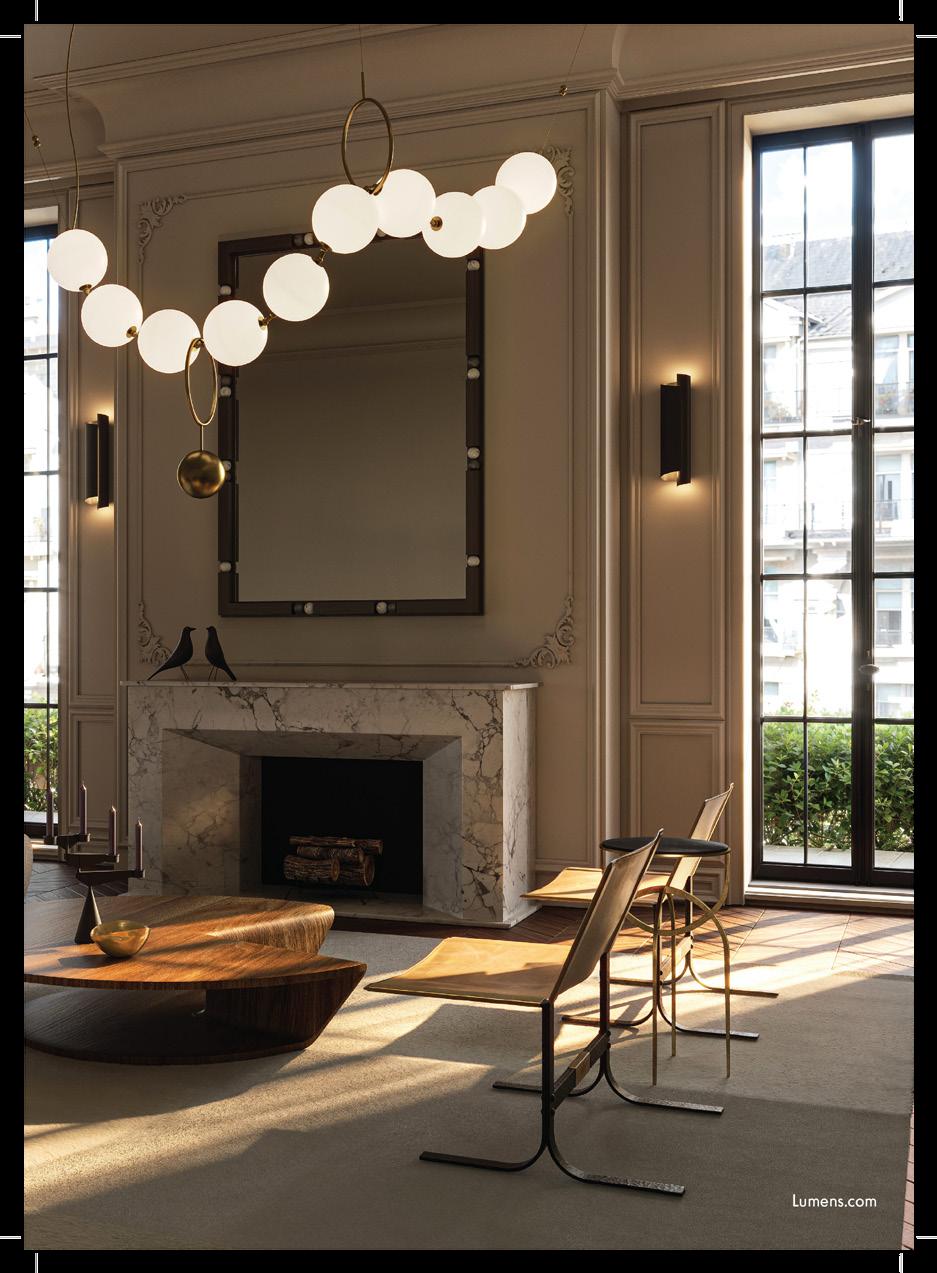

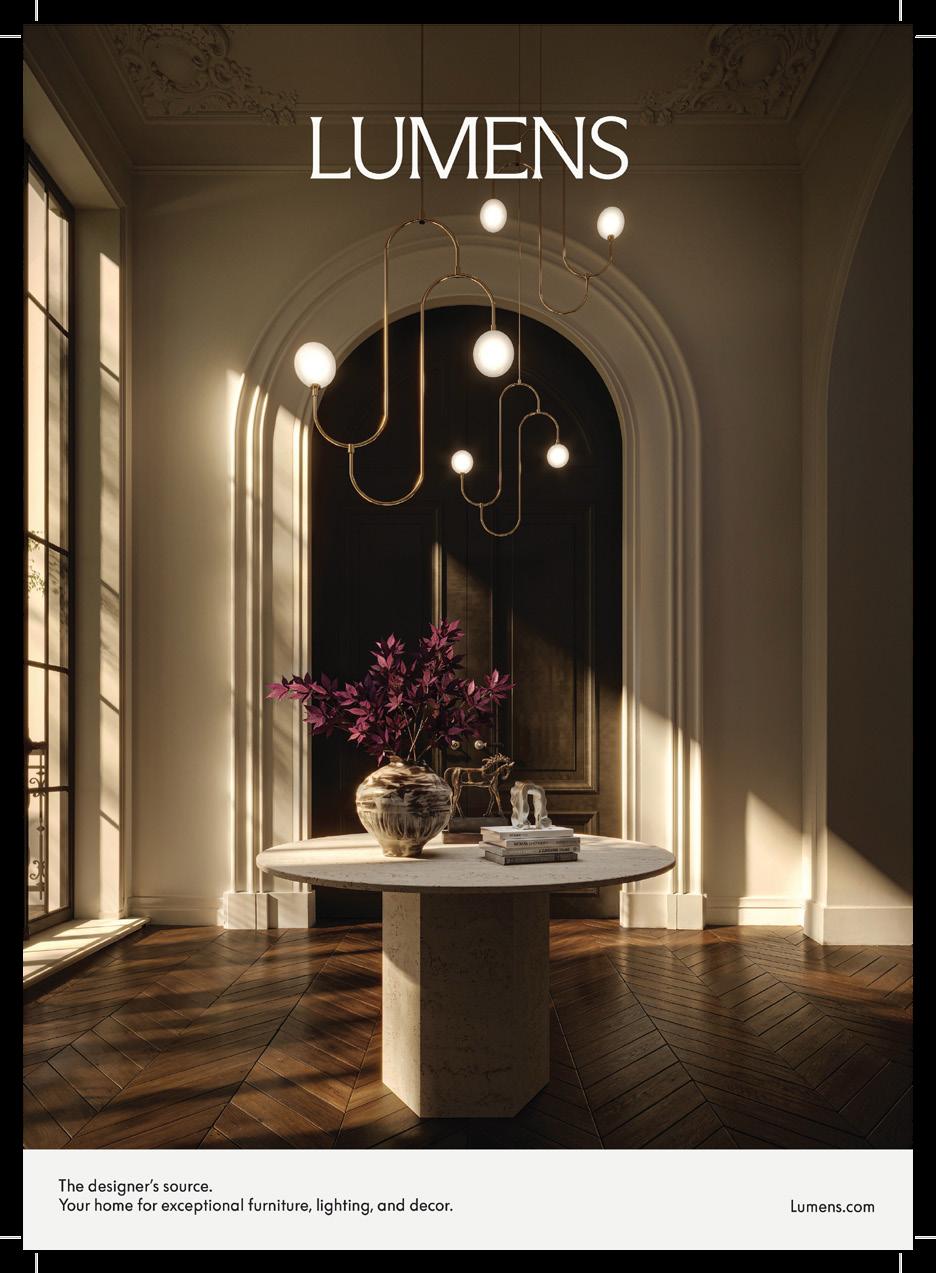


Oliver Helbig
Oliver Helbig is a Berlin-based photographer. His depictions of nature, architecture, and portraits have made him a valued editorial contributor to magazines such as 032c, Architectural Digest, Zeitmagazin, PIN-UP, Vanity Fair, and AnOther Magazine. His collaboration with Sam Chermayeff spans more than 10 years.

Takashi Homma is a Japanese photographer born and based in Tokyo. Homma has published myriad books throughout his career. In 1999, he was awarded a Kimura Ihei Commemorative Photography Award for his project “Tokyo Suburbia,” 1998, his formative work now considered a classic.

Ruba Katrib is the chief curator and director of curatorial affairs at MoMA PS1. From 2012–18 she was the curator at SculptureCenter in New York. In 2018, Katrib co-curated SITE Santa Fe’s biennial, Casa Tomada, alongside José Luis Blondet and Candice Hopkins. In 2021, she led the curatorial team for MoMA PS1’s quinquennial survey, Greater New York.

Lawrence Kumpf is the founder and artistic director of Blank Forms, a nonprofit supporting experimental and creative music. He has organized international exhibitions; published widely on artists including Don Cherry, Catherine Christer Hennix, and Éliane Radigue; co-directs the Maryanne Amacher Foundation; and serves on the boards of FourOneOne and the Emily Harvey Foundation.

Thessaly La Force is a writer based in New York. She is a frequent contributor to The New York Times, The New Yorker, Vogue, Harper’s Bazaar, World of Interiors, Architectural Digest, and elsewhere.

Photographer Jeremy Liebman was born in Berkeley, California, and raised in Texas before moving to New York. He has photographed figures ranging from Bill Gates to John Waters for clients that include Interview, Apartamento, Purple, and The New Yorker. His work has been commissioned by the Met Museum, Apple, and Bottega Veneta.

Camille Okhio is a New York–based writer, curator, and historian. Her work has appeared in Apartamento, W, Architectural Digest, The New York Times, Art in America, Wallpaper*, PIN–UP, and Vogue. Her practice centers on fine and decorative arts and their narrative potential.

Stella Roos is a Finnish writer focusing on the built environment. She is the design correspondent for Monocle and Konfekt magazine, an editor at Berlin Review, and a contributor to various publications. She is currently a Fulbright scholar at the CUNY Graduate School of Journalism in New York.

Self
Jack Self is an architect and writer based in London. He is director of the REAL Foundation and editor-in-chief of the Real Review. In 2016, Jack curated the British Pavilion at the Venice Architecture Biennale. Jack’s architectural design focuses on alternative models of ownership, contemporary forms of labor, and the formation of socioeconomic power relationships in space.

Sina Sohrab is an industrial designer based in Madrid. His office engages with contemporary life through design work and cultural-historical research, parallel practices that yield outcomes ranging from furniture and products to exhibitions and publications. His work has been internationally exhibited and awarded, and in 2024 Phaidon named him among 100 leading designers.

Peter Sutherland lives and works in Salida, Colorado. His select solo exhibitions have been held at Contemporary Art Museum St. Louis; White Cube Gallery, London; Galerie Rodolph Janssen; and Bill Brady KC Gallery. Group exhibitions include the Journal Gallery, Museum DhondtDhaenens, and Nahmad Contemporary.

Amalia Ulman is an artist based in New York. Her multidisciplinary work uses fictional narratives to explore the tensions between globalization, consumerism, public image, and private desires. Her second film, Magic Farm, premiered in 2025 at the Sundance Film Festival and the Berlinale.
Editor-in-Chief
Guest Editor
Creative Director
Executive Editor
Market Editor
Garden Editor
Kitchen and Bath Editor
Books Editor
Contributing Editors
Sarah Harrelson
Alexandra Cunningham Cameron
Erin Knutson
Mara Veitch
Adam Charlap Hyman
Precious Okoyomon
Sam Chermayeff
Carson Chan
Ruba Katrib
Cynthia Leung
Stella Roos
Jason Wigginton
Vice President, Carl Kiesel
Chief Revenue Officer
Vice President Of Sales, Lori Warriner
Art + Fashion
Director Of Desmond Smalley
Brand Partnerships
Marketing Hailey Powers and Sales Associate
Public Relations
Ethan Elkins
Dada Goldberg
Sales Consultant, Priya Nat
Home + Travel
Strategic Advisor
Carol Smith
Creative Producers
Research Editors
Copyeditor
Junior Designers
Printer
Retoucher
Julia Bronheim
Jacob Gaines
Tatum Dodd
Sunena Maju
Karly Quadros
Eveline Chao
Paul Bille
Katie Ehrlich
Printer Trento, IT
Alta Image New York, NY
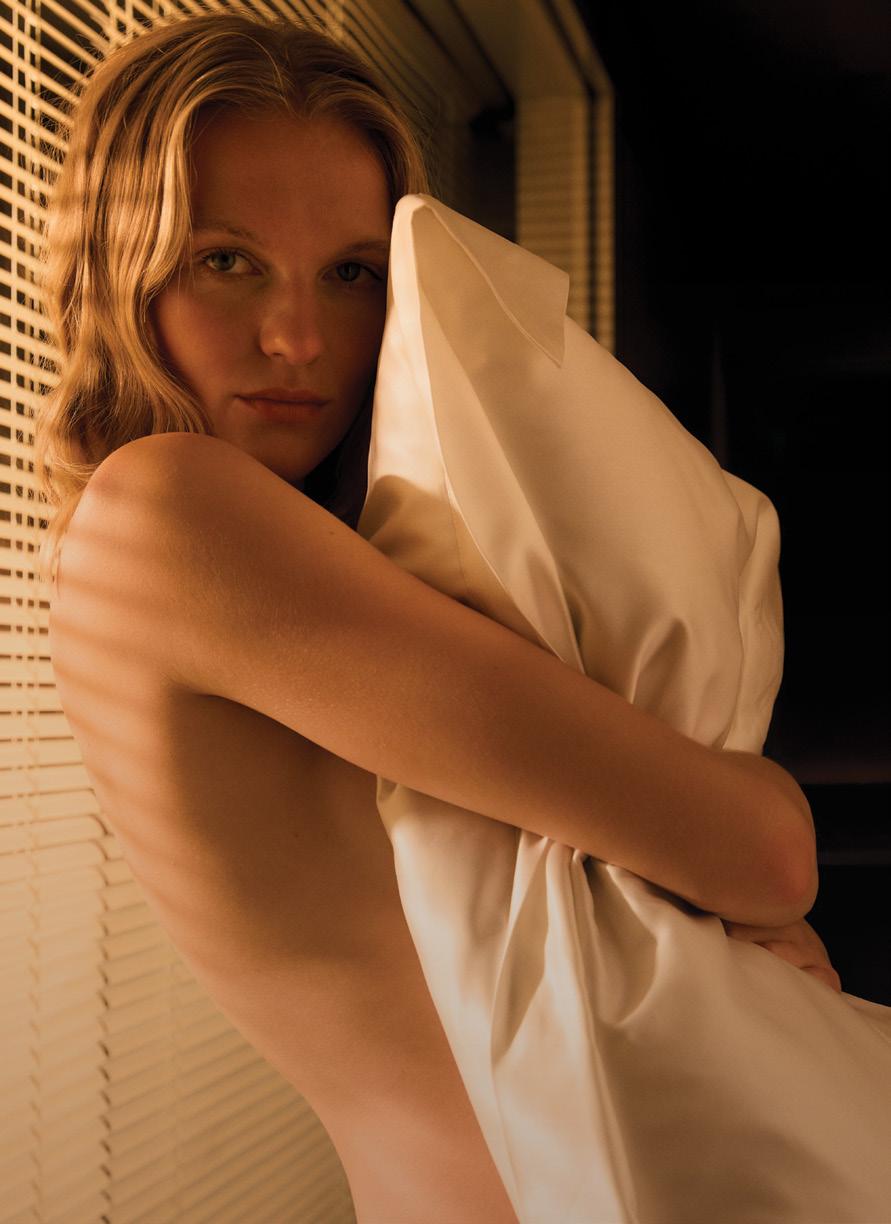
Our editors’ favorite places to explore design culture.
Cairo, EG Cape Town, ZA Dakar, SN Dakar, SN Kampala, UG Rabat, MA Abu Dhabi, UAE Ahmedabad, IN
Beijing, CN Beirut, LB Doha, QA Higashiyama, JP Hong Kong, CN Seoul, KR Tokyo, JP
Melbourne, AU Amsterdam, NL Barcelona, ES Berlin, DE
Copenhagen, DK Gent, BE
København, DK Köln, DE Lisbon, PT London, GB
Lyon, FR Mérida, SP Milan, IT Munich, DE Paris, FR
Pompeii, IT Riggisberg, CH Rome, IT Rotterdam, NL Stockholm, SE Tilburg, NL Vienna, AT Weil am Rhein, DE Wroclaw, PL Zürich, CH Atlanta, U.S. Bloomfield Hills, U.S. Boston, U.S. Brooklyn, U.S. Charlotte, U.S. Chatham, U.S. Chicago, U.S. Cleveland, U.S. Dallas, U.S. Detroit, U.S. Honolulu, U.S. Houston, U.S. Indianapolis, U.S. Los Angeles, U.S. Mexico City, MX
Minneapolis, U.S. Montréal, CA München, DE
New Baltimore, U.S. New Haven, U.S. New York, U.S.
Philadelphia, U.S. Pittsburgh, U.S. Providence, U.S. San Francisco, U.S. Washington DC, U.S.
Winterthur, U.S. Belém, BR Bogotá, CO Buenos Aires, AR São Paulo, BR
Egyptian Museum
Zeitz MOCAA
Musée des Civilisations Noires
Musée Théodore Monod d’Art Africain
Uganda Museum
Mohammed VI Museum
Louvre Abu Dhabi
Calico Museum of Textiles
National Institute of Design Museum
National Museum of China
Sursock Museum
Museum of Islamic Art
Kanazawa Yasue Gold Leaf Museum
M+ Museum
Modern Design Museum
National Museum of Modern Art
21_21 Design Sight
Japan Folk Crafts Museum
National Gallery of Victoria
Rijksmuseum
Barcelona Design Museum
Bauhaus-Archiv
Tchoban Foundation
Danish Architecture Center
Design Museum Gent Designmuseo
Design Museum Denmark
MAKK
Museum of Art, Architecture & Technology
V&A Storehouse
the Design Museum
Sir John Soane’s Museum
British Museum
Musée des Tissus
Museo Nacional de Arte Romano
Triennale di Milano
Architekturmuseum der TUM
Musee des Arts Décoratifs
Musée du Louvre
Mobilier National
Cité de l’architecture & du patrimoine
Pompeii Antiquarium
Abegg-Stiftung
MAXXI
Het Nieuwe Instituut
ArkDes
Textiel Museum
MAK Wien
Vitra Design Museum
Museum of Architecture
Museum für Gestaltung
High Museum of Art
Cranbrook Art Museum
Museum of Fine Arts Boston
Brooklyn Museum
Mint Museum
Shaker Museum
The Art Institute of Chicago
Cleveland Museum of Art
Dallas Museum of Art
The Detroit Institute of Arts
Bishop Museum
Museum of Fine Arts, Houston
Indianapolis Museum of Art
LACMA
Museo Nacional de Antropología
Museo del Arte Popular
Minneapolis Institute of Arts
CCA
Die Neue Sammlung
Cold War Museum
Yale University Art Gallery
Cooper Hewitt
Museum of Modern Art
Metropolitan Museum of Art
American Folk Art Museum
The Hispanic Society
Philadelphia Museum of Art
Carnegie Museum of Art
RISD Museum
SFMOMA
NMAAHC
National Building Museum
Winterthur Museum
Museu de Arte de Belém
Museo del Oro
MALBA Museo
Museo de Arte
Moderno
Egyptian material culture
Contemporary African design
Pan-African art & design
Traditional & contemporary African crafts
Ugandan material culture
Moroccan visual culture
Cross cultural & Islamic decorative arts
Indian court textiles
Modern & contemporary Indian design innovation
Chinese decorative arts & design
Islamic & late Ottoman decorative arts
Islamic decorative arts, manuscripts, & textiles
Japanese gold leaf craft & technique
Hong Kong design culture
Korean decorative arts
Modern Japanese design & crafts
Contemporary Japanese design
Japanese ceramics & textiles
Design 1960 to present
Dutch Golden Age design
Spanish decorative arts
Bauhaus & contemporary design
Architectural drawings
Danish architecture
Social impact design
Finnish industrial design
Danish & international design
Jewelry, porcelain & furniture
Art, architecture & tech in dialogue
Open storage design
Product, graphic & fashion design
Neoclassical drawings & models
International decorative arts traditions
Silk, European & global textiles from antiquity
Roman sculptures, mosaics & archaeological display
Italian architecture & design
Architectural drawings, models, & archives
French decorative arts & design
French royal decorative arts
National collection of design
French architecture models & archives
Roman artifacts & casts from Pompeii
Historic textiles from Europe, Middle East, & Asia
20th–21st century architecture
Dutch national design collection
Swedish architecture & design
Historic & contemporary textile design
Austrian & European modernism
Industrial design & architecture
20th-21st century architecture
Industrial & graphic design
American decorative arts
Cranbrook design legacy
Design & decorative arts
Design & decorative arts
North Carolina pottery & design
Shaker design traditions
Architecture & design
Design & decorative arts
Design, decorative arts & jewelry
European decorative arts
Hawaiian design & culture
Design & decorative arts
Campus for art & design
Historic to contemporary design
Pre-Columbian culture & decorative arts
Mexican folk art, textiles, ceramics, & masks
Period rooms, decorative arts & design
International architecture
20th–21st decorative arts
Cold War design & history
American colonial design
U.S. national design collection
Modern design & architecture
Architecture, design & antiquities
Folk & vernacular design
Spanish & Latin American material culture
European decorative arts
Decorative arts & architecture
European design & decorative arts
Design & architecture
National collection of African-American design
Architecture, urban design, & engineering
1640–1860 interiors & material culture
Amazonian, colonial & Brazilian decorative arts
Pre-Columbian goldwork & jewelry
Latin American modern design
Latin American design & craft
egyptianmuseumcairo.eg zeitzmocaa.museum mcn.sn musee-monod.sn ugandamuseums.ug fnm.ma louvreabudhabi.ae calicomuseum.org nid.edu en.chnmuseum.cn sursock.museum mia.org.qa kanazawa-museum.jp mplus.org.hk designmuseum.or.kr momat.go.jp/en 2121designsight.jp mingeikan.or.jp ngv.vic.gov.au rijksmuseum.nl dissenyhub.barcelona bauhaus.de tchoban-foundation.de dac.dk designmuseumgent.be designmuseumgent.be designmuseum.dk makk.de maat.pt/en vam.ac.uk/east designmuseum.org soane.org britishmuseum.org museedestissus.fr museoarteromano.mcu.es triennale.org architekturmuseum.de madparis.fr louvre.fr mobiliernational.culture.gouv.fr citedelarchitecture.fr pompeiisites.org abegg-stiftung.ch maxxi.art nieuweinstituut.nl arkdes.se textielmuseum.nl mak.at design-museum.de ma.wroc.pl museum-gestaltung.ch high.org cranbrookartmuseum.org mfa.org brooklynmuseum.orgg mintmuseum.org shakermuseum.us artic.edu clevelandart.org dma.org dia.org bishopmuseum.org mfah.org discovernewfields.org lacma.org mna.inah.gob.mx map.cdmx.gob.mx new.artsmia.org cca.qc.ca die-neue-sammlung.de coldwar.org artgallery.yale.edu cooperhewitt.org moma.org metmuseum.org folkartmuseum.org hispanicsociety.org philamuseum.org cmoa.org risdmuseum.org sfmoma.org nmaahc.si.edu nbm.org winterthur.org mabe.belem.pa.gov.br banrepcultural.org/bogota malba.org.ar mam.org.br

Our editors’ favorite places to explore design commerce.
Cape Town, ZA Lagos, NG Tunis, TN Bengaluru, IN Mumbai, IN Shanghai, CN Tokyo, JP Antwerp, BE Athens, GR Barcelona, ES Berlin, DE Brussels, BE Copenhagen, DK Leith, U.K. London, U.K.
Milan, IT
Moscow, RU Oslo, NO Paris, FR
Piraeus, GR Prague, CZ Rome, IT Rotterdam, NL Stockholm, SE Venice, IT
Amagansett, U.S. Brooklyn, U.S. Chicago, U.S. Los Angeles, U.S. Mexico City, MX
Miami, U.S. Minneapolis, U.S. New York, U.S.
Southern Guild
Tiwani Contemporary
Musk and Amber Gallery
General Items
AEQUO
Gallery ALL
Ippodo Gallery
Uppercut Space
COUR
The Breeder
Side Gallery
Ulrich Fiedler
Architektur Galerie Berlin
OWN (Objects with Narratives)
Maniera
Etage Projects
Dansk Møbelkunst
Bard
Abel Sloane 1934
Gallery Fumi
Sarah Myerscough Gallery
Carpenters Workshop Gallery
Rose Uniacke
Nilufar Gallery
Galleria Rossella Colombari
Galleria Rossana Orlandi
Erastudio
Booroom Gallery
Galleri Format
Galerie Patrick Seguin
Galerie kreo
Galerie Jacques Lacoste
Galerie Chastel Maréchal
Galerie Yves Gastou
Jousse Entreprise
Laffanour Galerie Downtown
Project Room / India Mahdavi
Anne Sophie Duval
A1043
Galerie Marcilhac
Carwan Gallery
Galerie VI PER
Galleria Giustini/Stagetti
Galerie VIVID
Modernity
Jackson Design
Giorgio Mastinu
Caterina Tognon
Galerie Sardine
Of the Cloth
Volume Gallery
Marta
Edward Cella Art + Architecture
AGO Projects
Masa Galería
Nina Johnson
Idea House 3
R & Company
STUDIOTWENTYSEVEN
Salon 94
Jacqueline Sullivan Gallery
Demisch Danant
Les Ateliers Courbet
The Future Perfect
Superhouse
Hello Human House
TIWA Select
Galerie Was
Friedman Benda
Hostler Burrows
Emma Scully Gallery
Magen H Gallery
a83
Galerie Gabriel
Donzella Ltd.
Cristina Grajales
Galerie56
Gallery Folly
Todd Merrill
Paula Rubenstein
Creative Growth
Oakland, U.S. Philadelphia, U.S.
Point Reyes Station, U.S. South Salem, NY, U.S. Vancouver, U.S. Rio de Janeiro, BR São Paulo, BR
African & diasporic contemporary design
African & diasporic design
Tunisian craft & contemporary design
Ritual-inspired contemporary design
Indian craft & contemporary design
Contemporary Chinese design
Contemporary Japanese craft
Contemporary design
Contemporary design
Contemporary design
Latin American modern & contemporary design
Bauhaus & early 20th-century design
Contemporary architecture
Contemporary design
Contemporary architecture & design
Contemporary design
Modern Danish design
Scottish craft
Early 20th-century design
Contemporary design
Contemporary craft
Modern & contemporary design
Contemporary antiques & design
Italian postwar & contemporary design
Postwar Italian design
Contemporary design
Italian postmodern architecture & design
Contemporary design
Norwegian craft & design
French modern design
Contemporary design
French decorative arts & design
French decorative arts & design
Postmodern design
Modern & postwar French design
French postwar & contemporary design
Contemporary design
Art Deco
20th-century & contemporary lighting
Art Deco
Contemporary design
Architecture & urban design
Italian postwar & contemporary design
Dutch 20th-century & contemporary design
Scandinavian 20th-century design
Scandinavian 20th-century design
Postmodern design & books
Studio glass
Contemporary design
Contemporary craft & design
Contemporary design
Contemporary design
Architectural drawing
Contemporary architecture & design
Contemporary design
Contemporary design
Contemporary design
Contemporary design
Brazilian & Italian modern design
Contemporary design
Postmodern & contemporary design
Postwar French design
Artisanal furniture & lighting
Contemporary objects
Postmodern & contemporary design
Contemporary design
Contemporary craft & design
Contemporary antiques & design
Contemporary design
Nordic & American ceramics & design
Contemporary design
Postwar French sculptural design
Architectural prints
Postmodern & contemporary design
Postwar design
Contemporary design
Modern & contemporary design
European modern design
Contemporary design
20th-century design
Contemporary craft
Moderne Gallery
Dudd House
Fleisher/Ollman
Blunk Space
John Keith Russell Antiques
Douglas Reynolds Gallery
Mercado Moderno
BRAZIL MODERNIST
American studio furniture
Contemporary design
Self-taught & institutional design
Contemporary craft & design
Shaker design
Pacific Northwest Indigenous art
Modern Brazilian design
Modern Brazilian design
southernguild.com tiwani.co.uk musk_and_amber generalitems.in aequo.in galleryall.com ippodogallery.com uppercut.space courgallery.com thebreedersystem.com side-gallery.com ulrichfiedler.com architekturgalerieberlin.de objectswithnarratives.com maniera.be etageprojects.com dmk.dk bard-scotland.com abelsloane1934.com galleryfumi.com sarahmyerscough.com carpentersworkshopgallery.com roseuniacke.com nilufar.com galleriarossellacolombari.com rossanaorlandi.com erastudio.it booroomgallery.com format.no patrickseguin.com galeriekreo.com jacqueslacoste.com chastel-marechal.com galerieyvesgastou.com jousse-entreprise.com galeriedowntown.com india-mahdavi.com annesophieduval.com shop.a1043.com marcilhacgalerie.com carwangallery.com vipergallery.org giustinistagetti.com galerievivid.com modernity.se jacksons.se giorgiomastinu caterinatognon.com galeriesardine.com ofthecloth wvvolumes.com marta.la edwardcella.com ago-projects.com mmaassaa.com ninajohnson.com shop.walkerart.org r-and-company.com studiotwentyseven.com salon94.com jacquelinesullivangallery.com demischdanant.com ateliercourbet.com thefutureperfect.com superhouse.us hellohuman.us tiwa-select.com galeriewas.com friedmanbenda.com hostlerburrows.com emmascullygallery.com magenxxcentury.com a83.site galeriegabriel.com donzella.com cristinagrajales.com galerie56.com galleryfolly.com toddmerrillstudio.com paularubenstein.com creativegrowth.org modernegallery.com jonalddudd.com fleisher-ollmangallery.com blunkspace.com jkrantiques.com douglasreynoldsgallery.com memobrasil.com brazilmodernist.com
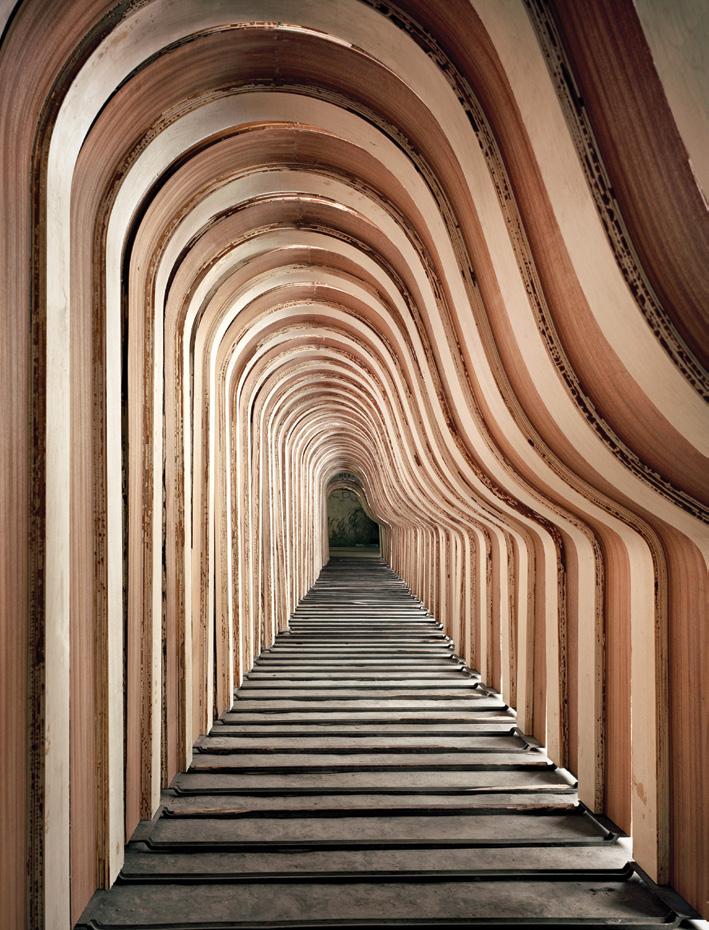
The 20 exhibitions, from Kazakhstan to Los Angeles, that are shaping discourse around architecture and design.
Asif Khan’s Tselinny Center Opens Tselinny Center of Contemporary Culture, Almaty, Kazakhstan Sept. 5, 2025
Chiharu Shiota: Two Home Countries Japan Society, New York, USA Sept. 12, 2025–Jan. 11, 2026
Kazakhstan’s first independent cultural institution opens in a transformed Soviet-era cinema redesigned by British architect Asif Khan. The new cultural hub launches with exhibitions, performances, and lectures, including Barsakelmes, a multidisciplinary program rooted in Kazakh culture, alongside a narrative exhibition of Khan’s renovation and archival explorations of Central Asian art.
Known for her immersive, site-specific installations in which webs of yarn envelop entire spaces, suspending fragments of memory within their threads, Chiharu Shiota creates poignant meditations on war, identity, and the human condition. The artist’s first New York solo museum exhibition commemorates the 80th anniversary of the end of World War II by interlacing collective history with the artist’s personal memory.
Donald Judd’s Architecture Office Reopens Judd Foundation, Marfa, TX, USA Opened September 2025

Dream Rooms: Environments by Women Artists 1950s–Now M+ Museum, Hong Kong Sept. 20, 2025–Jan. 18, 2026

Vacant Futures
VI PER, Prague, Czechia Sept. 24, 2025–Nov. 15, 2025
Four Five Six by OFFICE KGDVS A83, SoHo, New York, USA Sept. 25, 2025–Late November 2025
Built in 1907 as a boarding house and grocery, the building that became Donald Judd’s Architecture Office was restored in 1990 with characteristic precision and restraint. “The only thing different was that it has unusual furniture inside,” he said, referring to his own designs. After his death in 1994, the building’s condition declined. Restoration began in 2018 and was nearly undone by a 2021 fire, which destroyed much of the interior and roof. The reopening, after years of careful reconstruction, is a meditation on how architectural legacy can be both preserved and adapted. The restored facade and new sustainable additions embody Judd’s belief that architecture is a living discipline, impacted as much by history and memory as by material and function.
Donald Judd’s architecture office in Marfa, Texas, will finally reopen after seven years and a nearly devastating fire.
Photography by Matthew Milman. Courtesy of the Judd Foundation, John Chamberlain Art, Fairweather & Fairweather LTD / Artists Rights Society (ARS), New York
Before “installation art” had a name, there were Environments— immersive works from the 1950s and ’60s that blended art, architecture, and design. Dream Rooms features the groundbreaking work of Lygia Clark, Judy Chicago, Nanda Vigo, Tania Mouraud, Marta Minujín, Yamazaki Tsuruko, Pinaree Sanpitak, and Kimsooja.
Through film and visual research, the exhibition examines the uncanny landscapes and unintended habitats that emerge in the wake of stalled developments and unfulfilled promises.
Coinciding with the release of OFFICE KGDVS’s three-part publication, Four Five Six reflects on a decade of the firm’s conceptual, academic, and professional work. Through 96 new limited-edition silkscreen prints produced by A83’s historic print shop, large-scale architectural models by OFFICE, photographs by Bas Princen and Stefano Graziani, and sculptures by artist Rita McBride, the exhibition invites a closer look at how ideas move between page, model, and built form.
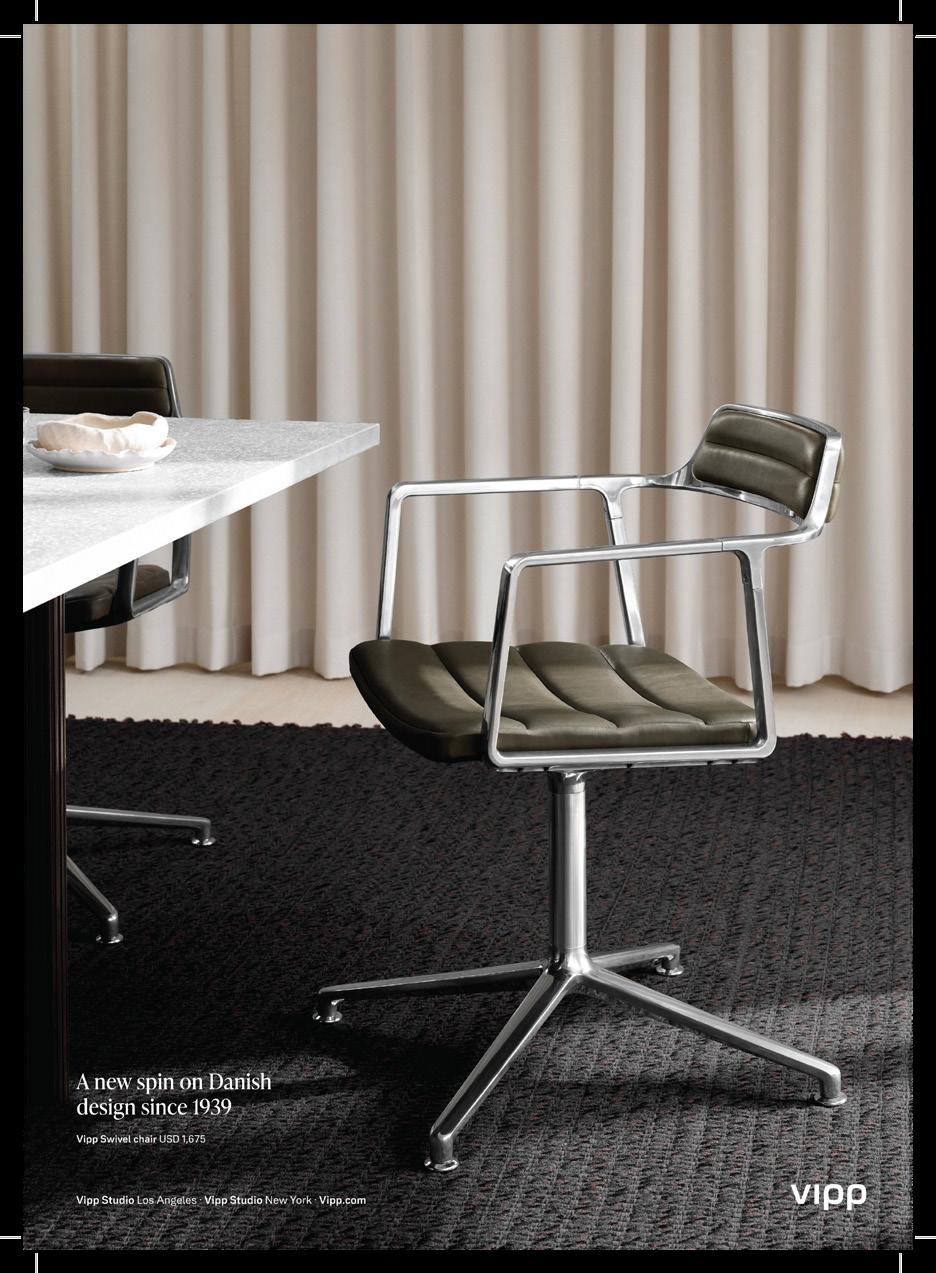
The Living Temple: The World of Moki Cherry
The Fabric Workshop and Museum, Philadelphia, USA
Sept. 25, 2025–April 12, 2026
Denilson Baniwa Facade Storefront for Art and Architecture, New York, USA
Opened September 2025
Form by Formula
Mass Modern Design, Roosendaal, The Netherlands Oct. 17, 2025–Dec. 17, 2025
Moki Cherry dissolved the boundaries between art and life, creating an ever-expanding universe of tapestries, paintings, ceramics, clothing, music, and performance with her musician husband Don Cherry. Guided by the mantra, “home as stage, stage as home,” she transformed everyday spaces into sites of exchange, whether through vividly patterned textiles, wearable art, or immersive stage environments.
Storefront for Art and Architecture’s historic facade designed by Steven Holl and Vito Acconci in 1993 is reimagined by Indigenous Amazonian artist Denilson Baniwa. Na floresta à noite (In the Forest of the Night) merges ancestral cosmologies with contemporary imagery to create a shifting forest of light and myth.
Form by Formula is the first exhibition devoted to the history of religious furniture shaped by the Plastic Number, a proportional system devised by monk and architect Dom Hans van der Laan. Long obscured by misattribution, with many pieces credited to Van der Laan himself, curator Etienne Feijns reveals the true makers and contexts of these objects. Highlights include a newly discovered 1968 furniture set by Van der Laan, works by his pupil Jan de Jong, Bossche School furniture, and rare architectural drawings and prints.
MONUMENTS
The Geffen Contemporary at MOCA and The Brick, Los Angeles, USA Oct. 23, 2025–April 12, 2026
Material Affirmations: Oríkì Acts I–III Tiwani Contemporary, Lagos, Nigeria Nov. 6, 2025–Jan. 11, 2026
French Popular Furniture
Vague Kobe, Hyogo, Japan Nov. 8, 2025–Dec. 31, 2025
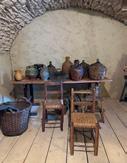
How Modern: Biographies of Architecture in China 1949–1979
The Canadian Centre for Architecture, Montreal, Canada Nov. 20, 2025–April 12, 2026
FUNGI: Anarchist Designers
Nieuwe Instituut, Rotterdam, The Netherlands Nov. 20, 2025–Aug. 8, 2026
MONUMENTS confronts the charged legacy of Confederate statues by relocating decommissioned monuments from public spaces into gallery settings. Organizers Hamza Walker, artist Kara Walker and MoCA curators have commissioned and paired these objects with work from artists such as Karon Davis, Abigail Deville, Stan Douglas, Torkwase Dyson, Nona Faustine, Martin Puryear, Hank Willis Thomas, and Davóne Tines to provoke critical reflection on how public memory shapes national identity.
Lagos-based designer Nifemi Marcus-Bello explores locally rooted, community-driven craft traditions, overlooked production networks, and everyday making cultures in Nigeria. Material Affirmations: Oríkì Acts I–III marks the first full presentation of the series on African soil, inviting reflection on tradition, innovation, and the politics of craft.
Curated by Nicolas Trembley, this exhibition places French folk traditions in conversation with Japanese mingei (short for minzoku teki kōgei, meaning folk crafts), revealing how craftsmanship holds cultural memory, identity, and sustainability in its hands. From rural furniture to woven objects, these countryside works invite us to rethink modernity, not as a break from tradition, but as a continuation of it.
Organized by the Canadian Centre for Architecture in collaboration with M+ Museum in Hong Kong, How Modern: Biographies of Architecture in China 1949–1979 reframes the prevailing view of architecture in Mao’s China as monolithic and creatively stifled.
Curated by anthropologist Anna Lowenhaupt Tsing and design studio terriStories (Feifei Zhou), FUNGI: Anarchist Designers presents fungi as ingenious builders and relentless dismantlers operating at the intersection of science, art, and design. Featuring Ivette Perfecto and Filipp Groubnov’s mapping of the spread of coffee rust benefiting from Latin America’s monoculture industrial coffee plantation to Bettina Stoetzer, Berkveldt, and Åsa Sonjasdotter’s installation on the spread of radioactivity through wild boars’ consumption of radioactive mushrooms.

Made in America: The Industrial Photography of Christopher Payne Cooper Hewitt, Smithsonian Design Museum, New York, USA Nov. 21, 2025–Spring 2026

Robert Therrien: This Is a Story The Broad, Los Angeles, USA Nov. 22, 2025–April 5, 2026
Design Miami
Miami Beach Convention Center, Miami, USA Dec. 3–7, 2025
Westwood | Kawakubo
National Gallery of Victoria, Melbourne, Australia Dec. 7, 2025–April 19, 2026
Bruce Goff: Material Worlds Art Institute of Chicago, Chicago, USA Dec. 21, 2025–March 29, 2026
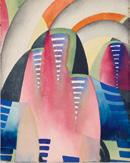
ADFF: STIR Mumbai
National Center for the Performing Arts, Mumbai, India Jan. 9–11, 2026
Cooper Hewitt’s first large-scale photography exhibition, Made in America, brings the object, the machine, and the human hand into sharp focus. Christopher Payne has documented the artistry and precision of American manufacturing—from marshmallow Peeps and colored pencils to tractors and jumbo jets—capturing each at the most compelling moment of production.
Robert Therrien: This Is a Story unfolds five decades of work by an artist who saw the extraordinary hidden in the ordinary. Therrien’s monumental reimaginings of domestic objects transform tables, chairs, and kitchenware into vast landscapes of memory and perception. By enlarging the everyday to dramatic, almost theatrical proportions, he asks us to consider how scale can challenge and distort space and the stories we tell about it.
Design Miami celebrates its 20th anniversary with Make. Believe., an exhibition that honors contemporary and historic creators whose ideas have shaped the future. Maison Perrier-Jouët’s special award presentation adds extra sparkle to this landmark event.
Emerging independently in the 1970s from Britain and Japan, Vivienne Westwood and Rei Kawakubo introduced a radical spirit grounded in personal freedom and social critique. The exhibition reveals how these fearless designers questioned fashion’s core assumptions about identity, power, and beauty, inviting viewers to rethink the meaning of style and self-expression in a shifting world.
Known for dramatic geometries and an improbable palette—coal, goose feathers, astroturf, cellophane, sequins—Goff resisted any singular style, creating work that cheerfully defied modernism’s minimalist orthodoxies. Dubbed the “Michelangelo of kitsch” by critic Charles Jencks, Goff’s buildings emerged from a conviction that architecture should be felt as much as seen. Art Institute of Chicago pulls from its dense archive of Goff’s work and belongings, creating a rare opportunity to enter the restless imagination that reshaped the Midwest’s midcentury landscape.
Celebrating the many worlds of architecture and design and their intersections with cinema, ADFF: STIR Mumbai returns with an expanded, multifaceted program building on its 2025 South Asia debut. Its Pavilion Park—curated by Aric Chen, director of the Zaha Hadid Foundation—creates a dynamic space where film, architecture, design, and art converge.
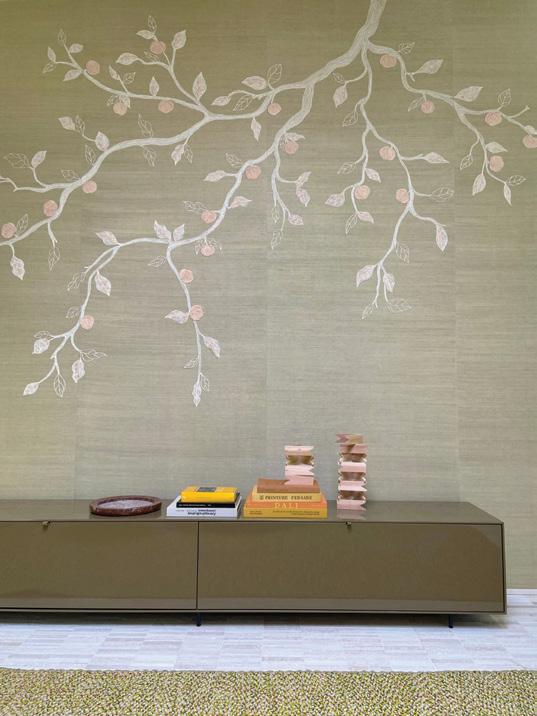

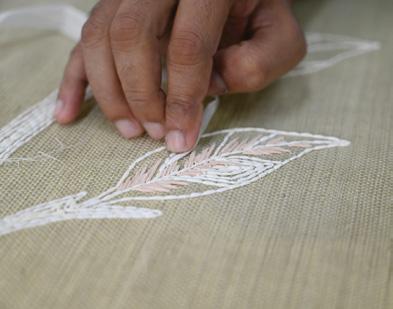
November 6–10 at Park Avenue Armory in New York City
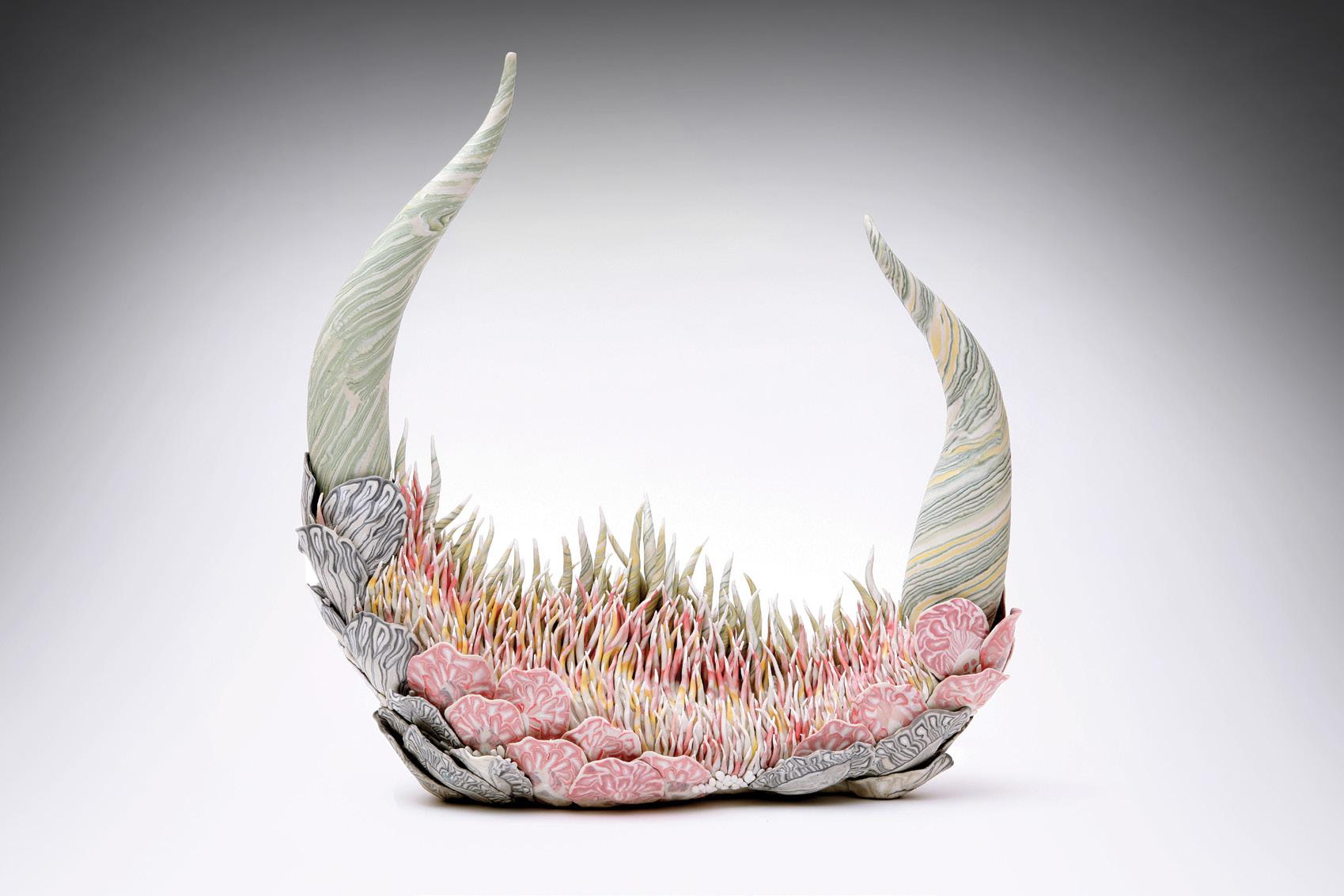
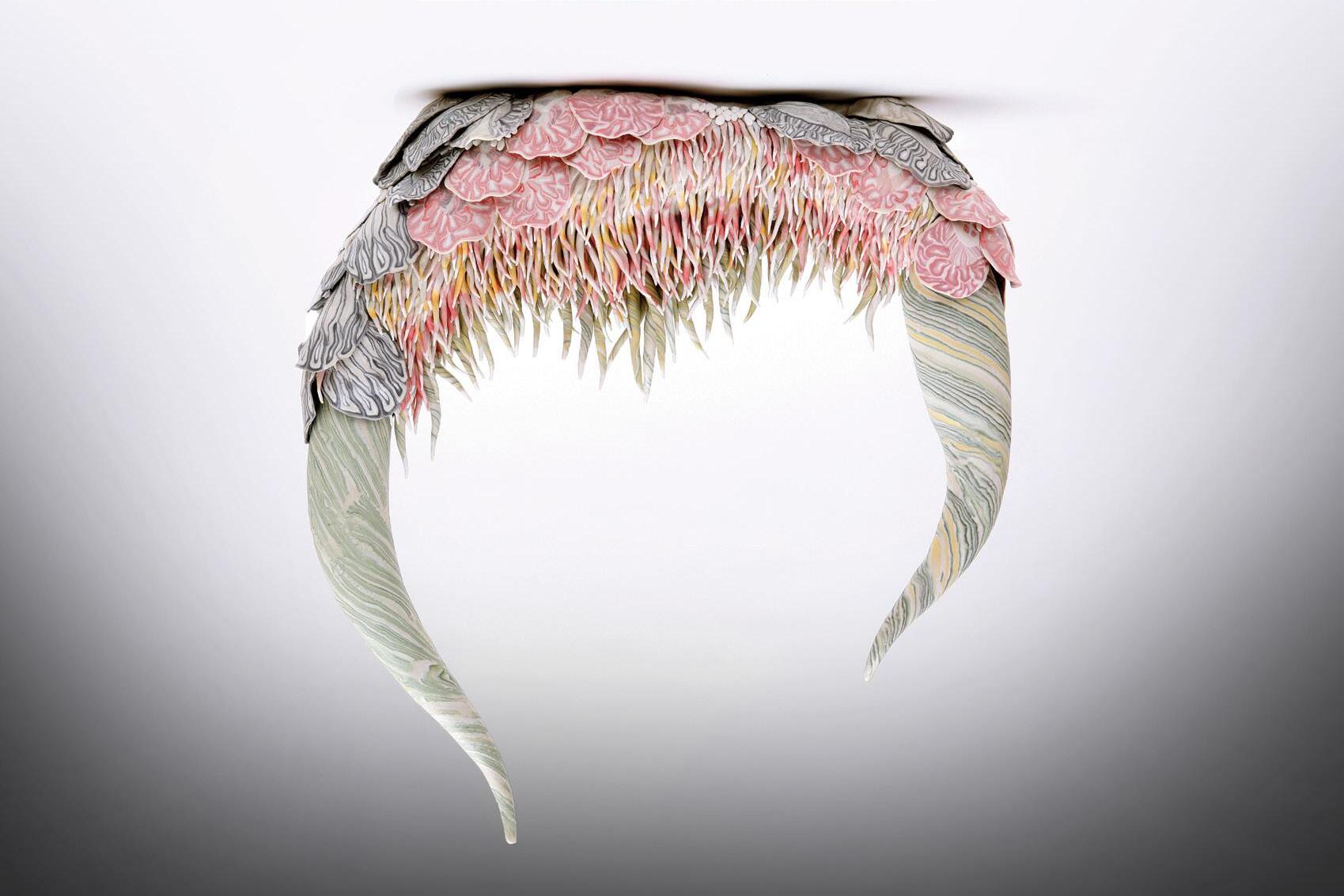









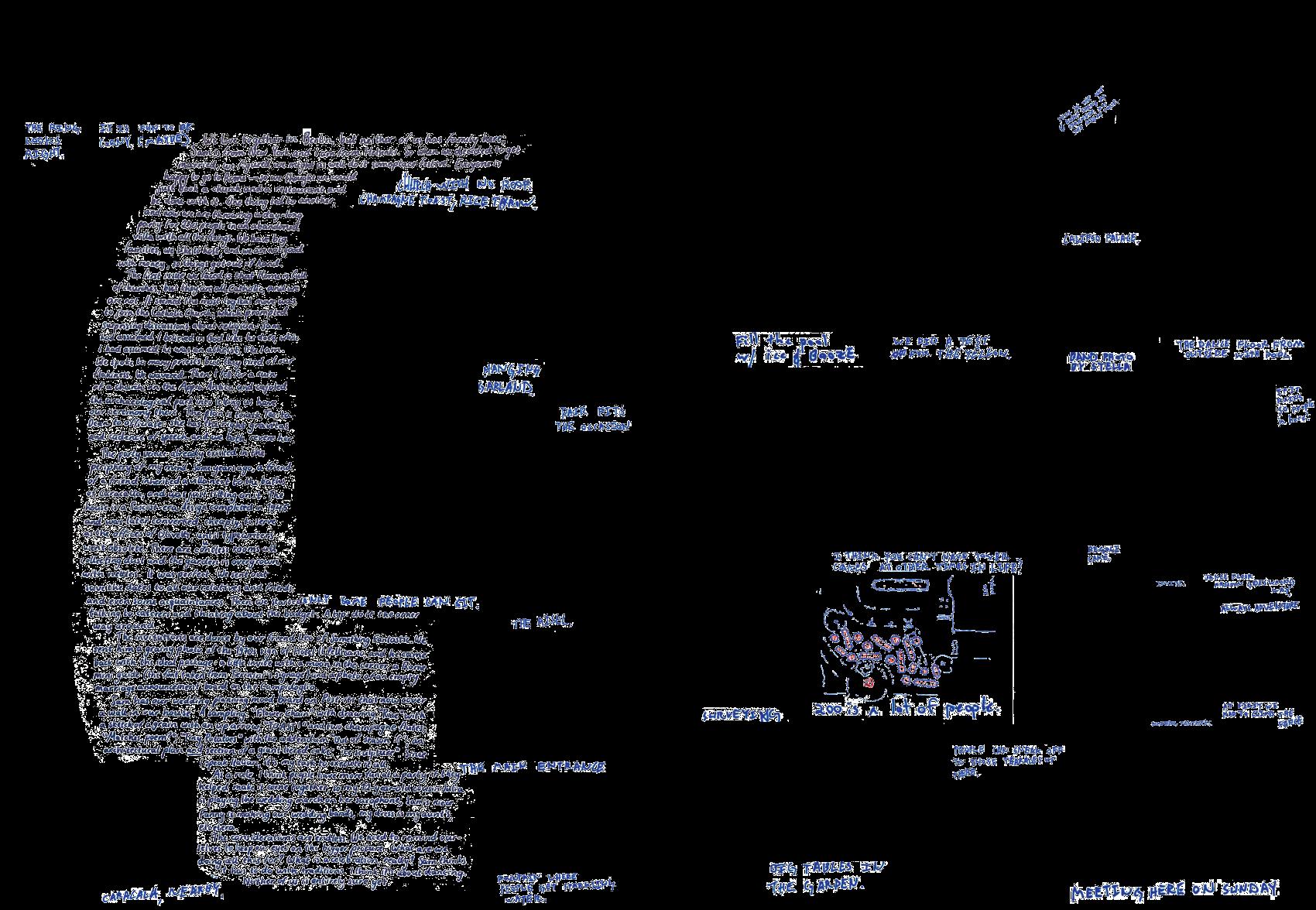




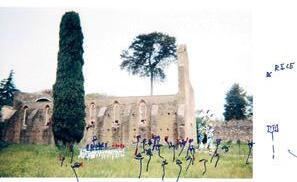
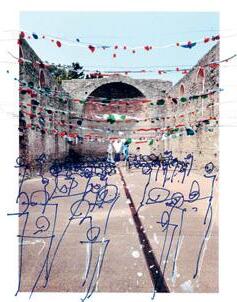




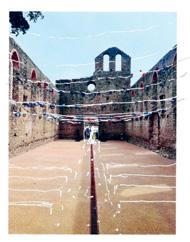
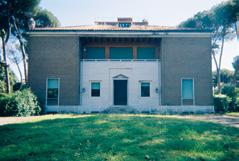
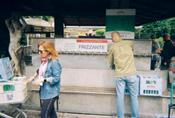








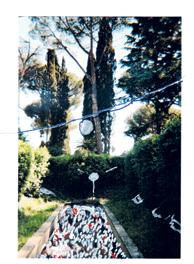
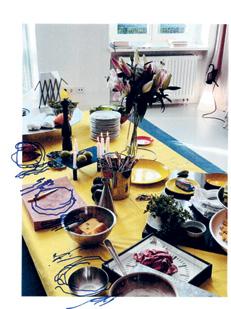







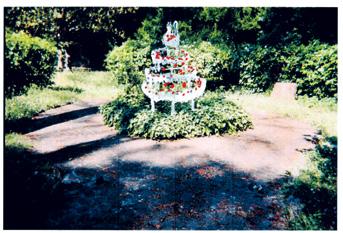


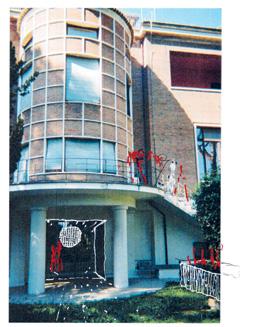

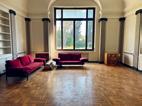

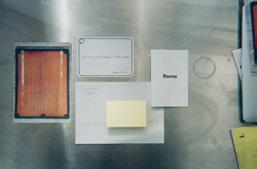

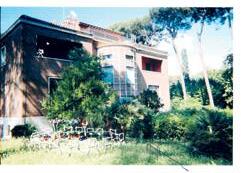


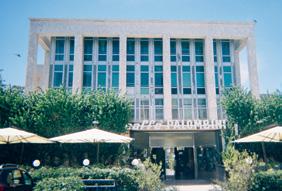
Text and Photography
by Ruba Katrib and Lawrence Kumpf
We have a lot of events in our lives, between Lawrence’s work at Blank Forms, Ruba’s at MoMA PS1, and everything else. Since Blank Forms is close to home, we often end up in our apartment with artists, musicians, and other friends late into the evening. Our house is crammed with thousands of books and records—and counting. The real stars of the apartment are the cats, Maki and Doji, named after the Japanese singers Maki Asakawa and Doji Morita. They regularly join us on the table and otherwise lounge around. We’ve always liked to cook for each other and friends, and the Park Slope Food Coop’s amazing produce and affordable prices make it easy. (The Burgundy cuvées that we like to serve with dinner are another issue). Last summer, we experimented with making ice cream: Cilantro, kaffir lime, and Aleppo pepper is a new favorite flavor.
Our life at home revolves around music and is populated with things that we’ve collected along the way. The sound system features Klipsch La Scala speakers powered by a Marantz 8B tube amplifier, with a VPI turntable equipped with a Hana cartridge running through an Isonoe ISO420 mixer. The system includes other components that we update continuously to fine-tune the quality. We found our 1980s Azeri rug on a research trip Ruba took to the Caucasus when we first moved in. It’s become the tapestry that knits everything in our place together. The giant quartz crystal on the coffee table was bought at an estate sale run by a bunch of hippies on the side of the road in New Mexico in 2018, when Ruba was working on the SITE Santa Fe biennial. We live with some art—mostly works from friends and artists we have some connection to: a print by Victoria Mamnguqsualuk from the SITE show, a stuffed creature from a performance Cosima von Bonin did for an exhibition Ruba organized at SculptureCenter, a gift from Yuji Agematsu, a few Tori Kudo ceramics from a show Lawrence did at Blank Forms, a wedding present from Helen Marten, and a Curtis Cuffie.


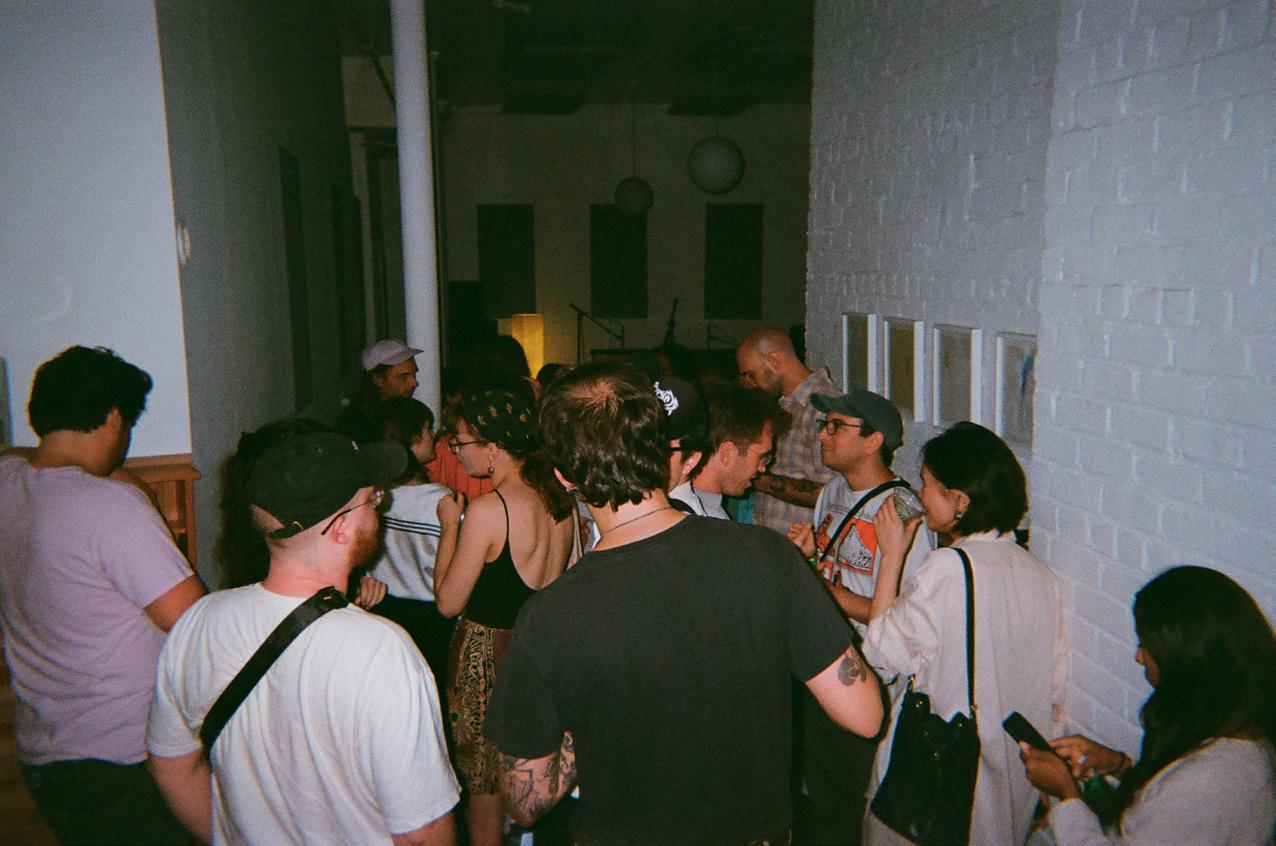
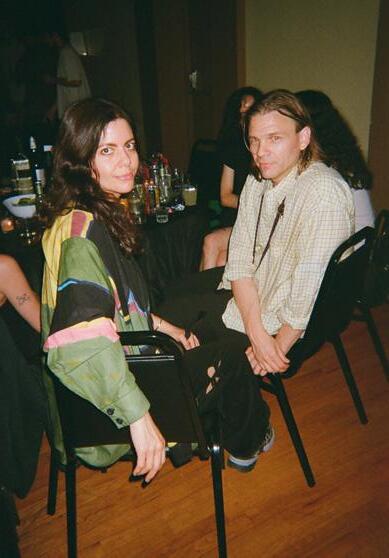
Blank Forms celebrated its ninth anniversary with performances by Dez Andrés, Douglas Sherman, and 7038634357 at the Ukrainian National Home in the East Village—our wedding venue almost eight years ago and our favorite place for parties.
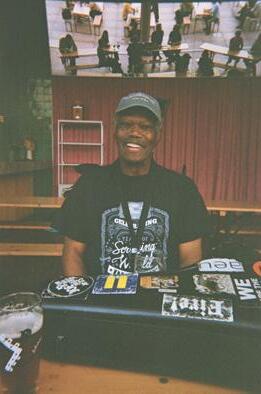

After a launch for Lawrence’s new book, Alien Roots: Éliane Radigue, and listening session at Blank Forms, a few friends came up to our place, where we made lemon tofu and broccoli for dinner, cherry stracciatella ice cream from scratch, drank French wine, and listened to records with cellist Charles Curtis, musician Lary 7, sculptor Yuji Agematsu, curator Robert Snowden, Artists Space Assistant Curator Stella Cilman, writer Eva Cilman, and artists Oto Gillen, Elizabeth Erlanger, and Jeffrey Perkins.
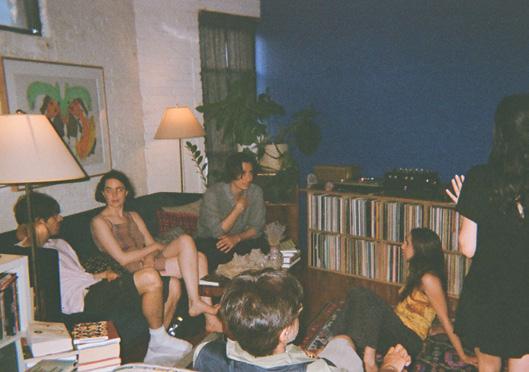
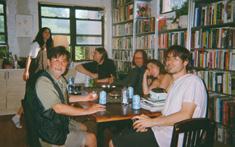



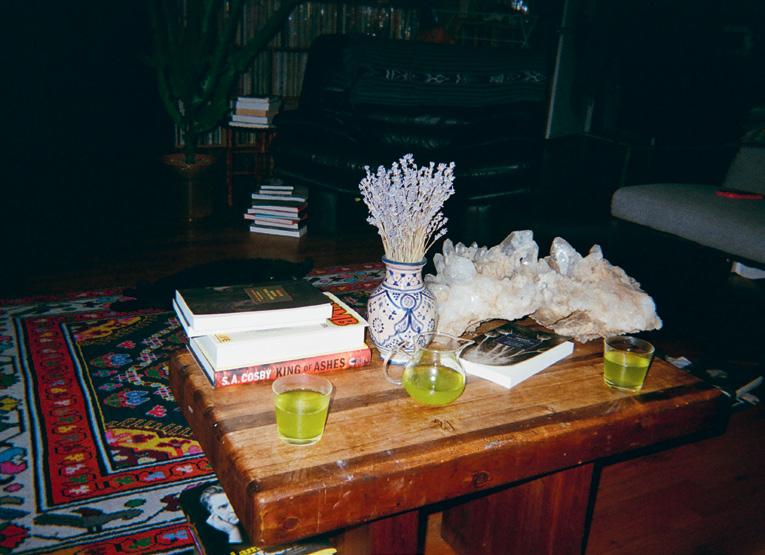

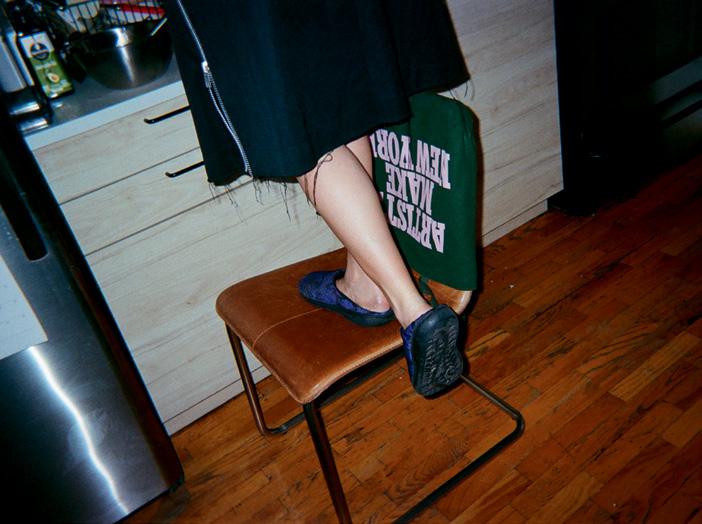
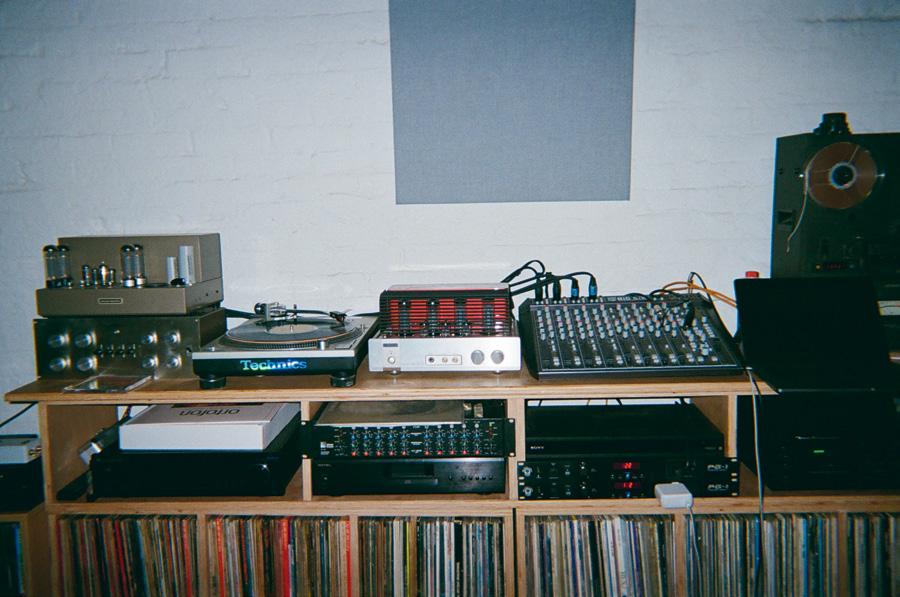





The legendary Asha Puthli came to New York to play SummerStage and we hung out with her throughout the week, culminating in a dinner hosted by our friends Satya Pemmaraju and Vyjayanthi Rao—whose place we seem to be at whenever we aren’t at ours—with our friend artist Christian Nyampeta, Sweety Kapoor visiting from London, and Satya and Vyjayanthi’s son, Sunder. Vyjayanthi is an incredible cook; they also love fine wine and Caffè Panna ice cream.
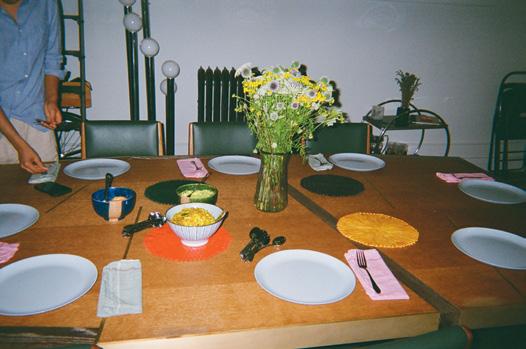
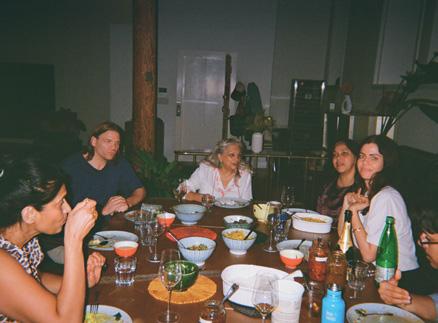

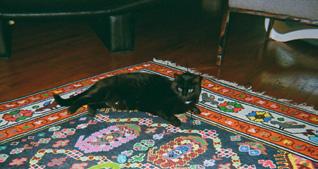

----BLANK FORMS ANNIVERSARY PARTY---EYE CONTACT - 7038634357
PERFECT NIGHT - 7038634357
FLIPWOOD MAC - ANDRÉS REALITY - ANDRÉS

WHAT WOULD YOU DO? (TWO SOUL FUSION REMIX)DAMES BROWN FEAT. ANDRÉS & AMP FIDDLER HOUSE PARTY - FRED WESLEY WATER (VANCO EDIT) - TYLA
-JOE MCPHEE AND TCHESER HOLMES AT BLANK FORMSNATION TIME - JOE MCPHEE COLORS IN CRYSTAL - JOE MCPHEE & JOHN SNYDER
------HOME HANG------
SPECIAL REQUEST TO ALL NOTCH - JUNIOR KAHDAFFIE BAFFLIN SMOKE SIGNAL - LEE PERRY



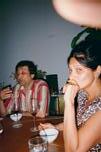

ADDIS ABABA DUB - BULLWACKIES ALL STARS ZIMBABWE - MILES DAVIS MAGGOT BRAIN - FUNKADELIC STOP THE CLOCK - JACKS ECLIPSE - ERIC DOLPHY
ODE TO CHARLIE PARKER - ERIC DOLPHY WITH BOOKER LITTLE
GOD MUST BE A BOOGIE MAN - JONI MITCHELL CARAVAN - THE ENSEMBLE OF SEVEN SLEEP - CHARLES CURTIS MAY 99 - CURTIS, LICHT, ROBERTS
BOKUTO KANKŌ BUS NI NOTTE MIMASENKADŌJI MORITA MY MAN - MAKI ASAKAWA
----GRAHAM LAMBKIN AND LAURA ORTMAN---POEM (FOR VOICE & TAPE) - GRAHAM LAMBKIN LIMP TEST - GRAHAM LAMBKIN


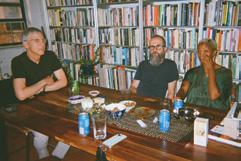
Our neighbors Ari Marcopolous and Kara Walker came for dinner, this time with Charles Curtis. The homemade ice cream failed :( Then, a couple weeks later, musician and artist Graham Lambkin was in town and performed with Laura Ortman in an experimental improv set that packed Blank Forms. Afterwards, we mingled in the street before making a run to Mr. Kiwi for some Amy’s frozen pizzas and to Leon & Son for some bottles to serve.
GROUND CONTORTIONS ROOTED SINGS GREEN - LAURA ORTMAN
PUT THE MUSIC IN ITS COFFIN - THE SHADOW RING
------ASHA PUTHLI------
WHAT REASON COULD I GIVE - ORNETTE COLEMAN
AIN’T THAT PECULIAR - PETER IVERS GROUP MY ROCK - HENRY THREADGILL SEXTETT
FLYING FISH - ASHA PUTHLI
FALL-OUT DUST - ASHA PUTHLI
LATIN LOVER - ASHA PUTHLI
RUBA’S CILANTRO ICE CREAM
INGREDIENTS:
1⅔ cups milk, 1⅔ cups cream, 1 tbsp date syrup, ¾ cup sugar, ¼ cup milk powder, ¼ tsp salt, 1 cup cilantro, ½ tsp kaffir lime powder, ½ tsp Aleppo, 2 tbsp olive oil
STEPS:
[1] Heat milk, cream, syrup to 180°F.
[2] Whisk sugar,milk powder, salt –> add to milk.
[3] Stir in cilantro, lime, Aleppo, oil.
[4] Blend –> strain –> chill –> churn.
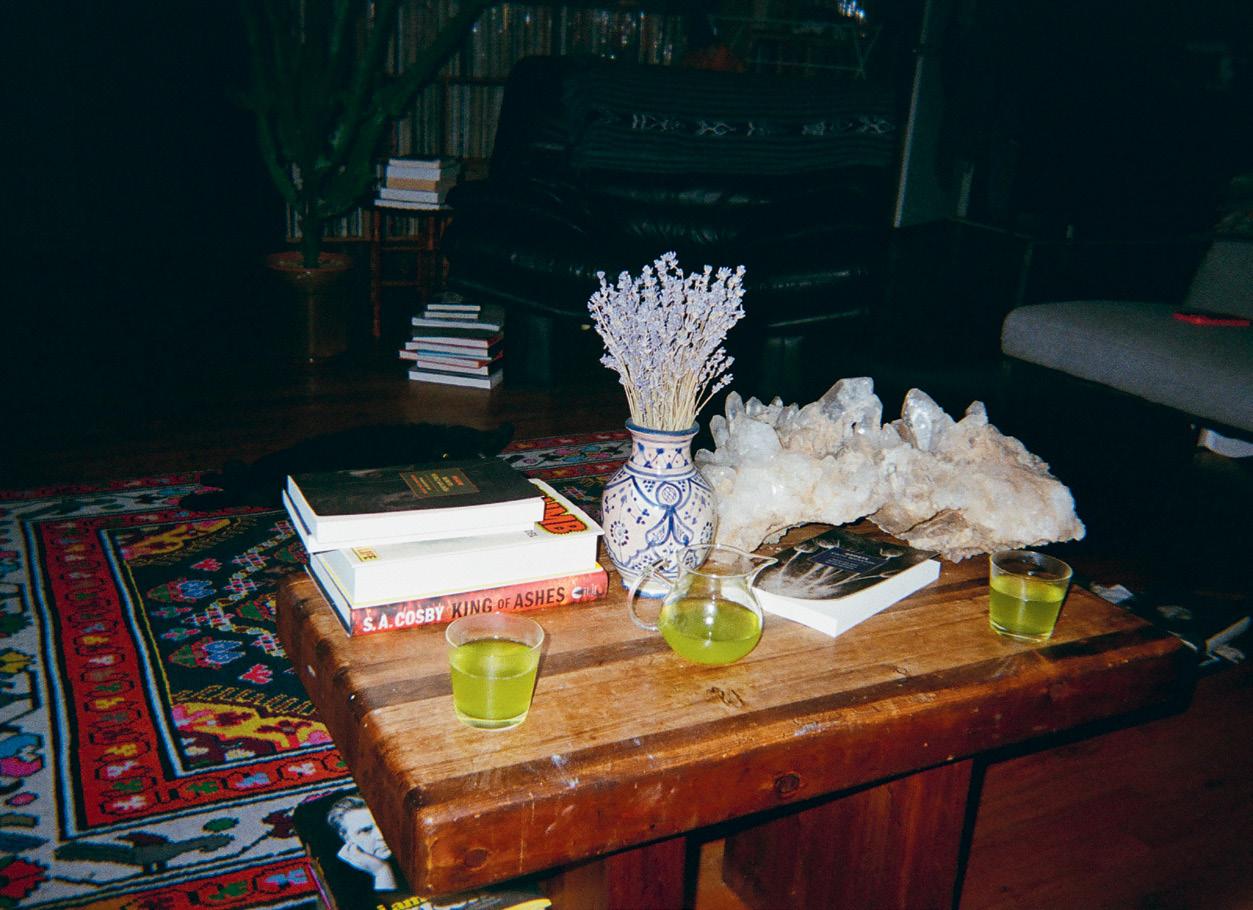
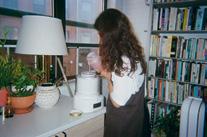
Danish glass artist Helle Mardahl presents an array of hand-blown delicacies.
Text by Karly Quadros
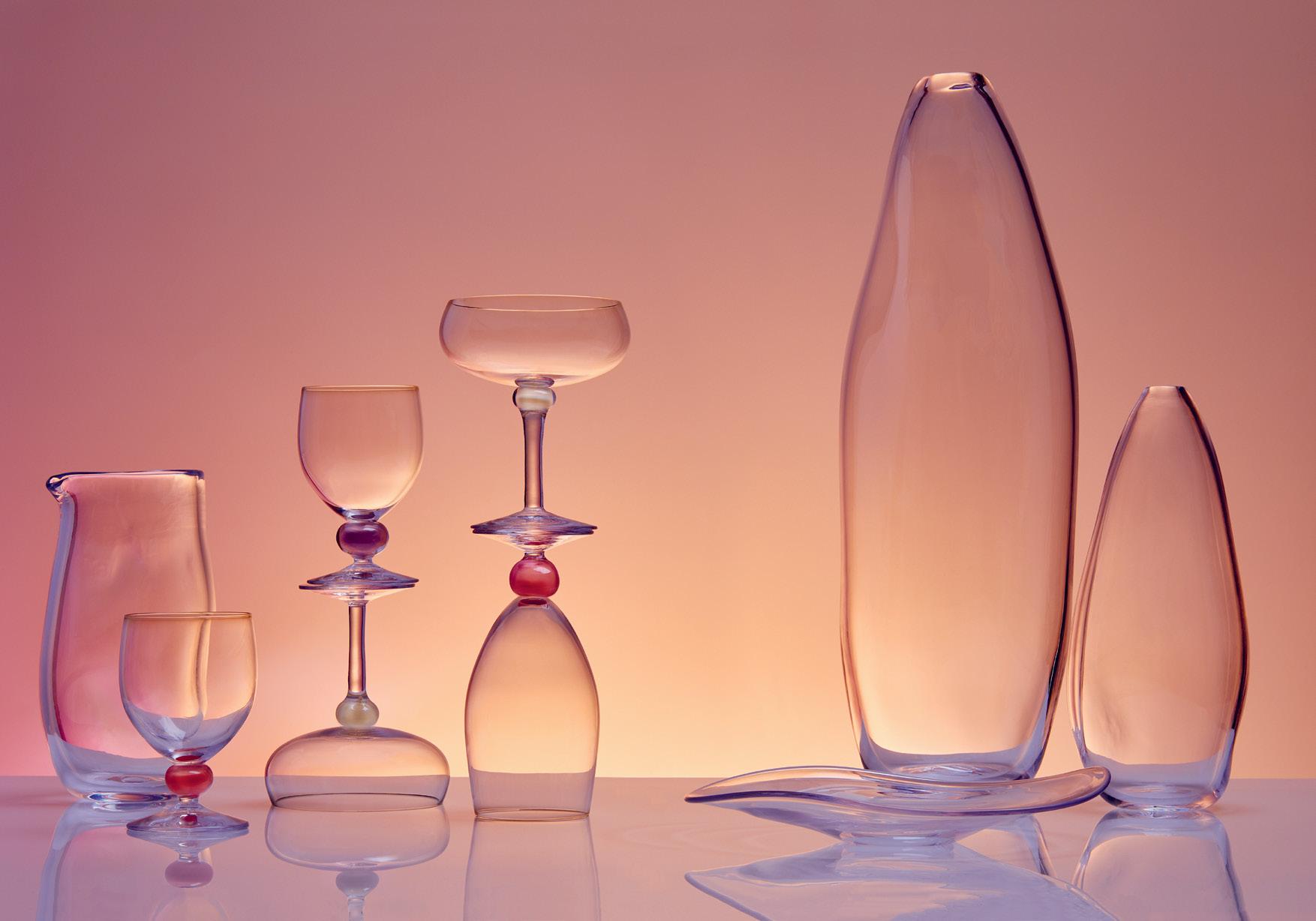
Since opening her hand-blown glass studio in 2017, Copenhagen-based designer Helle Mardahl has garnered international attention for her juicy contours. Her latest collection for DWR is an ode to the beauty of contrasts, drawing from her heritage and the design sensibilities of her father, an architect, to distill a confectioner’s fantasy into something more elemental: “I often bring in bold colors and organic, imperfect shapes,” she says, “But this collection gave me the chance to explore a more minimalistic language.”
Mardahl’s array of elliptical barware, petal-shaped serving dishes, vases, and pendulous lamps evoke a languid, late-summer dinner party. The collection’s palette, developed exclusively for DWR, recalls a similar sweetness with shades of rhubarb, plum, coconut, and creamy melon. “We were drawn to tones with warmth and depth—colors that feel timeless, soft, and quietly sophisticated,” says Mardahl. The result is a delectable convergence of Scandinavian and American design traditions.

Recently, I went to see the play Purpose with a friend. This friend, another Black writer, had asked me along because he sensed I might have something to say about the play—its subject a Black political family contending with its legacy after the eldest son returns from a white-collar prison. Before it even began, as we took our seats in the dimming theater, I looked up at the set and knew it was going to be good. The set was not elaborate. Rather, it was the specifcity of the details—vaguely West African masks and tapestries hanging on the warm walls, portraits of Martin and Barack shaking hands with the play’s fctional patriarch—that made me feel instantly, eerily, at home.
My mom had a penchant for African prints. Our barkcloth-inspired couch was topped with Bogolan blankets, and everywhere was evidence of my parents’ travels to the continent: rugs from Moroccan souks, beaded Baluba masks, and paintings of women holding jugs atop their heads. But when my dad became president of Morehouse College in 2007 and my mom oversaw a redesign of the president’s residence, these proclivities were pared back: The West African prints were limited to throws atop neutral-colored couches, and the walls were hung with various photographs of my father, shaking hands with civil rights icons and Black power brokers, along with stoic portraits of each of my parents, much like the ones in Purpose. These design choices communicated a notion of “taste” that was distinctly Black—evincing pride in African American history yet muted enough to be palatable to the celebrities and donors (of all races) who passed through. Throughout my high school years, that house seemed strange to me: sterile and alien, set dressing to a life where my parents wore a public face, uneasy symbols of what is sometimes called “Black excellence.”
In popular culture, I have rarely seen the world of the “Black bourgeoisie” rendered with nuance. I’ve felt fashes of recognition, though few, here and there: reading a well-observed anecdote about a Jack and Jill meeting in Margo Jeferson’s Negroland, or cackling at a cutting joke in the “Juneteenth” episode of Donald Glover’s Atlanta. But in the last year, I’ve noticed a surge in depictions of that milieu. From the Met Gala and accompanying exhibition “Superfne: Tailoring Black Style” to Ralph Lauren’s Oak Blufs capsule collection, there seems to be a renewed interest in defning an aesthetic of Black wealth and glamour. I’m not sure what this reveals about the zeitgeist—perhaps nostalgia for the Obama-era image of Black excellence, or simply that age-old interest in ogling the elite, made more palatable when fltered through the language of “representation”—but I often fnd myself parsing these images for meaning.
Novelist ROB FRANKLIN surveys the interior design language of his youth, tracing its evolution, impact and contemporary resurgency commanding attention across media culture.
by the show’s plans for the Todd Wexleys, a Black couple in the York-Goldenblatt cinematic universe. Given that this latest iteration of the Sex and the City franchise relies so heavily on the popcorn pleasure of designer clothes and elegant interiors, its interest in forging a visual language of Black glamour strikes me as no small thing. Lisa Todd Wexley’s personal style is characterized by bright collisions of maximalist prints and jewel tones, sometimes supplied by young Black designers like
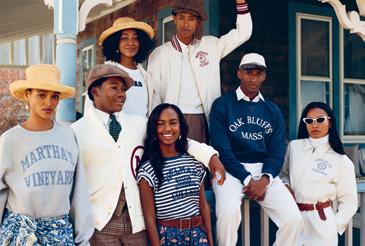
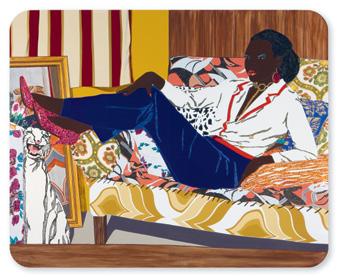
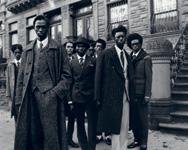


As an eager (if often-disappointed) viewer of HBO’s And Just Like That…, I’ve been intrigued from the frst season
Charles Harbison and Christopher John Rogers. But perhaps the most lived-in aspect of the entire show is the Todd Wexley apartment: an otherwise generic penthouse adorned with works from the Black contemporary canon. Early on, art consultant Racquel Chevremont and the writers decided that the husband, Herbert, would collect photographs, while “LTW’s” focus would be fgurative paintings of Black women. Observing the resultant collection, I notice a tension—the somber respectability of an iconic Gordon Parks photograph from the ’50s jux-
taposed with the audacious, Swarovski glamour of a portrait by Mickalene Thomas—that echoes the family’s dynamics. Indeed, some of the show’s most striking scenes involve Herbert’s mother, Eunice, swanning in wearing her AKA colors, shading LTW’s taste while ofering some old-school lessons in Black respectability (“We never surrender our dignity!”). The family’s interiors hold a mirror to its interiority: an ever-present push-pull between humility and extravagance, respectability and liberation.
Wandering the Met’s “Superfne” exhibition a few months ago, I had a similar thought. The exhibition not only documents a history of Black American style, it probes it for political meaning. Clothing and consumerism, the exhibition catalog notes, indicate “wealth, distinction, and taste”—a performance that
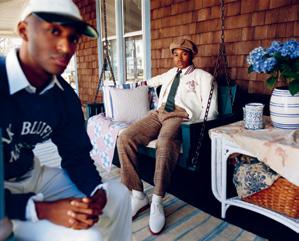
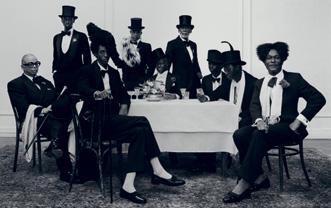
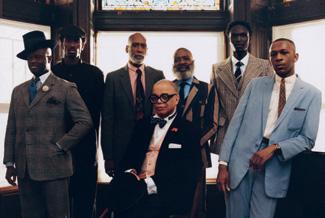
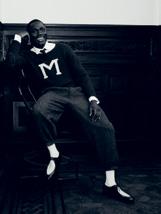
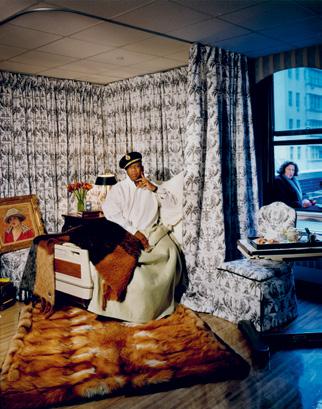

can be
as in
But can it also be a prison? Looming over the exhibition is the larger-than-life specter of André Leon Talley, a man known not only for his dandyish dress but for his perch at the top of high fashion’s precarious ladder—a position defned by its solitude and instability, or as Hilton Als put it in his 1994 profle of Talley for The New Yorker, “the only one.” Style cost Talley, as did solitude. In attempting to “live up to the grand amalgamation of his three names,” Talley died in debt, leaving behind heaps of silken scarves, gold brocade caftans, and six Prada crocodile coats. Even in an exhibition that venerates his contributions to American style, I found it hard not to see Talley’s as a cautionary tale—the compulsion to perform himself, and to embody an ideal of Black glamour and excellence, as his undoing. In defning the aesthetics of Black glamour, certain anxieties—around presentation and afect, and how these impact one’s position in the world—slip into frame. Onstage, the “Jasper family” (whom critics have been quick to note closely resembles Jesse Jackson’s) struggles to reconcile its public face with the complexities of its human interior: the criminality, mental illness, and queerness of the sons. Their home—with its self-conscious mix of signifers of “good taste” recognizable to the white world and prideful nods to Black culture and history—bears the strain of that struggle. And in that strain, I saw myself. Late last summer, I received an invitation to celebrate the Ralph Lauren Oak Blufs collection, part of the brand’s ongoing collaboration with Spelman and Morehouse Colleges, and named for a historically Black section of Martha’s Vineyard where I sometimes vacationed growing up. Curious what this brand, synonymous with Americana, had to say about Black style, I scrolled through the collection online, pausing when I spotted a familiar phrase on one of the shirts. It said “The Five Wells,” a reference to an idea conceived by my father during his tenure as Morehouse’s president: a Morehouse man, or a Black man in general, should strive to be “Well Dressed, Well Spoken, Well Read, Well Traveled, and Well Balanced.” Briefy, I considered what it would mean to purchase the shirt, wearing on my exterior a mantra that, throughout my awkward adolescence, was repeated in my household daily—a paean of Black excellence, an ideal to strive endlessly towards, that I often found oppressive. Would it be a reclamation, or an ironic gesture, to wear this on my skin? I hovered over the purchase button for a while, wondering.
Berlin-based architecture writer and curator Carson Chan picks the essential design books of 2025.
We are living in a time when so much of what we see online is fake, and so much of what is real is terrifying. Within these books, you’ll find companions in thought—people who make sense of the past, offer paths forward, find wonder in fugitive moments, and embrace small pleasures. They remind us that to create, design, and imagine is among the most meaningful work we do as human beings.
Text by Carson Chan
Campania: Recipes & Wandering Across Italy’s Polychromatic Coast
Edited by Belmond Apartamento
Synthesis
Mari Katayama Self Publish, Be Happy Editions
Cooking Up Dinner Speeches: Ise Gropius in Japan
Edited by Almut Grunewald gta Verlag ETH Zürich
Draw
Kenya Hara
Lars Müller Publishers
Furnishing Fascism: Modernist Design and Politics in Italy
Ignacio G. Galán
University of Minnesota Press
Inside the New Shopping Bag: Susan Bijl 25 Years of Thoughtful Design
Susan Bijl
NAi010 Publishers
Monumental: How a New Generation of Artists is Shaping the Memorial Landscape
Cat Dawson MIT Press
A Moratorium on New Construction
Charlotte Malterre-Barthes
Sternberg Press
Visiting: Inken Baller & Hinrich Baller, Berlin 1966–89
Edited by Urban Fragment Observatory Park Books
Walking Sticks
Edited by Keiji Takeuchi and Marco Sammicheli
Lars Müller Publishers
It’s probably because Berlin, where I’ve been spending summers, has been rainy all season, but poring through Apartamento’s new book filled with recipes from the Caruso hotel on the Amalfi Coast and luscious photos by Lea Colombo is a great way to spend a drizzly afternoon on the couch.
This spellbinding collection showcases recent photographs by Mari Katayama, whose multimedia practice continues to explore identity as something selffashioned and constructed. In these images, Katayama poses among the carefully arranged chaos of objects on the verge of coherence, accompanied by her sewn sculptures and handcrafted prosthetic limbs, which draw deeply from her experience as an amputee.
In the spring of 1954, Ise Gropius went to Japan with her husband, Walter, the famous architect. This book is her travelogue, detailing their private and professional meetings and the places they visited as they worked to establish and intertwine their legacy together with that of modern architecture.
Taken from more than four decades of sketches, this book collects drawings from one of the world’s most beloved living designers (most of us know him for his work as art director of Muji). Here, the illustrated thoughts of a designer are offered up for our contemplation.
The rise of fascism in Italy between the two world wars also saw the expansion of the country’s interior design and furnishing industries. Featuring protagonists like Gio Ponti, this prescient and incisive book takes a scholarly look at how we can read the evolution of political ideology in everyday objects.
Twenty-five years ago, Dutch designer Susan Bijl aimed to design the single-use plastic bag out of existence. This didn’t happen, but we do have her iconic twotoned bag that has become a design staple. This book traces the community that has emerged around the bag, detailing the lives of people from Rotterdam to Kyoto who have embraced Bijl’s design.
Monuments have been toppling as the world slowly and painfully decolonizes. Academic Cat Dawson examines how the role of monuments in the USA has shifted through a deep dive into recent art practices that have redefined what a monument is. Featured artists include Kara Walker, Lauren Halsey, and Marc Bradford.
The building sector accounts for 40 percent of the world’s yearly greenhouse gas emissions. Architect and educator Charlotte Malterre-Barthes points out the obvious—let’s stop building. The book spells out what she thinks we should do instead.
Anyone who has spent time in Berlin will have come across one of Inken and Hinrich Baller’s idiosyncratic buildings. From amidst the Neoclassical, the Postwar, and the Industrial, the Ballers present whimsy, fantasy, and ornament in some of the most thought-out, considered, and spatially sophisticated German buildings of the last century.
The catalog to Milan-based Japanese designer Keiji Takeuchi’s exhibition in the Milan Triennial presents the newly commissioned designs of a loaded personal object. Through the walking stick, designers like Maddalena Casadei, Pierre Charpin, Ville Kokkonen, Jasper Morrison, and Jun Yasumoto grapple with issues like aging, personal space, fashion, and ceremony.
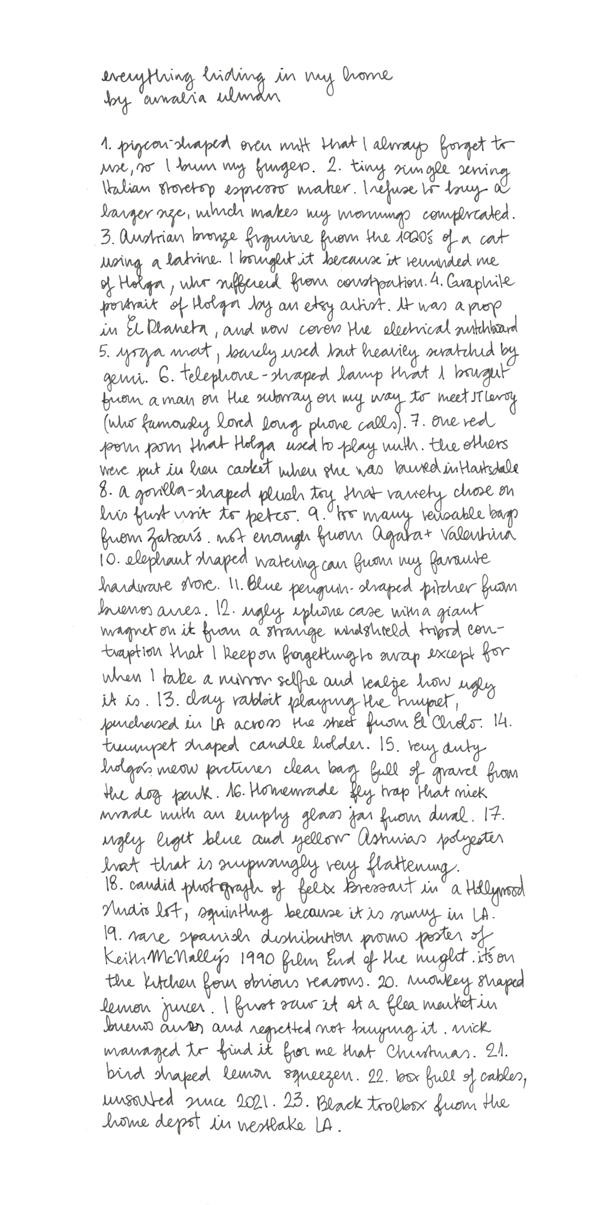
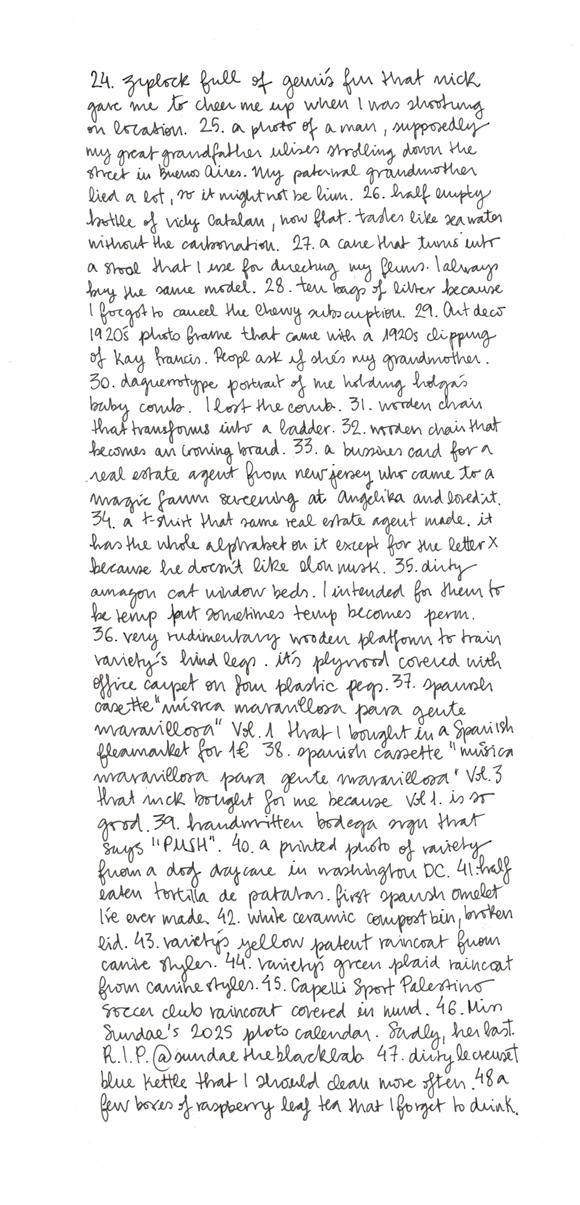
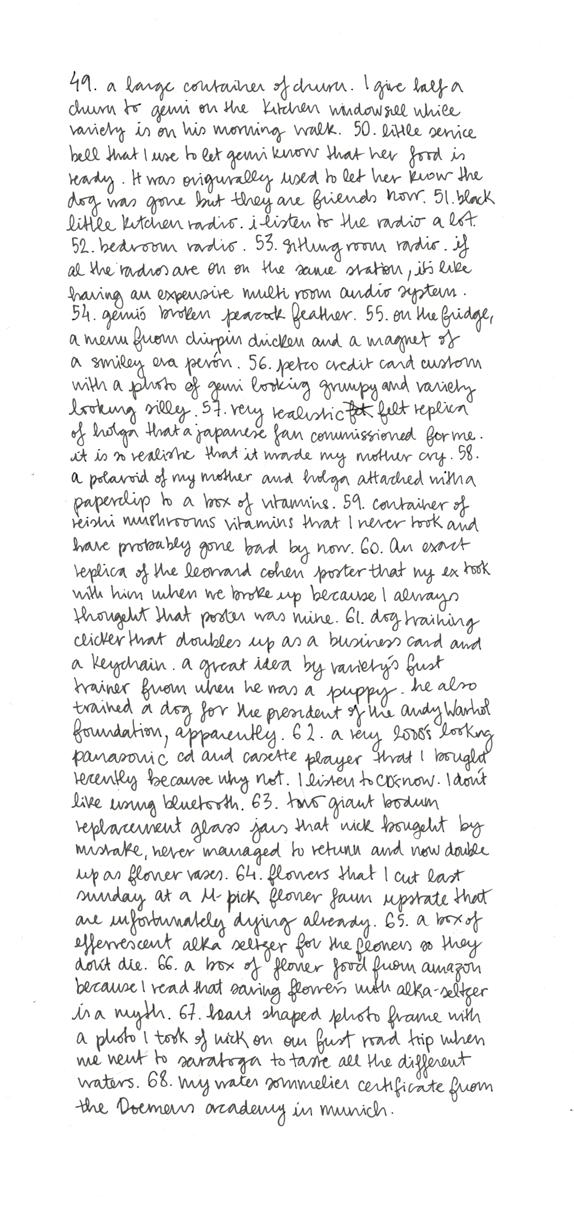

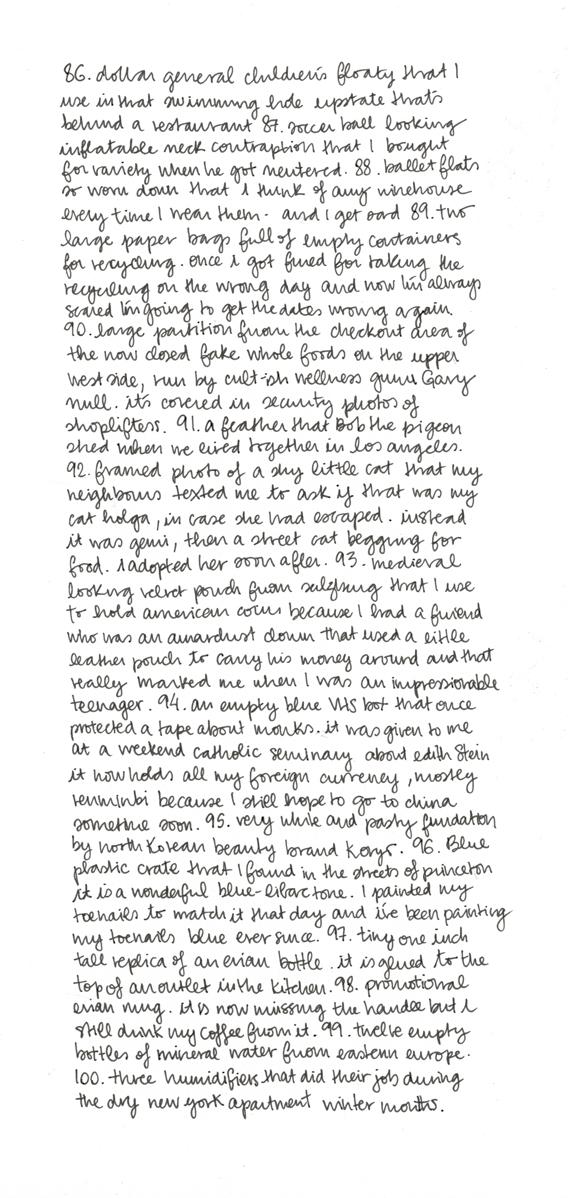
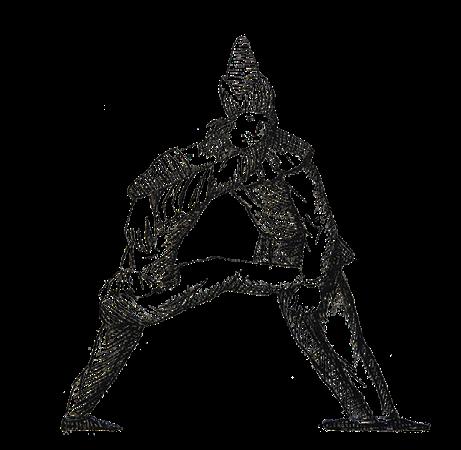
Text by Durga Chew-Bose

Another world exists alongside the one full of meetings and deadlines. It’s alive with tiny totems and miraculous discoveries. It’s ruled by a de!ance of time and need. The writer and !lmmaker Durga Chew-Bose ventures in.

, 1904.

to bottom: Illustration from R. Shugg & Co. New York, Mister Fox , 1879; Illustration by Charles Copeland from Carlo Collodi’s The Adventures of
!gurine propped against the fruit bowl. I remember watching the wooden nose of a Pinocchio doll (we have a collection) grow before my very eyes as the sun slipped behind a cloud. Cartoon eyes proliferate, googly and abundant; a u y tail pokes out from beneath a cushion; a lone puzzle piece drifts aimlessly, free of context.

have grown accustomed to my son’s little testimonies of play and chaos, like his “bad guys” (Cruella, Scar, Gaston), his sculptures (two rocks and a Lego brick balanced on a Brio train), or his “caves” (anything inside of anything else). I’ve found myself, as time passes, prone to how they slow my day, easing o the edges. How their fanciful scale—the smallness of a doll’s brush or a cluster of colorful dice sitting on our bookshelf—reorders my urgencies. Imagine being late for something, only to !nd a Moomintroll in your shoe. Imagine lifting the lid of a saucepan and discovering that it’s already occupied by an ear of plastic corn and a plush watermelon. Imagine arriving home after a long day and encountering a barricade: three toilet paper rolls taped to a broom handle and balanced across your hallway. “Climb under! Quick! Or else they’ll get you!”

They who? It doesn’t matter. ost of all, my son’s trail of things has created a secondary world that lives alongside mine. If my preoccupations seem pressing, his are sprawling—well beyond the practical, plumbing depths I’m not meant to understand. These are his altars: his love of stones, his pile of Paw Pa trol, his baskets !lled with “soup.”
That’s his shoehorn (which he of ten sleeps with), his crown (anything he puts on his head).
There are phases when he carries his metal harmonica with him for hours, toasty in his palm. When he is at daycare, I catch myself placing it near our front door so he can grab it !rst thing. The harmonica feels a little lifeless, cool to the touch, anticipating his return.
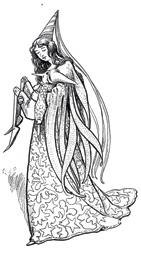
That’s what I love most about my son’s stu . It waits around for him.
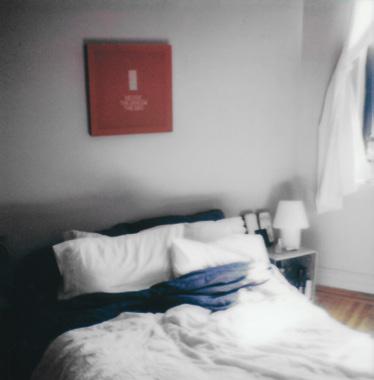
Text and Photography by Jarrett Earnest
One writer’s coital encounters have offered him privileged access to bedrooms across New York. The writer considers the intimacies and implications of the art he’s seen hung on their walls.
One of the best things about being a slut, aside from the obvious, is the excuse to go into strangers’ homes. I have friends in New York—very dear ones I’ve known for years and years—whose apartments I’ve never seen. I guess there’s just a culture of meeting out, at events in the world. Or maybe their place is small or messy or uncomfortable to host in, or doesn’t align with their persona, or they are secretly a pet hoarder, or they actually live in Hoboken… the possibilities are endless.
In contrast, over the past 15 years I have inspected at close range many anonymous bedrooms (and living rooms, bathrooms, and hallways) across the city, thanks to a horniness that transcends both boroughs and social milieu. Upon arriving, I’m mostly oblivious to the fner points of decor, beyond making sure there are no visible signs of sociopathy—you know, like overhead lighting (I’ve always said, “If you go into a fag’s apartment and they have overhead lighting—don’t fuck ’em!”). After getting off, I start looking around. The stuff that’s there and how it’s all arranged shapes a little narrative about who this person I just fucked is. I enjoy this part almost as much as the sex, getting privileged access to another’s reality. At points it’s felt like the kind of observational work you might do if you were a novelist, which I am not. Instead, I write about art.
Most people don’t have the kind of art found in a gallery or museum that you’d get to write about for a magazine. But you can tell a lot from what people hang on their walls, whether it’s a Juliana Huxtable poster (hot!—designer furniture salesman) or one for an animated Miyazaki movie (fun!—kindergarten teacher) or a wooden plaque engraved with “A Cowboy’s Prayer”: Two things I love most / good horses and beautiful women / and when I die I hope they tan this old hide of mine / and make it into a ladies riding saddle / so I can rest in peace between the two things I love most (hot and fun!—hair colorist). Three recent examples, all encountered in bedrooms fanking the southeastern edge of Prospect Park last spring.
There was one daddy in a tiny East Village bedroom with blood-red walls; over the bed was a real Warhol, a nude male seen from neck to mid-thigh. He said he bought it for a song at auction in the late 1980s when there was no market for Warhol and nobody wanted work with a big prominent dick in it. How times have changed. (Turns out he’s a famous theatrical costume designer.) I remember fucking another guy in Crown Heights who had a wonky 1970s batik-ish wall hanging over his bed—not bad but also not particularly striking. Looking up in a postcoital haze, I asked, “Did your mom make that?” He looked
freaked out and asked me how I knew. I brushed it off nonchalantly, saying I just guessed, but the real answer is that it was totally incongruous with the room’s grayed-out modernist “good taste.” The place was everything this amateur textile creation was not, which meant it was probably there for sentimental reasons. (For the record, he is a therapist.)
Over my own bed lately is a knitted textile on 20-inch square stretcher bars. When the sun comes through the window, the material is just sheer enough to make out the silhouette of the bars beneath. It was made by the writer and artist Patrick Carroll, who creates everything from shift dresses and thongs to wall works with a knitting machine, materializing cryptic bits of found text into tactile form. Against a reddish ground, this one reads “BESIDE THE WINDOW THE BED” in pale pink thread. Centered over the text is a narrow rectangle of pale blue, with a smaller, thicker, bluer rectangle at the bottom, so that the shape can be read as signifying both the window and the bed.
The line comes from one of my favorite poems by the gay Alexandrian poet C.P. Cavafy called “The Afternoon Sun” (1919). The narrator returns to a room that had once been the site of a passionate affair; now it’s empty, for rent as an offce. He describes what used to be there: The couch was here, near the door, / a Turkish carpet in front of it. / Close by, the shelf with two yellow vases. / On the right—no, opposite—a wardrobe with a mirror. It’s something we recognize immediately and do all the time, recalling the interior of rooms where important things happened to us, as though the precise arrangement of domestic objects was not only a witness, but a participant, as if its perfect reconstitution might arrest if not reverse time. They must still be around somewhere, those old things, the poet says in a daze.
Art in bedrooms is a special subset of art in domestic spaces. It accommodates a different kind of looking—the frst and last thing you see on either side of sleep, in the periphery when fucking, talking late into the night, cuddling. By the nature of its placement, art that goes over the bed always somehow
relates to the unconscious, to desire, to fantasy, and to dreams. My spouse and I painted the walls of our bedroom a shade of soft purple called “Violetta.” At different times of day it appears lilac, then tawny, then gray. All kinds of exceedingly specific stuff is stashed about—books in piles along the foor that don’t ft in the bookcases that cover two of the walls, a couple plastic Sonny Angels (one with a tomato head and the other cherry blossom), a little plaster fgurine of Mary Magdalene covered with hair, a Thornton bentwood chair with a broken seat, a handmade chart of every shade of Crayola crayon pinned to the wall over the desk. On the steel cube bedside tables are a pair of thick clay bricks glazed like Delftware (to be used as a weapon in the event of a home invasion), a sage dreamcatcher, bottles of French perfume, and silicone lube. Try and fgure that out, I think, imagining an outsider attempting their own interpretation of our stuff. Who are these people? (One answer: a writer and a poet. Also: a married couple. Also correct: sensitive weirdos.)
The art hanging over our bed reminds me how much we exist in that space between: the world of beyond the window, the public self; the inner space of the bed, the physical body; the mind roaming between both. I think about the importance of the interiors we create to stage that life, and how the furniture, paintings, photographs, and rugs are a part of it—not only saying something about us, but in real ways making up who we are. I wonder what our various lovers, strangers and otherwise, make of “BESIDE THE WINDOW THE BED,” if they recognize the reference or gather their own meaning from the straightforward but enigmatic phrase—to date, none have ever mentioned it. Maybe they assume it’s something my mom made and leave it at that.
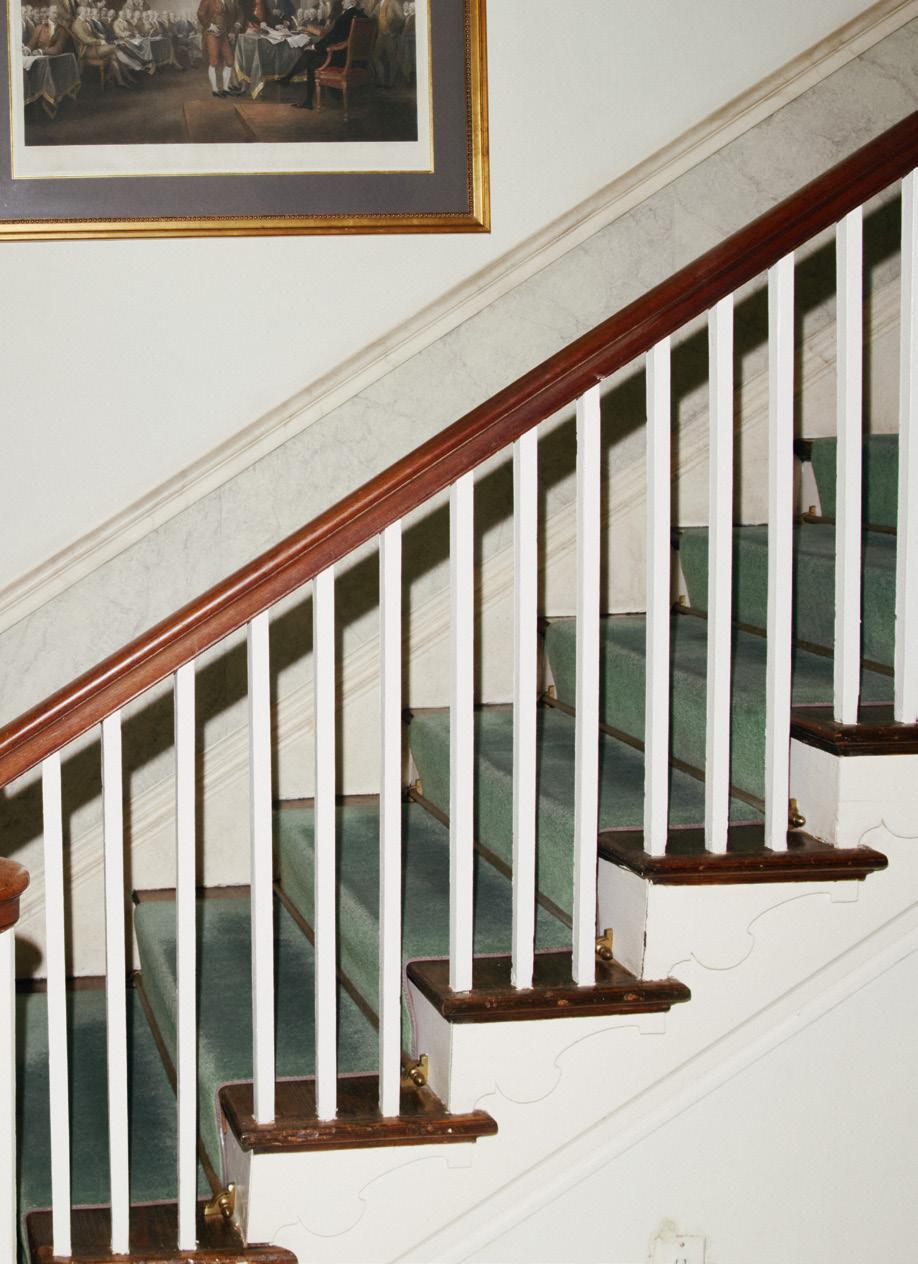
The people featured here— from DC power brokers to Tunisian craftspeople—are designers at grand and intimate scales. Whether through their mastery of social architectures or ancient dyeing techniques, their practices shift how we move through the world and what we see in it.


Designer Carlos Soto leads a new wave of agile auteurs reprogramming cultural experience.

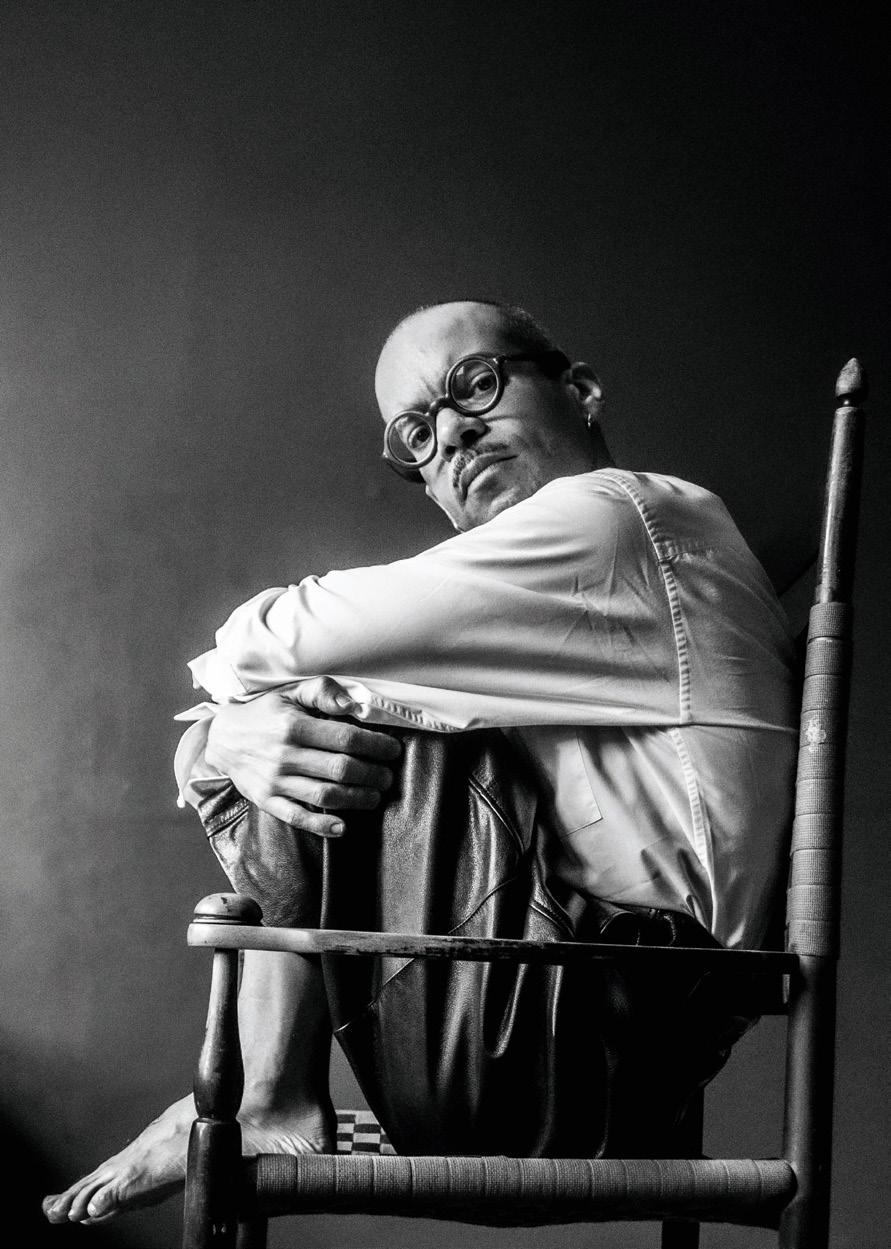
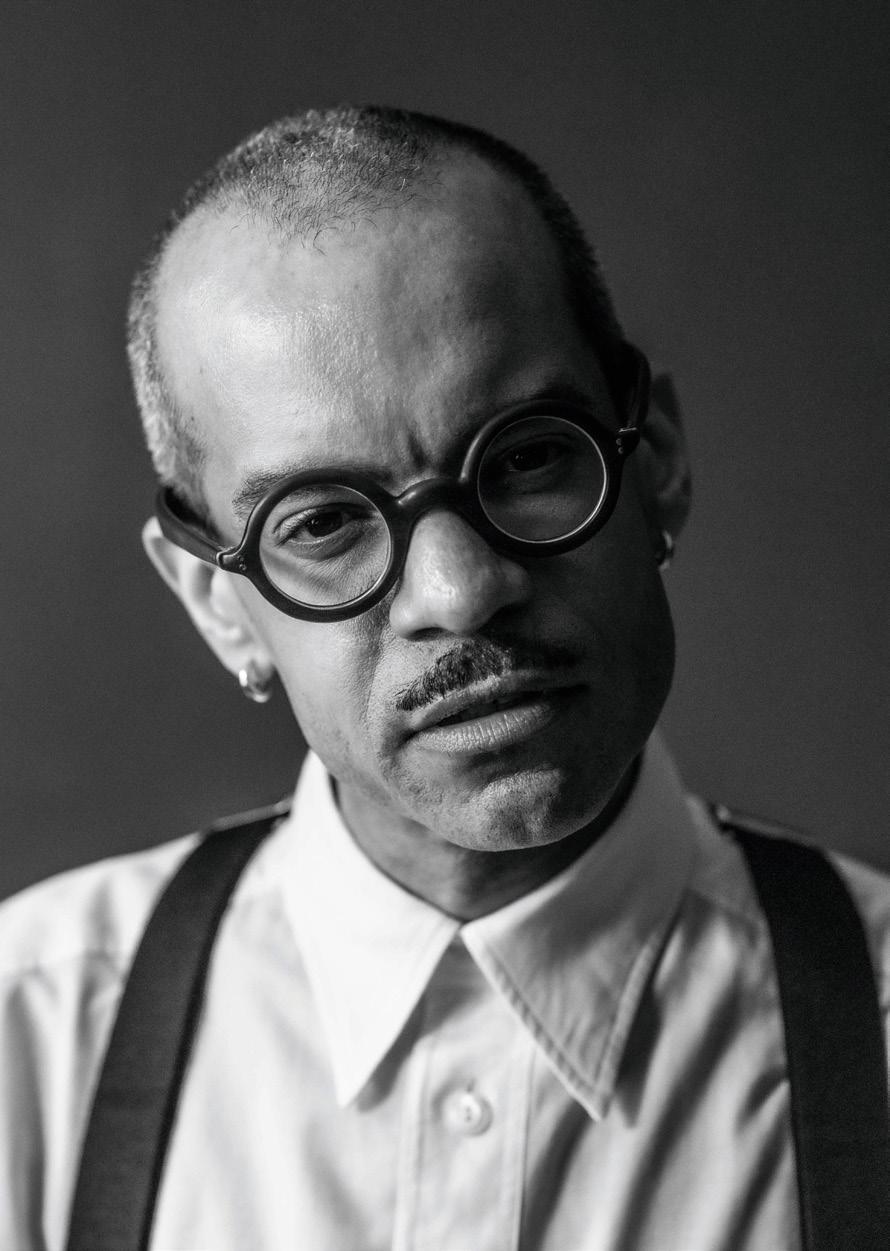
“I either want an object to tell me a story or to disappear.”
—Carlos Soto
“I don’t understand how people can be so casual about theater,” says Carlos Soto. His eyes tear up as we speak, emotion thrumming through his limber frame. Today, he’s draped in a handwoven kimono; other days, it’s Margiela-era Hermès or early Lemaire (“It was more romantic then,” he says). We lean toward each other over our table, surrounded by rowdy West Villagers at the vaguely Shaker Commerce Inn. “Theater is the closest I’ll ever come to a religious experience,” Soto says. He is an extreme person—“blunt,” as he puts it— whose essentialist approach to set and costume design has resulted in some of the most refined and emotive visual expressions on the contemporary stage, having crossed from opera to pop to comedy, creative directing and designing with the likes of Solange, Shikeith, David Lang, and the late Robert Wilson. “He can be uncompromising in his belief and his designs,” Wilson said before his passing in July of this year. “He is not afraid to do the wrong thing.” The “wrong thing” is always unexpected, and Soto’s comfort in that territory has refreshed centuries-old narratives in desperate need of reinterpretation.
When we meet, Soto has just returned from Zurich, where he wrapped a production of Robin Hood at the Schauspielhaus directed by artist Wu Tsang, and is spent. In Soto’s Sherwood Forest, righteous thieves fuse with the woodland creatures around them: Robin Hood is a fox, squirrels make up his choir, and Little John is a grizzly bear. His costumes were inspired by animal memes and extensive research into Japanese Noh theater masks, which depict the stages of transformation from human to beast, triggered by intense emotions like rage or jealousy.
Drawing connections between ancient Japanese theater traditions, parasocial meme circles, and a British 14th-century legend demands a singular talent. Soto’s wildly inventive approach springs from a lifetime of venturing down rabbit holes. “He is extremely sophisticated, highly educated and intelligent, well read, and creative,” Wilson told me admiringly. Born in Harlem, Soto spent the earliest years of his life in his parents’ native Puerto Rico. When the family returned to New York, they lived in the Bronx, where Soto still resides. In his adolescence, he began consuming films by Derek Jarman, Pier Paolo Pasolini, and Federico Fellini, while spending hours in his prep school’s drama club. “Performing is a strange form of therapy for a painfully shy, anxious person like myself,” says Soto.
At 15, he met Wilson. By 17, he was the youngest person among the group of artists that the legendary theater director and playwright invited into his laboratory for performance in Water Mill, New York. At 18, Soto apprenticed under the costume designer Frida Parmeggiani on Wilson’s production of Lohengrin at the Met, before enrolling briefly at Pratt Institute in Brooklyn. It took less than a semester (and an offer to work with Umberto Eco and Ryuichi Sakamoto) to recognize he would learn more outside the confines of academia than within them. He dropped out.
“In Carlos’s portfolio of works, you see a style, a language, a voice that is so uniquely him at the highest level of taste, but also so vastly different from project to project.”
—SOLANGE
More than 20 years later, Soto’s sets, costumes, and creative direction boast a perplexing mixture of ease and precision while confronting a richly varied array of material. He has presented work at Performa, outfitted Terence Koh for his monthlong performance at Mary Boone Gallery in 2011,
designed costumes for Marina Abramović, worked with Philip Glass, and even led production design for comedian Jenny Slate’s 2024 run at BAM. He deftly handled Robert Mapplethorpe’s flagrant fetishism in a presentation supporting an oratorio by Bryce Dessner of the National in 2019. Solange’s triumphant When I Get Home album from the same year is indebted to Soto’s costume design and direction. “In Carlos’s portfolio of works, you see a style, a language, a voice that is so uniquely him at the highest level of taste, but also so vastly different from project to project,” says Solange. “Carlos is an enormous part of my process in prompting me to consider things like the cues in a performance, how instruments enter and exit the stage, how we implement transitions… These might sound like small details, but his ability to charge energy in even the quiet moments is light-years ahead of anyone I have worked with.”
“My home is an experiment in curation,” Soto says. “I move things around, even if just to put them back where they were; creating new tensions between things, new connections, even if they’ve lived in the same room for years.” This ritualistic process of trial and error carves out new avenues between objects as disparate as Bauhaus furniture, Dutch cactus pots, thousand-year-old Ecuadorian figures, and vibrant Amazonian featherwork. An unexpected thread could be drawn, for example, between his Shaker candlestand and Taíno pestle—their simple lines and surfaces warm and inviting. An industrial lamp by Tommaso Cimini juts into space like a visitor from the future, with the beautiful stone head of an Aztec youth perched nearby. A Sudanese ivory bangle carries a similar hue to a white patchwork Joseon pojagi cloth: one valued for its milky purity and implied violence, one for its signs of perpetual repair. Both have felt the touch of countless hands. “I either want an object to tell me a story or to disappear,” Soto says with characteristic directness. “My objects act as aidememoires. They remind me to live.”
Drawing connections between ancient Japanese theater traditions, parasocial meme circles, and a British 14th-century legend demands a singular talent.
It’s not that he is a theater person per se. It’s more that, like most polymaths, he had to choose a lane. “I chose theater because it was the only means for me to make the installations I wanted to make,” Soto says. His two-bedroom apartment in the Bronx, a repository for artifacts as priceless and idiosyncratic as the artist himself, offers another avenue for worldbuilding. Soto arranges his objects, which run the gamut in terms of era and medium, in a way that shocks his eye into attention. None of his objects are coddled for their fragility or covetability: Soto eats off Shigaraki and Iga ware plates. He uses pottery in winter and glassware in summer. He serves his tea in all manner of rare vessels, usually Japanese, and often dependent on the type of tea leaf.
Such a reminder might seem unnecessary, but living, for Soto, is a more demanding endeavor than one might think. His days are structured by creation in its most unfettered form: referencing rare texts collected over decades, peering quietly out the window as a wisp of an idea takes shape, and putting pen to paper, turning those wisps into one clean, powerful gesture. His work is like a wellaimed punch: boiling narratives down to their most essential ingredients and striking the truth with fiction. In this state of constant invention, Soto triumphs where so many have failed, collecting the references of the past and transforming them into the new.
“My objects act as aidememoires. They remind me to live.” —Carlos Soto
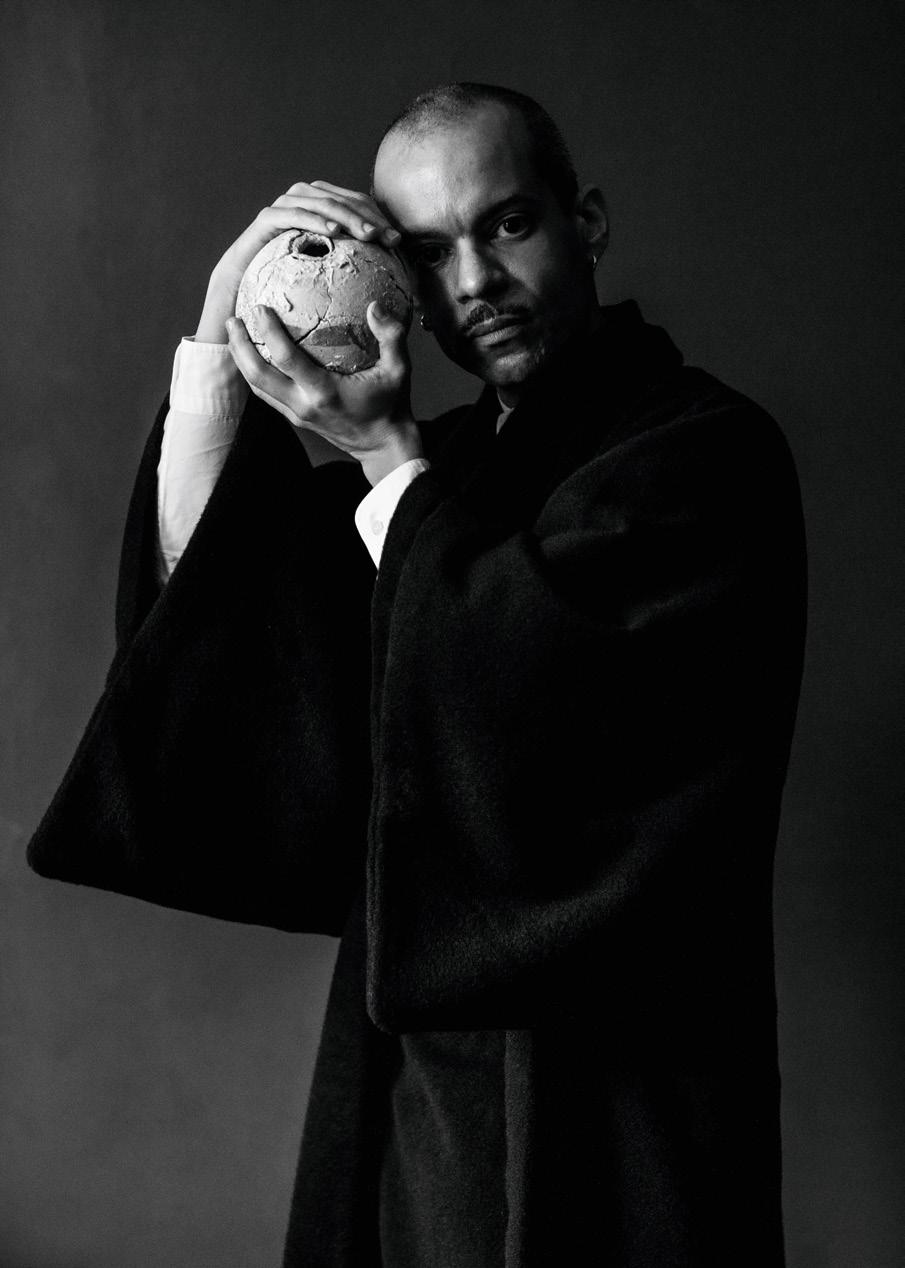
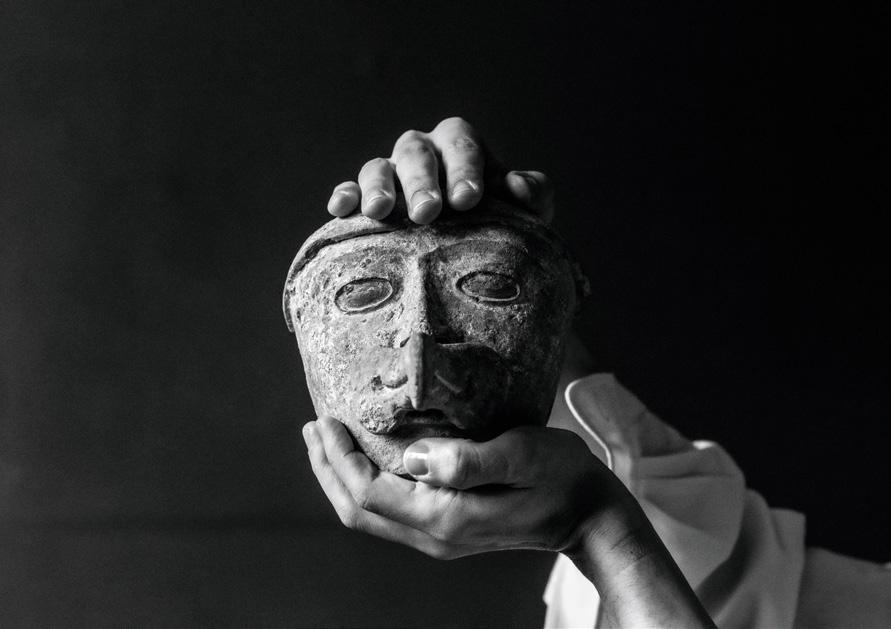
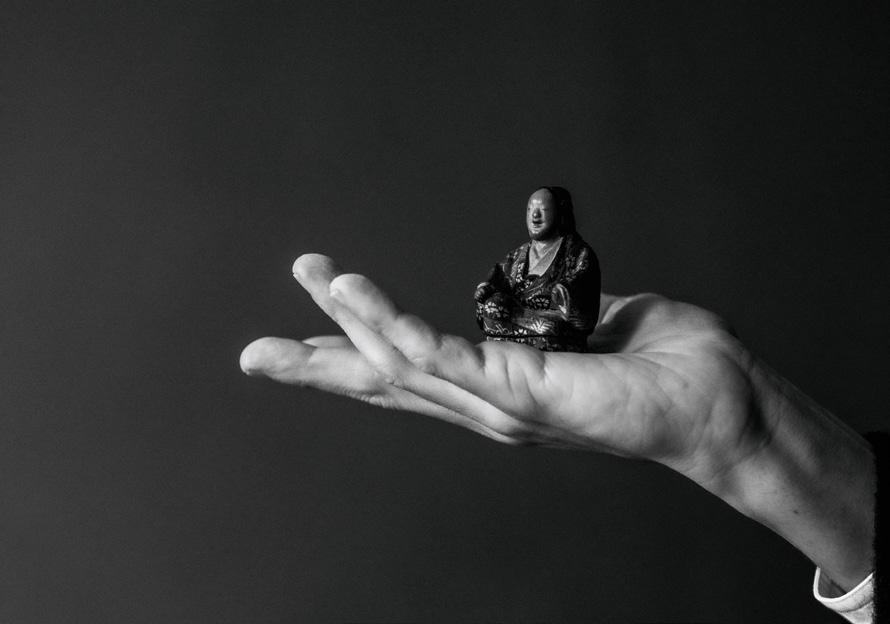
This legendary DC hostess knows the art of the party is the art of the deal. Her fabled homes, from Grey Gardens to a haunted Georgetown mansion, have set the stage.
Text by Alissa Bennett Portrait by Adele Makulova
“You have to have nerves of steel to be a hostess in DC,” Sally Quinn tells me, recalling the decades of bipartisan fêtes she and her late husband, Ben Bradlee, threw in the notoriously fraught epicenter of American politics. It’s a sentiment that feels increasingly weighty in a climate contoured by divide and disagreement, in a world where the political and the personal are no longer distinguishable, and in a context in which most of us fnd ourselves capable of arching toward enmity with lovers and strangers alike. Icy blonde, sharp as a tack, and still in command of the volumetric Dallas-esque glamour evident in Warhol’s immortalizations
of her, the 84-year-old journalist, socialite, and lauded entertainer is relatively unchanged since the days when she welcomed everyone from Barry Goldwater to Lauren Bacall into her home. Endowed with the taste and grace of Martha Stewart and the Marquise Isabelle de Merteuil’s talent for swift—if sometimes withering—appraisal, Quinn is both a reminder of a bygone moment in American culture and a role model for how we might approach our current circumstance—if only we had the real estate portfolios and expendable incomes to try our hands.
Trained as an actress but a journalist by trade, Quinn gained notoriety in the early 1970s for her wry party reporting and profles of ashington’s elite, the latter of which were often so blistering that Norman Mailer is rumored to have referred to her as “Poison Quinn.” In 1978, Quinn wed Bradlee, the powerful (and freshly divorced) editor of The Washington Post, and immediately set about cementing her reputation as a writer with a penchant for caustic observation and a hostess whose social pull was second only to that of the nation’s frst ladies, who also happened to be some of her most beloved targets (Hillary Clinton “wasn’t interested in your invitation unless it came with a purpose”; Nancy Reagan “would rather sit next to a movie star than a Cabinet secretary—and she didn’t try to hide it”). Bradlee-Quinn parties took place on the couple’s various properties, which included
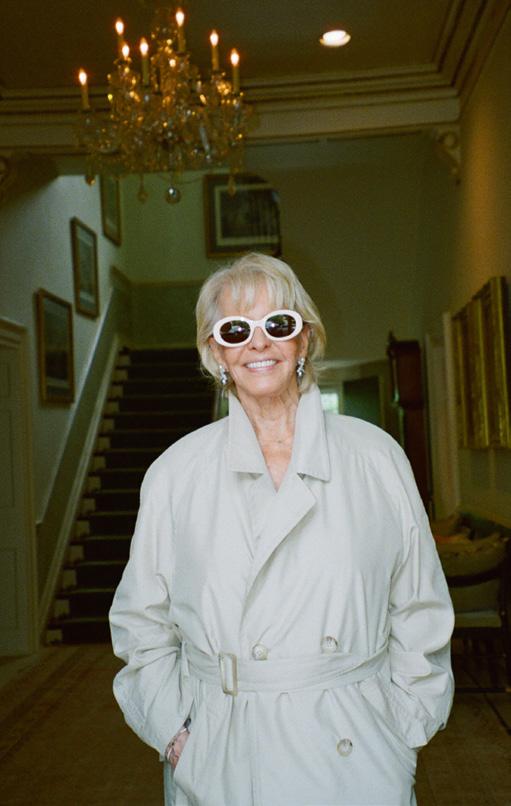
an allegedly haunted Georgetown mansion for much of the year and the legendary Long Island Grey Gardens estate in the summers. Invitations became institutionalized signifers of power—and the events were so breathlessly covered by the press that Quinn eventually relented and wrote her 1978 how-to, The Party: A Guide to Adventurous Entertaining, about how to master the “blood sport” (her words) that is entertaining masters of the universe. Alas, the party never lasts forever, and it seems that DC has lost some of its carbonation in recent years, its social scene splintered by a string of presidents with a penchant for decentralization (Obama liked his privacy, and Trump likes his... well, you know). If the social colosseum over which Quinn once presided has been largely relegated to the province of memory, its grand dame has maintained her regal aura nonetheless. When we spoke, her cinematic charm was in full bloom, regaling
Icy blonde, sharp as a tack, and still in command of the volumetric Dallasesque glamour evident in Warhol’s immortalizations of her, the 84-yearold journalist, socialite, and lauded entertainer is relatively unchanged
since the days when she welcomed everyone from Barry Goldwater to Lauren Bacall into her home.
me with shimmering recollections of the Bernsteins and Capotes who once sat at her (painstakingly mapped-out) table.
Quinn still relies on her uncanny ability to read a room (Nora Ephron, one of her renowned frenemies, once quipped that Quinn could tell you who was going to be fred in the Carter administration based on the seating at a dinner party”). She knows how to reveal just enough to conjure intimacy, when to dish and when to graciously evade, what will keep a conversation fowing and what will trigger its terminal decline. It didn’t take long for her to ascertain that I don’t care about politics or manners or successful people. I like ghosts, gossip, and access to places I have no business entering. It turns out she does too.
While she blithely dodged my questions about her rumored belief in the occult—curses and Ouija boards and tarot cards—it occurred to me that part of being a good hostess is knowing how to keep the riffraff out of your private rooms. One tale she was not wary of telling was how she ended up as the keeper of Grey Gardens, her and Bradlee’s summer home for 40 years. Quinn purchased the property after a single visit in 1979, seven years after the tumble-down East Hampton estate—and its equally tumble-down mistress, Little Edie Beale—had been featured on the cover of New York magazine. By that point, the public had grown somewhat inured to what lay beyond the house’s vine-choked exterior, but even the most adaptable among us must concede that seven years can bring in an awful lot of weather. When Quinn went to visit the decrepit property, her real estate agent refused to step inside. “She said, ‘I’m not going in there,’” Quinn recalls. “You’re on your own.”
Little Edie met Quinn at the front door, resplendent in leotards and a headscarf, gesturing grandly at what was by then a nearly catastrophic ruin: Walls had caved in, a
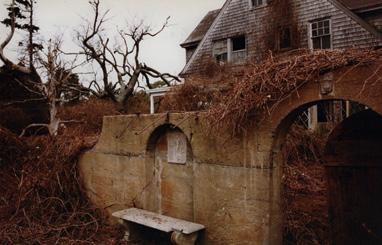
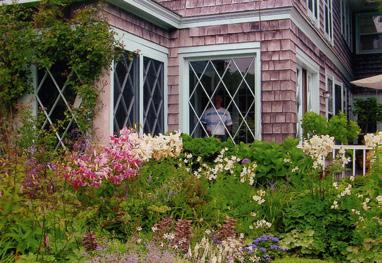
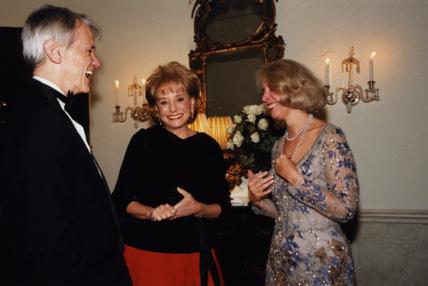
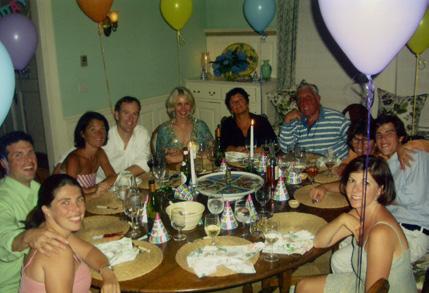
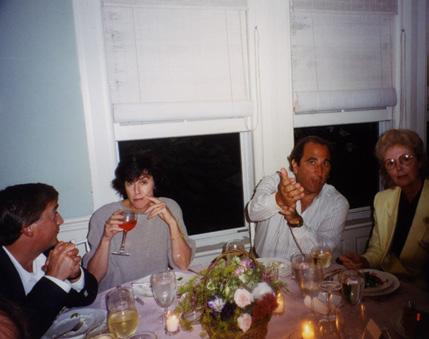
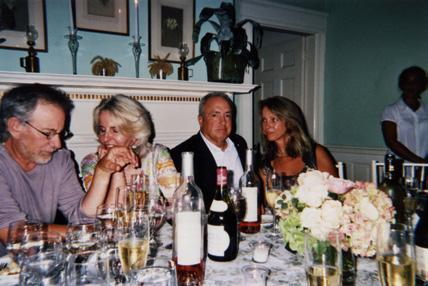
chorus of cats keened from a hole in the living room foor, feas swarmed, towers of trash occluded entryways and rustled with the mischief of a gaggle of resident racoons. “It was squalor, but I looked at the house and I thought, ‘My God, this is the prettiest house I’ve ever seen,’” Quinn recalls. Beale pirouetted around her smiling. “All it needs,” she chirped cheerily, “is a coat of paint!” When Quinn told Bradlee about her plan, he was less enthusiastic about the property’s possibilities. “He said, ‘You are out of your fucking mind.’ I said, ‘Great, I’m going to buy it.’” Later that fall, just after Quinn closed on the property, she remembers standing in a sunroom piled high with detritus when a vision of Lois Wright, Grey Gardens’s infamous palm reader, appeared in the doorway with a message. “Big Edie had sent her to tell me that she was very happy, that she knew I was going to return the house to its original glory,” Quinn tells me, nodding, as if it was only appropriate that the house’s spirits would put their faith in her.
“My father used to say, ‘A guest in my house can do no wrong,’” Quinn tells me, and this philosophy has served as a guiding principle for decades’ worth of her own gatherings, too. Even though DC’s social circuit has lost much of its intrigue and glamour, Quinn hasn’t retired her crown—or the responsibilities that come with it. “I think it’s important to create a sense of community here now, because everybody feels alone and scared and adrift and confused and disoriented by what’s going on,” she muses. After all, she continues, there’s nothing like a party to deliver people from their troubles.
All the same, Quinn has found one notable alternative: romance novels. Silent Retreat, Quinn’s recently released sixth book, looks at how the most signif cant dramas of our lives often unfold without words. It seems that even the most dazzling interlocutors among us occasionally fantasize about being alone.

Ten years since tragedy struck Mother Emanuel AMEC in Charleston, South Carolina, artist Davóne Tines and filmmaker Julie Dash return to create a new work for “MONUMENTS.”
Text by Davóne Tines
Conversation with Julie Dash
Art by Jeannie Joyner
On the school bus in rural Virginia, we would drive through former Civil War battlefields, through gerrymandered architectures of socioeconomic divide, grand colonial farm estates (many were former plantations), and overgrown shacks my grandmother pointed out as our ancestors’ slave cabins. My work as a singer and creator became tethered to the need to unknit and understand those complex landscapes. When Hamza Walker approached me to make something for “MONUMENTS,” I felt a deep need to participate.
Our conversation lasted three years. Hamza eventually guided me to memorialize the impetus for the Confederate monuments coming down and the impetus for the exhibition: the anti-Black mass shooting and hate crime that occurred on June 17, 2015, at Mother Emanuel AME Church, which killed nine congregants during an evening Bible study.
I didn’t have a relationship to the church, so Hamza, a small team, and I visited to connect with its pastor, administration, and the space itself. We went on a sweltering tour through Charleston’s haunted streets.
Our tour guide attempted to walk the tightrope of opposing perspectives on secrets-in-plain-sight: wedding cake–like Victorian seaside mansions belying the torment of the auction block a few streets away. After that, I decided to sleep through the next morning’s tour of the old slave market. Lol.
The 1891 floorboards creaked musically as I walked to the center of the red velvet pews. When I sat, a familiar scent of old wood, fabric, humid air, and hymnal pages took me to my home church, Providence Baptist in Orlean, Virginia. Our floors sang the same way; the same scents wafted, but the feeling was different. I knew
I knew what had taken place here, and that heaviness pulled me down into the pew, knitting feelings of physical vulnerability and fear together with a space where I never expected to feel those things— the church, an epicenter of Black community. It revealed that pain and threat move through the same networks as connection.
We visited the church in the early evening. A congregant let us in through a side door that led to the stage-right side of the sanctuary near the pulpit. Compared to the church I grew up in, this one was massive—a two-story sanctuary of warm, dark woods with a wraparound balcony and richly detailed stained-glass windows in monumental filigree.
I wandered off into the cavernous sanctuary lit by the sunset pouring through the ample glass.

what had taken place here, and that heaviness pulled me down into the pew, knitting feelings of physical vulnerability and fear together with a space where I never expected to feel those things—the church, an epicenter of Black community. It revealed that pain and threat move through the same networks as connection.
We invited Julie Dash to make a film based on the song “Let It Shine,” made with my band The Truth, to offer hope and healing in this sacred building. During the shoot, Julie opened the door to her Charleston.
DAVÓNE TINES: When did you start coming down here?
JULIE DASH: I was born and raised in New York City. My father’s side of the family, the Dashes and the Capers, were in Charleston since the 1700s. So we used to drive down, and our first stop, before we even got to my grandmother’s house, would be the Humane and Friendly Society Cemetery. In our family, we clean the graves of our ancestors. As a child, I didn’t know what was going on. As a teenager, I was totally embarrassed. Like, “My friends can’t know about this.”
DAVÓNE: In rural Northern Virginia, we had an annual day for the graveyards. There was a church brunch and then you’d go to the family graveyard. What did you think of Charleston as a New York child?
JULIE: It was a culture shock. I was so confused by the Charleston houses with front doors on the side that led to another front door. My grandmother explained that they were built before air conditioning, so buildings faced the ocean or the Cooper River to let the afternoon breeze cool the houses down. In the South, they keep the shades down and everything dark in the summer to keep the house as cool as possible.
DAVÓNE: Did you like it?
JULIE: Let’s say that I grew to love it. At first, I was confused by the Gullah Geechee culture—everyone had a Gullah Geechee accent. My grandmother used to say, “Don’t let anyone-
call you a Geechee, but be very proud that you are.”
DAVÓNE: When did you come to realize what that culture meant?
JULIE: When I was at UCLA, I did an independent study. I came to understand that Africans brought to the New World didn’t speak the same language, and they didn’t have the same traditions. On the mainland, there was a great creolization of African ethnicities that mixed with New World realities, assimilating into a culture that was also European and Native American. But Gullah Geechees were insulated from African American mainland culture. Charleston’s also a port city. There was a lot of Asian influence, Portuguese influence, Scotch-Irish, and French Huguenot. It’s very different from, say, Alabama or Mississippi.
DAVÓNE: How did Hamza approach you about the project we’re making right now?
JULIE: Actually, AJ [Arthur Jafa] told me to call him. I did, and he told me about the project: the monuments that had been relieved of their presence in the South, and the film of you singing opera inside Mother Emanuel Church. To be able to pay homage to the people who lost their lives in that space just next door to where we’re sitting now, and the removal of these Confederate monuments that are offensive to us as a people, that’s an aha moment.
DAVÓNE: Some monuments were taken from Charleston as well.
JULIE: People were confused about that. Many of those statues were erected in the 1920s. They’re not Civil
“The old South lives side by side with the new South in many ways. One of our crew members, Ernest Parks, does historical reenactments—they have a whole platoon of Black soldiers who do Civil War ones.” —Julie Dash
DAVÓNE: It seems like people are still in dialogue with an older lifestyle across the cultural spectrum here.
JULIE: The old South lives side by side with the new South in many ways. One of our crew members, Ernest Parks, does historical reenactments—they have a whole platoon of Black soldiers who do Civil War ones. Coming from New York, it’s just like, What?
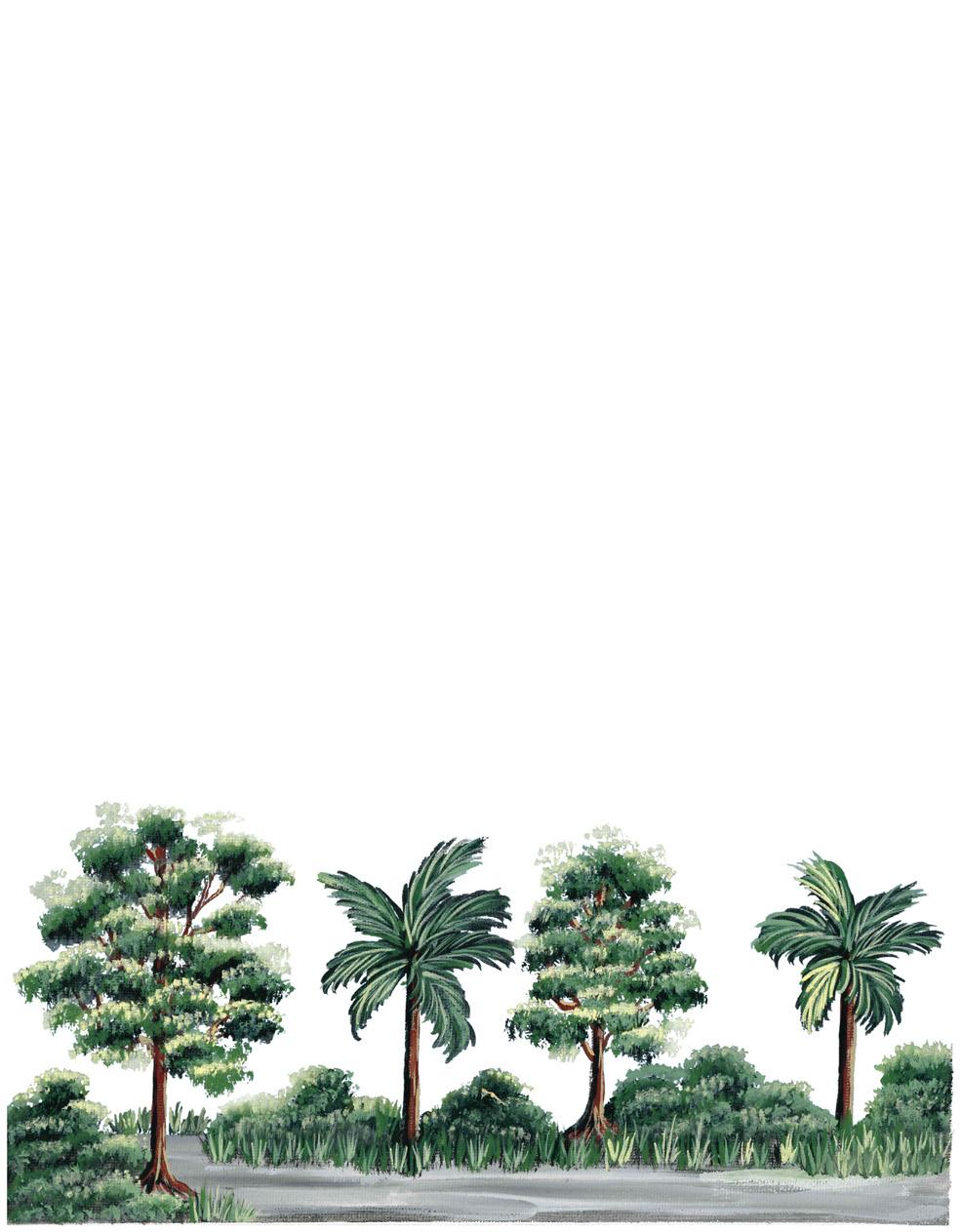
War relics; there’s nothing “authentic” about them. So I think these changes are a good thing. I think it’s part of the healing process—as is this particular project, working with you.
DAVÓNE: Does Charleston feel like a home to you now?
JULIE: In many ways, it does.
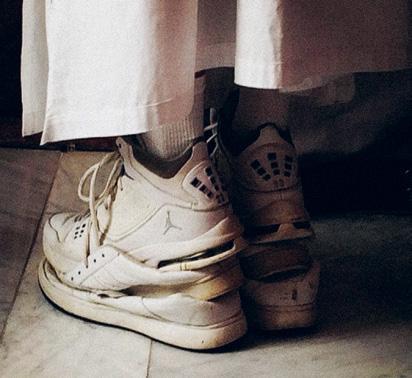
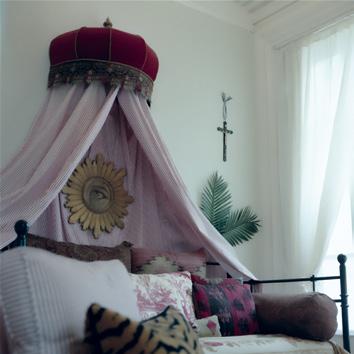
Over the last decade, one small cadre of graduates from the Rhode Island art school has had an outsized infuence on American design aesthetics. A former classmate refects on the social, cultural, and economic conditions that stoked the fire.
Text
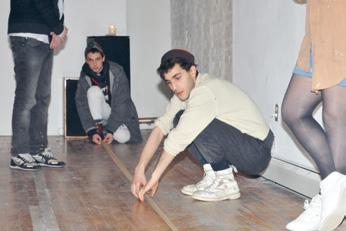
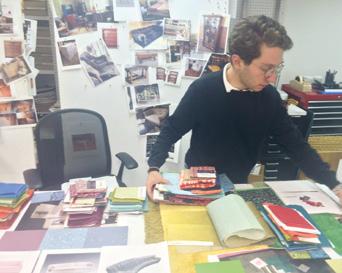
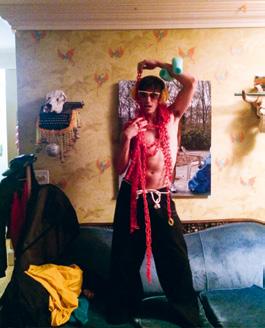
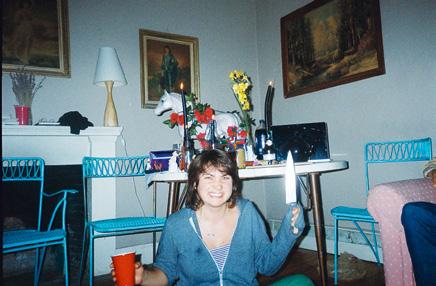
RISD XYZ is the kind of magazine that you neither purchase nor subscribe to, but which arrives anyway. Most universities have their analog: glossy alumni nostalgia in periodical dress, cheerfully keeping the post-grad umbilical cord intact. My copies usually go straight in the bin, and I’ve made a minor sport of dodging requests from the university to update my address precisely to save myself the trouble. But Alexandra called me up with an assignment: to make sense of how a contingent of Rhode Island School of Design graduates, my peers from a decade and a half ago, helped to define the look and feel of a certain new cultural mainstream. So here I am, knuckle-deep in my stacks. The particular issue I’m looking for features my friend Martine Gutierrez on the cover, decked out in Indigenous jewelry against a field of chroma green.
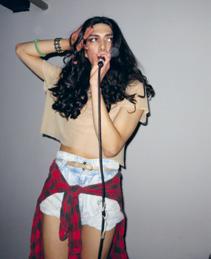
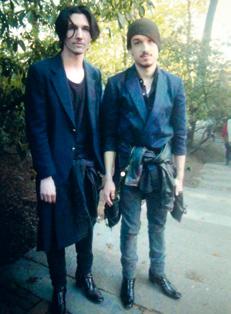

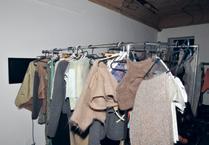
Coming up short led to a two-month stint in my little sauna of an office in Madrid on the phone with former classmates. We reminisced about the 14-foot trampoline that dominated our shared loft, our mercifully un-Googleable dorm-room art-pop EPs, and an unsanctioned dinner at a New York design gallery that culminated in our frantically obscuring the cigarette burns on a lauded designer’s work with nail polish. All of it became material to mine for insight into how a particular institutional, cultural, and economic moment produced a cohort that went on to exert disproportionate influence on American material culture over the past decade.
Among them: MIKE ECKHAUS (Sculpture 2010) and ZOE LATTA (Textiles 2010) of Eckhaus Latta, which interrogates fashion’s material and representational mores, anticipating a zeitgeist shift around who and what gets seen. Their approach landed them among a handful of fashion designers to receive solo exhibitions at the Whitney Museum of American Art. ADAM CHARLAP HYMAN (Furniture 2011) runs the eponymous firm Charlap Hyman & Herrero with ANDRE HERRERO (Architecture 2012), a practice that traverses architecture, decoration, scenography, textiles, and furniture. Within a few years, the office has notched five consecutive AD100 nods, an AIA|LA Emerging Practice Award, and a Vitra collaboration. KATIE STOUT (Furniture 2012), MISHA KAHN (Furniture 2011), and F TAYLOR COLANTONIO (Furniture 2013), who operate between design and art, scavenging and distorting elements of folk craft, domestic kitsch, and historical ornament into works by turns grotesque, tender, and strangely new, regularly show in museums and at design events internationally. What’s more, Katie and Misha are two of the only designers of their generation to become pop sensations on reality television. MARTINE GUTIERREZ (Printmaking 2012) has built a formidable career across art, music, and film, probing race, gender, and media through stylized self-performance, earning a Guggenheim Fellowship, an Artforum cover, and a starring role in HBO’s Fantasmas along the way.1
We overlapped at RISD during a time of institutional entropy and financial collapse. It was 2008: The global economy was cratering, and the school was wracked by internal politicking and bureaucratic inertia. In constant tension between its reputation as one of the best art and design schools in the country and its internal dysfunction, RISD clung to traditional expertise even as the world outside its classrooms was rapidly changing. Departments struggled to hire faculty who had both contemporary relevance and a capacity to teach, and struggled even more to retain those who did. The presidency turned over twice: A famed technologist intent on
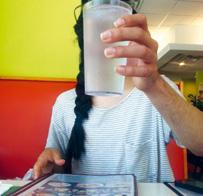
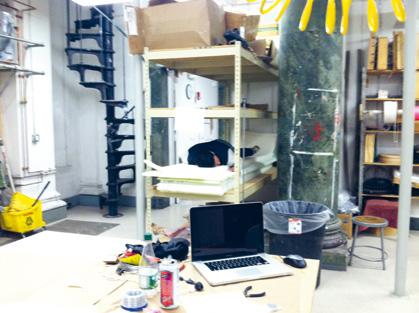
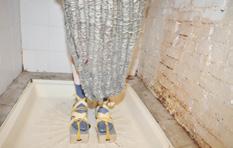
“STEM-ing” the curriculum was removed in a vote of no confidence. His interim replacement was too busy stabilizing to provide meaningful structural reform. Tuition, meanwhile, continued to creep higher than most graduates could plausibly repay, and the school developed a reputation for lean financial aid.
I’ve come to think of this period as mired in curricular drift—wherein the absence of agile instruction, market preparation, or coherent pedagogy inadvertently created the conditions for autodidactic rigor and experimental range. In the Furniture department, for example, the studio furniture ethos of the 1990s still had a stranglehold on the faculty and curriculum. For most of the professors, woodworking was both fetish and religion. Katie calls it “vocational school.” I call it “carpentry school”: hours spent cutting dovetail joints and studying the splendors of domestic hardwoods, blissfully unaware of the systems and industries shaping contemporary design. But for what RISD lacked, it also offered time, tools, and unstructured access—conditions increasingly rare in contemporary higher education. It was this permissiveness that enabled many to find their own routes. Mike followed his interests to the textiles department, where Zoe taught him to use the knitting machines. Martine used an independent study as a pretext to produce videos. (The resulting work, Clubbing, was recently acquired by the Smithsonian American Art Museum.) Adam spent his evenings in the library scanning his way through issues of Domus, Casa Vogue, and World of Interiors, accumulating an expansive understanding of design history. Martine says our school days were opportunely bracketed just before the dawn of “Regurgitation Nation,” her term for the collapsing of culture into a feedback loop where everyone has the same five references because they’re fed the same five references. We were, arguably, the last generation to experience the Internet before algorithms calcified it. Misha
This distinctly American cocktail, made of equal parts naïveté, privilege, and individualism, combined with an elite studio arts education, gave many the energy to moonlight their practices into legitimacy.




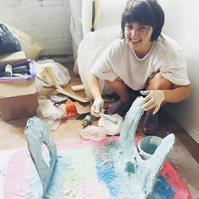
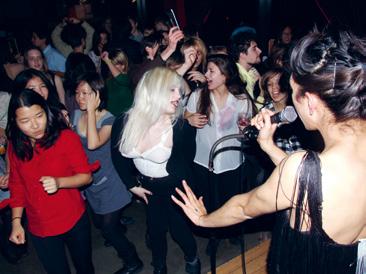
describes it as “a time when cultural style was a void,” when aesthetic consensus seemed less conceivable. In that moment, digital abundance briefly outpaced its prescriptive practices. Curiosity, rooted in self-knowledge, was crucial to discovery—online or off. The search for relevant material to corroborate interests led to radically different understandings of the same fields of study. Adam consumed Josef Frank and Carlo Mollino’s articulated interiors while obsessing over 1950s Vogue editor Niki de Gunzburg, for whom he built a fictional apartment as his thesis project. Taylor’s allergic reaction to Modernist austerity fueled his immersion in the Baroque. Katie became a John Waters disciple.
By the time we graduated, most of the traditional routes into design departments that promised long corporate careers were stymied by economic downturn and downsizing. This same sense of constriction and desolation fueled the startup boom of the 2010s, producing the countless MBA-helmed, millennial DTC darlings plastered ad nauseam across every subway station. In business and labor economics, there’s a tendency to call this necessity entrepreneurship: Graduates across the board, faced with a lack of conventional prospects, bootstrap alternatives.
In that context, the notion of “just starting something” didn’t feel quite as delusional as it might have in other eras. As Adam puts it, “I feel like I would’ve been as well suited to starting a magazine as a design firm… Which is to say, I wouldn’t have known anything about how to do it, but I would’ve had the capacity to organize my thoughts, understand the intricacies of getting things made, and known how to connect hand and mind in nuanced ways, and see the end in the beginning.” The ability to make things—literally, physically—produced the conviction that you could make anything. This distinctly American cocktail, made of equal parts naïveté, privilege, and individualism, combined with an elite studio arts education, gave many the energy to moonlight their practices into legitimacy.
But beyond the stints in fashion and galleries that parlayed into independent studios was what Martine calls the “phone tree,” perhaps the most dependable asset of the post-RISD world. There were so many alumni in New York City that resources circulated promiscuously and without pretense— tools, spaces, introductions—an economy of favors reflective of, if you’ll pardon the cliché-thinned term, a true sense of community. Katie landed her gig at Johnson Trading Gallery through a friend of Adam’s. Misha’s first show, a two-person exhibition with Katie, happened at that same gallery. Martine made regular pilgrimages to the city from her mother’s barn in Vermont, crashing on Kate Fox’s (Printmaking 2012) sofa and borrowing samples from Alexa Day Silva’s (Apparel 2012) office at Calvin Klein for job interviews. She paid it forward by modeling for Katie’s early furniture shoots and walking Eckhaus Latta’s first runway show.2 Andre, an architect and a photographer, shot the lookbook for that show in a shower stall backstage. Misha collaborated with Mike
and Zoe on a series of shoes a few years later. Katie gave Taylor the commission (a mirror for her bedroom) that pushed him to refine his polished cartapesta technique. Adam commissioned, and continues to commission, all three of them for his curatorial and interior design projects.
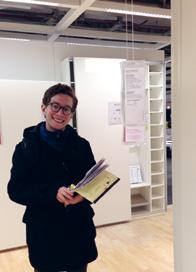
We were, arguably, the last generation to experience the Internet before algorithms calcified it.
More than networking or any other closed system of favor-trading, this was collaboration in its most unbridled, non-institutional form. Each individual had their method of working and brought a novel perspective to their field(s). Ultimately, that exchange of ideas and resources, cultivated at RISD and fueled by the economic crisis and pre-algorithm Internet, edged those fields outward toward a new aesthetic language: willfully unpolished, borrowing unselfconsciously from history and pop kitsch, conflating whiteglove opulence, craftwork, and gutter scrap. The effect was dissonant but energetic.
The impact of this cohort has been felt across the visual and material language of contemporary American art and design. The work that comes from it has been copied widely and critiqued just as often: dismissed as dilettantish or opportunistic, or else flattened into trends with little regard for its internal logic. What gets noticed is the provocation; what gets overlooked is the material fluency and technical specificity that underpin the output. Critics may bristle at its theatricality or inconsistency; that discomfort can reflect how its qualities resist prevailing taste frameworks, and is inherent to what made the work legible in the first place. Harder to dispute is that it emerged from, and remains tethered to, a shared set of conditions too specific to replicate, and that its influence continues to circulate. “In retrospect,” says Adam, “The transdisciplinary nature of so many of the practices that emerged from RISD at that time prefigured the wider explosion of dialogue that was coming in our society, pertaining to all things ‘in between,’ multidimensional, and outside the binary.”
Whether a cohort like this could crop up today is uncertain. The early Internet’s promise of cultural decentralization has largely given way to cultural atomization. Shiny fragments lacking the coherence of a common language, the cost of living has spiraled in places once considered ley lines of influence, unstructured time no longer exists, and institutions have become more risk-averse than ever. The foundation back then was a shared physical context, a common set of tools and limitations, and an open exchange. Those conditions feel nearly impossible today. If anything, this account suggests that culture-shifting cohorts are most likely to surface in moments of shared constraint—when proximity and cross-pollination can determine the work as much, if not more, than ambition.


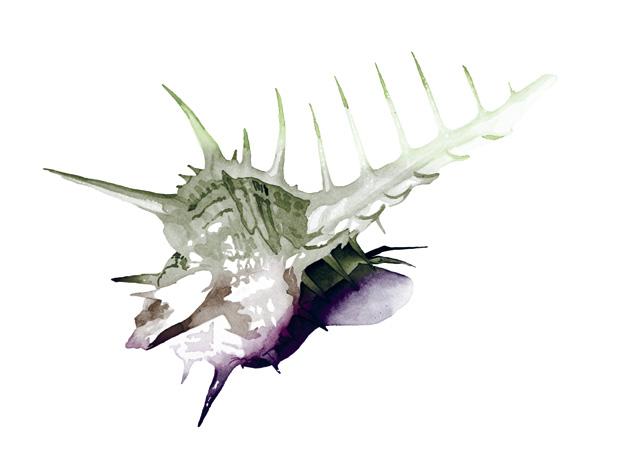
Tyrian purple designated ancient kings and billionaires—until the painstakingly brewed dye was lost to time. Today, Mohamed Ghassen Nouira is reviving the practice.
Text
by
Alexandra Cunningham Cameron Art by Seth Cameron
In his home workshop along the Tunisian coast, Mohamed Ghassen Nouira practices an ancient alchemy: transforming the living matter of predatory sea snails into a pigment once so policed that its misuse meant death.
Tyrian purple, brewed from the hypobranchial gland of murex snails, enters the historical record in the frst millennium BCE through Phoenician mythology. The god Melqart was walking along the coast near modern-day Lebanon when his dog bit into a snail, staining its mouth a deep purple. Melqart’s lover, the nymph Tyrus, was so captivated by the color that she vowed to marry him only if he returned with a garment dyed in an equal hue. So Melqart set out to make what Nouira calls “a symbol of eternity.”
The pigment became the preeminent color of sacred ritual, elite distinction, and social control from the Bronze Age through the Byzantine era. Among the earliest examples of fashion codes, it dyed the robes of billionaires and policymakers from Roman emperors to Persian satraps, dividing class and caste with a hue that inexplicably deepened in the sunlight.
Then it was lost. The strict regulation of its use, the painstaking, foul-smelling extraction process, the shifting of empires, and centuries of mollusk overharvesting led to the popularization of insect dyes like cochineal and kermes, then plant-based orchil, indigo, madder, and logwood, and eventually the petrochemical mauveine discovered in 1856, a vivid purple compound that birthed the modern chemical dye industry. The Tyrian pigment recipe had passed from supreme commodity to obscure myth until Nouira came upon a beached snail, vibrating purple, and recalled a childhood tale of a color born from humble mollusks, once more precious than gold. For two decades, Nouira has worked to resurrect this ancestral craft through relentless archival sleuthing and a process referred to in academia as experimental archaeology, a practice of trying to understand the past by recreating it today. He is not a scientist, exactly—not a mystic either, though sometimes he sounds like one. “Purple was a unifying color,” he says, speaking not only of chemistry but of history—how this dye moved through ancient Phoenician ports and into Roman palaces and Persian temples, leaving threads of its infuence behind. When he speaks, you get the sense that he’s not simply reviving a technique or a pigment, but the realms that once mythologized and reviled it.
Nouira’s work evokes a lost rhythm, a time when craft was necessarily a slow burn and colors revealed themselves over weeks: oxidizing slowly, shifting hues—from yellow to green, blue, and fnally to a deep, bruised violet, crimson, clotted blood—demanding patience and rapport with the natural world. Pigments cured in moonlight have diferent tones than cloud purples or sun purples, a process attuned with cosmic cycles. And Nouira lets nothing go to waste, sourcing snails from local fshermen who would otherwise toss them back or let them die. After the murexine is extracted, he eats the meat, grinds the shells into lime for the garden, and boils down the operculum—the tiny trapdoor that seals the snail inside—to make incense, as the ancients did. It’s a kind of ethic, a belief that even the smallest element matters.
This work has found an institutional audience among museum conservators keen to restore Tyrian pigments in ancient objects and Byzantine icons. Nouira has produced 112 pigments to date, the largest collection of its kind, each with a birth date and chemical composition that tracks the environmental conditions informing its shade. One of his dye kits is preserved in Harvard’s Forbes Pigment Collection, whose trove of nearly 3,000 raw samples holds mythic status for artists and scientists alike. He hosts dyeing classes around the world, and sells extracts and dye kits. Inside, colored threads, crushed shells, and raw glands preserve the atmosphere of a vanished world. “I want people to see it, to smell it, to touch it,” he says. “It’s not enough to read about history. You have to feel it.” And when you do—when you dip fabric into the dye and watch it turn from green to purple in the open air—you feel the past reach through the cloth and know that the world still holds slow miracles, waiting to be brought into the light.
ouhave to feel it.” ––Mohamed Ghassen Nouira
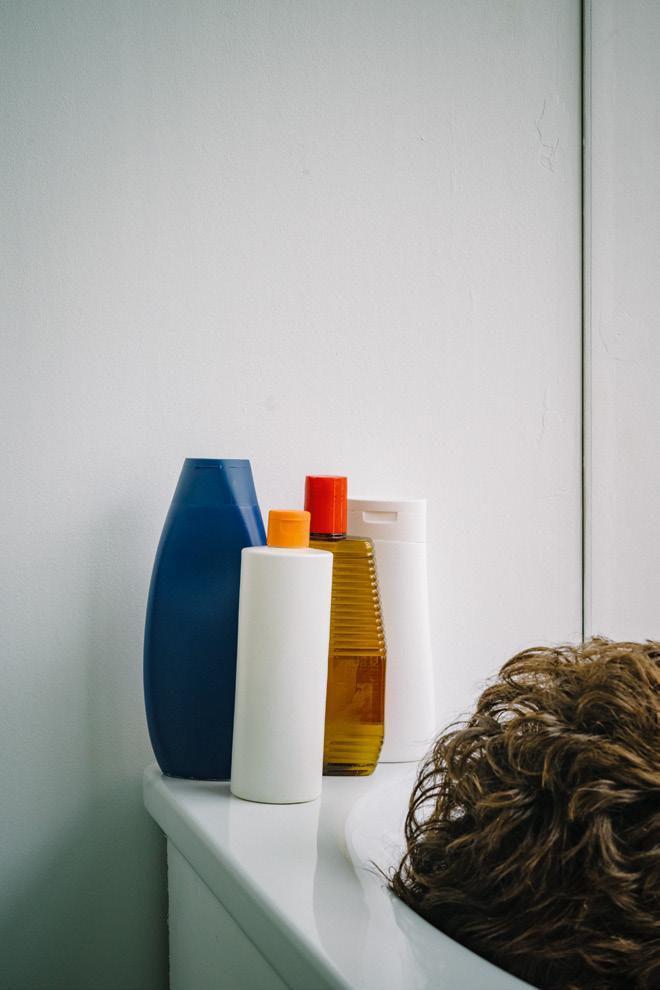
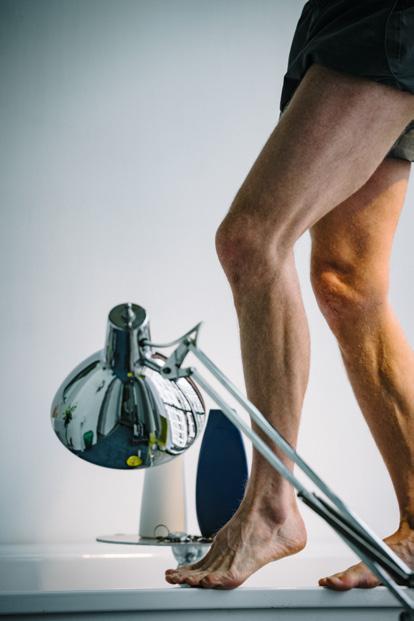

What is a bathroom if not a place of existential vulnerability? We enter alone. We lock the door. We look into the mirror and confront our most porcelain truths. Architect and CULTURED at Home Kitchen and Bath Editor Sam Chermayef asks: Is a toilet a throne or a confession booth? Is a Kleenex box an invitation to weep or a prompt for the next dramatic monologue?
Set in Berlin’s Baugruppe Kurfürstenstraße, Chermayef, photographer Oliver Helbig, and friends ofer us less of a design proposal than a moment of transcendental meditation inspired by the most coveted toilet in design history: Luigi Colani’s 1973 Granny Smith Green for Villeroy & Boch, and Slavoj Žižek’s claim that the bathroom is “knee deep in ideology.”
The faucet, stripped of pretense, becomes a monument to function; the bath tray hovers like a minimalist altar; the tub comes of the wall; soap dangles; a lemon appears. Chermayef invites us to contemplate the metaphysics of rinsing, wiping, and reclining in suds. Ultimately, these bathrooms scenario a noir novella—Kafa meets Kohler. It’s as if Donald Judd moonlighted as a plumber, leaving behind cryptic blueprints and spatial puns. You don’t read these images. You squat with them, loiter beside them, and eventually fush your assumptions away. In the temple of the toilet, Chermayef is both priest and prankster. A king on his throne.
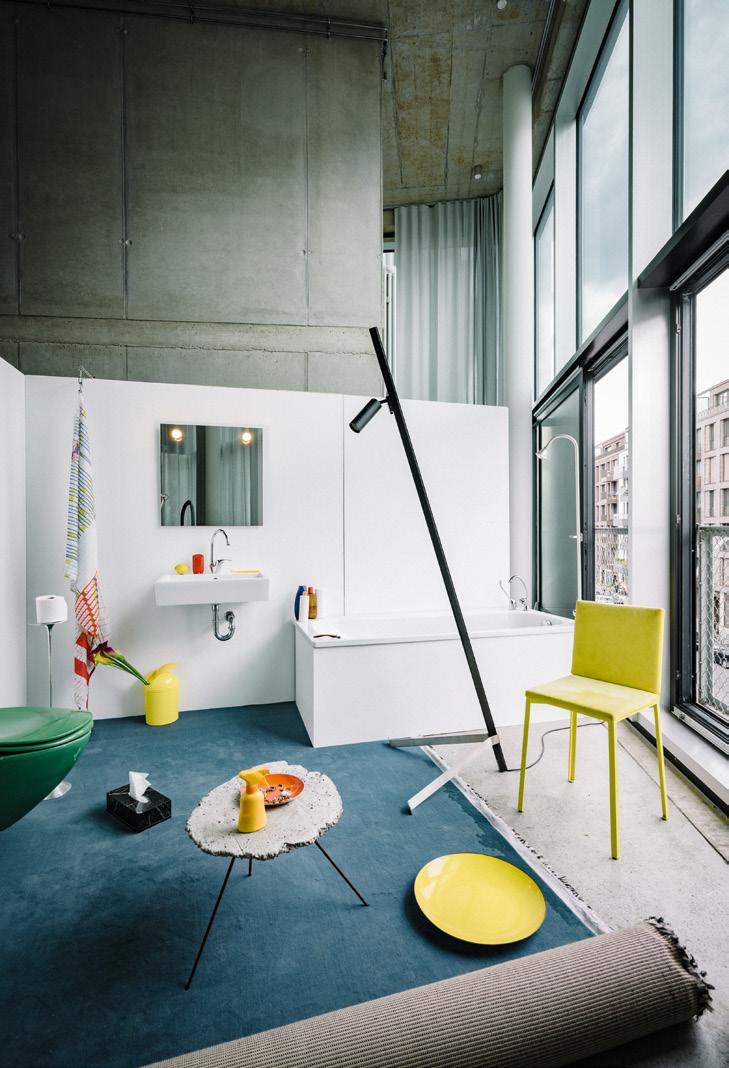
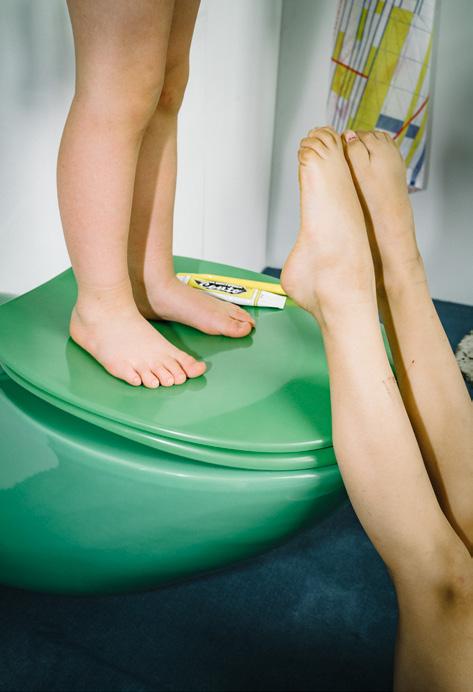
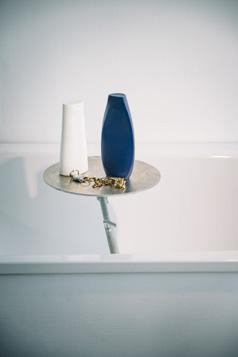
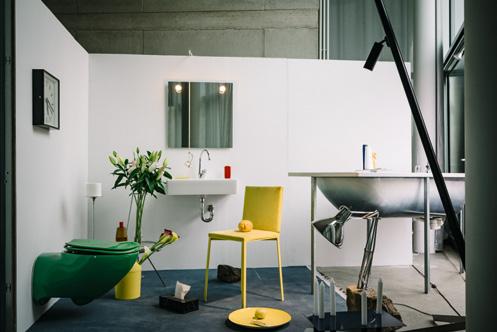

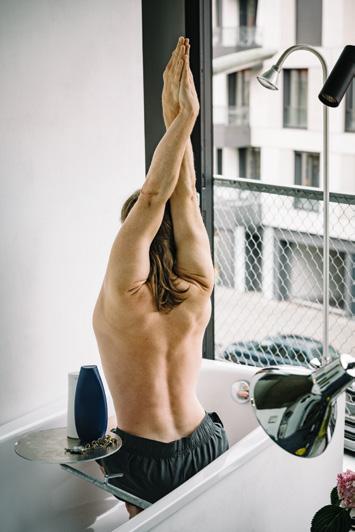

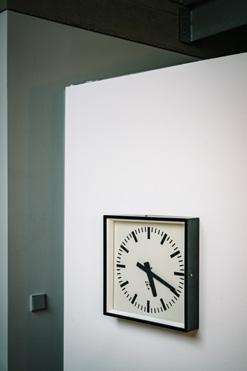

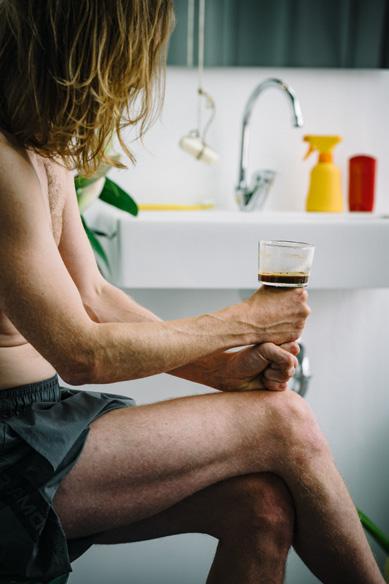
by David Voigt
Welcome to HARDWARE, the fruits of an ongoing, perhaps lifelong project to cull the world’s hardware stores for their greatest products. Presented here in 11 essential categories, I’ve selected some of the most practical and delightful items from Tokyo to Paris to Quito. As a child, and now as an adult, there has never been a retail experience more thrilling to me than a visit to a good hardware store. The feeling of discovery, the sense that immense potential is everywhere and that solutions are within reach, is electrifying. Anyone who has found artistry in keeping house or soulfulness in home maintenance will know what I mean. As local hardware and specialty houseware stores with distinct perspectives become a thing of the past, most that remain have found their way online, inviting us to observe the props of domestic rituals that are not necessarily our own. On the final page of this insert are a few of the greatest hardware stores that are keeping the magic alive; each comes highly recommended by friends near and far. While nothing can replace the feeling of perusing the aisles yourself, I hope you will find this handheld version no less rewarding.

STAINLESS STEEL WASTE CAN Restaurant-grade waste can with pedal operation and wheels. From Germany by Skyrainbow. skyrainbowgermany.com
L38 x W38 x H63 in. €179.00

METAL TAPE DISPENSER
The most ergonomic and effective tape dispenser on the market. From Italy by Neighbour. shopneighbour.com L6 x D2.25 in. $36.00

DESKTOP SWEDISH STAPLER
Executive-style desktop stapler in production since 1944. From Sweden by Isaberg Verkstads AB. choosingkeeping.com L18 x W4.5 x D9 cm £60.00

360° CHAIR
Adjustable, swiveling desk chair by Konstantin Grcic. From Italy by Magis. magisdesign.com W63 x H70 in. Inquire for pricing

L-1 DESK LAMP Iconic task light with clamp for easy placement on desk or nightstand. From Norway by Luxo. luxo-lighting.com L104 x W16 x D16 cm $373.44

Classic,
ribbon in industrial quantities. From USA by ULINE. uline.com W2.5 in. $28.00

BOBY OFFICE TROLLEY IN WHALE
Joe Colombo’s “Boby Trolley” reissued in this light blue. From Italy by B—Line. b-line.com Various sizes, inquire for pricing

STAINLESS STEEL LED LIGHT BOXES Useful light box for tracing purposes. From USA by Porta-Trace. porta-trace.com Various sizes from $49.98
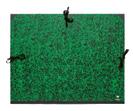
ANNONAY ART FOLIO WITH TIES Classic, iconic, French-made folio. From France by Clairefontaine. jacksonsart.com L76 x W61 cm $46.20

CORPORATE OFFICE CYLINDER PLANTER
Industrial steel cylindrical planter; commonly seen in corporate settings and airports. From Ireland by Kent Stainless. kentstainless.com Ø800 x H750 mm Inquire for pricing

C-32 STEP-ON CANS Medical grade stainless steel waste cans with pedal operation. From USA by Detecto. wholesalepoint.com Various sizes from $300.27

ETAPE16 DIGITAL TAPE MEASURE
Digital tape measure with centimeters and inches; short-term and long-term memory, as well as multiple precision functions. From USA by eTape16. etape16.com L16 in. $29.95


MULTIPURPOSE SCISSORS
The most practical and essential scissors for every home and office. From Finland by Fiskars. amazon.com L8 in. $15.98

HELVETICA 4-IN-1 PEN
Helvetica 4-in-1 pen favored by architects. From Japan by Topdrawer. topdrawershop.com L5.7 in. $75.00

O’BAND RUBBER BAND TIN
Japan’s bestselling rubber bands since 1917. From Japan by Kyowa. yosekastationery.com L2.4 in. $10.00
STAINLESS STEEL MULTIPURPOSE SHEARS
Excellent German shears. From Germany by Zwilling J.A. Henckels. zwilling.com L20 cm $89.99


4-ARM SWIVEL HANGER
Four-prong swiveling coat hook. From Sweden by Sekelskifte. sekelskifte.com D150 x H140 mm €52.95

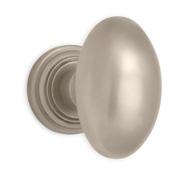
SIMPLE OVAL DOORKNOB
Classic oval knob found in many prewar New York apartments. From USA by P.E. Guerin. peguerin.com D1.63 x H2.63 in. Inquire for pricing

CHROME-PLATED BRASS HANGING RAIL
Mixed-use kitchen rail with integrated, adjustable hooks; ideal for cooking utensils, pans, mitts, and cloths. From Sweden by Sekelskifte. sekelskifte.com Ø25 x L600 mm €130.95

HANDCRAFTED BRASS ROUNDED COAT HANGER
Unusual brass coat hanger. From Italy by Poignee Fabrique Creative. poignee.com W450 x D10 x H150 mm Inquire for pricing

STAS ZIPPER
Mechanism for hanging art over tile, windows, or finishes you do not want to put a hole into. From USA by STAS. picturehangingsystems.com Various sizes From $4.87
SIMPLE EGG DOORSTOP IN POLISHED NICKEL
Egg-form doorstop adapted from 1920s design with rubber gasket. From USA by P.E. Guerin. peguerin.com D1.25 x H3.25 in. Inquire for pricing

HANDCRAFTED BRASS COAT HOOK WITH SHOULDER STRAP
Elegant coat hook with curved collar hanger. From Italy by Poignee Fabrique Creative. poignee.com W145 x D115 x H235 mm Inquire for pricing

STUDENT’S HANGER IN NICKEL-PLATED BRASS
Four-prong swiveling clothes hook with exaggerated projection. From Sweden by Otto Meyer & Komp Konstgjuteri. sekelskifte.com L22 x H10 cm €47.95

HANDCRAFTED BRASS SASSO COAT HANGER
Oval hat hanger with hook; also ideal for tote bags. From Italy by Poignee Fabrique Creative. poignee.com W66 x D66 x H73 mm Inquire for pricing

LEVER HANDLE L
Minimal lever handle with distinctively small radius and thin proportions. From Denmark by d line. dline.com Various sizes, inquire for pricing

CLASSIC PULL HANDLE IN NICKEL-PLATED BRASS
Drawer or cabinet door pull with four-screw fastening. From Sweden by Sekelskifte. sekelskifte.com L92 mm €13.95

OVAL KNOB WITH BACKPLATE IN NICKEL-PLATED BRASS
Oval knob on rectangular backplate; avoid the common complaint that oval knobs appear cockeyed with this ever-stabilizing backplate design. From Sweden by Sekelskifte. sekelskifte.com W40 x D37 x H70 mm €21.95
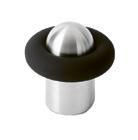
FAT FLOOR DOORSTOP IN STEEL
Contemporary doorstop with oversized gasket in steel. From Denmark by d line. dline.com Ø35 x H65 mm Inquire for pricing

ATTICUS RADIATOR
Extra tall, totemic, English radiator, reminiscent of a classical column. From England by Milano. bestheating.com Various sizes, from €239.95

ROUND KNOB WITH BACKPLATE IN NICKEL-PLATED BRASS
Round knob on rectangular backplate. From Sweden by Sekelskifte. sekelskifte.com W40 x D32 x H70 mm €14.95
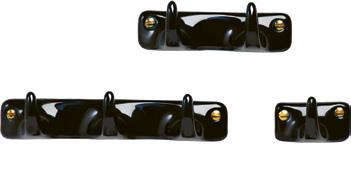
PORCELAIN HOOKS
Porcelain hooks in multiple configurations, designed in the 1970s; ideal for bathroom doors and tile walls. From France by Merigous. thecoolrepublic.com Various sizes, from €33.64

CLASSIC FURNITURE FITTING
Two-finger drawer or cabinet door pull. From Sweden by Sekelskifte. sekelskifte.com W50 x H30 mm €8.95

EGG KNOB DOOR HANDLE
Timeless yet unusual egg-form knob. From Sweden by E A Næsman & Co. sekelskifte.com H55 mm €83.95

PORCELAIN DOOR KNOB
These knobs, which are ubiquitous in French houses, can skew Bauhaus or more classic. From France by Merigous. weldom.fr W16 x D8 x H20.8 cm €14.35

EXTRA STICKY LINT ROLLER
Superior lint roller with unbeatable “stick.” From China by Mr. Siga. mrsiga.com L2.05 x W2.05 x H9.06 in. $22.99
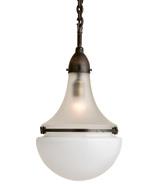
LUZETTE PENDANT
Iconic early industrial pendant by Peter Behrens; vintage from 1910 and favored by Ricardo Bofill. From Germany by Peter Behrens. obsoleteinc.com Ø9 x H18 in. Inquire for pricing
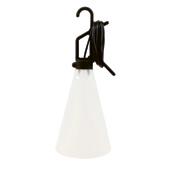
MAYDAY LAMP
Versatile and practical task lamp with hook by Konstantin Grcic. From Italy by Flos. flos.com W8.7 x H20.9 in. $210.00

GLASS PANELED SALT AND PEPPER SHAKER
Diner-grade salt and pepper shaker. From USA by Tablecraft. webstaurantstore.com Ø1.63 x H3 in. $1.67
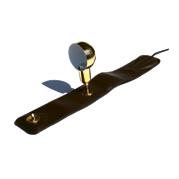
BY
Cordless, portable LED reading lamp with leather grip ideal for large armchairs and headboards; designed by Luigi Caccia Dominioni. From Italy by Azucena. azucena.it L17 x H45 cm Inquire for pricing

FLUSH-MOUNT LIGHT
Discreet egg-form ceiling-mounted or wallmounted light fixture with enameled metal neck in white or black; plays well in multiples and with other more prominent light fixtures. From USA by Charlap Hyman & Herrero. ch-herrero.com Various sizes, inquire for pricing

ACRYLIC & CHROME FOLDING CHAIRS
Translucent, acrylic, and metal folding chairs with a ubiquitous 1970s design. From USA by VINGLI. wayfair.com W18.7 x D18.7 x H29 in. $73.99
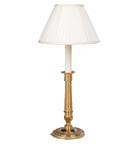
DIRECTOIRE CANDLESTICK TABLE LAMP
Restrained directoire-style candlestick table lamp; ideal for a mantel or hallway table. From England by Vaughan Designs. vaughandesigns.com W5 x D5 x H15 in. Inquire for pricing

SPRING APPLIANCE CANDLE (50-PACK)
A high-quality, essential candle; the Vatican is a client of Cereria di Giorgio. From Italy by Cereria di Giorgio. cereriadigiorgio.com Ø2.3 x H18 cm €86.32

CLASSIQUE KEYPAD IN GRAY GUNMETAL Luxuriously mechanical light switch. From France by Meljac. meljac-na.com W38 x D3 x H175 mm Inquire for pricing
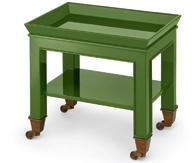
MILES REDD TELEPHONE TABLE IN LETTUCE GREEN
Small, rolling telephone table in lacquer, inspired by a similar design by Maison Jansen from the 1950s. From England by the Lacquer Company. thelacquercompany.com W12 x D8.5 x H12 in. $1,250.00

WICK TRIMMER
Elegant wick trimmer for the obsessively precise candle fanatic. From France by Diptyque. diptyqueparis.com W2.4 x D1.3 x H6.9 in. €28.00
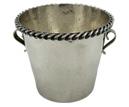
VINTAGE JEAN DESPRES SILVER ICE BUCKET
Silver-plated ice bucket by Jean Despres with his signature chain-link motif; vintage from mid-20th century. From France by Jean Despres. chairish.com W6 x D6 x H5.25 in. $8,995.00

OH! STAINLESS STEEL BOTTLE OPENER
Charmingly minimal bottle opener for a home bar. From France by Christofle. christofle.com L4 x D2 in. $145.00

CLASSIC COCKTAIL SHAKER
Sterling silver cocktail shaker, essential for any devoted host. From England by Asprey. asprey.com V550 ml $5,600.00

ICE CUBE MOLD
Silicone large-cube ice tray; flexible rubber form makes for easy demolding. From USA by Choice Foodservice Products. webstaurantstore.com L6.63 x W4.38 x H2.13 in. $4.99

MOOD SILVER-PLATED FLATWARE SET
Silver-plated, 24-piece flatware set presented in iconic egg-form case. From France by Christofle. christofle.com Ø8 x H12 in. $2,050.00

CACCIA SERVING SPOON
Subtle and sleek stainless steel cake server designed by elegant Milanese modernist Luigi Caccia Dominioni in 1938. From Italy by Alessi. us.alessi.com L10.63 in. $105.00

CACCIA SAUCE SPOON
Subtle and sleek stainless steel sauce spoon designed by elegant Milanese modernist Luigi Caccia Dominioni in 1938. From Italy by Alessi. us.alessi.com L7.48 in. $52.50

CACCIA SERVING FORK
Subtle and sleek stainless steel serving fork designed by elegant Milanese modernist Luigi Caccia Dominioni in 1938. From Italy by Alessi. us.alessi.com L9.85 in. $60.00

CACCIA CAKE SERVER
Subtle and sleek stainless steel cake server designed by elegant Milanese modernist Luigi Caccia Dominioni in 1938. From Italy by Alessi. us.alessi.com L10.63 in. $105.00
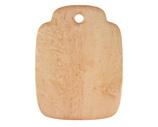
BIRD’S-EYE MAPLE CUTTING BOARD
Designed by Edward Wohl; crafted by joining sections from a single piece of specially selected, figured bird’s-eye maple. From USA by Little King. littleking.online L17 x W13 in. $179.00

STEEL WHITE FISH PAN
The practical oval-form fish pan. From France by de Buyer. debuyer-usa.com L36 x W26.5 cm €69.90

FELT PAN PROTECTOR
Felt pan protector for drawers in which multiple pans are nested. From Germany by Hey-Sign. manufactum.com L36.5 x W36.5 cm €22.90
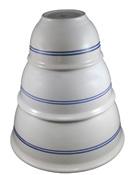
VINTAGE GIBSON NESTING BOWLS
Nesting China mixing bowls with double blue stripe. From USA by Gibson. worthpoint.com Various sizes, inquire for pricing
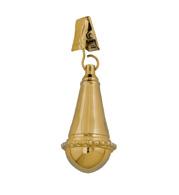
WEIGHT IN UNTREATED BRASS
Attractive way to prevent the edges of your tablecloth from flapping in the breeze. From Sweden by Sekelskifte. sekelskifte.com L2 in. €15.95

2L CABBAGE WITH LOBSTERS Ceramic cabbageware tureen with lobster-form adornment. From Portugal by Bordallo Pinheiro. us.bordallopinheiro.com L310 x W312 x H216 mm $855.00
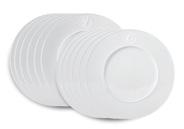
ARKADIA 12-PIECE TABLE SET
A 1938 design still in production, each porcelain plate features a delicate relief of a motif from the mythical Arkadia. From Germany by Königliche Porzellan-Manufaktur.
kpm-berlin.com Various sizes €1,015.00

GRILL TOASTER WITH QUARTZ RADIATORS
Multi-function grill toaster favored by private chefs for its durability, cleanability, evenness, and speed. From Italy by Milantoast. manufactum.com W33 x D23 x H25 cm €199.00



TOASTER VOLCANO³
High quality German toaster ideal for compact kitchens. From Germany by Ritterwerk. ritterwerk.de W38.5 x D9 x H20 cm €179.99
128/168 FFL/1 STEEL COLUMN FOR OVEN, FRIDGE, AND DISHWASHER
Combined oven, fridge, and dishwasher unit on legs. From Italy by Alpes Inox. alpesinox.com W128 x D64 x H168 cm €7,780.00

CLASSIC SANDWICH TOASTER
The spirit of an industrial toaster, luxuriously scaled for the home kitchen. From Italy by Milantoast. milantoast.com W18 x D30 x H30 cm €400.00


BB900G 1/2 HP CHROME BAR BLENDER
Well-made blender with multiple functions and timeless appearance. From USA by Waring. waring.com W8 x D7 x H16.5 in. $379.99

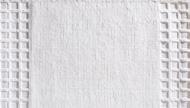
COTTON BATH MAT
The most beautiful French bath mat in cotton; original Art Deco design. From France by La Manufacture Cogolin. manufacturecogolin.com L100 x W60 mm From €1,000.00

SIGNATURE TOWELS & BATH MATS
Essential cotton terry-cloth towels; a model used in many hotels. From USA by Kassatex. kassatex.com Various sizes from $15.00
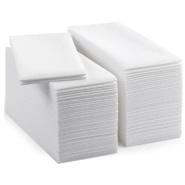
DISPOSABLE HAND TOWELS (100-PACK)
Heavyweight, absorbent, and disposable guest towels. From France by Morgiana. morgianatableware.com L16.9 x W11.8 in. $25.00
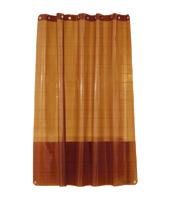
SUN SHOWER CURTAIN IN HONEY
Amber vinyl translucent shower curtain to make your bathroom glow. From USA by Quiet Town. quietownhome.com W72 x H72 in. $42.00

STAINLESS STEEL TOILET BRUSH HOLDER
Pure and elegant wall-mounted toilet brush in steel. From Denmark by d line. dline.com W79 x D79 x H400 mm $125.00

WESTMINSTER DARK-STAINED SOLID OAK SEAT
Classic black wooden toilet seat with optional handle and expressed wood grain. From Italy by Devon & Devon. devon-devon.com L38 x D43 cm Inquire for pricing

GREAT BIG TOOTHBRUSH
Enormous prop toothbrush; dentist’s office decor. From USA by Great Big Stuff. greatbigstuff.com L2 x W4 x H55 in. $349.00
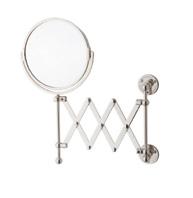
CLASSICAL EXTENDING SHAVING MIRROR Victorian extendable shaving mirror, still in production. From England by Thomas Crapper & Co. thomas-crapper.com L439 x H416 mm £609.00
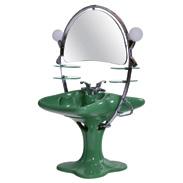
DOUBLE WASHBASIN
Extraordinary double sink, ideally installed in the center of a bathroom; designed by Luigi Colani for Villeroy & Boch. From Germany by Villeroy & Boch. 1stdibs.com W130 x D115 x H200 cm $12,560.66

STEEL TOILET TISSUE HOLDER WITH ASHTRAY Toilet paper holder with built-in ashtray in steel. From China by ATGET. atgetco.com W125 x D110 x H118 mm $8.00


TOOTHBRUSH CS 1246
Velvet Smart toothbrushes available in beautiful colors for differentiation among households or personal variety. From Switzerland by Curaprox. curaprox.us $8.95
WAXED RECEPTACLE LINERS
Waxed brown paper liners for
or decorative waste bins that get occasional use. From USA by JBS Supply. jbssupply.com W7.5 x D3 x 10H in. $35.46
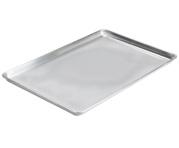
ALUMINUM PERFORATED SHEET PAN
To be paired with PR10-3W Sheet Pan Rack. From USA by Advance Tabco. webstaurantstore.com
Various sizes from $22.49

PLASTIC STACKABLE BINS
Industrial, stackable plastic bins in multiple sizes; ideal for office supplies, shop tools, and household organization. From USA by ULINE. uline.com L11 x W11 x H5 in. $8.40
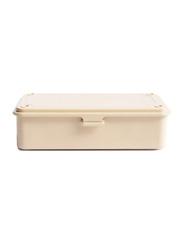
TRUNK SHAPE TOOLBOX
These Japanese toolboxes have remained essentially unchanged since 1969. From Japan by TOYO STEEL. toyosteel.com L7.5 x W4 x H2 in. $38.00
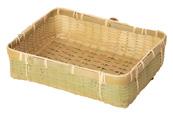
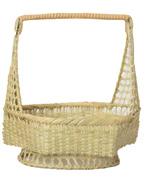
BAMBOO DOCUMENT TRAY
Document tray available in multiple sizes; ideal for bedside and desktop organization. From Japan by 1basketry. 1basketry.jp W15.35 x D11.81 x H4.33 in. $180.00

STAINLESS STEEL LOCKABLE HANGERS
Heavy-duty, lockable hangers. From USA by TRRCYLP. amazon.com W16.5 x H7.5 in. $19.99
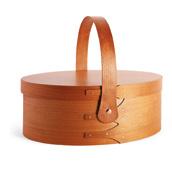
Shaker-style box with handle; nice scale for hobby supplies. From USA by Boston General Store. bostongeneralstore.com L11 x W8 x H4 in. $134.00
HANDLED BAMBOO BASKET WITH RAISED BASE
Handled kitchen basket; ideal for countertop produce. From Japan by 1basketry. 1basketry.jp Various sizes from $61.00

STOCKHOLM LETTER BOX (STEEL BLUE)
Elegant cardboard boxes in light blue available in multiple sizes; ideal for office organization. From Sweden by Bigso. containerstore.com L13.88 x W10.38 x H3.38 in. $12.99

FLOAT SHELVING SYSTEM
Modular shelving system with substantial glass shelves. From Italy by 6:AM. 6am.glass W32 x D240 x H188 cm Inquire for pricing
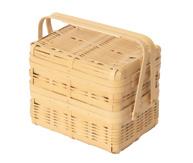
HANDLED BAMBOO LUNCH BASKET
Stackable, handled lunch basket. From Japan by 1basketry. 1basketry.jp Various sizes from $99.00

SUPER 4-5-6 SHELVING SYSTEM
Industrial shelving system with elegant ladder component; favored by Suzanne Slesin. From Italy by Metalsistem. metalsistem.com Custom sizing, inquire for pricing

PR10-3W SHEET PAN RACK
Steel baking tray rack; useful for more than baking, i.e. document organization in an office setting. From USA by Advance Tabco. webstaurantstore.com L26 x W30.25 x H38.5 in. $476.99
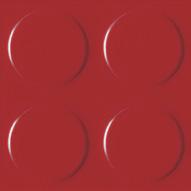

BR RUBBER FLOORING TILES
Rubber flooring tiles with molded, round studding from an original 1920s Pirelli design; as seen at Pierre Chareau’s Maison de Verre. From USA by Activa Rubber Flooring. br500.world L500 x W500 mm Inquire for pricing
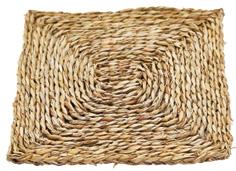
SINGLE SQUARE OF BRAIDED SEAGRASS
Woven rush rugs in a pleasing geometric grid pattern, made of individual tiles sewn together; tiles can be swapped out upon the inevitable “accident”; order extra tiles! From USA by Rush House. L12 x W12 in. $5.00
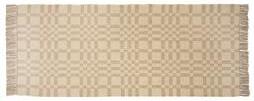
GEOMETRIC CHECKERBOARD STAIR RUNNER
Hand-woven and dyed customizable runner rugs made in America. From USA by Woodard Weave. woodardweave.com Various sizes, inquire for pricing
CARAVAN WOOL CARPET
Highly cleanable and looks good as new half a century after having been installed in projects by Ward Bennett & Joe D’Urso. From USA by Bloomsburg Carpet. bloomsburgcarpet.com W12 in. Inquire for pricing
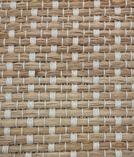
PAMPELONNE RUG IN RAPHIA
Refined tatami-inspired raffia rugs, handmade in France with a subtle pattern; favored by grande dames and fashion cognoscenti. From France by La Manufacture Cogolin. manufacturecogolin.com Custom sizing, inquire for pricing

VINYL BACK ENTRY MAT IN RED Natural matting for entry carpet in distinctive red color. From USA by Coco Mats N More. cocomatsnmore.com Custom sizing, inquire for pricing

JUTE BURLAP WALLPAPER
Neither classic nor modernist; a neutral and warm way to encase a room as Albert Barnes did at his museum in Philadelphia. From USA by Schumacher. schumacher.com W36 in. Inquire for pricing
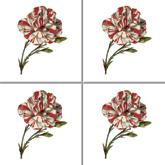
This ceramic wall tile shows Dianthus caryophyllus, printed from an original hand-painted work by artist Pilar Almon. From USA by Charlap Hyman & Herrero. ch-herrero.com L6 x W6 in. $24.00/sq. ft.

This ceramic wall tile shows an unopened
from an original hand-painted work by artist Pilar Almon. From USA by Charlap Hyman &
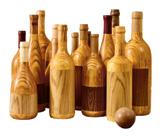
WOODEN BOTTLES
Editioned, hand-carved wooden bottles designed by Emanuele Pantanella Design. From Italy by Emanuele Pantanella Design. emanuelepantanelladesign.com
Various sizes, inquire for pricing

UPHOLSTERY TRIMMING
Petite embroidered silk flowers for adorning lampshades, helmets, valances, etc. From France by Passementerie Verrier. passementerie-verrier.com
Custom sizing, inquire for pricing
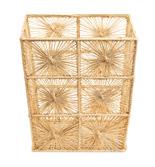
WOVEN RAFFIA WASTEPAPER BASKET
Colombian iraca wastebasket handwoven for Dior Home. From France by Dior. dior.com W18 x H23 cm $320.00
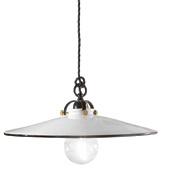
C102 ASTI PENDANT LAMP
Ceramic and brass hanging utility light; hangs from twisted cloth cord. From Italy by Ferroluce. ferroluce.it Ø42 cm Inquire for pricing

SILVER NIELSEN PICTURE FRAME
Standard Nielsen metal picture frame in steel. From USA by Nielsen. americanframe.com Custom sizing, inquire for pricing

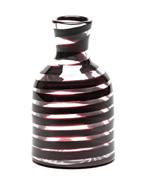
A NASTRO BOTTIGLIA VASE
Hand-blown vase by esteemed Venetian maestro. From Italy by Yali Glass. yaliglass.com Ø11 x H17 cm $446.00
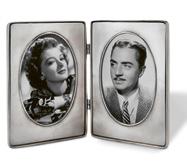
PIEMONTE OVAL DOUBLE FRAME
Classic pewter double oval frame. From Italy by Match. match1995.com W12.1 x H8.2 in. $523.00

Engaging toy presented in its reeditioned original tin on its 100th anniversary; designed by John Lloyd Wright (Frank
From USA by Lincoln Logs. barnesandnoble.com Ø11.25 x H13 in. $49.99
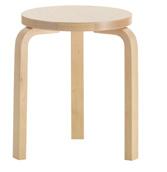
STOOL 60 VILLI
Iconic Stool 60 Villi reimagined by FormaFantasma in wild birch. From Finland by Artek. artek.fi W36 x H44 in. Inquire for pricing

HANAHANA VASE
Poetic, tree-form tulipiere by Kazuyo Sejima, one of the founders of SANAA. From Italy by Driade. driade.com W36.2 x D9.8 x H63 in. $1,815.00
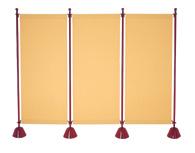
SERVENTO SCREEN
Practical screen designed by Achille Castiglioni in the 1980s, still in production. From Italy by Zanotta. zanotta.com L150 x H66 cm Inquire for pricing

BLACK SUN AND MOON KENZAN
Versatile and useful combination ikebana kenzan for flower arranging; useful for Western-style arrangements as well. From Japan by Wazakura. wazakurajapan.com L93 x W59 x H21 mm $38.99

MATTE SILVER WATERING CAN
Glorious silver-plated watering can for the most discerning gardener. From France by Le Prince Jardinier leprincejardinier.fr L34 x H24 cm $127.00

Industrial caddy perfect for raising potted houseplants off the ground. From Germany by Wagner. wagner-webshop.com Ø300 x H73 mm €56.99

CLASSIC CLOG IN VARSITY RED
The most comfortable clog in the world; easy to clean, biodegradable, favored by restaurant workers. From USA by Crocs. crocs.com Various sizes $49.00

NIKI DE SAINT PHALLE NANA INFLATABLE
Pool toy designed by Niki de Saint Phalle; suitable for interior decor as well. From USA by Marlo Plastics. russellbrightwell.com L90 x W82 cm $400.00

UNTREATED PINE GARDEN CHAIR Made in Sweden and based on an old design from the 1920s. From Sweden by Sekelskifte. sekelskifte.com W48.5 x D61 x H79 cm €151.95
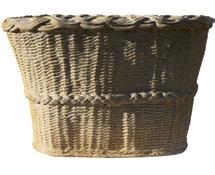
GREAT TERRA-COTTA BOX
Basket-form terra-cotta planters with detailed impressions of woven rattan. From Italy by Recuperando. recuperando.com L80 x W46 x H46 cm €690.00

Luxurious yet subtle black umbrella with bamboo handle by legendary Neapolitan maker. From Italy by Mario Talarico. mariotalarico.it Ø63 cm €229.00

PINE GARDEN ARMCHAIR Made in Sweden and based on an old design from the 1920s, with arms. From Sweden by Sekelskifte. sekelskifte.com W62 x D61 x H79 cm €226.95
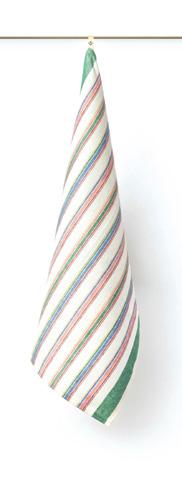
“GEA” TEA TOWEL
Exquisite textiles handwoven in the Dolomites with unusual patterns. From Italy by Chiarastella Cattana. chiarastellacattana.com L31.5 x W25.5 in. €27.87

“PASTEL” TEA TOWEL
Exquisite textiles handwoven in the Dolomites with unusual patterns. From Italy by Chiarastella Cattana. chiarastellacattana.com L31 x W24 in. €24.59

FRUITS TABLECLOTH
Restrained, yet no less joyful. A tablecloth embroidered with fruits. From Switzerland by Ebneter & Biel. ebneter-biel.ch L370 x W180 cm Inquire for pricing

“LIDO” NAPKIN IN WHITE & BLACK
Exquisite textiles handwoven in the Dolomites with unusual patterns. From Italy by Chiarastella Cattana. chiarastellacattana.com L19 x W19 in. €27.87
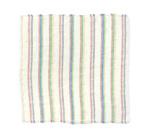
“RIGA GEMMA” NAPKIN
Exquisite textiles handwoven in the Dolomites with unusual patterns. From Italy by Chiarastella Cattana. chiarastellacattana.com L20 x W20 in. €27.05
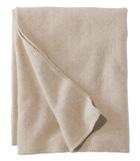
HERRINGBONE WOOL BLANKET
The perfect washable wool bed blanket for making beds the old-fashioned way; less useful with a duvet. From USA by L.L.Bean. llbean.com Various sizes from $199.00

VINYL TABLE COVER WITH FLANNEL BACK (25-YARD ROLL) Thick, white, vinyl tablecloth; cut off the roll; surprisingly chic. From USA by Choice Foodservice Products. webstaurantstore.com W52 in. $94.99
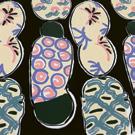
PLATTERS TABLE COVERING Fabric by the yard by artist Betty Woodman in collaboration with the Fabric Workshop and Museum. From USA by Betty Woodman x FWM. store.fabricworkshopandmuseum.org W56 in. $150.00/yard
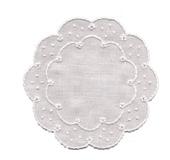
LINEN FLOWERS DOILY
Darling hand-embroidered doily or coaster from iconic Swiss shop. From Switzerland by Ebneter & Biel. ebneter-biel.ch Ø10 cm Inquire for pricing
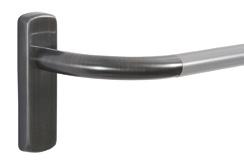
AURO CURTAIN ROD IN BLACK NICKEL
Visually quiet and easy-to-install curtain rod with cut-on-site adjustability. From France by Houlès. houles.com Various sizes, inquire for pricing
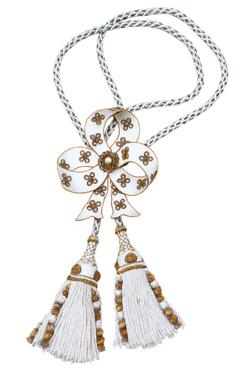
UPHOLSTERY TRIMMING II
18th-century-style curtain tie-backs exquisitely made by hand. From France by Passementerie Verrier. passementerie-verrier.com Custom sizing, inquire for pricing
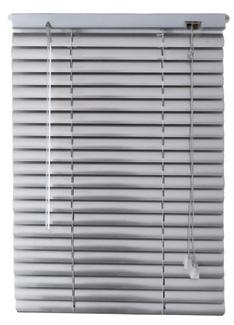
1990S ALUMINUM METAL MINI BLINDS
Metallic aluminum blinds traditionally seen in office spaces, but compelling in domestic spaces as well. From USA by Showroom Los Angeles. showroomla.shop Various sizes from $40.00
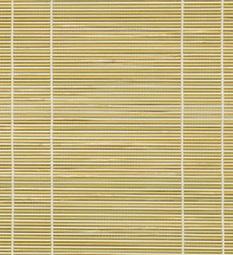
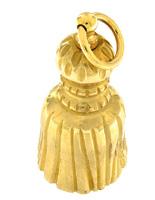
Perfect for the
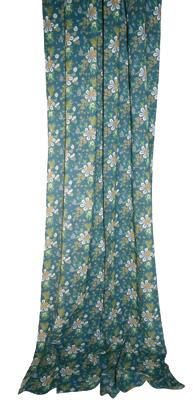
030–3138044/-45
C.Adolph Savignyplatz 3 10623 Berlin Germany
www.c-adolph.de
BALLER HARDWARE
2505 HYPERION AVE
LOS ANGELES, CA 90027 (323) 665-4149
TAITO CITY, JAPAN TERUE-TOKYO 1 CHOME-5-10 NISHIASAKUSA
+81 3-3844-4511
La Beppa
Salizada San Francesco, 3166, 30122
Venezia VE, Italia
+39 0415226968
Ding Ding Plunger From USA by Julio Torres. with superior suction designed by Julio Torres.
P.E Guerin 23 Jane St, New York, NY 10014 (212) 243-5270
www.peguerin.com
Ditta Francesco Paolucci
Via di Montoro , 5 00186 Roma RM, Italy
+39 06 68134625
W6 x H23 in Inquire for pricing
Legatoria Polliero Venezia
Campo dei Frari, 2995, 30125
Venezia VE, Italy
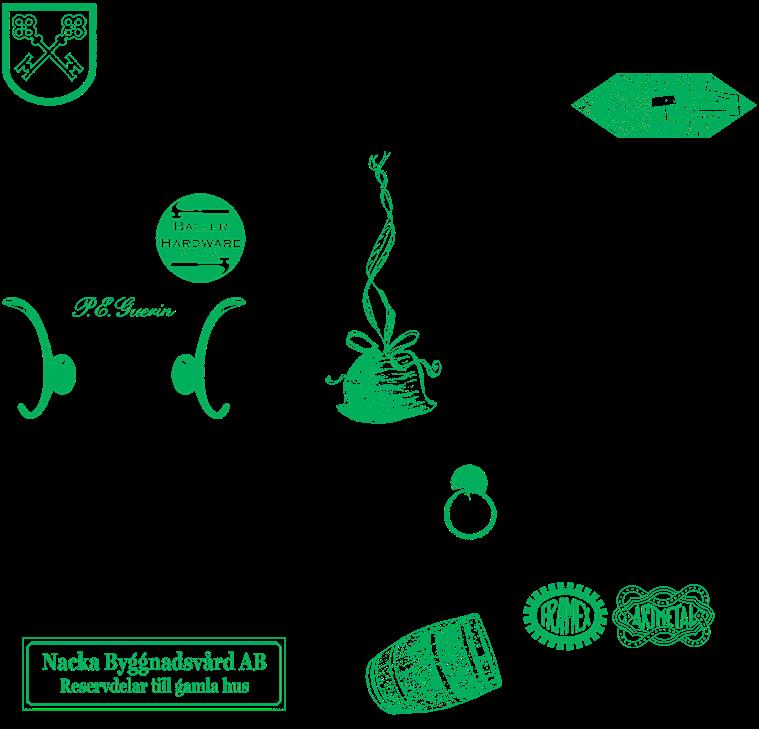
www.nackabyggnadsvard.se
33 1 43 72 99 26 www.lejeunefreres.com
209 Rue du Faubourg Saint-Antoine, 75011 Paris, France LEJEUNE FRÈRES
Gruson Prat Company 3 rue de Saintonge, 75003 Paris, France +33 1 42 72 14 11
Garden Editor Precious Okoyomon selects five natural landscapes that defy their circumstances to create zones of vitality and resilience. Landfills riddled with horse bones and wildflowers, sea kale and daffodils buttressing the mind of a dying artist, troves of botanical wonders tucked away in gritty cities—each in its own way prompted Okoyomon to deepen their understanding of what a garden can mean.
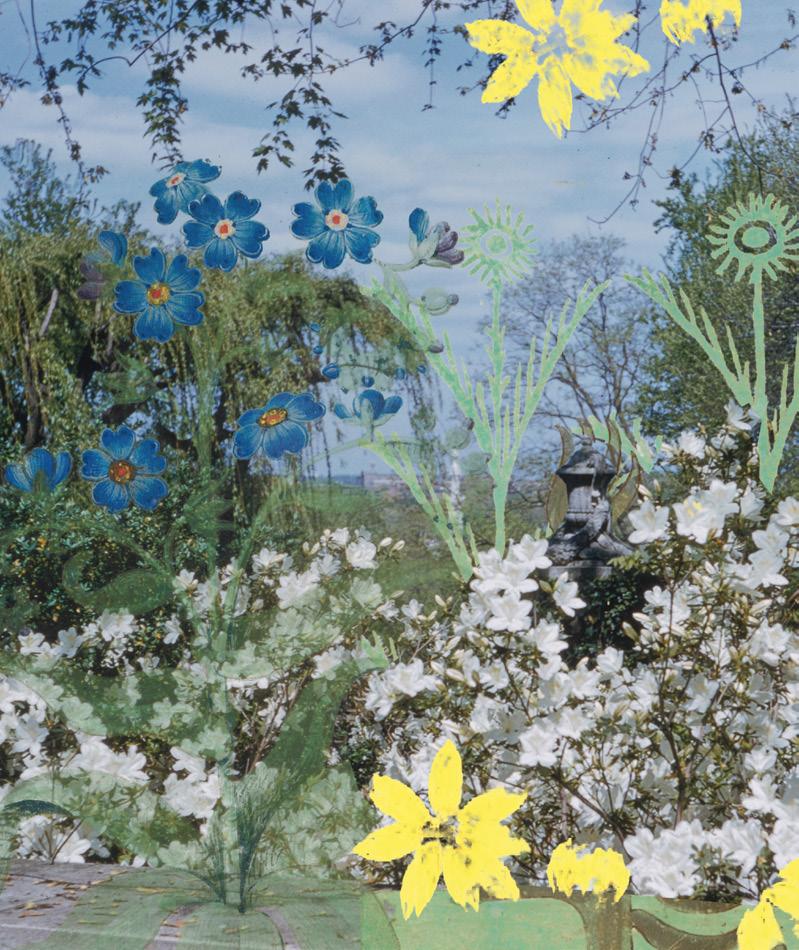
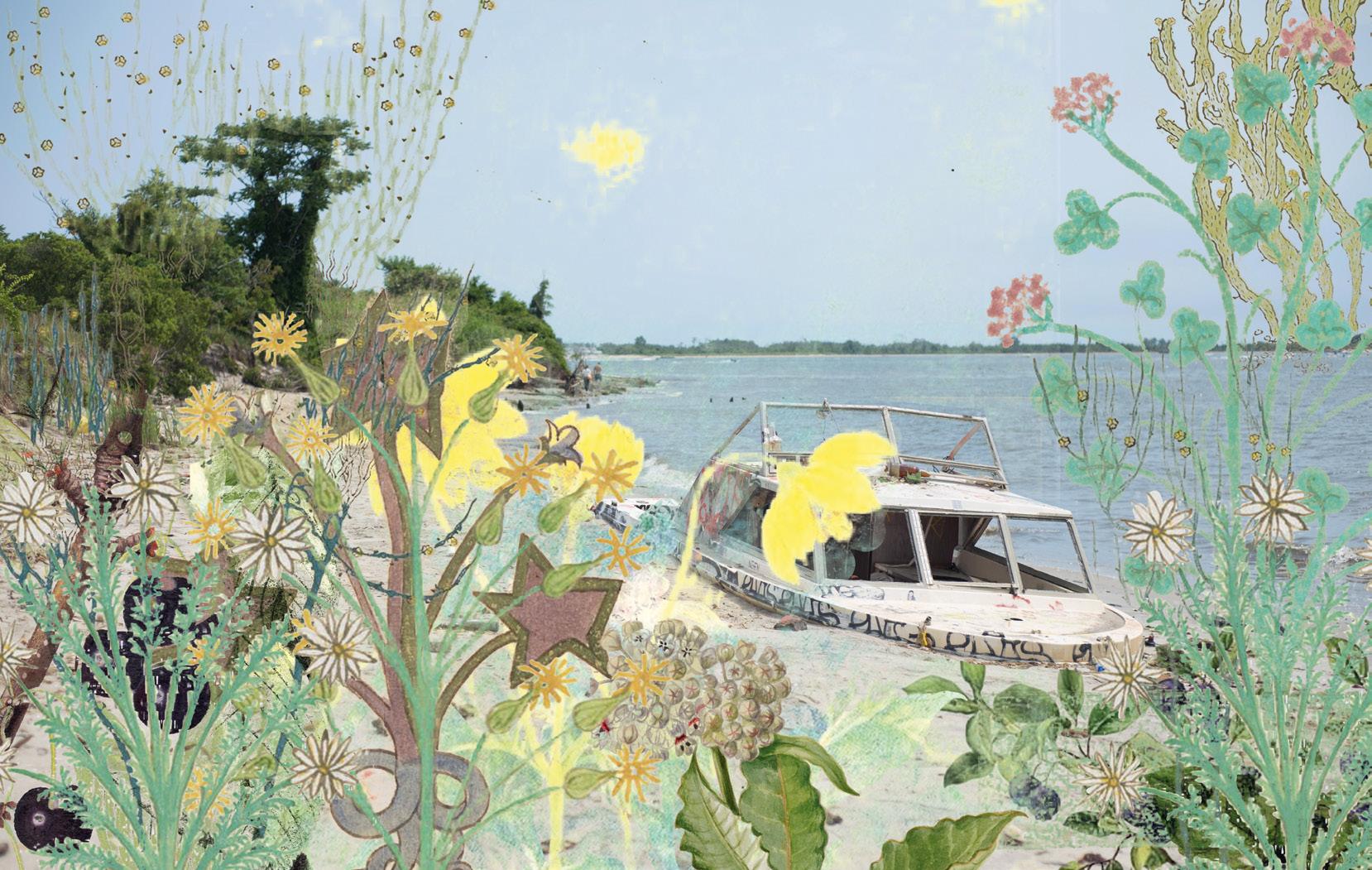

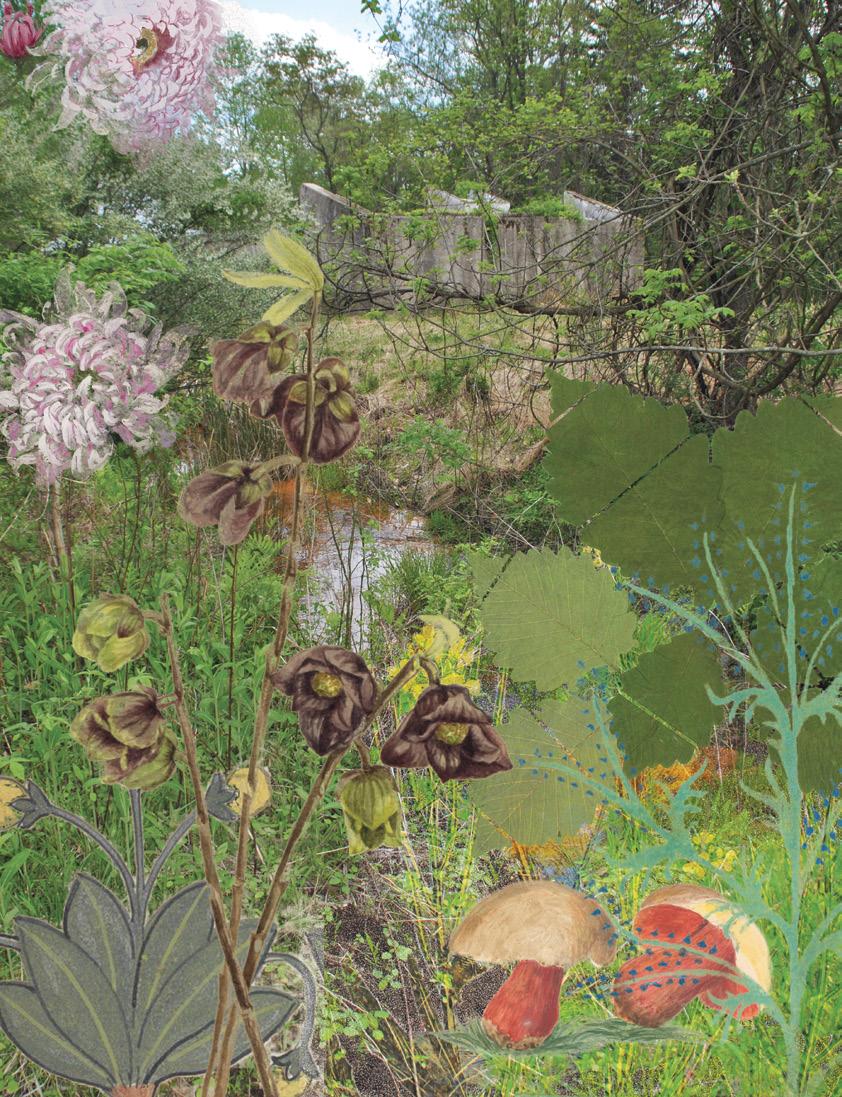
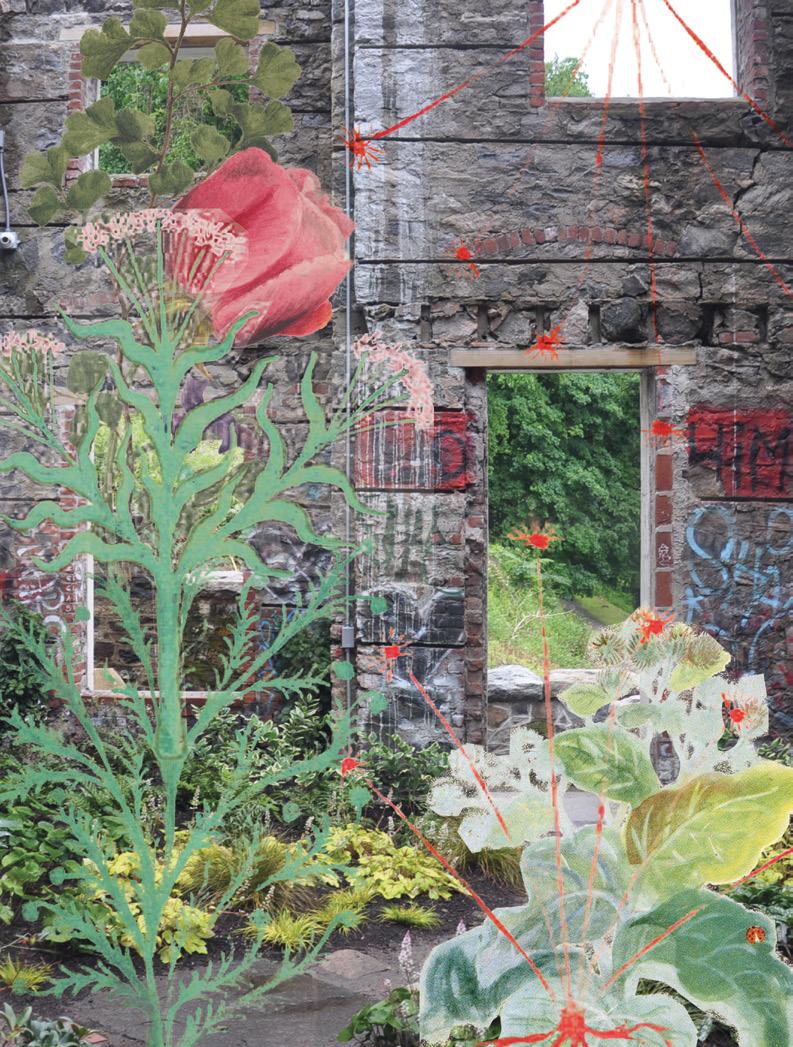
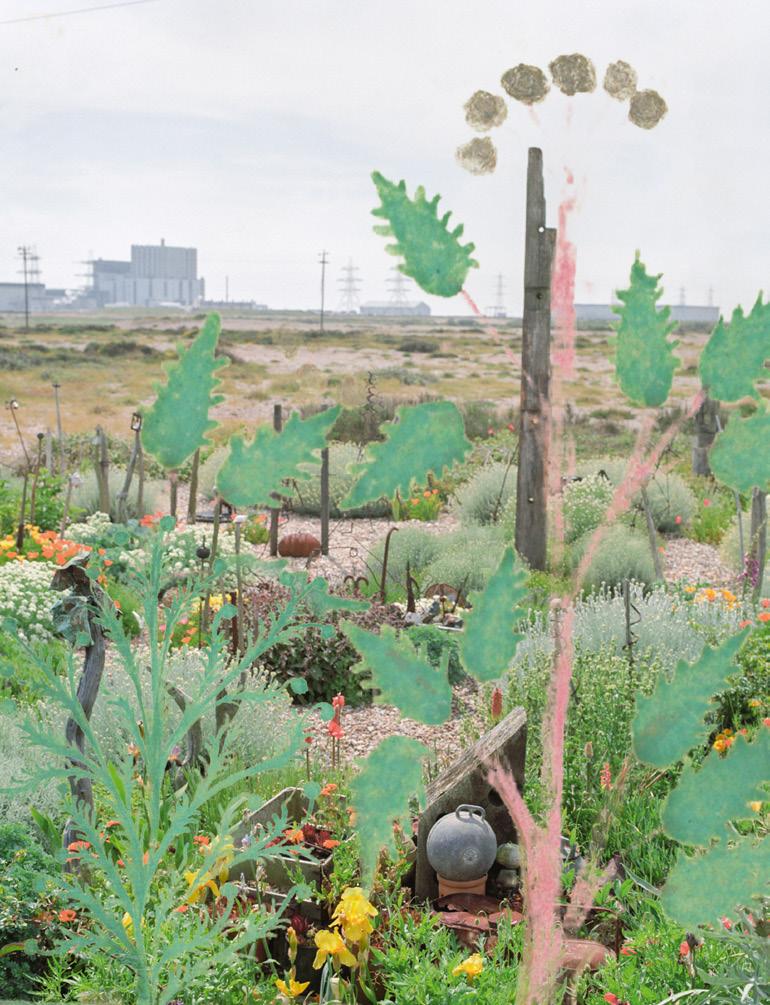
Somewhere I wish I could go but can’t. A garden in the middle of a beach beside a nuclear plant—there’s something magical about it. It shapes a lot of how I think about gardening—making them thrive in the most inhospitable places. A garden that is a paradise in a lifeless place, filled with native plants and strange objects, while Jarman slowly dies of AIDS. The fact that he decided, What I’m going to do is spend the last few years of my life making this insane garden of resilience. Sand, dry winds, no shade, sea storm, everything just rips up whatever you plant. It proves that paradise is cultivated slowly. A miracle that anything grew there, and then the way he made it all blossom, it was so special. Gardening on borrowed time, a garden is a way to hold time, and to time-travel; that’s what I think. A garden to heal himself, to live through his own illness: toxic plants, healing plants. He had this mythology, this folklore. He really understood this other life of plants. I feel like he cheated death somehow. To make beauty in a place that is destined to destroy it at the same time, a gravel beach, to make things grow where there is so little to work with.
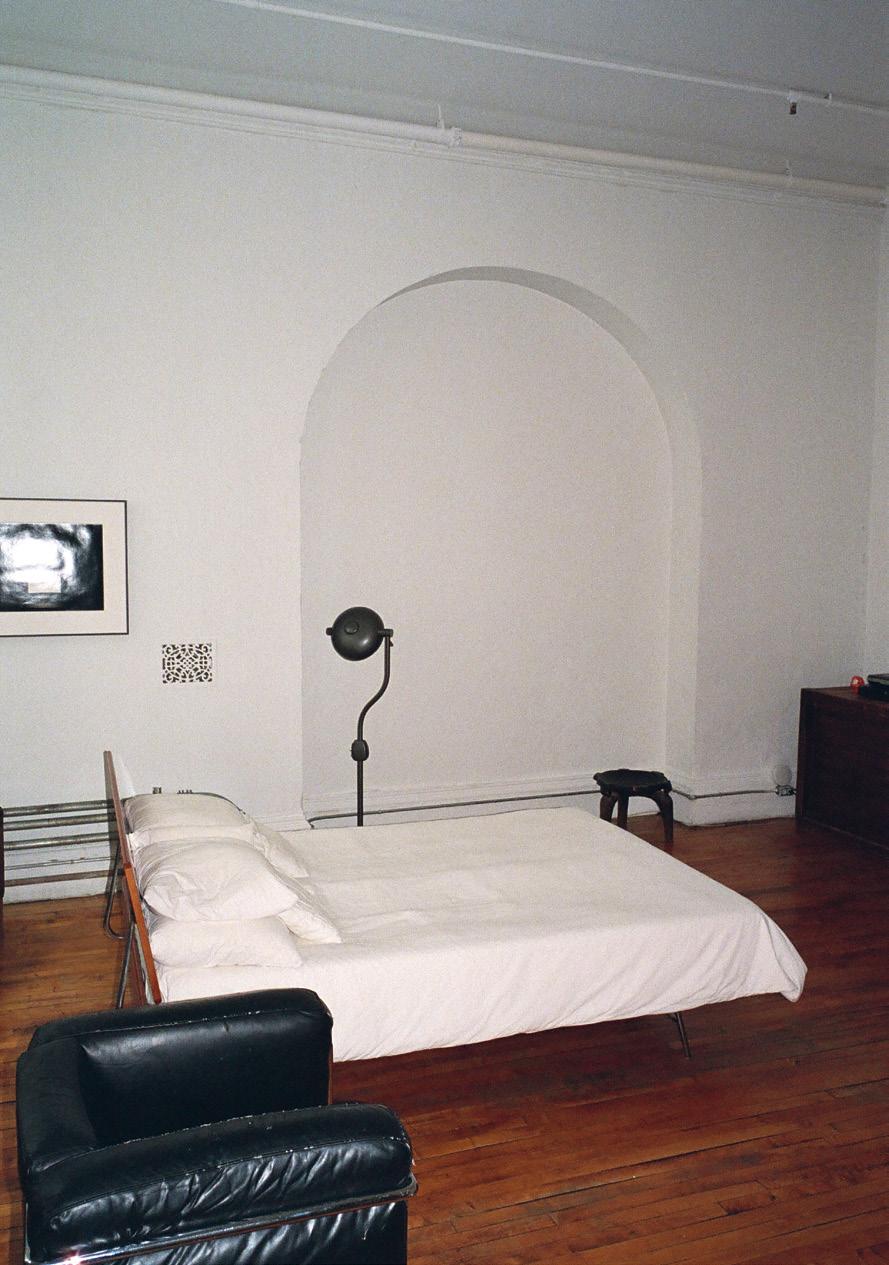
At home, the stories of our lives appear everywhere—stacked precariously on tables or displayed delicately on shelves, arranged by chance or design. Even the most articulated interior contains drawers and closets full of memories and mess, the traces of experience. These homes in Norfolk, Kyoto, Santa Fe, Manhattan, and Burgundy read like diaries, their architecture and interiors inseparable from the lives within.
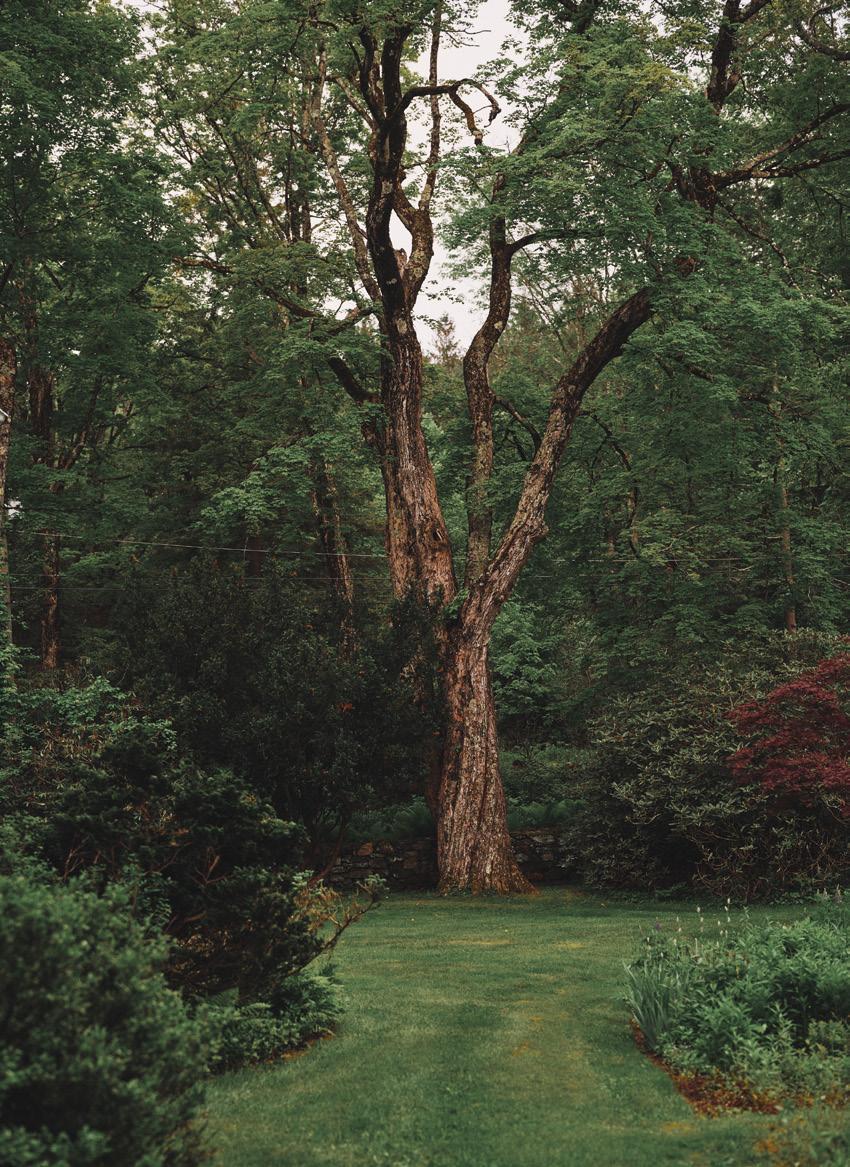

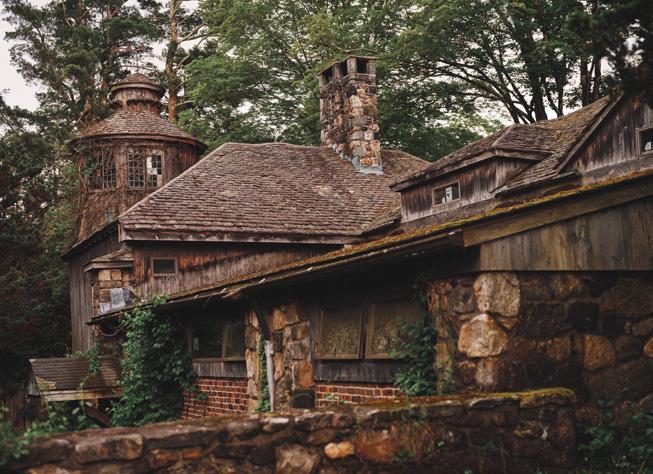
A FAMILY COMPOUND designed by the enigmatic A LFREDO T AYLOR serves generations and imaginations.
TEXT by THESSALY LAFORCE
PHOTOGRAPHY by ADRIAN GAUT
CREATIVE DIRECTION by AKARI ENDO-GAUT
Coolwater is a large property near a small lake in Norfolk, Connecticut. It belongs to the Childs family, who have lived in Norfolk for more than a century, and still do. On a hot summer day, siblings Starling Winston Childs and Elizabeth Gil—now the family’s elders, who both grew up in Coolwater—met me on the driveway. Keeper, Childs’s Rhodesian Ridgeback, followed close behind as Childs led me into the house through one of its many entrances, the lush northern Connecticut landscape framed by the panes of countless windows.
Coolwater was originally a colonial farmhouse built around 1803 by the Tibble family, who farmed the surrounding land. Childs’s grandfather—also Starling Winston Childs— purchased it in 1909 from Ralph C. Burr, a descendant of Aaron Burr. It possesses the typical features of a colonial home: an inviting hearth, wide maple and pine wood foorboards, perilously steep stairs, low ceilings, and terrible insulation.
“MY GRANDFATHER FELL ASLEEP UPSTAIRS AFTER HE BOUGHT THE HOUSE, AND WOKE UP WITH FROSTBITE ON HIS NOSE. HE HAD A BLACK NOSE ON WALL STREET FOR TWO OR THREE WEEKS, BUT IT DIDN’T FALL OFF,”
Childs tells me. In the winter, they would hang blankets from hooks in the ceilings to trap the warmth. Eventually, the elder Childs’s wife, Jane Cofn, demanded renovations, and the couple hired the architect Alfredo Taylor to build a more modern and capacious addition to the house.
Taylor was also a Norfolk resident, fond of wearing tweed jackets and plus fours, and he kept his Garibaldi beard expressively waxed.
He is perhaps less well known today than some of his contemporaries, like his École des BeauxArts classmate Julia Morgan, but in Norfolk, he was something of a starchitect, having designed 50-plus properties. “A town builder saved all of Taylor’s blueprints in a barrel in a barn, so we have a well-preserved collection,” says Barry Webber, the executive director of the Norfolk Historical Society & Museum. Taylor, he adds, had range—his own house in Norfolk was an Italianate villa, and he also designed in the style of a Swiss Chalet, English Tudor, and Spanish Basque. Sometimes he mixed these styles together: “He really embraced all favors of architecture,” says Webber. Many of his buildings fell into what might be categorized as Richardsonian style, where dense, interplayed masonry, turrets, and Romanesque arches added a certain kind of heft that the American colonial and Federalist styles lacked. AMERICA
WAS IN ITS ASCENDENCY, AND TAYLOR UNDERSTOOD HOW TO GIVE ANEW BUILDING THE AURA OF HISTORY THAT APPEALED TO A GENERATION IN THE EARLY HALF OF THE LAST CENTURY WHO HAD TAKEN UP THE PROJECT OF NATION-BUILDING.
At Coolwater (the younger Childs suspects that the name was lifted from an English estate), Taylor added a large dining room, a butler’s pantry, a master bedroom, and a gathering hall, as well as several sleeping porches for the warmer months.
Entering the Taylor portion of the house feels akin to stepping into an M.C. Escher drawing or stumbling into an entirely diferent building, in which the colonial farmhouse gives way to Colonial Revival oak arches and a daring staircase with a low handrail and gaping balusters (which the Childses eventually modifed to prevent their small children from falling through them).
IT BECAME A GRAND HOUSE, CAPABLE OF SLEEPING HORDES OF GUESTS AND A ROBUST LIVE-IN STAFF.
THERE ARE DELIGHTFUL
In 1930, the elder Childs commissioned a monumental Sport House from Taylor, replete with a fves court, a basketball court, and a gun room. Its sloped roof was designed to appear sagging with age as slate shingles laid using forced perspective produced an air of grandeur. Summer plays were staged under the dramatic glow of the wooden turret’s stained-glass windows. That same year, the photographer Samuel Gottscho photographed Coolwater. His images show a restrained elegance—Shaker furniture against the pickled-oak panels.
These days, swaths of Coolwater have bowed to time and the whims of generations, the decor feeling at turns utilitarian and higgledy-piggledy. Mementos of family lore are everywhere: salvaged scraps of a Hong Kong junk boat that one member found especially compelling while living abroad, worn gloves from the fves court, which no one really plays on anymore. Velvet curtains hang of their railings. One porch shows the fading imprint of an ill-fated hot tub (the younger Childs’s idea). Many of Taylor’s design experiments, it seems, couldn’t quite withstand the decades of human touch and New England’s alternatingly harsh and humid weather. The coal-and-cornhusk composite tile foor warped. The wooden railings rotted repeatedly until, eventually, they weren’t replaced. The ornate lead drainpipes adorning the Sport House were deformed by the weight of Childs children who loved to dangle from them. A cousin—or a nephew, I couldn’t quite keep track—once shot at a squirrel with a BB gun, and the diamond-shaped Sport House panes remained smashed in perpetuity. Eventually, the house became too challenging for Childs and Gil’s aging mother to navigate in her wheelchair, and a portion of Coolwater was modifed to age with her.
A SINGLE WALL, OR BOOKSHELF, OR
There is feeling here, sufused into the red carpets that line the main rooms and the hemlock-paneled walls from an earlier century. Teeming, timeworn, utterly unkempt, this kind of spirit is impossible to recreate. (Its patina is so irresistible, in fact, that the fashion designer Emily Bode sometimes rents the Sport House to photograph her American sportswear-inspired clothing against the faded walls of the fves court.)
On my visit, the rambling house was flled with friendly clutter: issues of Foreign Policy from the 1980s, monogrammed Childs suitcases, 1950s wooden toys, croquet mallets, heavy boxes of family silver, and Yale dinner service. That morning, multiple beds upstairs had been stripped (Coolwater can sleep 25 people at least) following the departure of visitors. It was easy to imagine the Childs family’s cohort descending upon the house in the summer, with groups ambling of during the day to recline by the cabins on the lake, play pool in the Sport House, or play tennis further afeld (the Coolwater tennis courts have fallen back into nature)—or simply nap in a hammock. The evenings would be convivial and unpretentious, with a large, unfussy dinner and plenty to drink, the night trundling amiably on and on.
Toward the end of my visit, Childs took me to the lake. We found his niece, Laura Gil, with her husband in the water. It was calm and clear, the sky a bright blue. Two hawks circled lazily above me. “Imagine this place in the dead of winter,” Childs told me, “with black ice everywhere.” His voice was laced with sentiment. He had studied forestry at Yale University, following in the footsteps of his father. I heard the depth of familiarity that Childs felt—not just for the natural world, but for this world in particular—the way one season shaded into the next here.
I thought of a short story by John Cheever, where the narrator describes his New England family home, perhaps not too dissimilar from Coolwater. He writes: “excepting St. Tropez and some of the Apennine villages, it is my favorite place in the world.” As we dried of over cans of beer, Laura shared her favorite story about Coolwater: how a young man arrived one evening, was given a bed, woke up, and was served breakfast by the Childs’s butler, and then, believing he was at a bed and breakfast, asked how he could pay. There is a sense of abundance at Coolwater. A feeling that you can always come back. As I got in my car to drive back to the city, Childs told me, “You know where to fnd us.”
The walls are covered in an English cottage chintz framing skirted 1950s settees, a maple Shaker end table, and an Inuit seal carving.
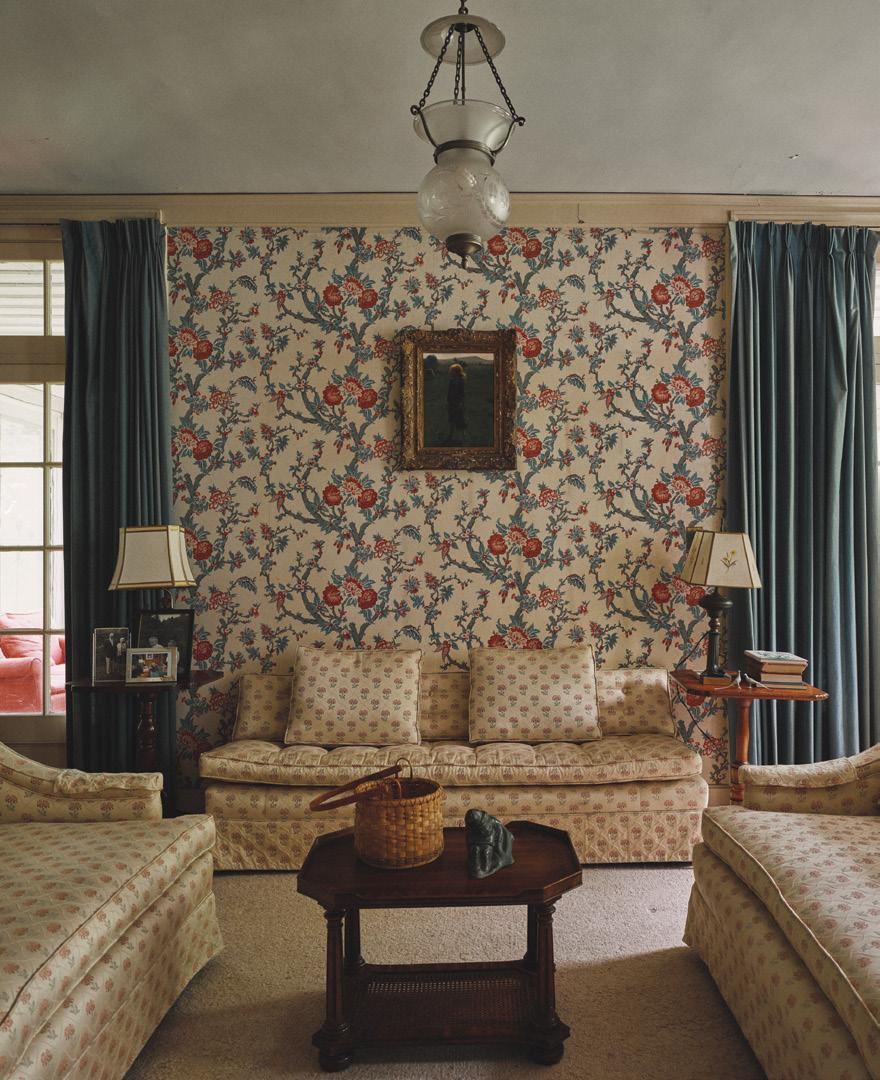
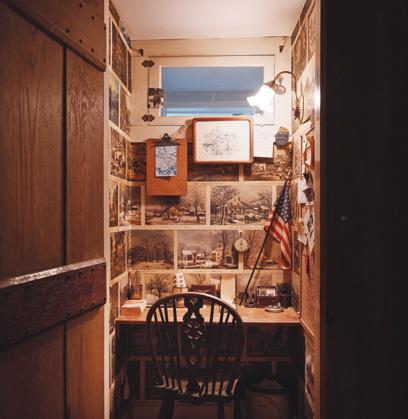
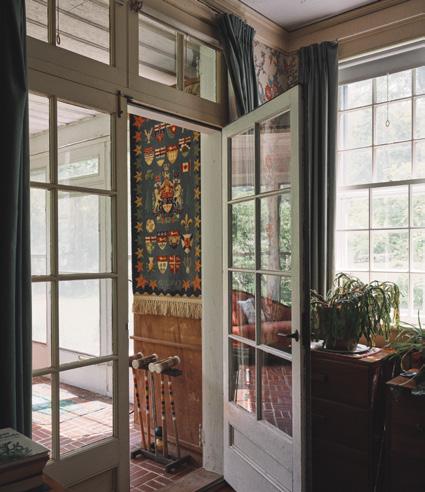
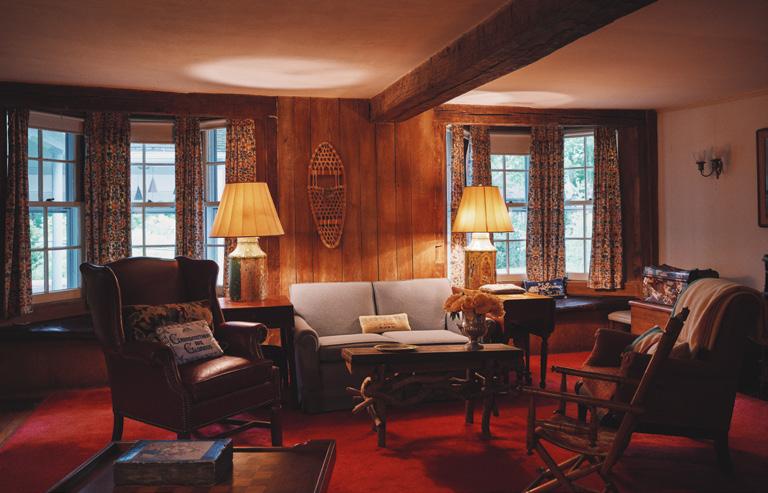
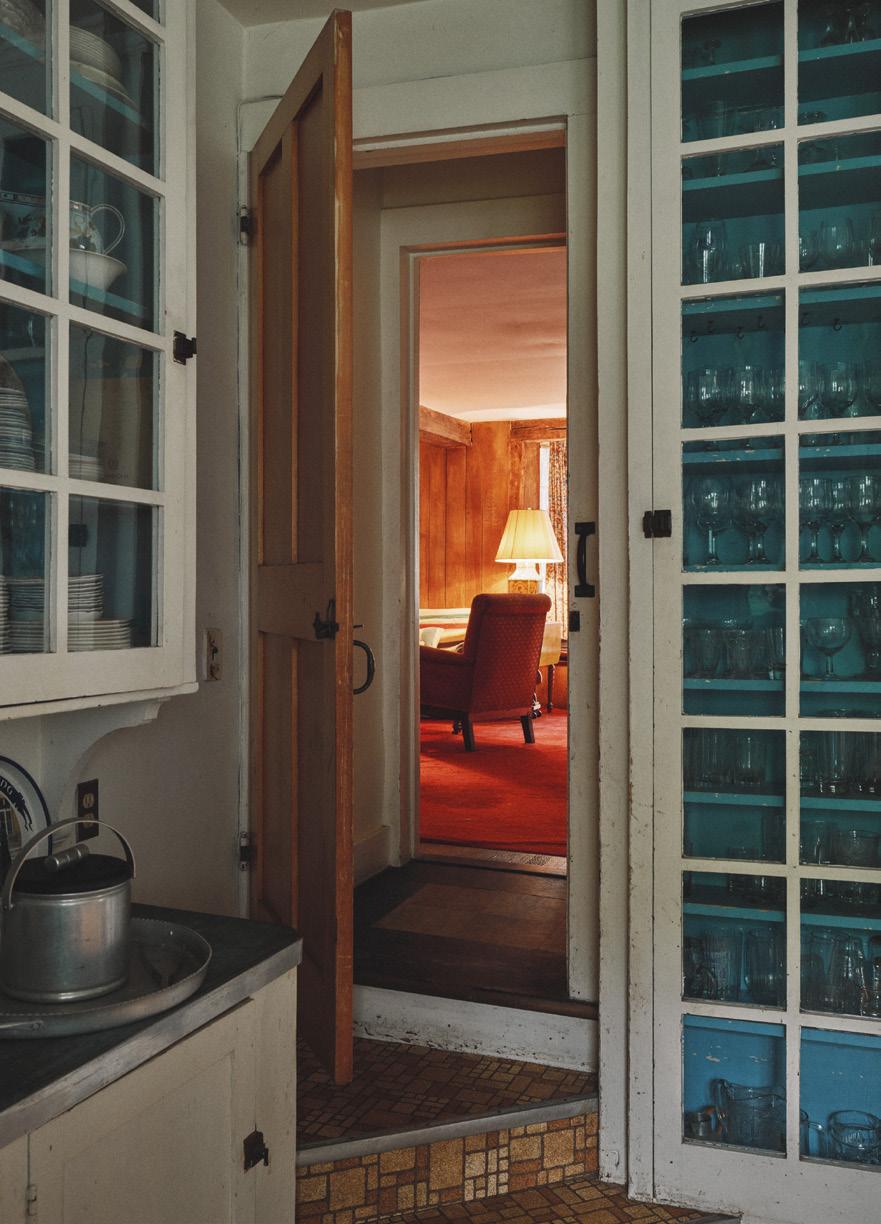

Below: The staircase at the heart of the house is fanked by keepsakes from abroad: a 1900s maple captain’s chair, a 1920s Japanese rice paper centipede kite, a mid-20th-century Chinese vase lamp, and willow sticks for the I Ching, gathered in China in the 1970s.
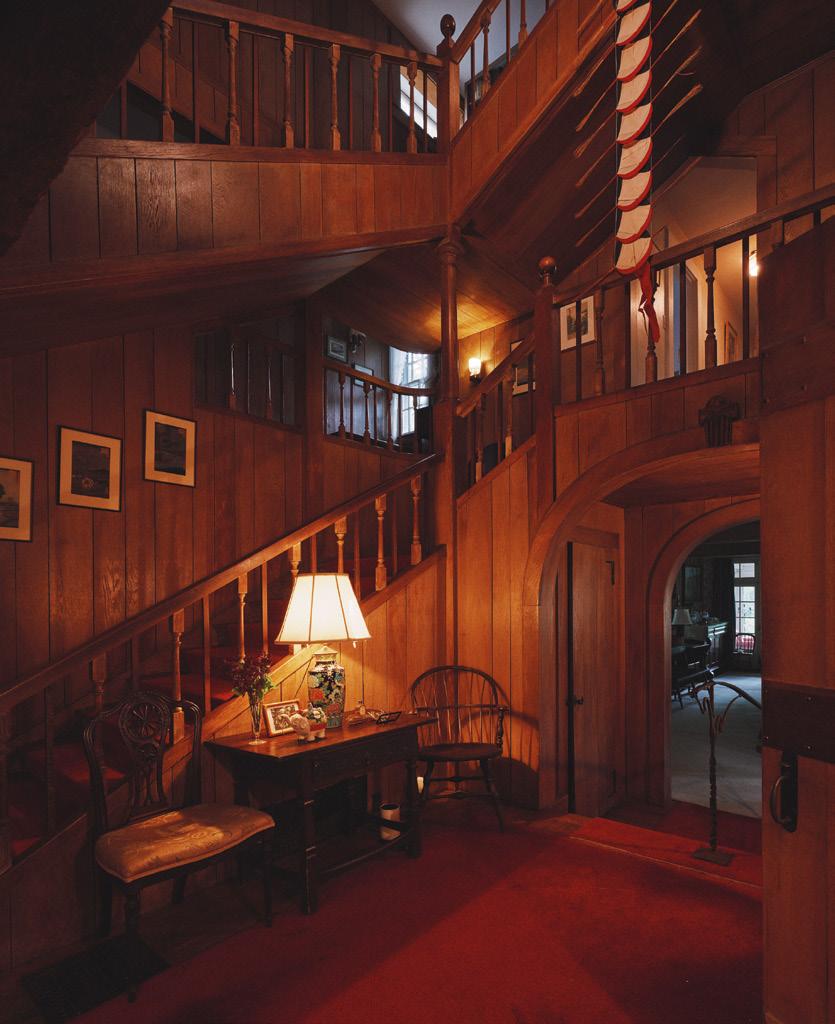
The holiday closets are full of paper-egg garlands, hand-knit stockings, Venetian
and a wind-up Christmas tree.
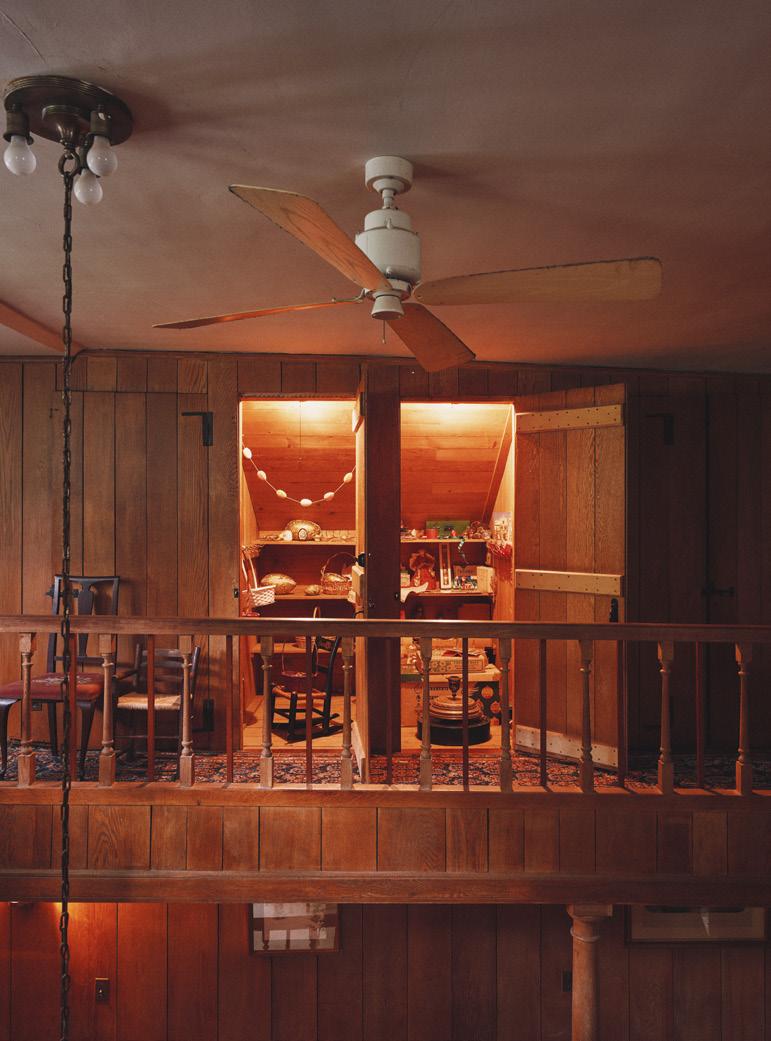
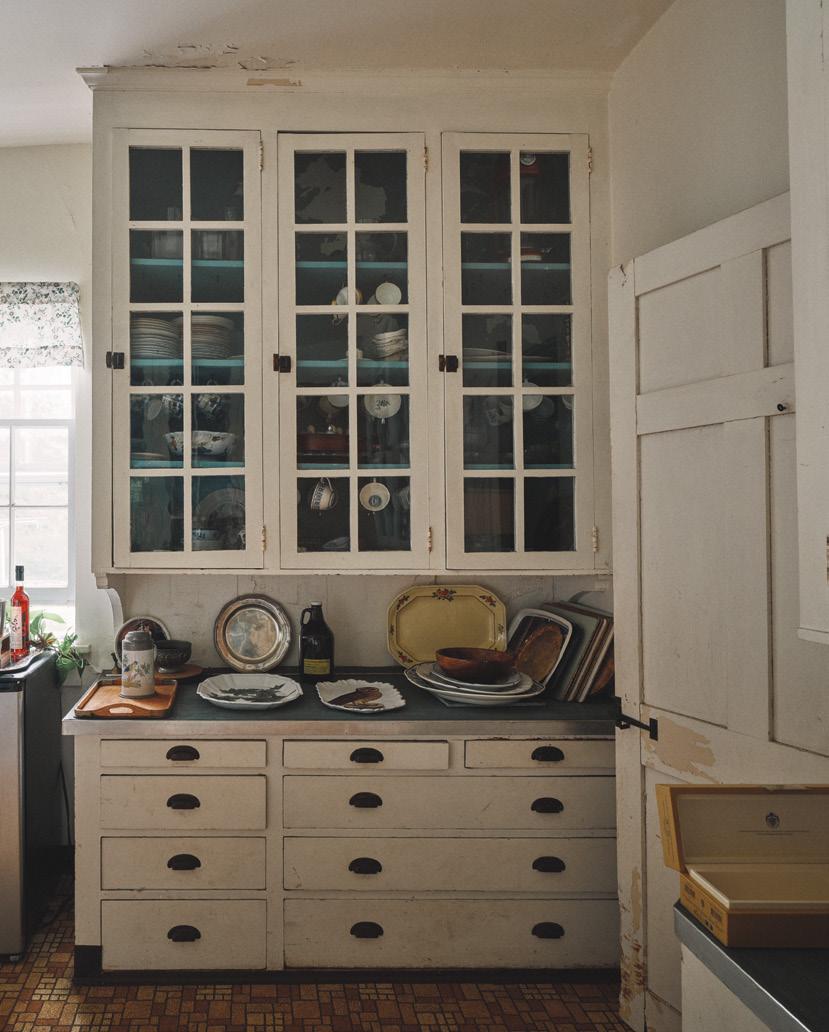
Bottom
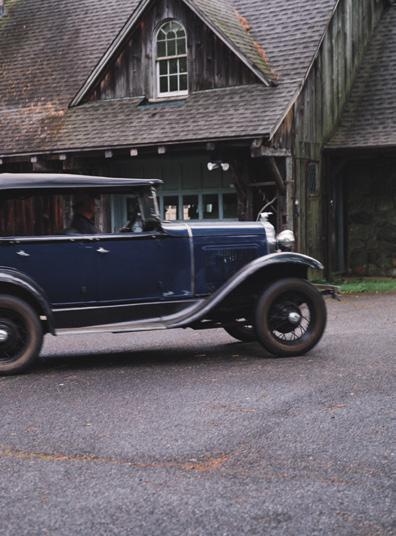
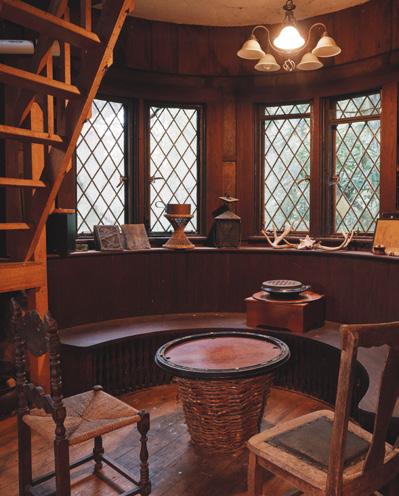
Bottom
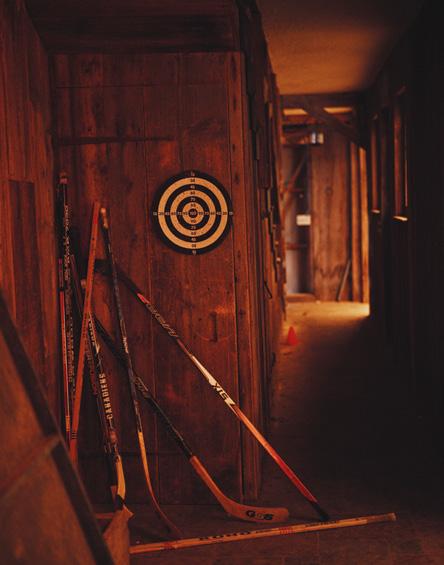
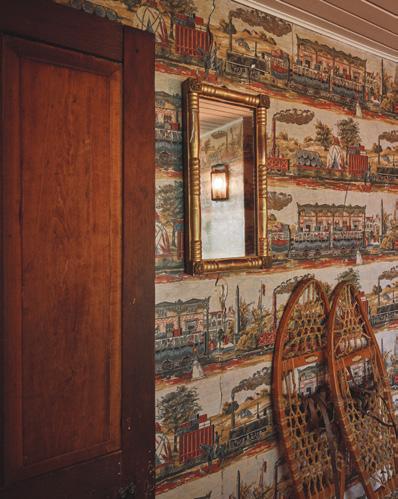
A 1930s subterranean court for basketball and badminton lit by kerosene-bulb fxtures. The table holds a projector during billiards night.
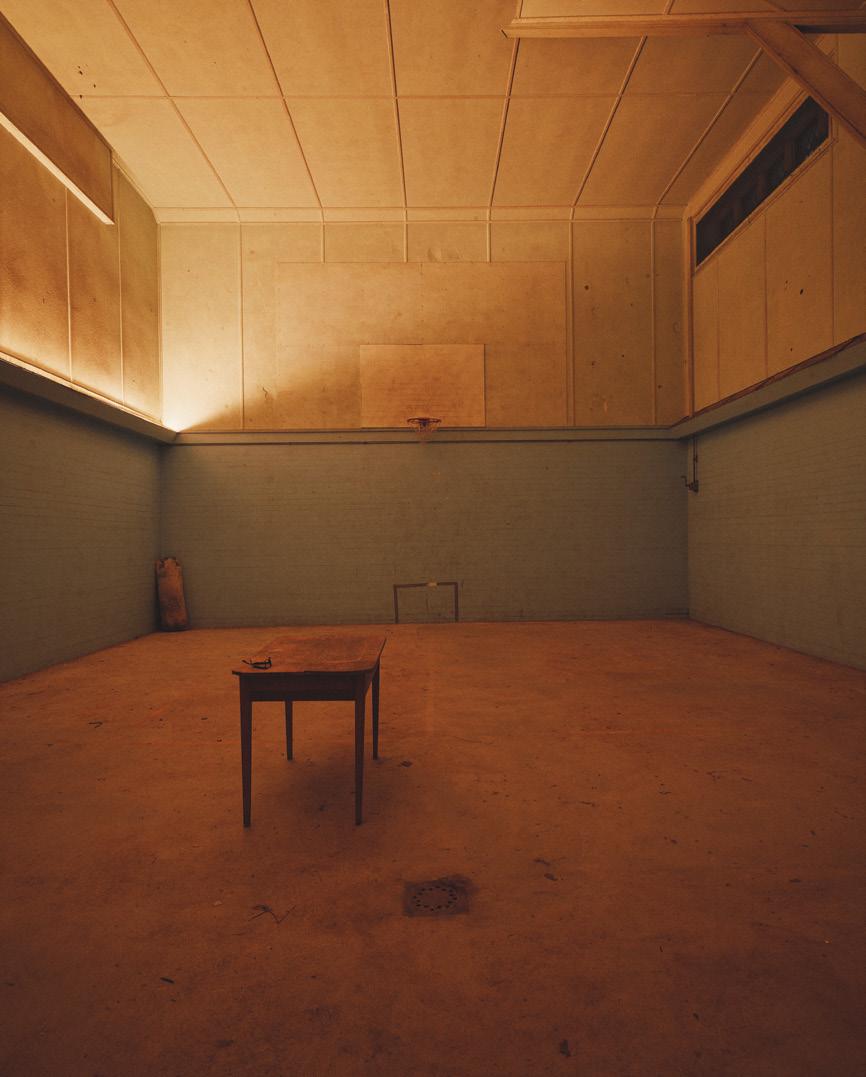
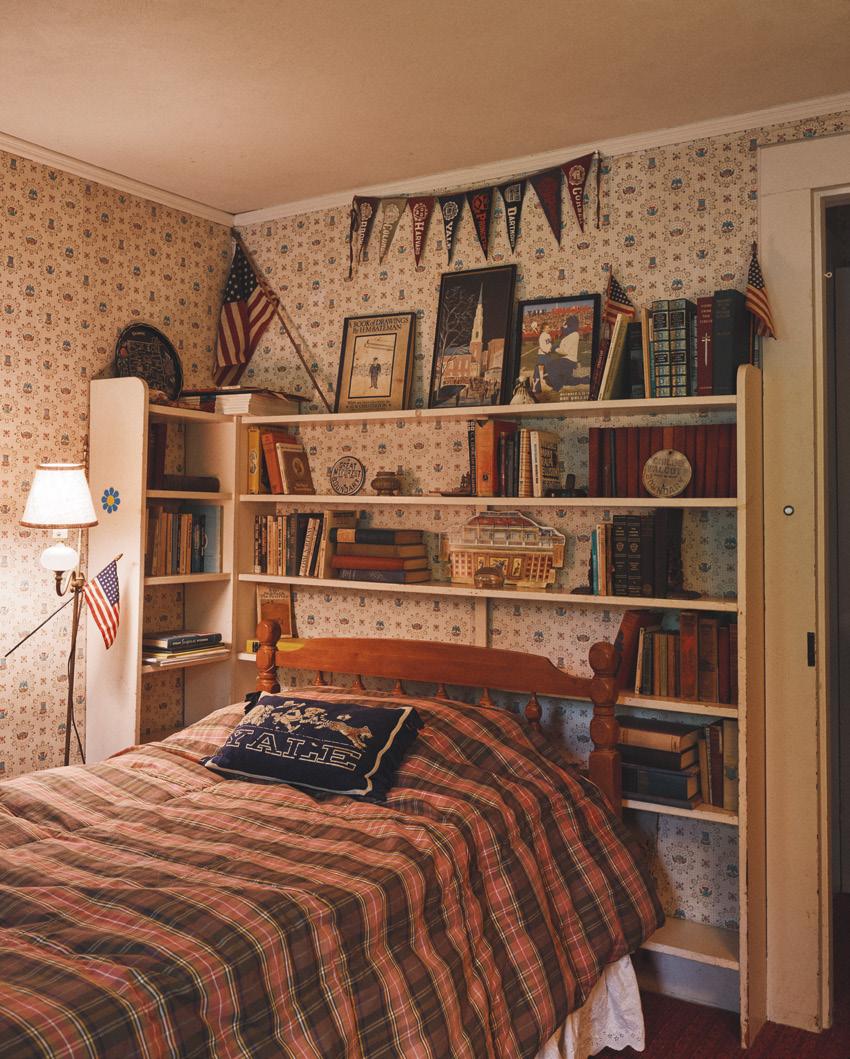
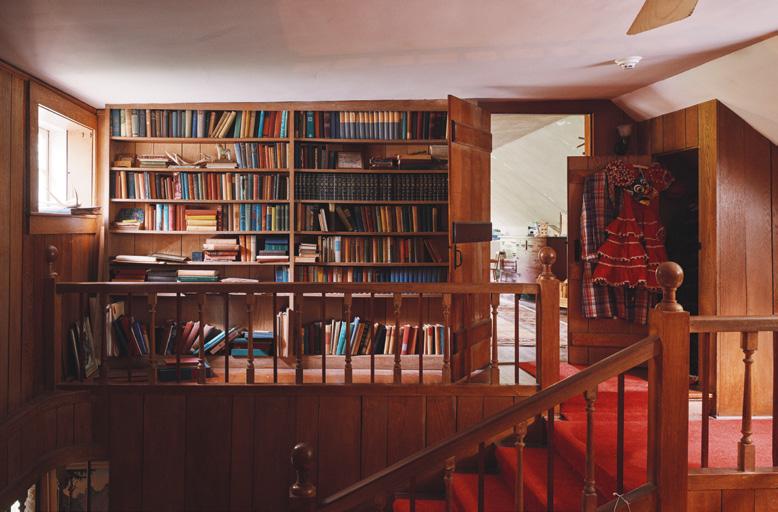
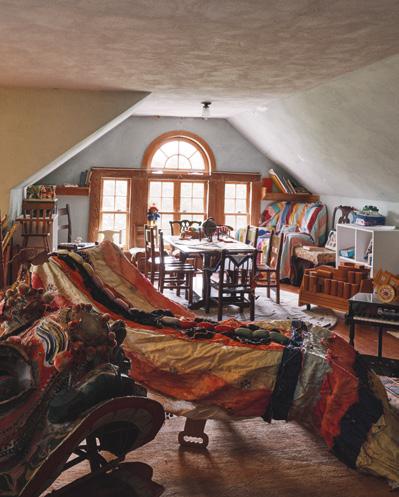
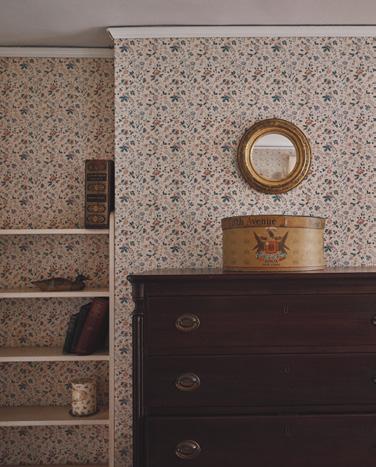
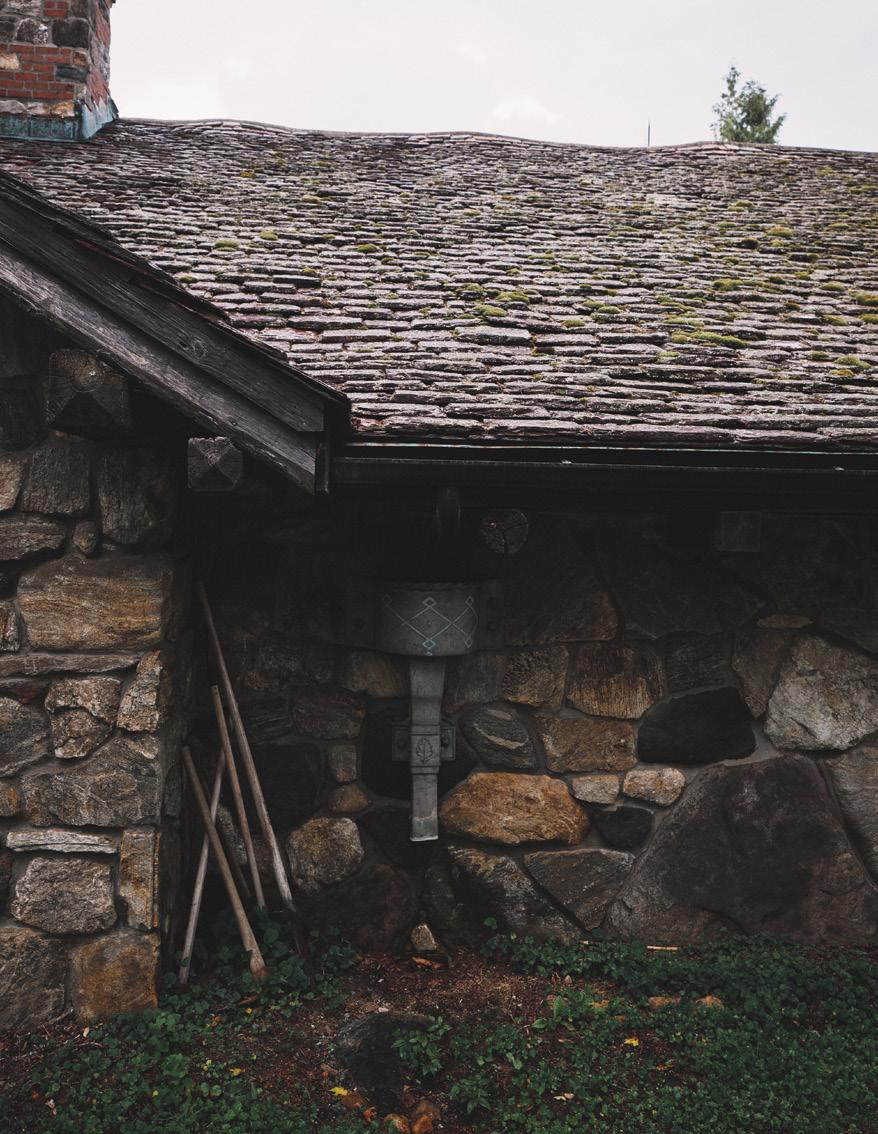
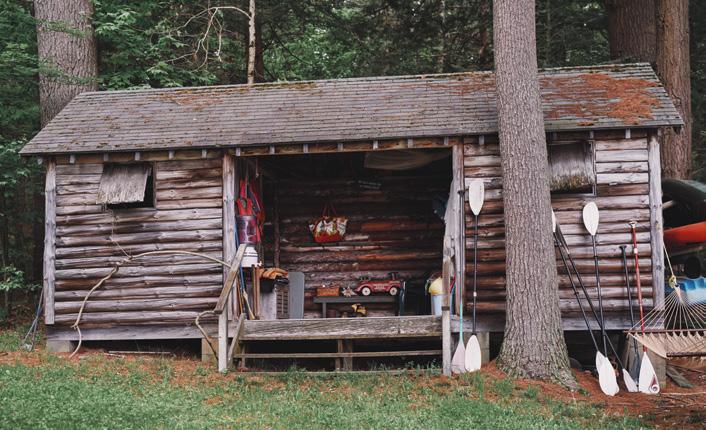
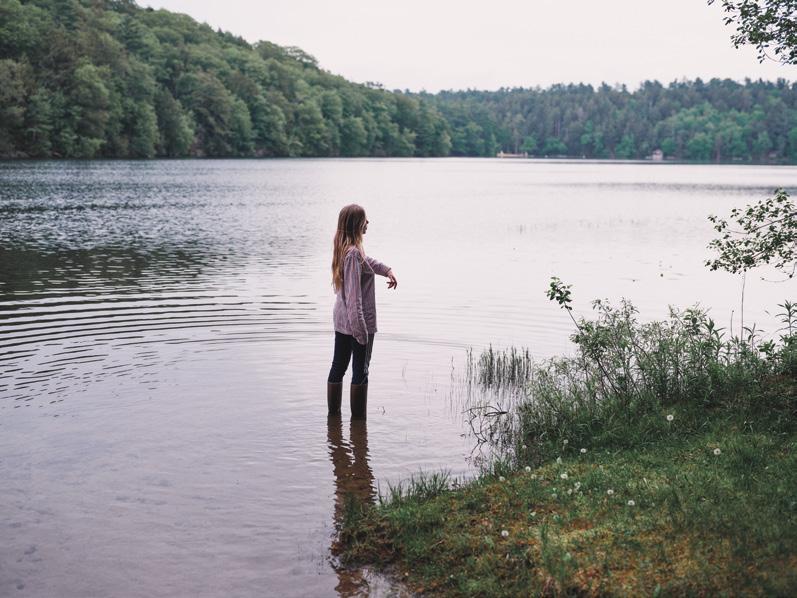
Photography by Takashi Homma
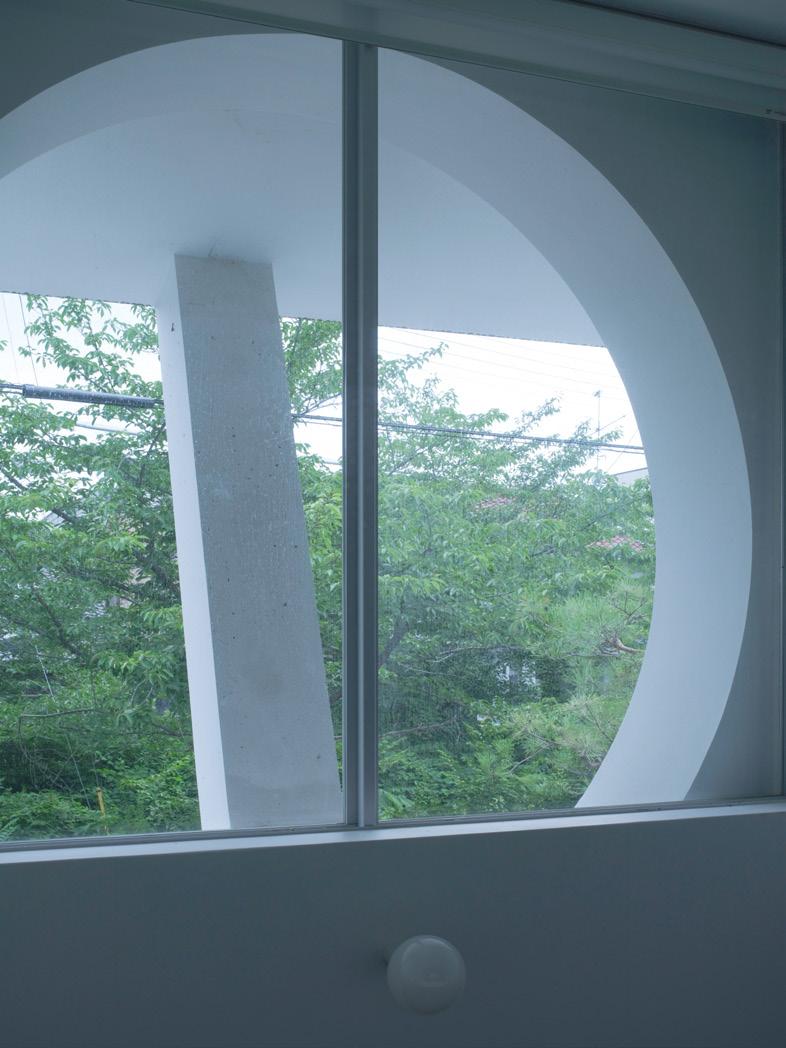
Takashi Homma captures a Johnston Marklee homage to Kyoto’s waterway vernacular, with views to Mount Daimonji-yama, a courtyard garden by Toshiya Ogino, and tearoom by Nakamura Sotoji Komuten.
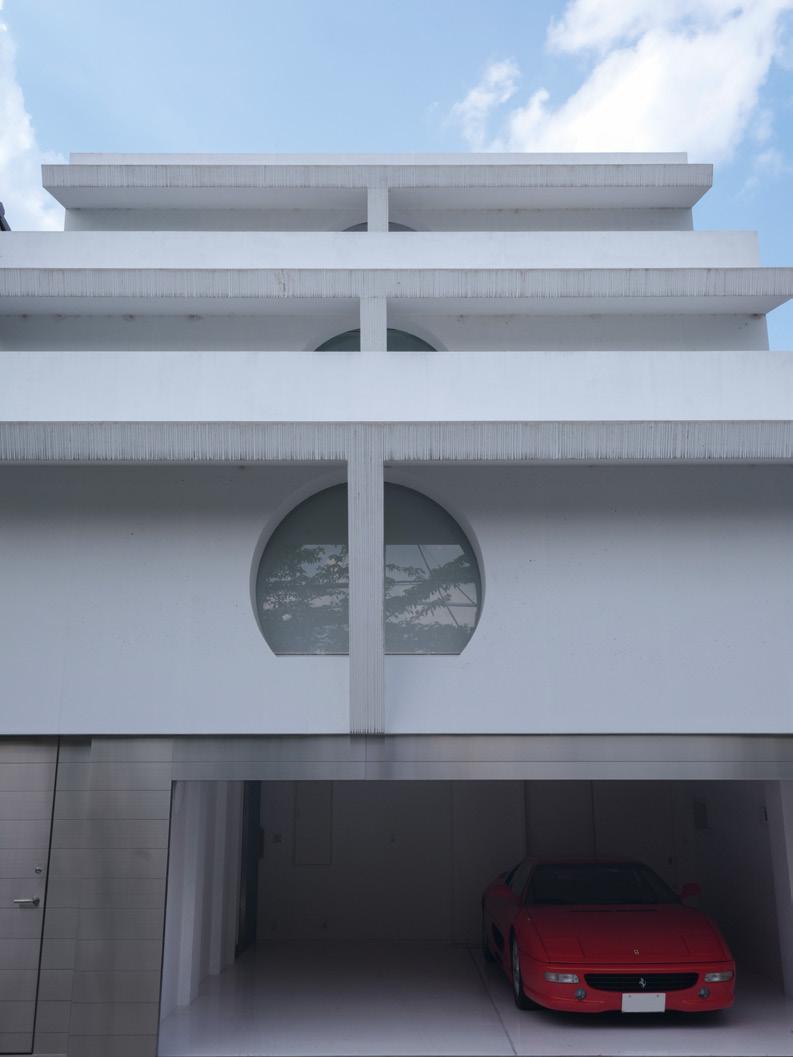
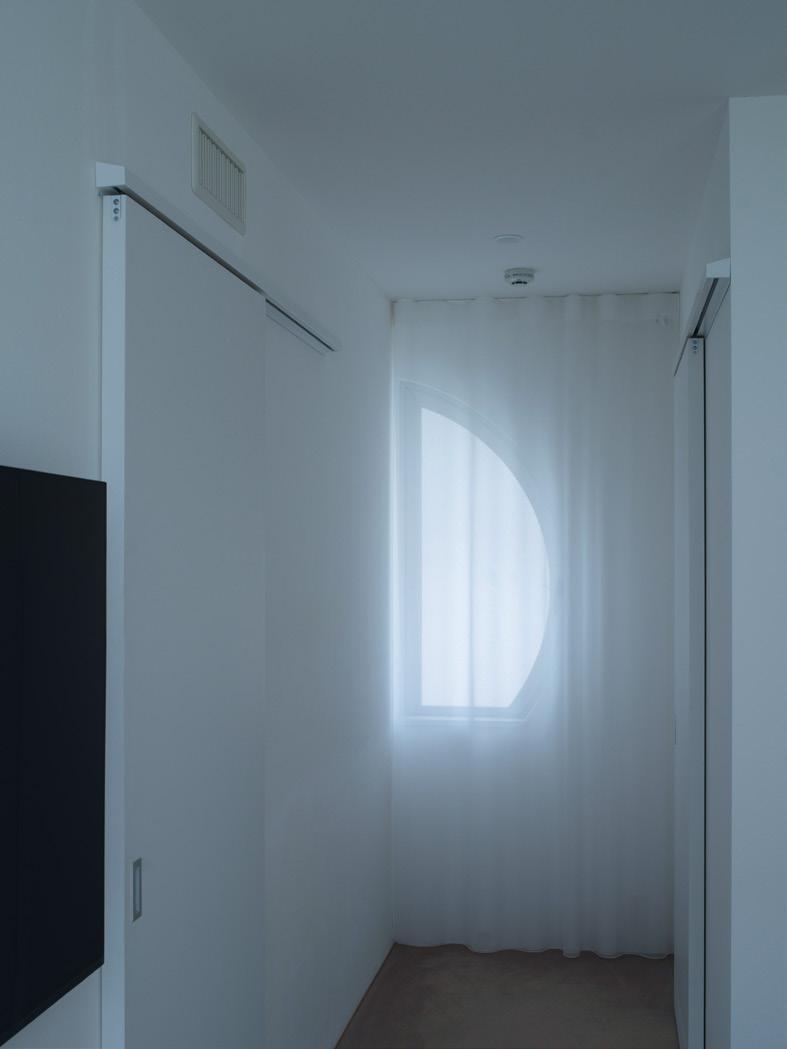
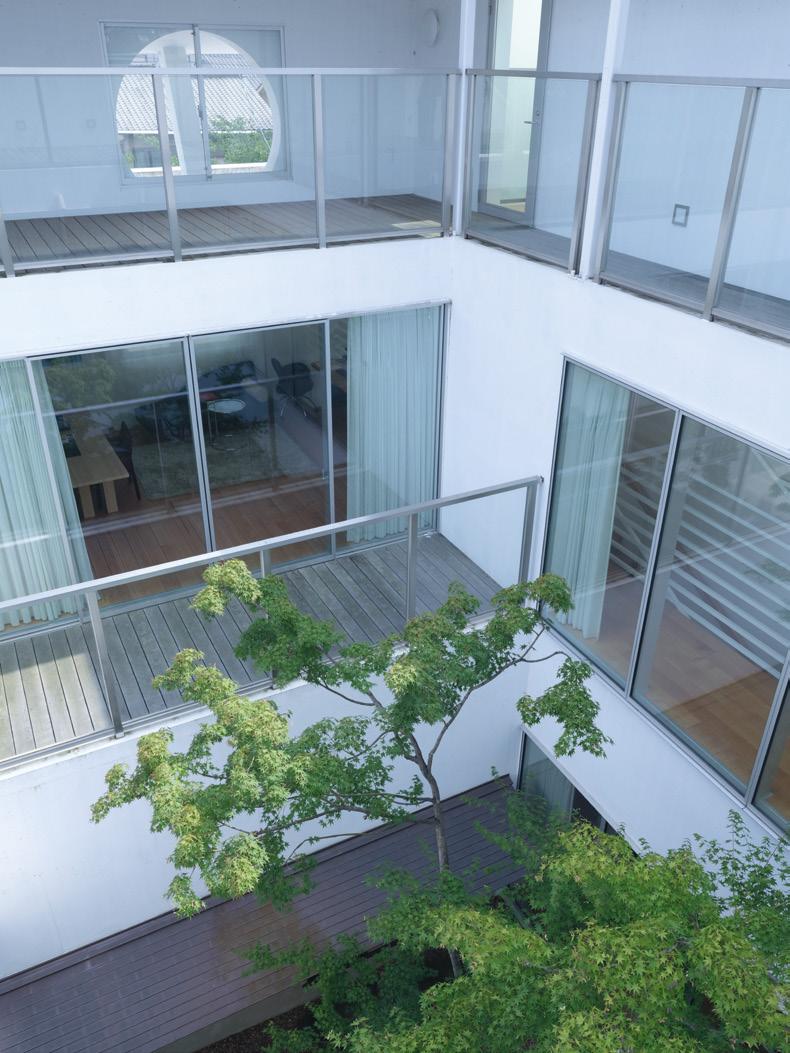
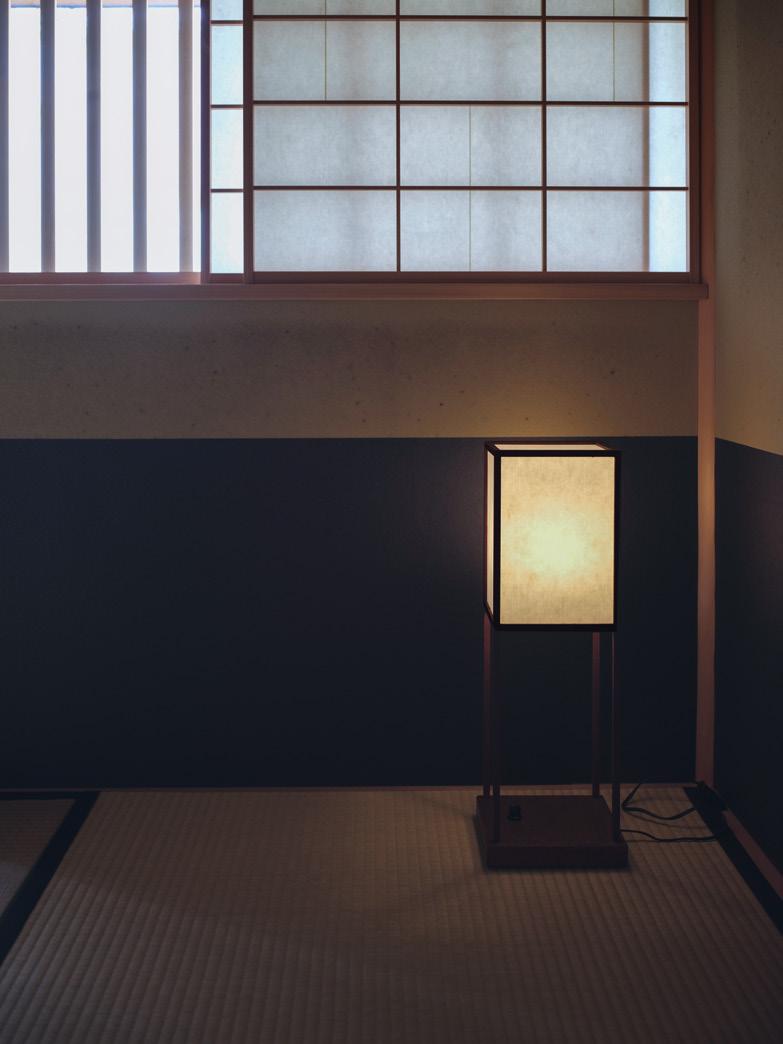
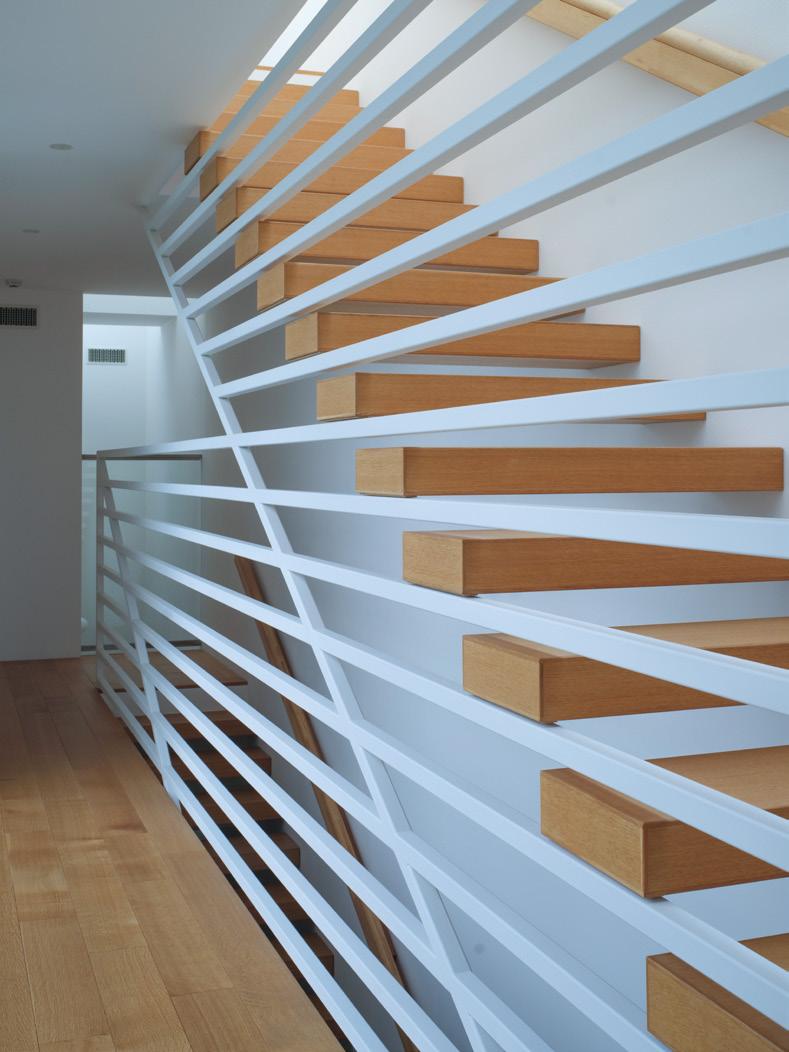
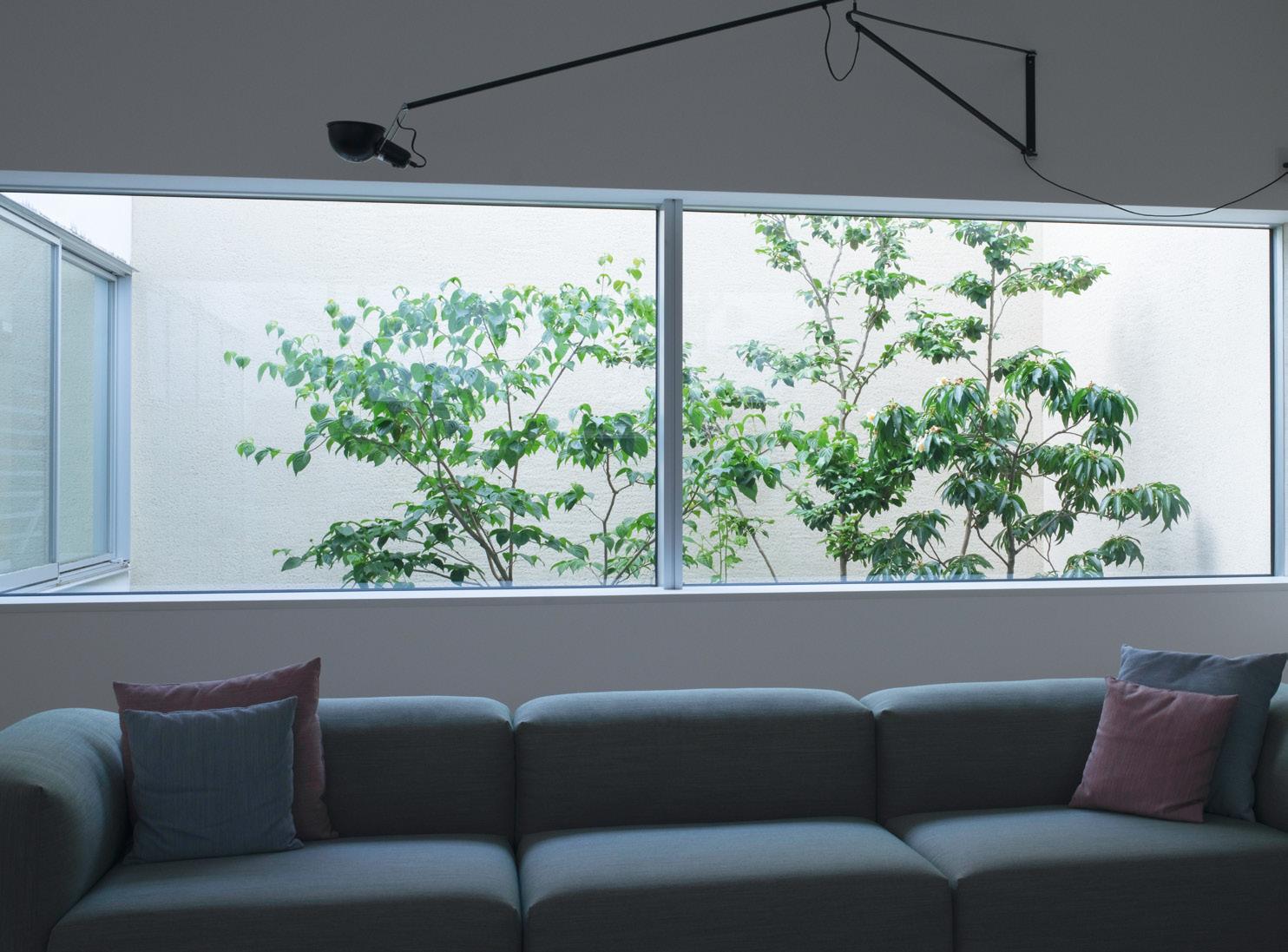

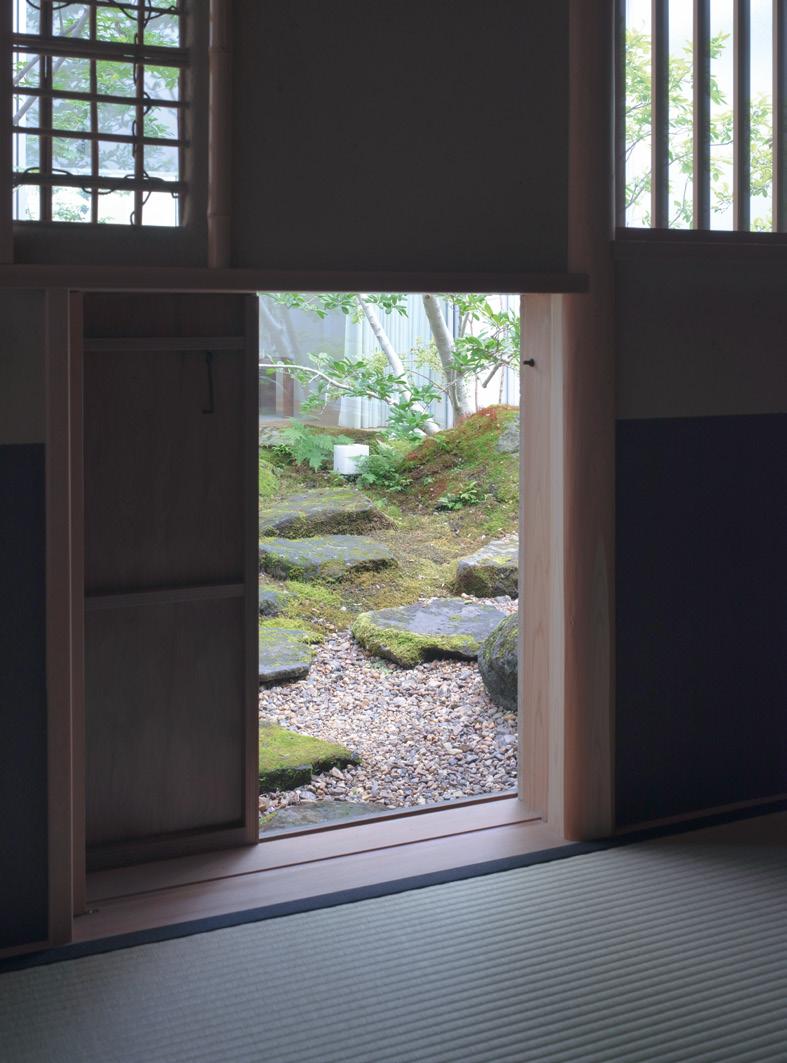
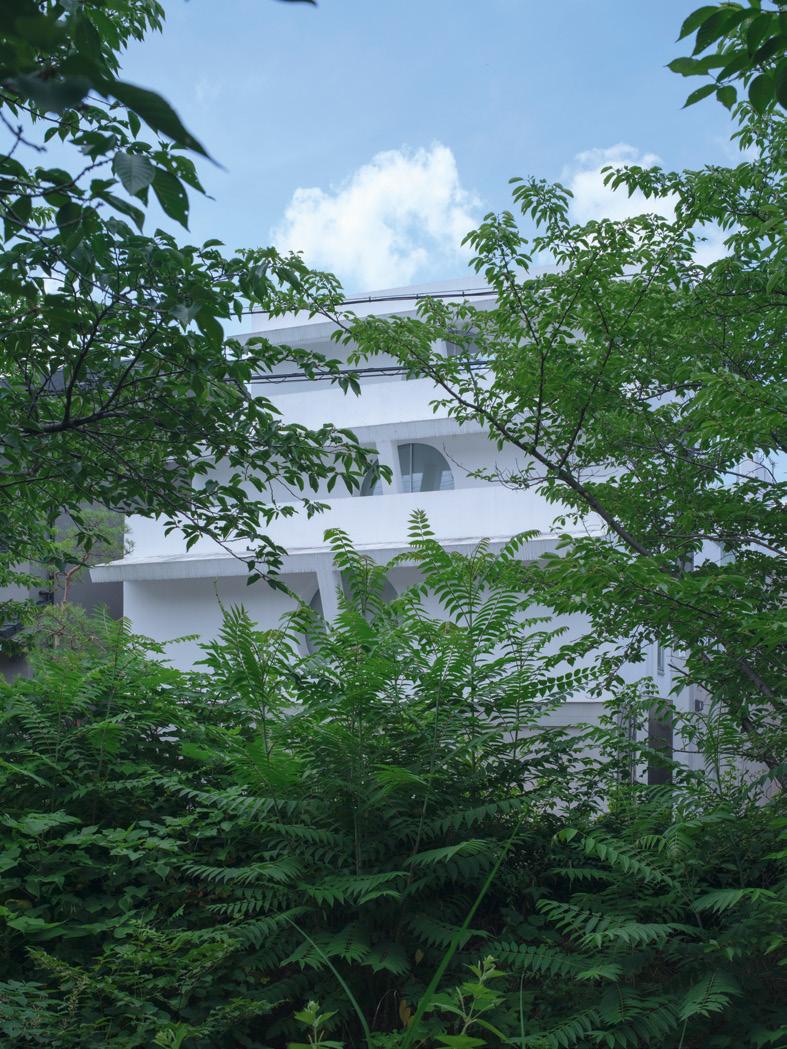
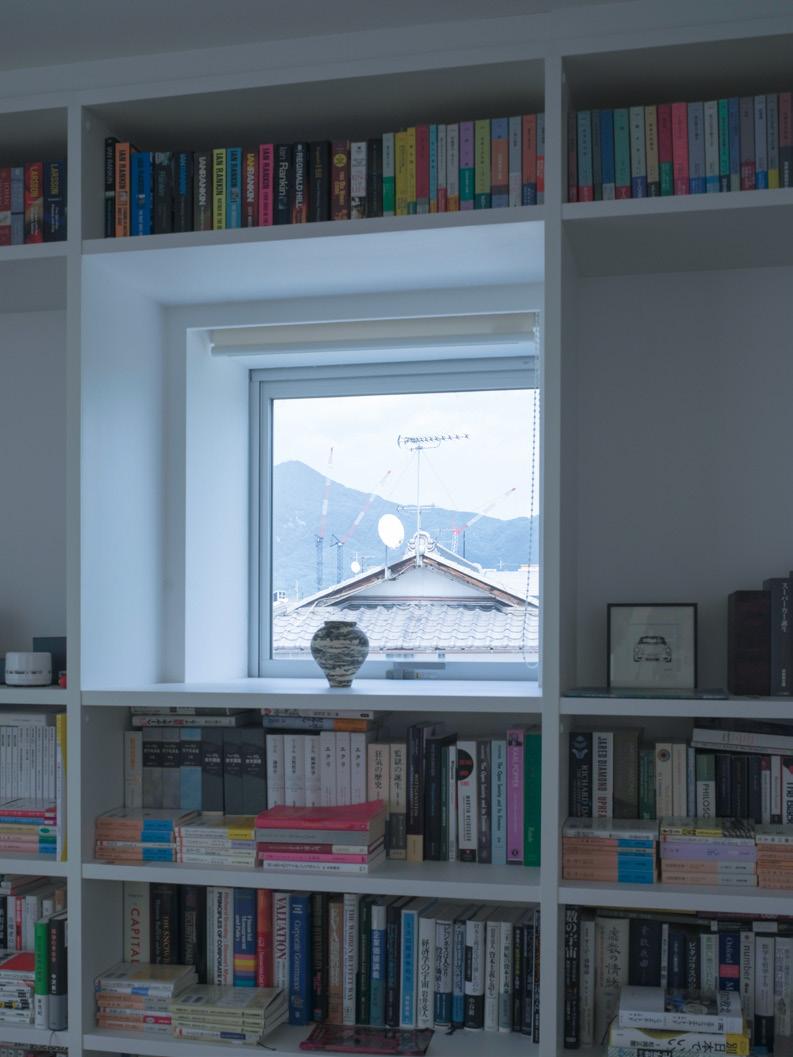
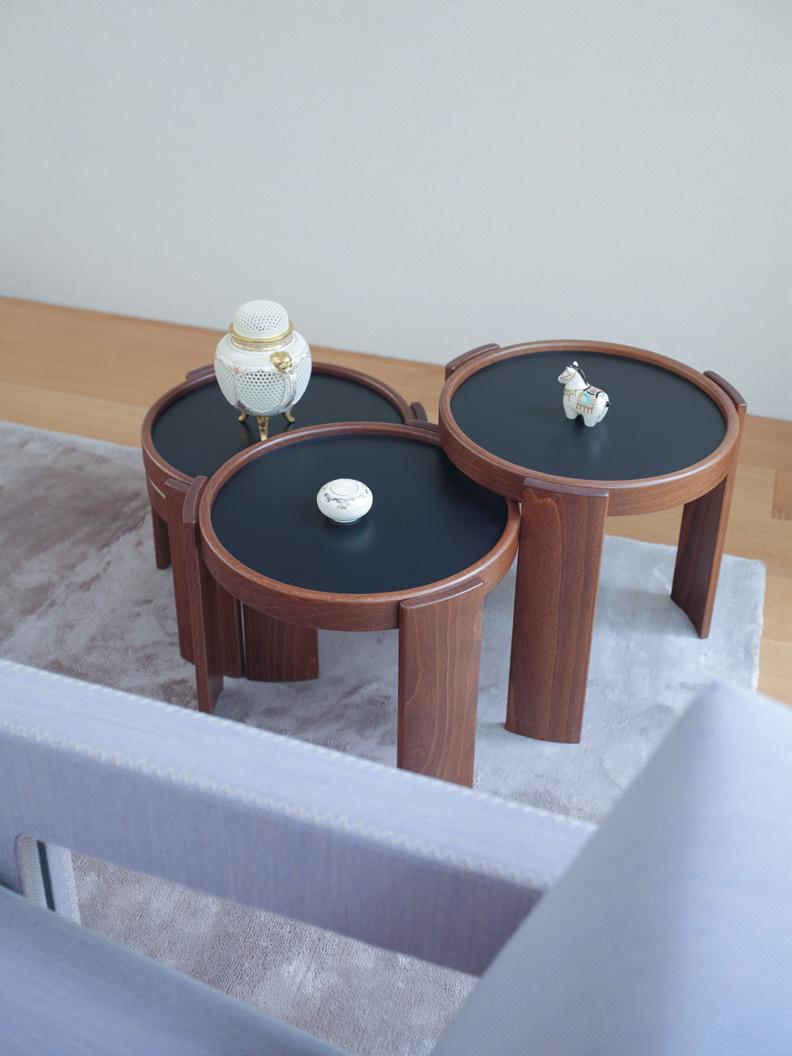
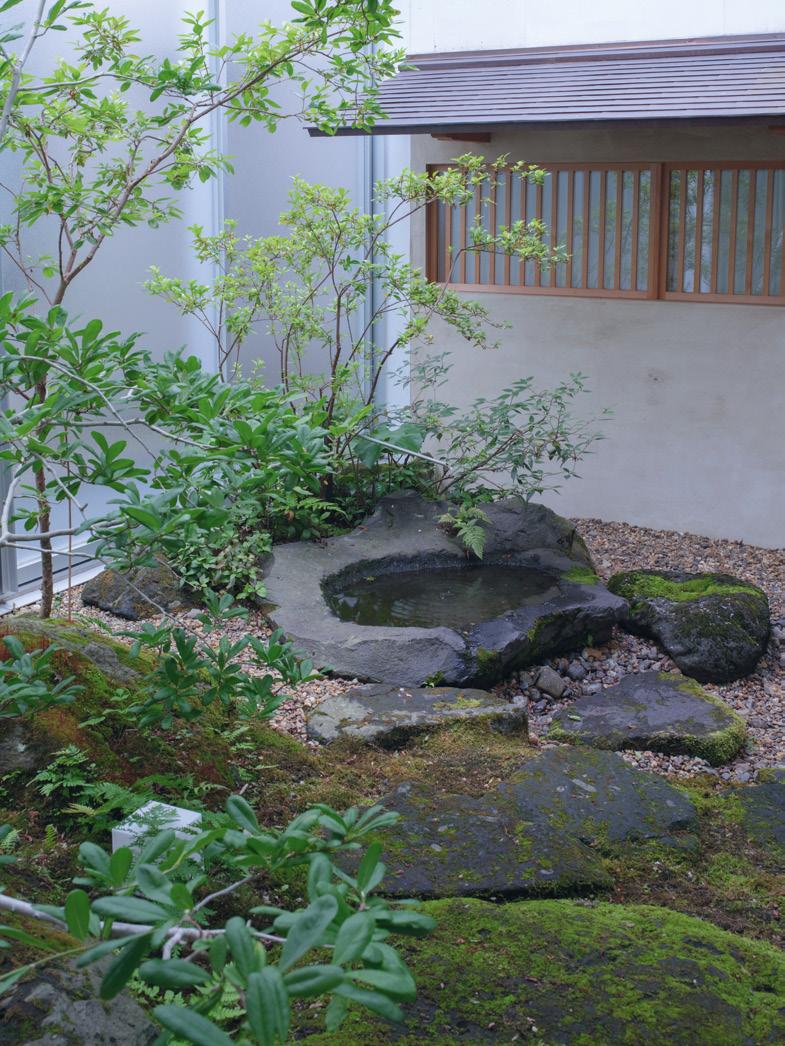
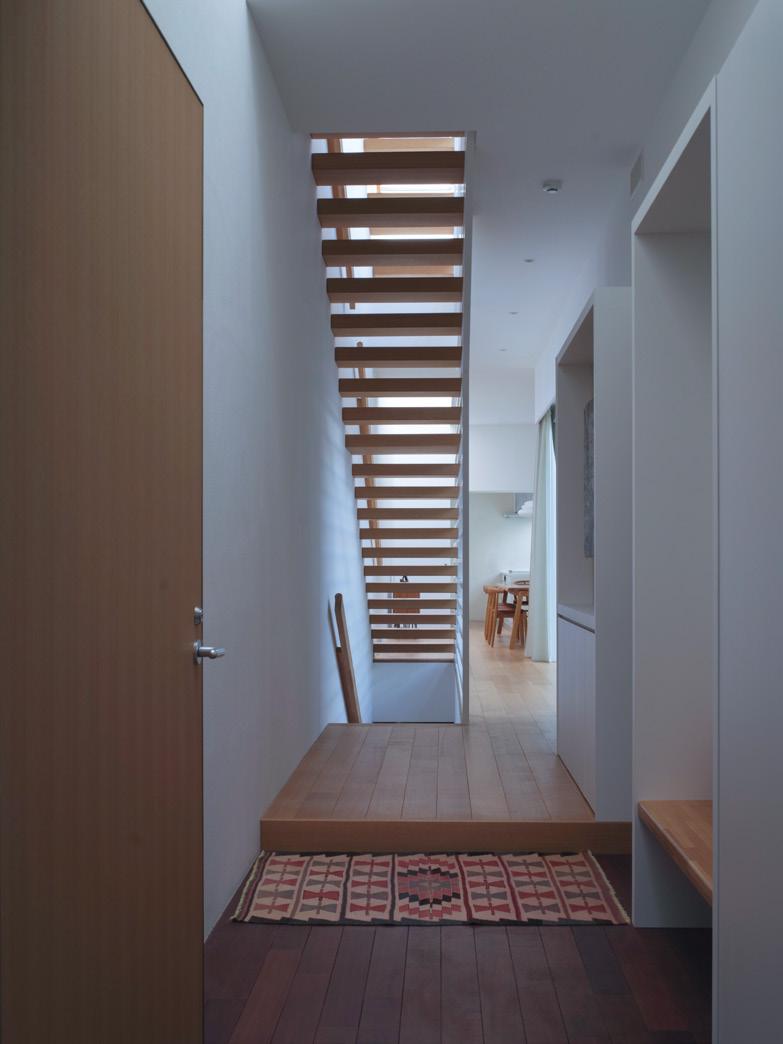
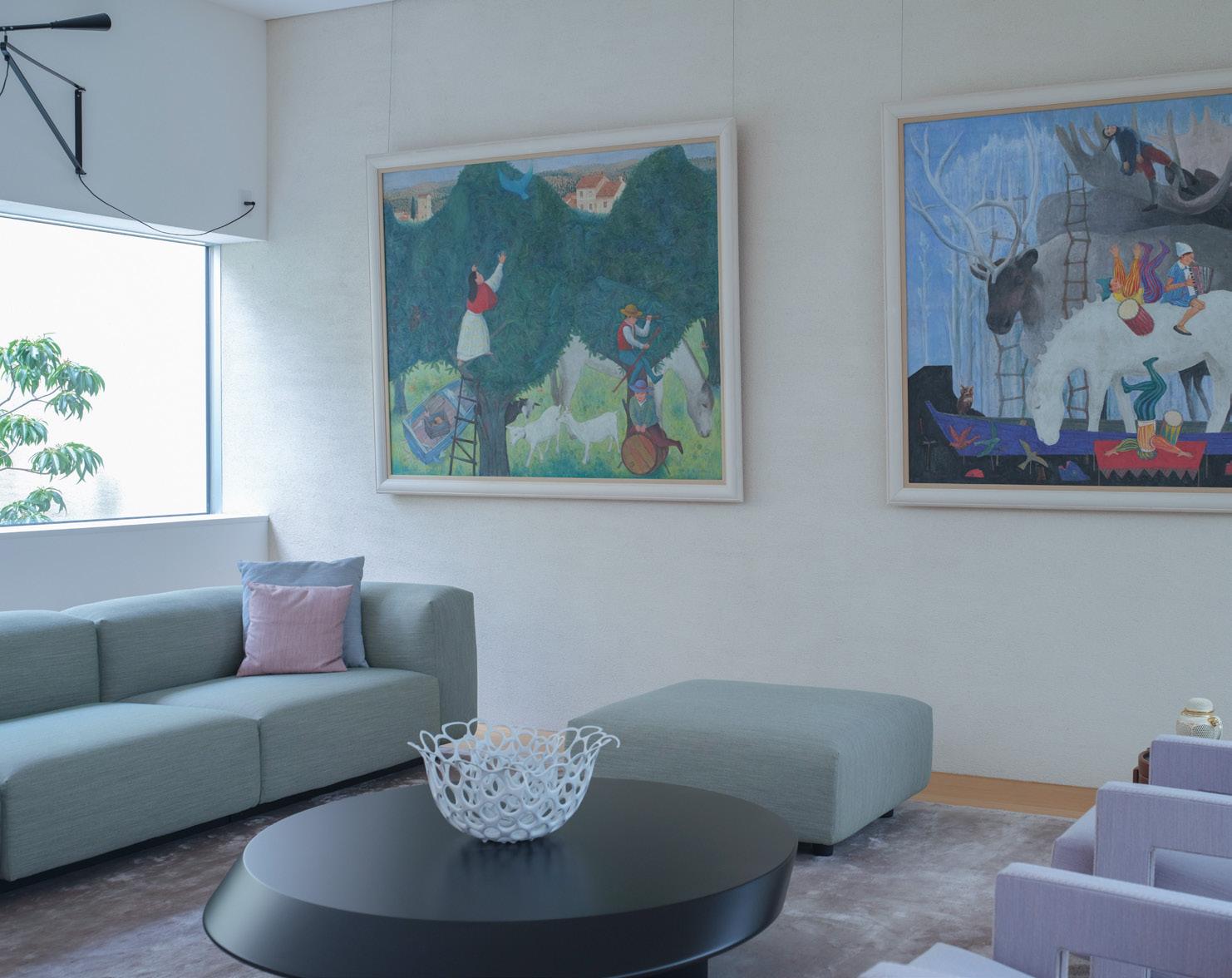



have been together for more than sixty years. They’ve lived in their home in Santa Fe for almost forty.
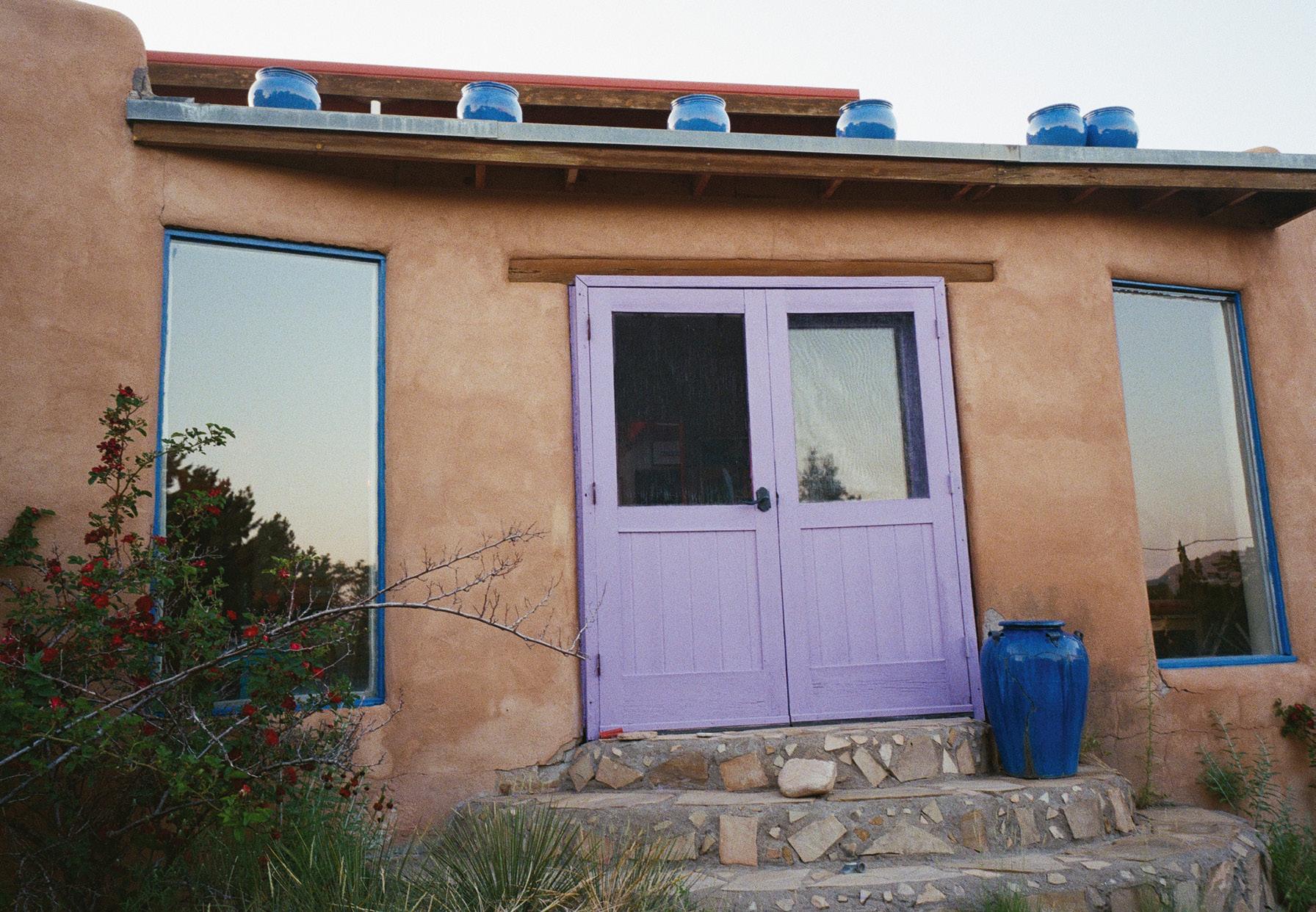

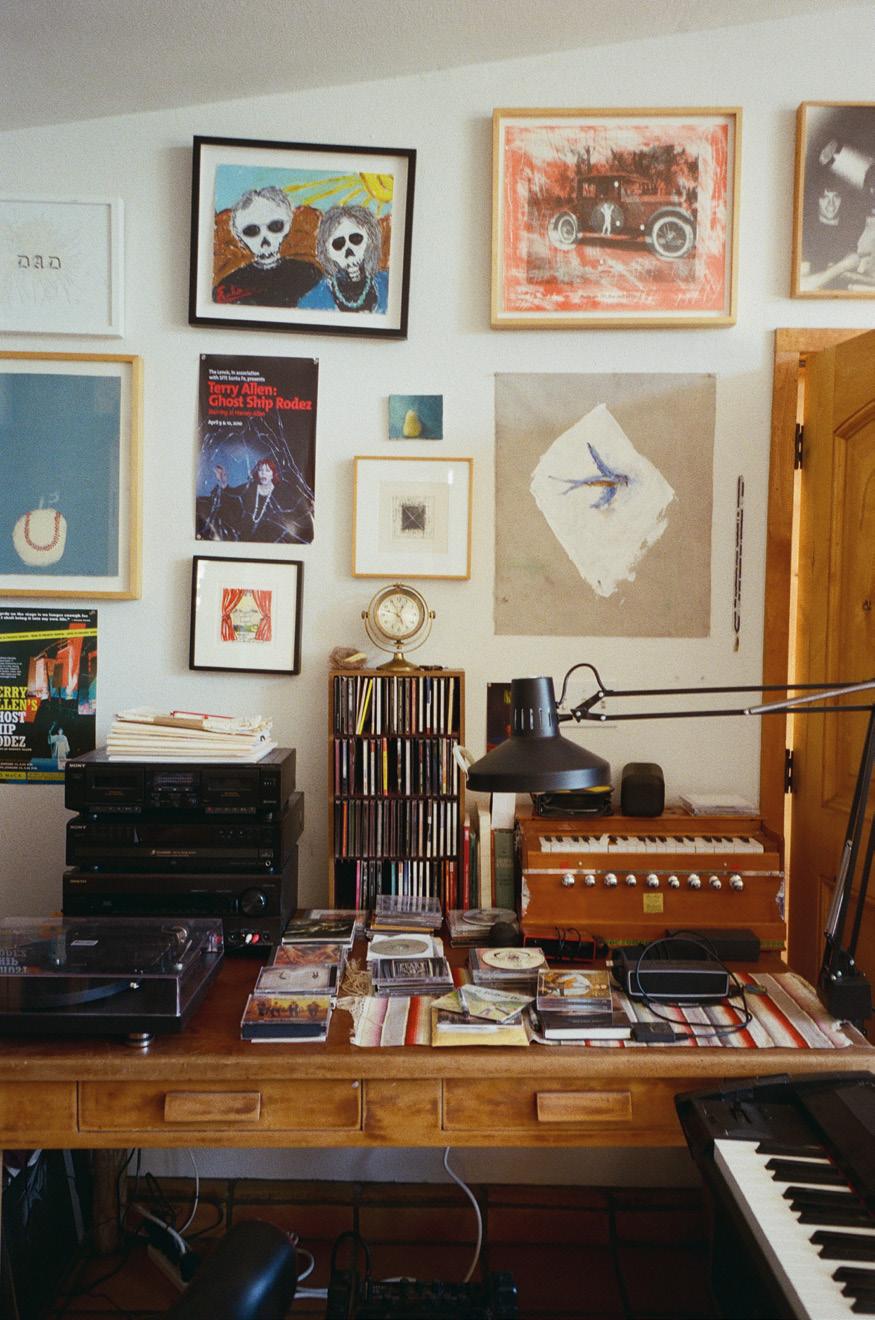

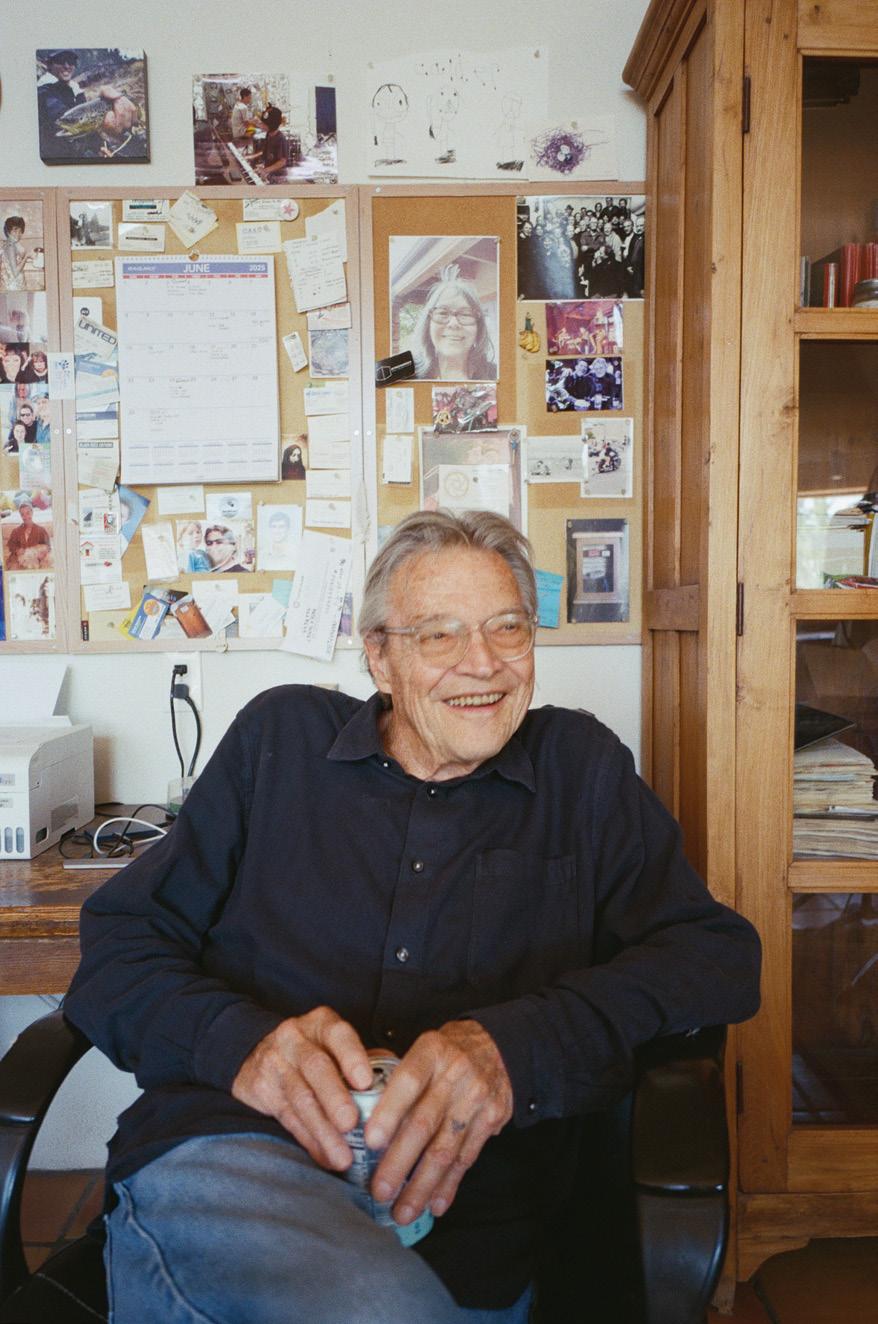
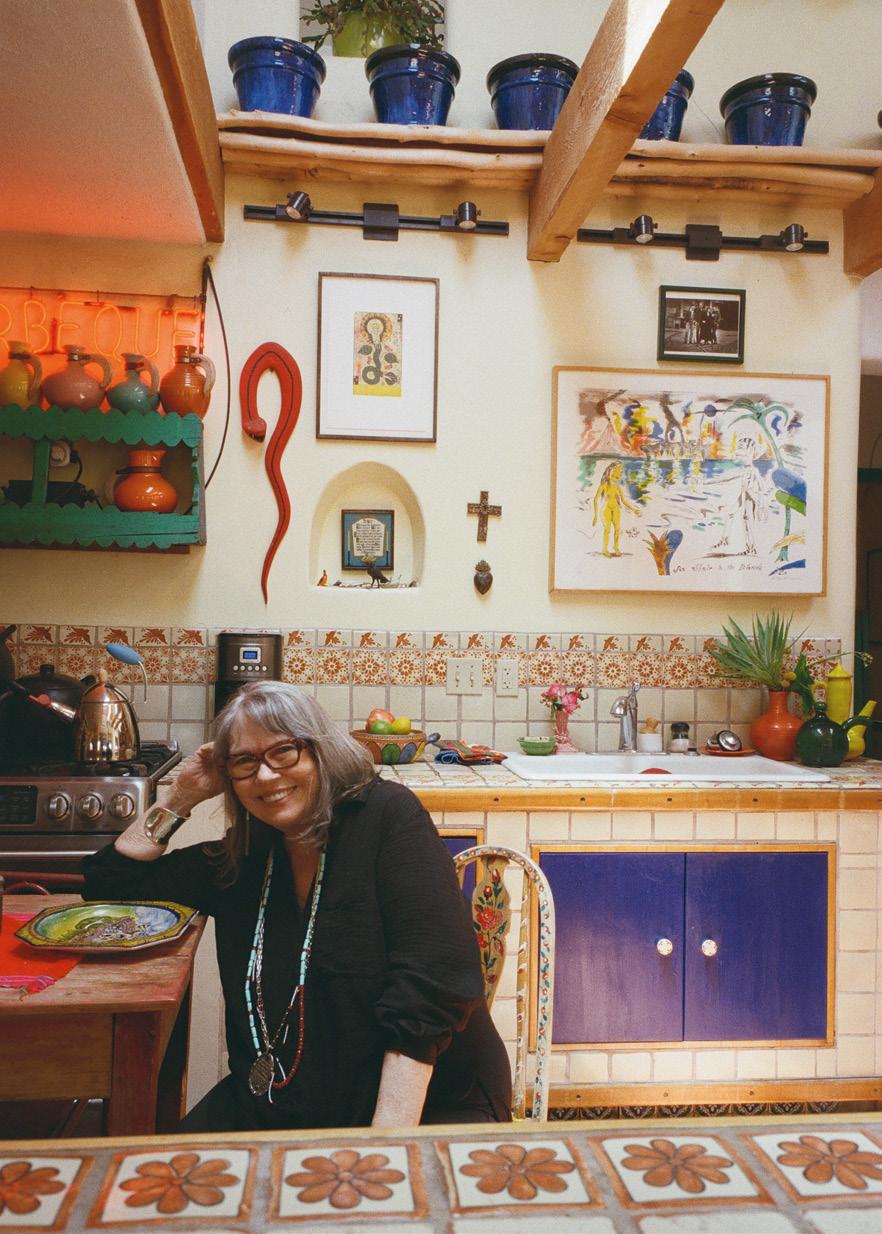

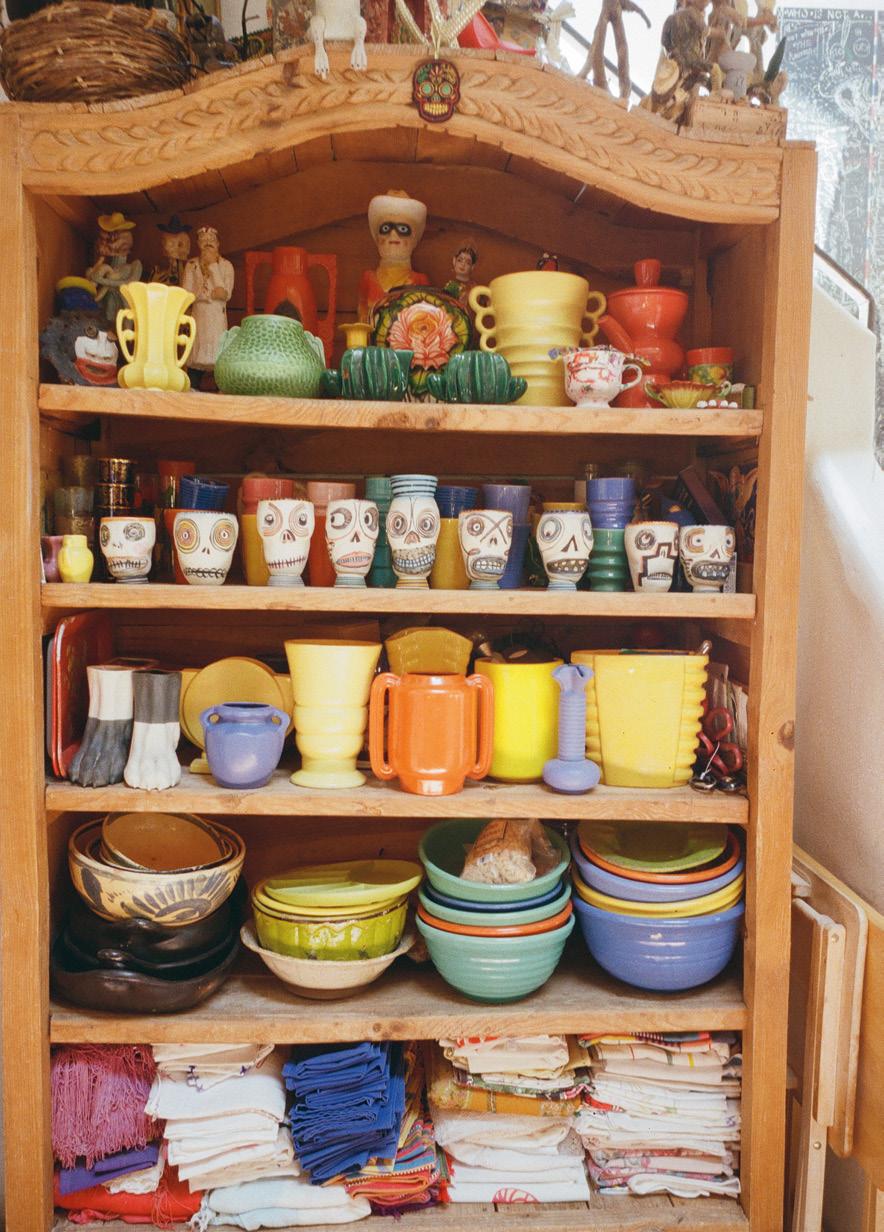
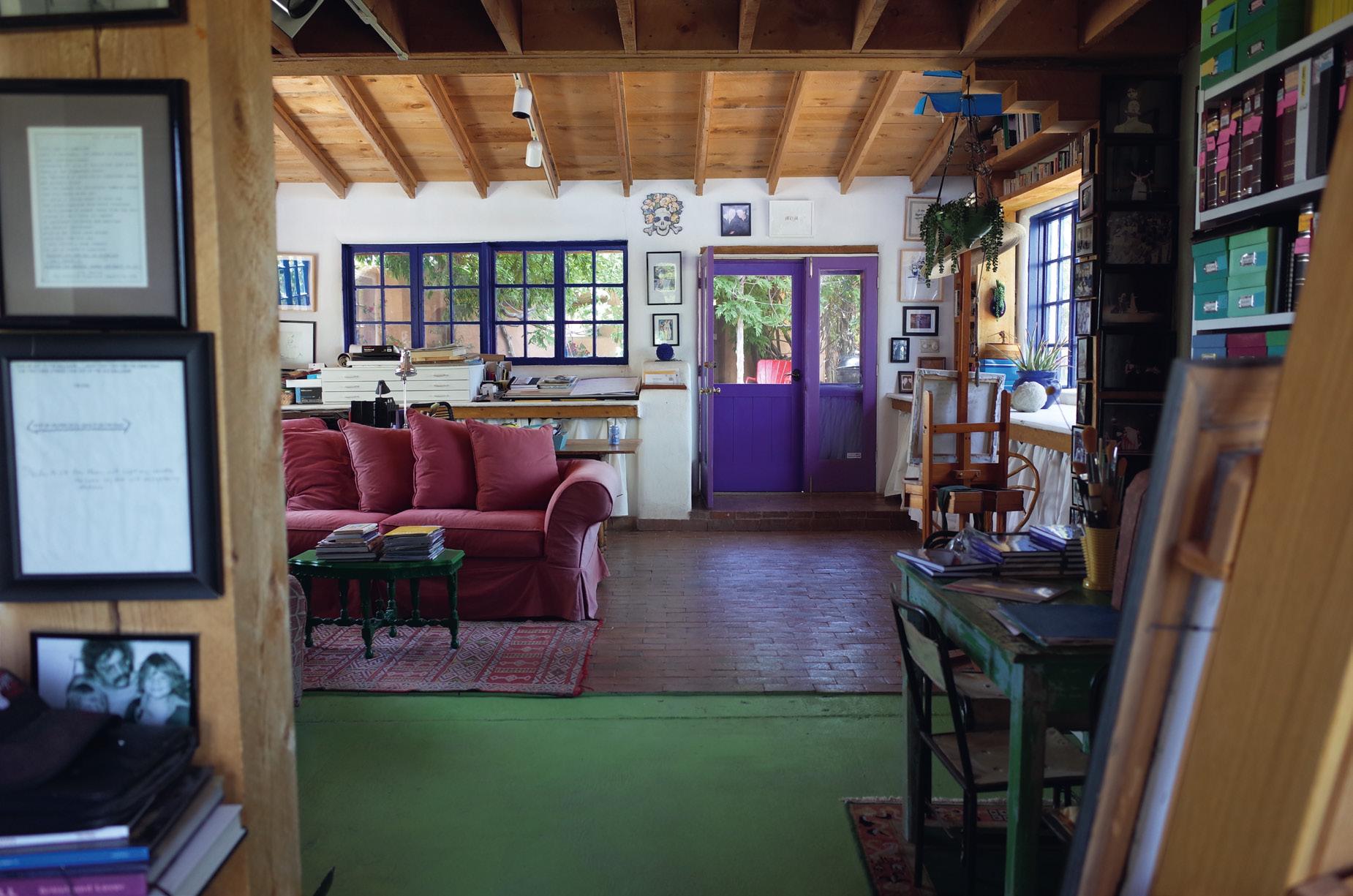
Both are

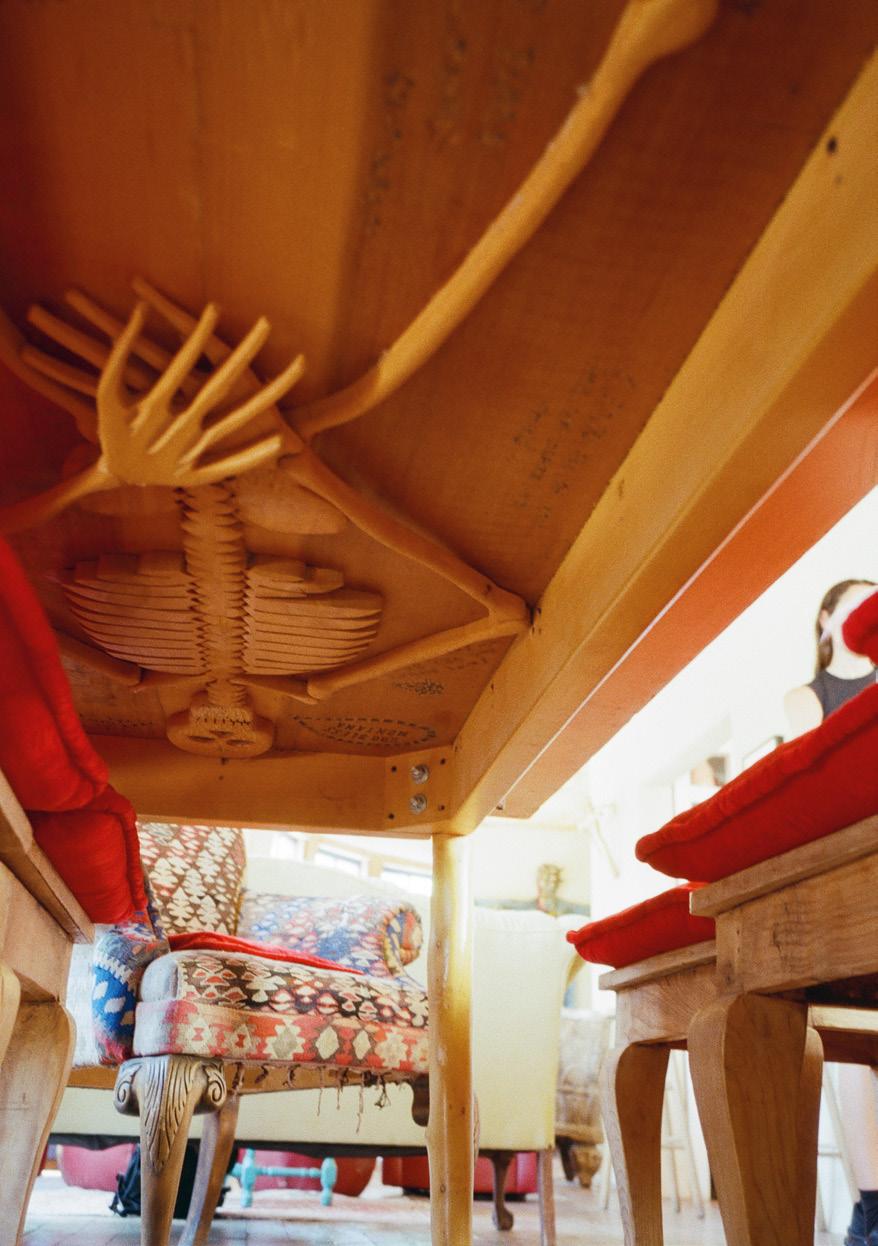

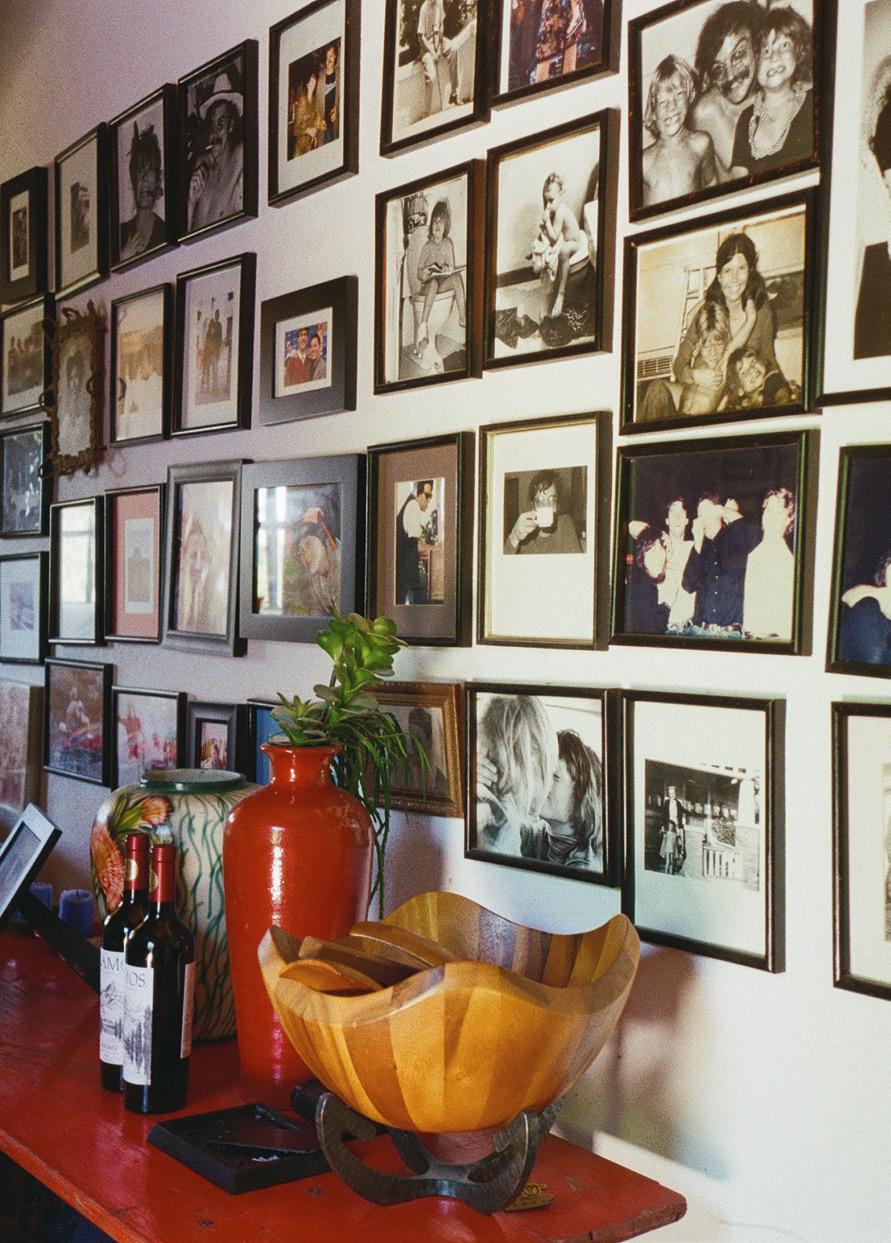
The back hallway is hung with photos of family and friends.
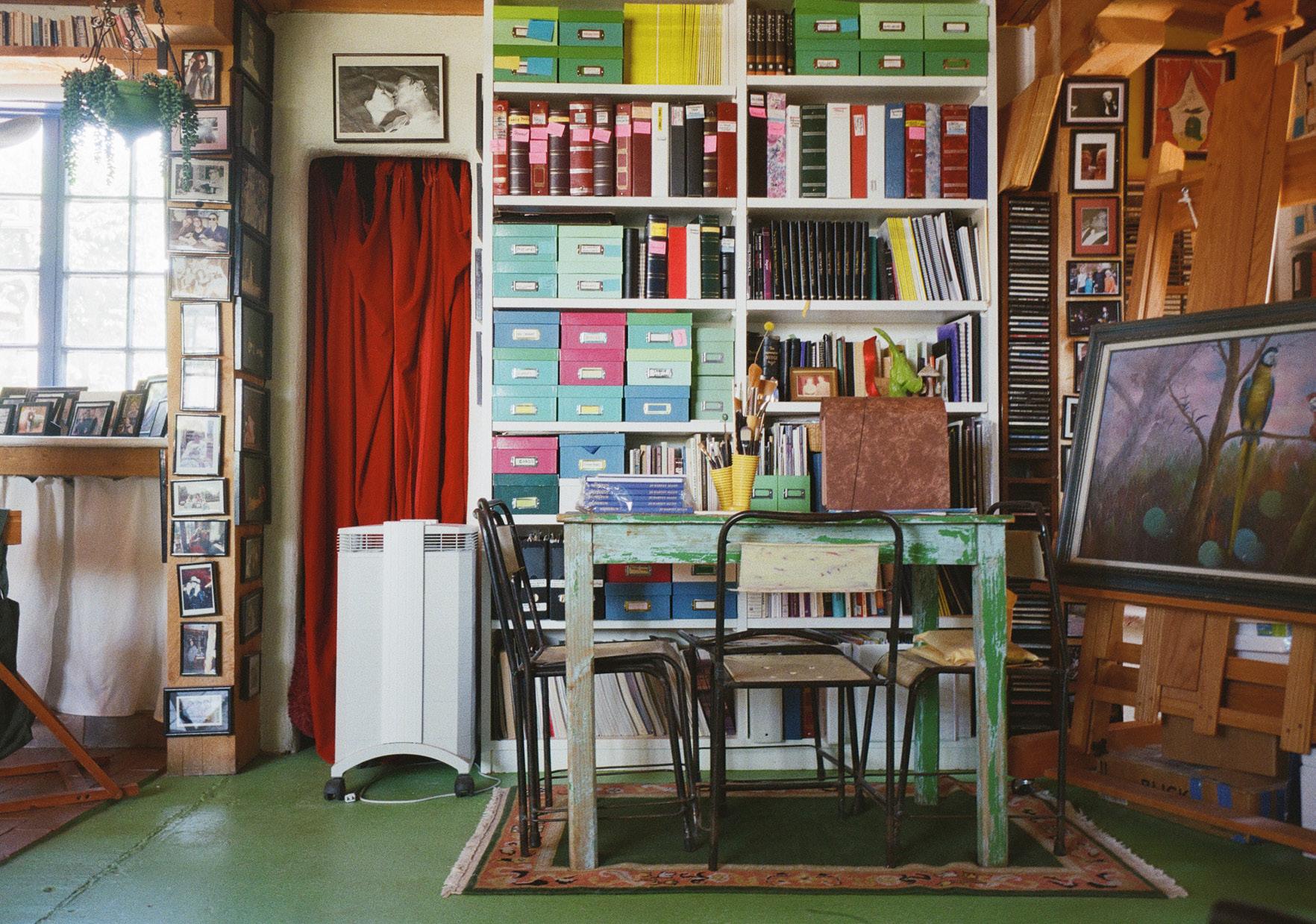
Jo Harvey’s studio, with her personal archive of photographs, books, and ephemera. To the right, a painting of a parrot that she found at a junk shop in the 1990s.



Terry and Jo Harvey Allen met at a dance in Lubbock, Texas. It was more than seven decades ago—before Terry was lauded for an oeuvre that spans country music, performance art, painting, and sculpture, and before Jo Harvey earned a reputation for her experimental one-woman plays. The pair have been tethered together ever since—she acts in his pieces; he crafts the sets and music for hers.
Perhaps it’s this bond, in love and work, that has led the Allens to bob where others weaved: marrying and starting a family while their art school friends abstained, and defying the constraints of genre at every turn. Everyone always thought they were crazy; they don’t argue.
Recently, the couple, now in their 80s, donated their entire archive to Texas Tech University—countless paintings and scripts, hundreds of tapes Terry recorded with collaborators like David Byrne and Steve Earle, scores of dirty letters they wrote each other over the years. It’s a rich trove that now resides in their home state in perpetuity. The Allens, for their part, will stay right where they are: in a rambling adobe home in Santa Fe, ensconced in their adjoining studios and surrounded by a lifetime’s worth of memories and mementos.
Mara Veitch: Do you remember meeting each other?
Terry Allen: We met at a dance. I was 10. It was a young Shriner thing I’ve got a song called “The 30 Years War Waltz” that’s about us meeting each other that night.
JoHarvey Allen: I was miserably unpopular in junior high. I eventually had to change schools, and Terry went to my new one. I went home every day at lunch; I didn’t have any friends. Then I got invited to a dance, and I couldn’t believe it. I went by myself. It was my first boy-girl dance, and Terry was a great bopper. We danced all night. Terry was flashed out in a pink sportcoat. He was just rock and roll. We became best friends. Later, in our junior year, we started dating each other.
Terry: I had a lot of shit going down at my house, so Jo Harvey was a great comfort to be around. We’d talk forever on the phone.
JoHarvey: Before we got together, whenever Terry had dates, he’d come to my house before and after his date. He got in a fist fight one night. I remember being out, and I saw this big fight from a distance.
Terry: You didn’t know it was me.
Jo Harvey: Later, he showed up at my house all kinds of bloody. So, in the dark, in the kitchen, I doctored him.
Terry: We gave each other records. Sometimes we gave each other the same records. It was John Lee Hooker, Jimmy Reed.
JoHarvey: I didn’t believe in giving any boy anything, but I gave Terry records because we were really good friends.
Terry: Music is our heart, in a way The other night we sat out here, as the sun went down over the mountains behind Santa Fe. Just the two of us, and played music on the patio and danced and bullshitted with one another.
JoHarvey: It was so beautiful.
Terry: We still can talk to each other. Sometimes we’re yelling, but we still talk.
JoHarvey: Over the years, if we were ever mad at each other, we would write long letters to each other, and leave them on the kitchen table. Mean letters. Terry, do you remember when we were handing over the archive to Texas Tech, and they asked us to go into a room, lock the door, and read all our letters to each other?
Terry: Jo Harvey made it a requirement that no one could read the letters we wrote each other for the next thousand years.
JoHarvey: There were all these sexy letters I wrote to Terry—I’d made nasty drawings in them. I said, “Terry, no one can ever see these.” And he said, I think we should let them.” Terry was so proud. He wanted to share them with the world.
Mara: Leaving your dirty letters in a university archive is a formidable legacy
Jo Harvey: We saw it as storage.
Terry: We had thousands of cassettes: work tapes, theater pieces. I must have had over 150-something tapes I made with David Byrne; we’d swap them back and forth and work on them together. Texas Tech digitalized every one of
them. We were not game when they first approached us. Lubbock is notoriously redneck and conservative. But the people we dealt with, librarians and archivists, were much more liberal than we ever thought they would be.
JoHarvey: They may have the archive, but between this house and each other, we have a living breathing version with us here. Terry told me a long time ago, “Don’t live your life promoting my work. You can burn my studio if you want to, it doesn’t matter. All I care about is making it.”
Mara: You’ve lived as artists all over the world, had a family, created this beautiful home. Do you think you could have this life in today’s art world?
JoHarvey: We’ve always done things our own way, I think. We never shipped out to New York, for example.
Terry: We were in LA for ten years during the ’60s, and everything was busting loose there. It was during the war; everyone was galvanized. Music was as volatile a form of expression as any other kind of art, and art was changing rapidly then. Everything was merging and breaking down: -isms and schisms falling apart. That was the foundation for us.
JoHarvey: During that time, I thought that kids were the thing I wanted most in my life. When we finally had our boys, I was so happy. One day Terry walked in and said, “Okay, and what are you gonna do now?” I just made something up: “I’m going to radio school.” The next day, he got me a radio show through some friends of his. It was the first underground rock show in the country, and there were no women on the radio then. Terry programmed the music, and I did all the on-air stuff. It was a big success for us. It was my first experience in performing, really.
Terry: It was called Rawhide and Roses. We played a lot of stuff people in LA weren’t listening to because we were getting stuff from Texas. We did that for three years.
JoHarvey: Then we moved to Fresno because Terry got a teaching job. A lot of artists said, “What
“ I go to the studio every day, whether I want to or not. It’s that old Flannery O’Connor thing: SHE WOULD GO TO HER TYPEWRITER FOR THREE HOURS EVEN IF SHE WAS SICK, BECAUSE SHE she wanted to be there when something happened.” Terry Allen
the hell are you doing in Fresno?” It had been voted the worst town in the United States nine years straight. But we could afford to have a studio and raise the kids in town. It was a happy time there.
Mara: What’s one thing that you each hear the other person say a lot?
JoHarvey: “Work.”
Terry: “Fuck.”
Mara: How would each of you describe the other one to a stranger?
Terry: I wouldn’t even attempt it.
JoHarvey: I’m honestly in awe of Terry. I really am.
Terry: Come on.
JoHarvey: No, it’s true. He’s very different than me, and I admire him so much. He’s so unassuming, so kind, so rigorous, smart, and does brilliant work, and he’s not an artist in the sense that he’s just trying to have a career. It’s always been about the work, and I really admire that. And he’s a great dad.
Terry: I am a very lucky man. Most of the pieces that I’ve written have been one-woman shows for Jo Harvey. She plays multiple characters in all of these because she can shift personas as an actor like no one I’ve ever encountered.
JoHarvey: One nice thing about our marriage is getting up every morning with a new man. You’re keeping it fresh.
Mara: Should a work life and a personal life be separate?
Terry: I think it should be. When you’re working, you’re concentrating, but then you step away and you’re alive, you know? I don’t think one is more important than the other, and they feed off of each other, but I do think they’re separate.
I go to the studio every day, whether I want to or not. It’s that old Flannery O’Connor thing: She would go to her typewriter even when she was sick for three hours because she wanted to be
there when something happened.
JoHarvey: I admire that in Terry. I’m the total opposite.
Terry: You wait for it to strike.
JoHarvey: I’ll put something off for a long time. But when I finally get to work, I can’t stop. Terry once thought I’d gone on a hike and fallen off a cliff. I didn’t turn up all day—I missed an opening, I missed dinner with a bunch of people. Everybody was hunting for me. I was learning how to work a darkroom.
Terry: It took us a while to be comfortable with each other’s working styles. When I started doing shows, Jo Harvey took it as an affront, like I was trying to get away from her.
JoHarvey: I thought Terry cared more about his work than he did me. Early in our relationship, we’d go to bed together and Terry would sneak out of bed and work in his studio all night. I was jealous. And it wasn’t until I was really invested in my own work that I realized it had nothing to do with how much I cared about him. It was about me and my work.
Mara: Can you remember the last time the other person did something that surprised you?
Terry: Yeah, this morning. She keeled right over.
JoHarvey: I fell on my ass in front of the house.
Terry: It’s better to fall on your ass than on your head.
JoHarvey: We used to scare each other to death. Our whole lives, we’ve played tricks on each other. Terry hid in the closet once, right after a scary movie. He set up the bed like he was lying under the blankets. And then— while I’m completely naked, and talking to him for 10 minutes, thinking he’s in the bed, a hand reaches out from the closet and touches my back. These days, we’re afraid we’ll give each other heart attacks.
Terry: We did it to our kids, too. [Laughs]
JoHarvey: Elaborate things. They’d pour ketchup all over everything and lie there like they’d been murdered. [Laughs] We had a great time with our kids. We still do.
Terry: Now I play music with my kids.
JoHarvey: They’ll be here soon. Everybody comes here at Christmas. We always have big anniversary parties. Always in new places, always with around a hundred friends. There are lots of cookouts and performances. Terry says we have them because—how do you put it?
Terry: We don’t celebrate birthdays; we celebrate anniversaries because we celebrate miracles.
“ Music is our heart, in a way. The other night we sat out here, as the sun went down over the mountains behind Santa Fe. Just the two of us, and played music on the patio and danced and bullshitted with one another.” Terry Allen
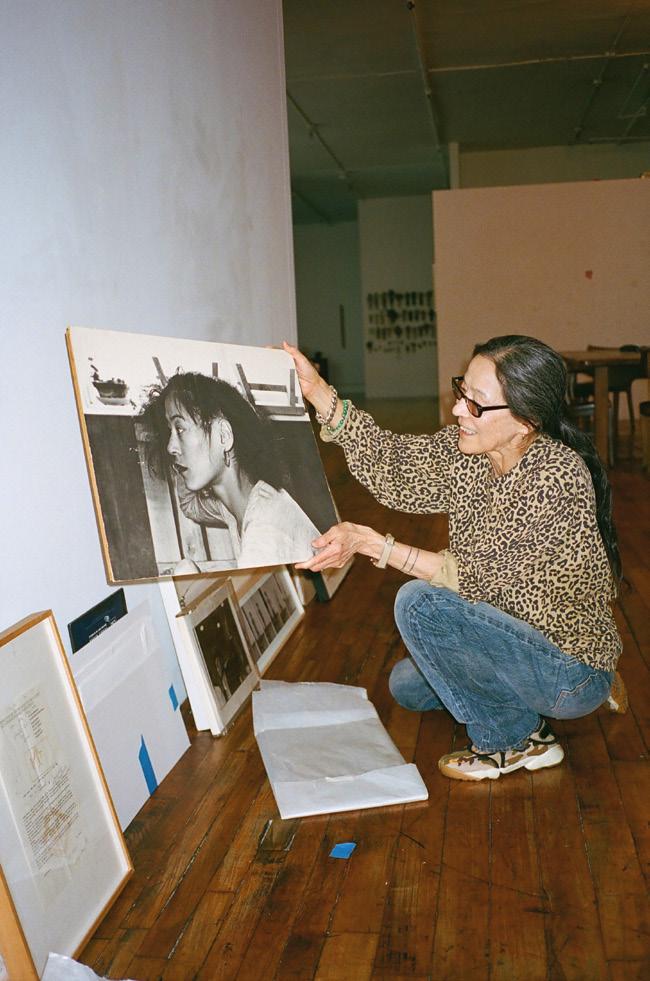
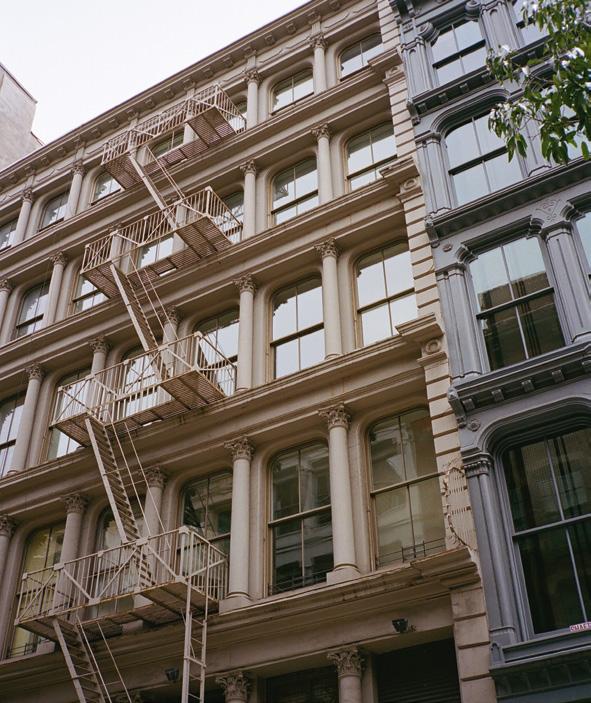
Stella Ishii co-founded the NEWS, a fashion showroom credited with bringing brands like Vivienne Westwood and Comme des Garçons to the U.S., in 2000. She launched her line of timeless, genderless clothing, 6397, in 2013. Both projects are named for the four cardinal directions (NEWS: North, East, West, South; 6397: the alphanumeric rendering of those letters on a keypad), a nod to Ishii’s boundaryless perspective. But the Japanese fashion designer and purveyor’s North Star has always been her loft in SoHo, New York.
Text by Mara Veitch
Conversation with Clarissa Dalrymple
Photography by Peter Sutherland
New York’s city government passed the Loft Law in 1982, bestowing legal occupancy and stabilized rents on artists who had laid claim to the city’s abandoned industrial buildings in the 1960s and ’70s. The following years galvanized SoHo as an incubator for figures (among them Donald Judd, Joan Jonas, Gordon Matta-Clark—who later opened his artist-run restaurant FOOD on Prince and Wooster—gallerist Paula Cooper, and choreographer Lucinda Childs) whose work would come to shape the next 50 years of American art, literature, criticism, and fashion.
Stella Ishii is part of this lineage. Before she was co-owner of cult fashion showroom the NEWS or founder of her label 6397, Ishii was making regular pilgrimages from her native Japan to the U.S. as the right hand of Comme des Garçons founder Rei Kawakubo. She settled in SoHo just as the promise of loft living was constricting around its forebears, and in 1997, with her artist husband, Jerry Kamitaki, managed to buy one of precious few such properties—a 3,000-square-foot space in one of the neighborhood’s historic cast-iron buildings—still available at an artist’s price point. The space has been a willing co-conspirator for Ishii’s creative musings ever since: a backdrop for performances, a guesthouse for visiting artists, and a plinth for displaying her various forays into collecting (see her sugar wall and illustrious remote collection).
Ishii met Clarissa Dalrymple, whom she first encountered as a woman in black walking her neighborhood-beloved dog, Flora, during the same period. Dalrymple, a British curator whose sharp eye helped pluck the likes of Sarah Lucas, Christopher Wool, and Jorge Pardo from the ether, was on her way out of the neighborhood. The pair, longtime friends and sometime creative collaborators, sat down together to examine the legacy of their neighborhood, Ishii’s home as an example of the era’s double-edged promise to artists, and the world she has created within it.
Clarissa Dalrymple: One thing everyone should know from the start is that Stella and I are both chewing Nicorette.
Stella Ishii: Endlessly.
Clarissa: I was always dying to know more about you. Nobody knew anything about you.
Stella: I felt the same way about you! You were on Wooster and Houston. And you were in the same building as Joan Jonas, right? At one point it was one building, and then they divided it into two co-ops. I heard they put the successful artists in Joan’s building and the not-so-successful ones in our building. [Laughs] But I remember you walking Flora, usually in black—this lady walking this giant poodle.
Clarissa: [SoHo] was heading towards what it is now even then, wasn’t it?
Stella: Yeah, it was. The SoHo I remember—which was really different—is when I was still living outside America, but I was working for Comme des Garçons. Rei [Kawakubo] and I came together to see the space that eventually became the Wooster Street space.
Clarissa: I don’t know how I had enough money for it, but I used to have a beautiful,
long woolen scarf from [the Commes des Garçons on] Wooster Street, and I’ve still got it. Flora liked it better than anything. It was full of holes because she was always pulling it and chewing it. SoHo was very different then. There were one or two sandwich shops. I was a waitress in one of them too, the Broome Street Bar.
Stella: There was Jerry’s, and there was FOOD, and then there was M&O—the bodega. And Omen is still there.
Clarissa: And the Spring Street Bar.
Stella: And then it was a lot of galleries, a lot of empty spaces. [Parisian boutique] Agnès b. came along, but that was years later.
Clarissa: New fashion people came along. How did you come?
Stella: At that time, I was living in Japan. I would visit for a week or so, and then go back. But Rei wanted to have a store here, and there was an opportunity for her. By the time I moved to America and started living in SoHo, it was the mid-’90s.
Clarissa: By then it was already what it is, really. I had
to move out in the mid-2000s when Paula sold the building. It’s funny, Stella. We have a lot of overlaps in our histories, but you’re such a professional. I’m a person who falls on luck. [Laughs]
Stella: No.
Clarissa: Honestly. I have no education in art at all. I didn’t become involved with art until I was in my 40s.
Stella: I don’t either. It happens that my husband is an artist. That was my introduction into that art headspace and the art world. He was, and still is, a struggling artist. I didn’t know much about fashion either, honestly. Somehow, I ended up working for an amazing fashion designer, but I never studied this. I dropped out of college.
Clarissa: You betray yourself. [Laughs] So how did you fall into fashion in that case?
Stella: Through different people I met in life. I left Japan when I dropped out to explore. I wanted to see Europe. I was so curious to see the outside world because Japan is very homogeneous.
Clarissa: Like England.
Stella: My parents really did not want me to do this. They expected me to take a little trip and come home. My first stop was Italy; it was a cheap flight to Rome. Then I made my way to France. I lived and worked as an au pair in France for a year or so.
Clarissa: When did you meet Rei?
Stella: It must have been the early ’80s. Her first show in Paris was in ’81, and I was already working with her. I met her through friends in London. When I went back to Japan, they said, “There’s this designer getting a lot of inquiries from overseas, but there’s no one to make the connection. You should meet her.” I needed a job, so I didn’t really think too hard.
Clarissa: And then you took her to LA too, didn’t you?
Stella: Yeah, but that was several years after. I worked with her in Tokyo for a long time first. After the store opened, I was still living in Japan. Two, three times a year, I would visit the store. It was a good time. Remember I
attended a few dinners at your place on Wooster?
Clarissa: People say that that was my real talent, those dinner parties.
Stella: And your place.
Clarissa: Oh, it was amazing, wasn’t it?
Stella: I don’t think everybody knows the history of that place; maybe you should talk about it.
Clarissa: I’ll tell you briefly. It was the top of a building on the corner of Wooster and Houston. It had been turned into a living loft by Gordon Matta-Clark and his girlfriend—I think she’s called Carol Goodden. They’d also opened a restaurant that all the artists worked in called FOOD, on the corner of Prince and Wooster. Then, Gordon’s twin brother tragically fell or jumped out of the window from that loft and died. Gordon left after that. My good friend, Roberta Neiman—R.I.P.—managed to get the lease. It was when they were first loftizing, as it were. I inherited the lease from her.
Stella: How long was that lease?
Clarissa: I don’t really know. I know that I had to get out when Paula sold the building. Probably 10 years.
Stella: I think it was 1997 when my husband and I bought our place. I already had the fashion business in SoHo. I wanted to be in the neighborhood. It still is, but not as strictly, an artist-in-residence building, which means that you need to be an artist. I’m not an artist because I don’t think they consider fashion art, but my husband, conveniently...
Clarissa: He’s an artist.
Stella: For us at that time, it was a lot, a lot, a lot of money. We got a 30-year mortgage. We were looking for a loft that was in its original state.
Clarissa: Which was already hard to find in the ’90s.
Stella: Developers were coming in. A lot of spaces were getting chopped and cleaned up, and they all looked the same. But this space really had a lot of character. Do you remember we hosted an opening celebration here for [the artist] Tomoko Takahashi?
Clarissa: She distributed garbage everywhere, didn’t she?
Stella: She asked that we save
everything that we would normally recycle.
Clarissa: It was amazing you put up with it, Stella. Nobody else I can think of would have put up with it.
Stella: It was really wild. You and I invited all the people we knew. Hundreds of people.
Clarissa: You have a lot of little things on view everywhere. What is it that motivates you to keep something or display it?
Stella: Usually, for me, it’s something that makes me laugh. Then they start making little groups in the house, and they become little vignettes.
Clarissa: They’re little collections, really. Something, I think, that we share is keeping everything minimal.
Stella: The space itself is really very minimal. I don’t have anything extra except for these little collections. It was like that from the beginning. Also, money—or lack of—has a lot to do with it. My husband did a lot of the work himself with some friends.
Clarissa: Was Jerry’s studio in there at first?
Stella: Yeah.
Clarissa: That’s another reason why I’d come over. He’s a very beautiful painter. Once I lost my place, there was no chance of being able to stay in SoHo. It’s too expensive.
Stella: That’s true. I think the fact that we somehow managed to buy our place, get a deposit, and get this mortgage is the only reason we are still here. It’s the same for many of the people in my building. Several years ago, we thought of moving out because the neighborhood has changed so much. But raw spaces are so hard to find.
Clarissa: I can’t imagine where you would look for a raw space anymore.
Stella: We looked in Greenpoint, Red Hook, Harlem…
Clarissa: Yes, I did too. And that was really expensive.
Stella: When you calculate what happens if we sell this—yes, it’s worth a lot more than when we bought it, but after the capital gains tax, I don’t think we can buy something like it again.
Clarissa: Nobody thought
about money in those days. That’s why art was different. It was not about money at all. A lot of my friends were most famous in the ’70s and ’80s, and they traveled a lot. But it was largely because museums in other countries bought them tickets to show work. That’s what money was for: the ability to be free. Nowadays, if you don’t make millions, you’re considered a failure.
Stella: It’s just a whole different mindset.
Clarissa: I guess one is very lucky to have lived through different phases.
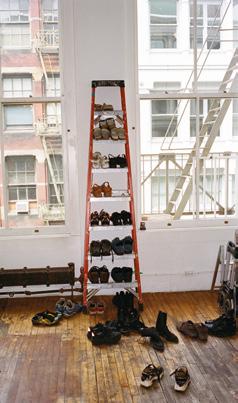
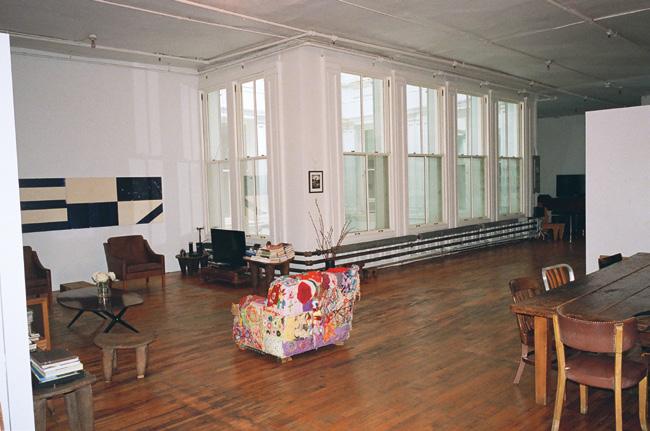
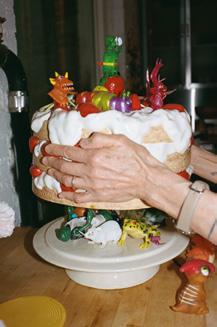
“I collected these because they were funny. I don’t like all toys; I just like these. Some of them are little wind-up toys. Others have a whole other look to them when you squeeze them. They make me laugh. I am very comfortable with things that are not perfect. I think that’s a common thread; everything in my home is a little bit off.”
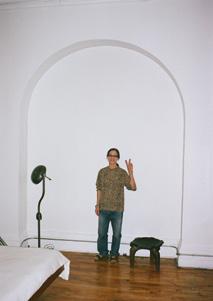
“These are remotes from over the years. I never threw them away; they look good together like that.”
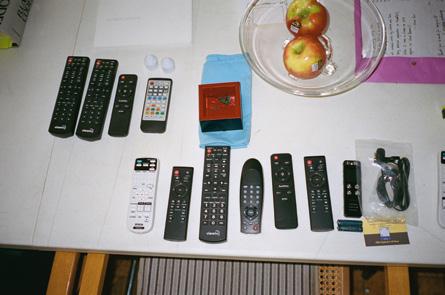
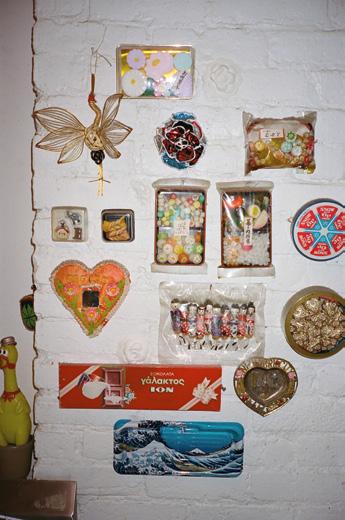
“That’s my sugar wall. A lot of Japanese candy. Some of these were made especially for tea ceremonies. It’s just pure sugar. One of them, I think, was brought back from Eastern Europe for me. First there was one, then there were two, then three, and then it became a wall.”
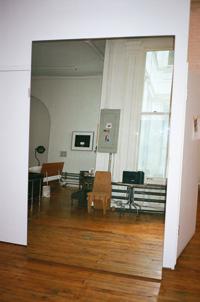
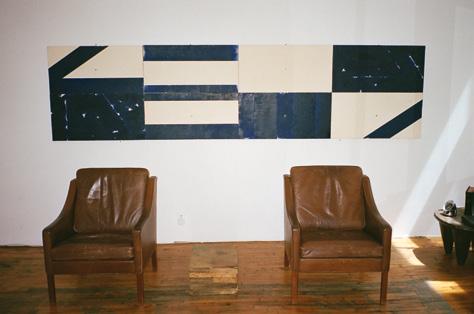
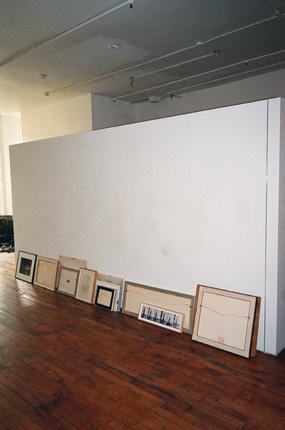
“I have a lot of photographs, a lot of works that aren’t on the walls. I don’t want to see them all the time, so I rotate them out and lean them against the wall. Even on the floor, when they’re facing you, they’re strong. I turn them around to give myself a break. I’ve stayed in Airbnbs where I take down the art. Like, No, I will not be having a continued dialogue with this picture of a sunset.”
“That work behind the two armchairs is my husband’s. It’s from a series from 15 years ago that was based on directions: North, East, West, South. He did a lot of work from that concept, and this one has stayed in our home since. My company is called the NEWS from that series. When I was looking for a name for the business, it made so much sense, because I work with designers from around the world.”
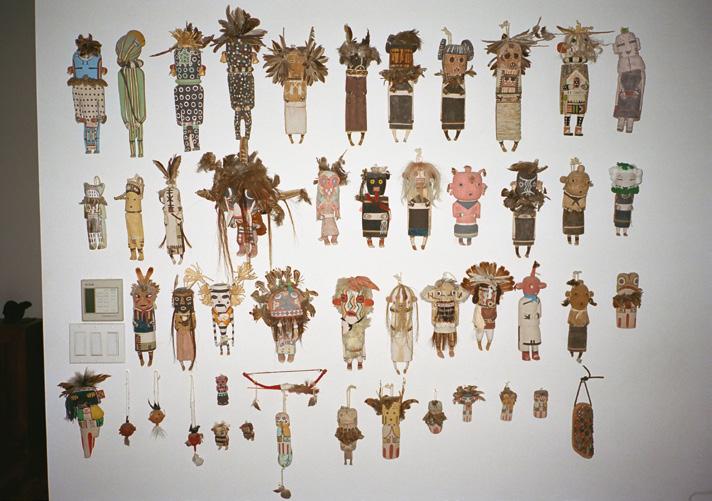
“Ah, my kachinas. These are made by the Hopi. They represent different deities in the Hopi mythology and culture. My husband and I used to go to the Hopi reservations in Arizona back when I lived in LA in the late ’80s, and we got to know some people there. We became friendly with a couple who sold these. He’s white and she was from the Butterfly clan, and this was their business. When I first met them, I saw their collection of kachinas—incredible. They had a trailer that was covered with them, and their home was as well. There was a story to most of them, and that inspired me to start a collection. Every visit, I would pick up a few that I liked.”
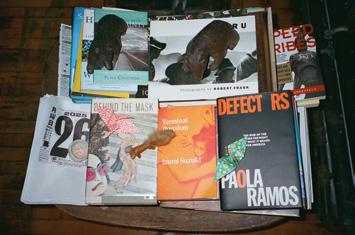
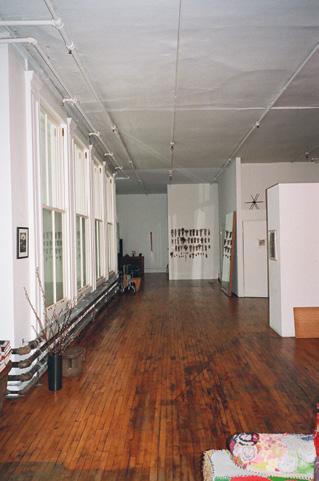
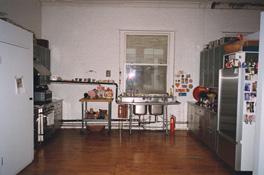
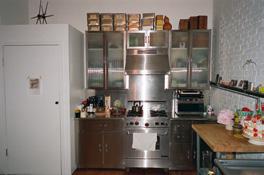
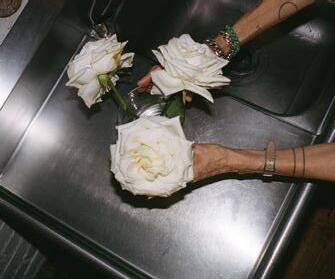
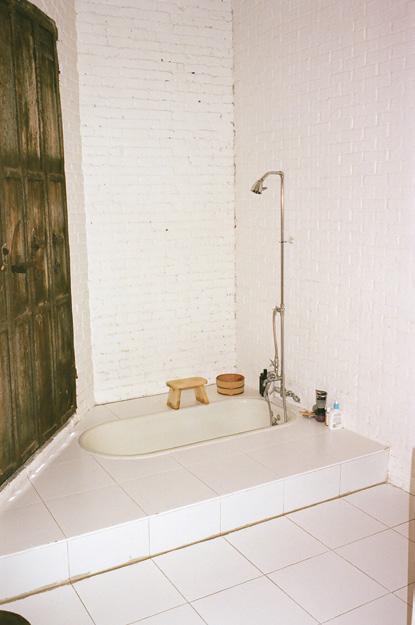
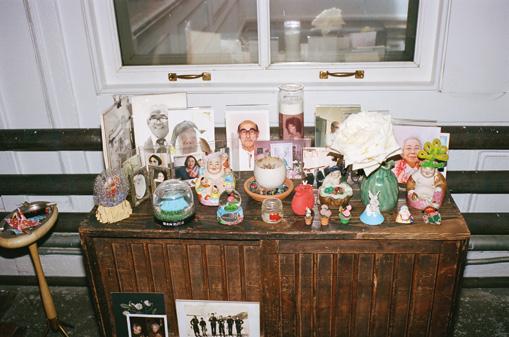
“That’s my family, people who have passed. It started with my father, and then my mother, my best friend, my sisters, my niece, my nephew. Every day, I light an incense and do a little prayer or acknowledgement. It’s something I’ve always done.”
TEXT BY Alexandra Cunningham Cameron
CONVERSATION WITH David Webster
PHOTOGRAPHY BY Jeremy Liebman
STYLING BY Dione Davis
Just blocks from the Chelsea Hotel sits a remarkable piece of New York architectural history: the former home and of fce of architect David Webster. Completed in 1981, the preserved interior is a rare surviving example of High-Tech design, an off-the-shelf, ad-hoc, and industrial approach to space-making that emerged in the late 1970s. Within these walls, Webster lived and worked, hosting gatherings with his partner, the writer and AIDS activist Larry Kramer. They drew the artists and thinkers of their time into a space that celebrated urban living liberated from the confnes of decoration and fuss. Today, the home enters a new chapter, having been recently purchased by countertenor phenom and General Director and President of Opera Philadelphia Anthony Roth Costanzo, who is carrying forward—with the very hands-on guidance of its creator and former tenant—the character of the design and the spirit it represents. Anthony and David met at the storied apartment to discuss its legacy.
DAVID WEBSTER:
There were 15 of us who bought this building in 1975. It was built in 1903 as an apartment hotel, supposedly for [Gilded Age f nancier and philanthropist] Diamond Jim Brady’s girlfriend, Peaches. At the time, I had a shop in Southampton called Country Living. It sold plants, baskets, all that stuff. Everybody wanted Mario Botta in the mid-’70s, so I would do whatever architectural work came along. A lot of penthouse terraces, which I published in the Times. But I couldn’t f nd people who would actually agree to living with neutral interiors. I didn’t know a whole lot of gay men, and this was the sort of thing they liked, not the straight ones.

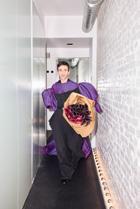



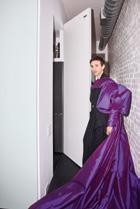

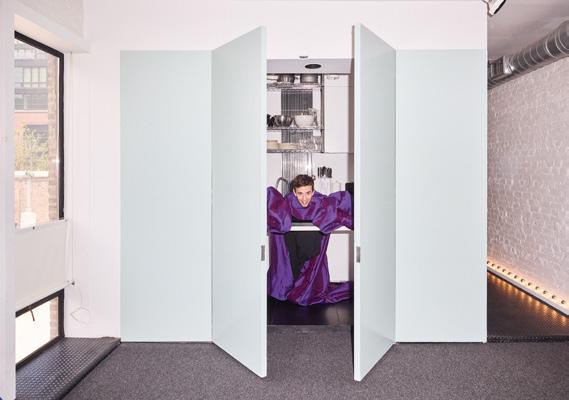
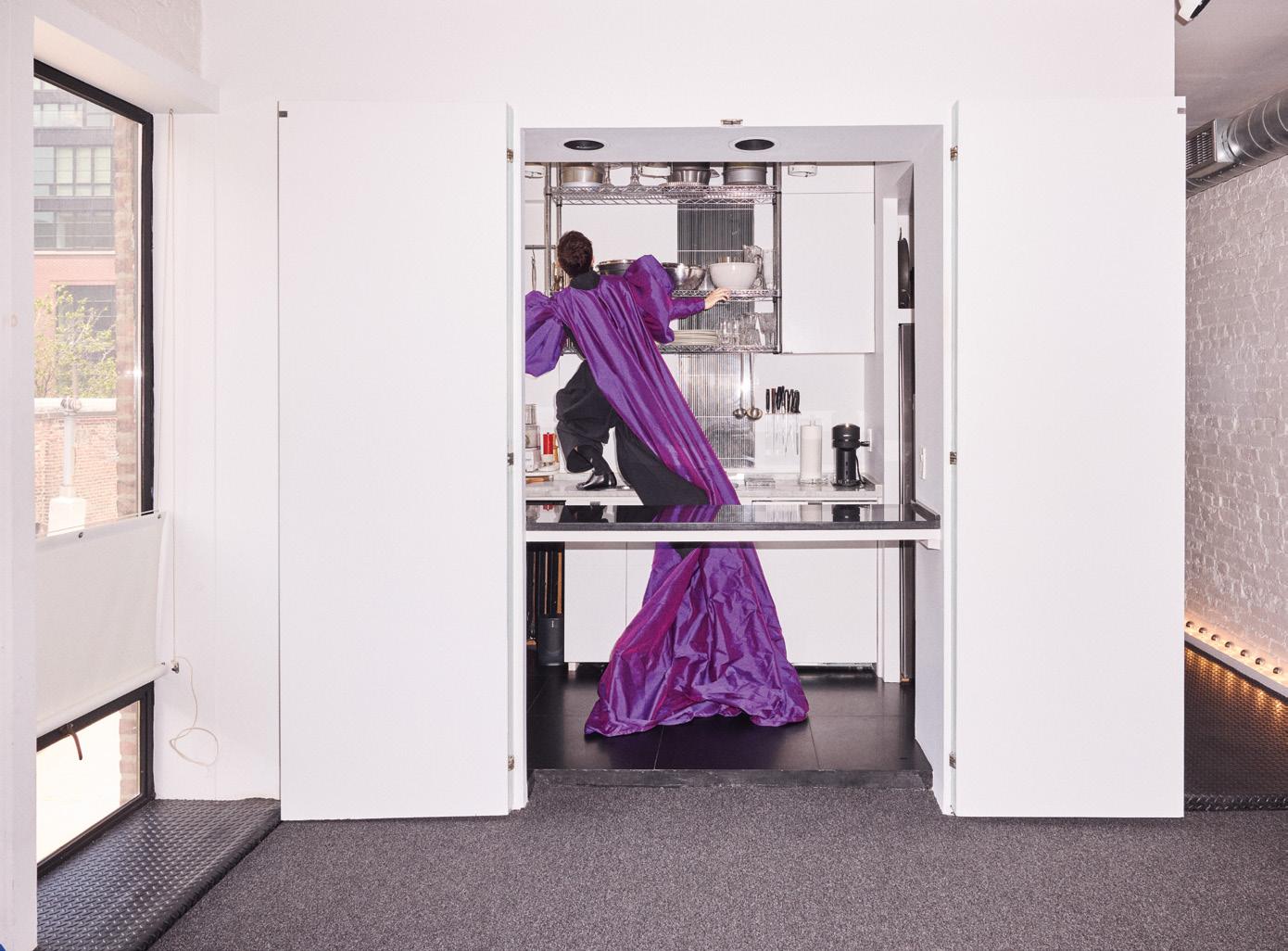



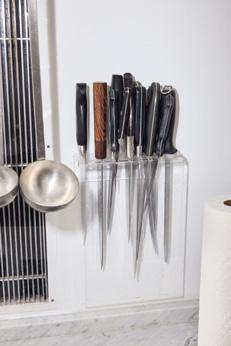

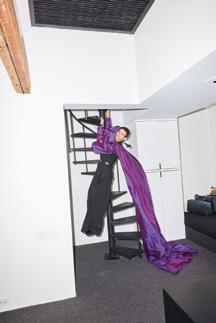
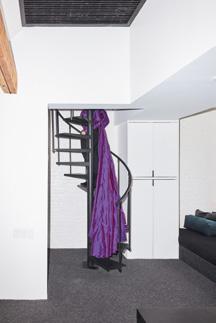
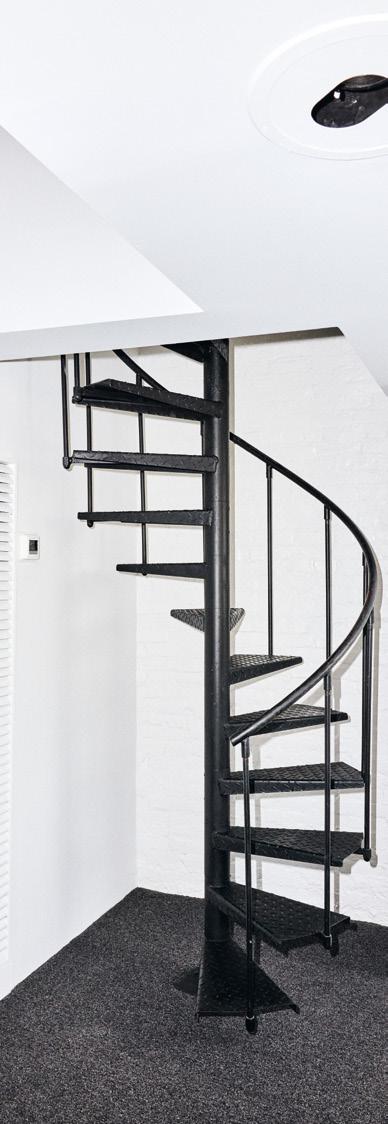
ANTHONY ROTH COSTANZO: I’ve lived here now for two years; there is no other space like it in New York. When did you frst begin working in this style?
DAVID : In 1979. I bought this unit and the roof space above it to turn into a home and of fce. You can stand up there at night and look out over the city. I made my own space, the way I wanted. When traditional clients came here for a meeting, they would sort of freak out. One woman said, “Where’s the green lacquered library?” I said, “There isn’t one. Not in my house.” I fnished it in ’81. The front door didn’t match the apartment, which made me upset. So I designed this sliding door to make it disappear. Then it didn’t bother me at all.
ANTHONY : I close the sliding door every night. I love it.
DAVID : If the hinge catches, just ask Luigi to put some WD-40 on it. Then I built the sofa box and painted everything gray. There was a bedroom where the kitchen is. There was a wall that created a double living room with French doors, all of which I ripped out, so it was an L-shaped living room with the loft space. Kilroy Architectural Windows in Long Island made the iron windows custom. If you need to fx a handle, they’ll fx it. I also split the bathroom in half so that Michael [Eriksson], my partner at the time, could shower and I could take a bath when I returned from the Chelsea YMCA. Everything was white Formica, which I love, with a black rubber foor.
ANTHONY : There are so many useful details throughout the apartment. You set the top rack back in the closet so that then when you go to look at things on the bottom rack, you don’t have everything hanging right over it. You put outlets everywhere.
DAVID : I designed this home before people had cell phones. I used to read in bed and needed an electric light.
ANTHONY : Justin Vivian Bond and I were wondering about these little hooks by the bed. We think these are for restraints, but we don’t know for sure.
DAVID : They are.
ANTHONY : Oh, I got it right! I was going on dates with a guy recently, and I showed him. I said, “What do you think those are for?”And he said, “Well, let’s test it out.” We haven’t yet, but I’m glad I confrmed.
DAVID : You got it right. The hallway runway was made for a job in New Jersey
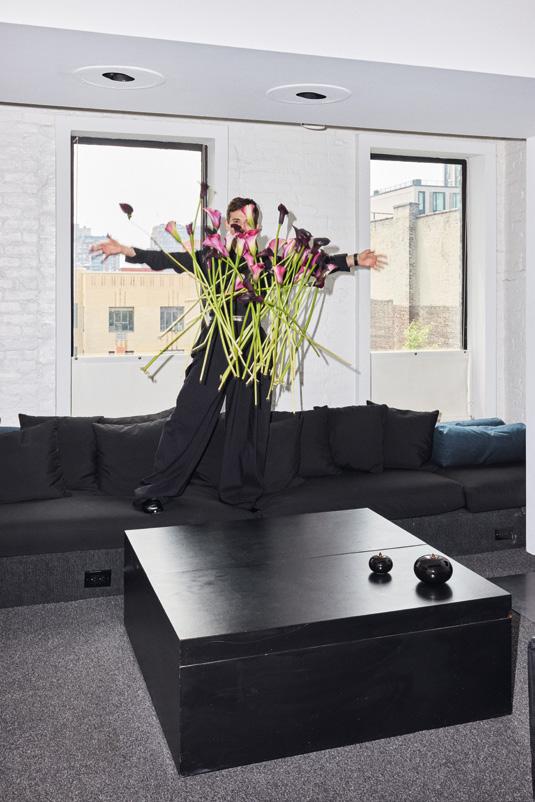
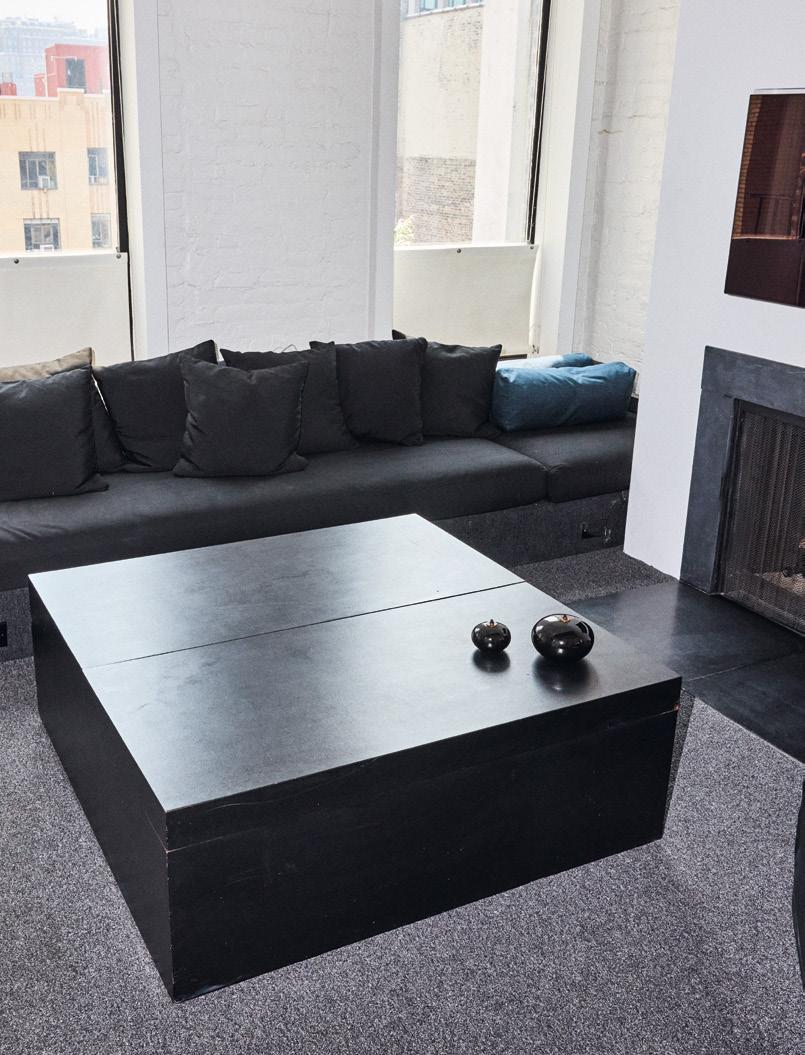
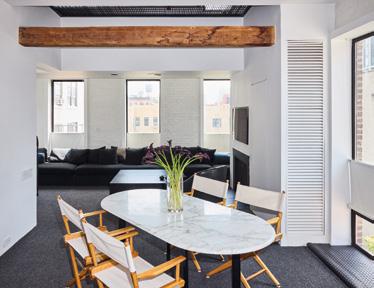
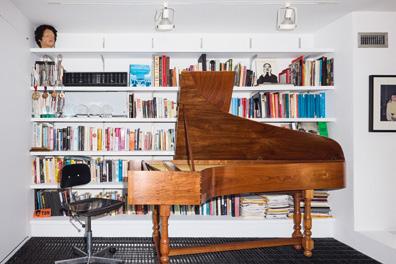


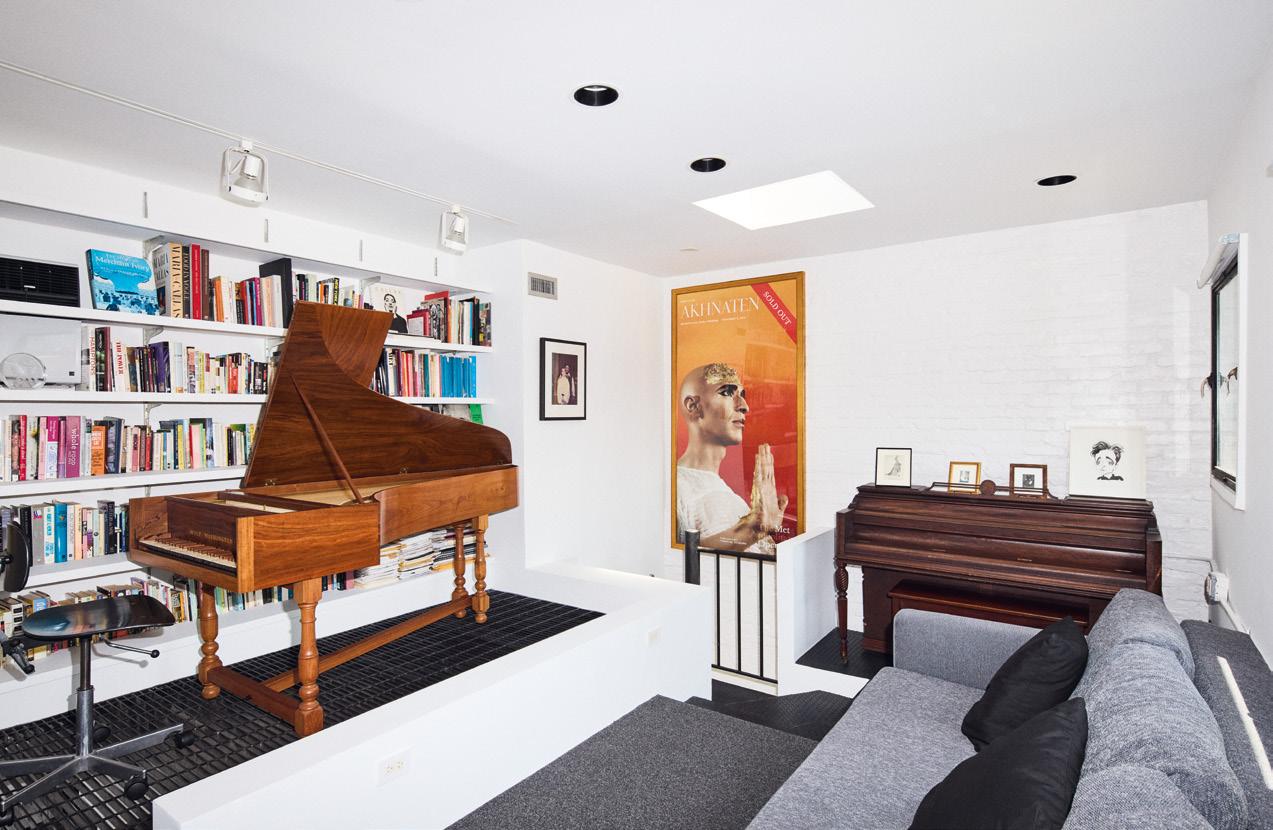
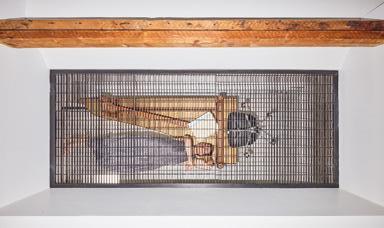
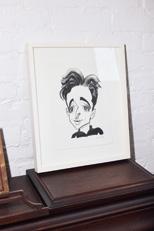
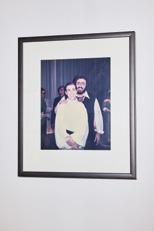

that was for [composer] Jerry Herman’s aunt. I had leftover lightbulb strips that you use for lining bathroom mirrors. I took them and thought it would make logical sense to put them in the foor.
ANTHONY : And because it was an of fce, you wanted to be able to close off the kitchen.
DAVID : I needed the kitchen to disappear when clients came over. People who came here to work at this big table didn’t need to know how I lived. That wasn’t their business. I didn’t want doors. When I went to Japan, I was fascinated with shoji screens and all of the fences that they made. Have you been there? It’s all bamboo lashed together. I took tons of pictures. I couldn’t really work on a shoji screen, but I just thought this whole thing should be like a folding screen. So I dropped the ceilings down. And when the doors are all closed, the kitchen is gone.
ANTHONY : I try to keep every change I make to this space as invisible as I can. I put in a pot holder and made sure to cut the bar to the exact same length. I tried to fnd the exact same triangular feet so that it would all look original.
DAVID : If you’d called me, I would have ordered that for you. I found out that if I called Metro Shelving, they would compress the shelves so you could hang them upside down, which I do in my projects.
ANTHONY: I should have done that. I found it all online.
DAVID : We used to shop in a store in SoHo called Hardware. It was on West Broadway. It had all these off-the-shelf products. Suzy Slesin and Joan Kron’s book High-Tech had just come out at the time.
ANTHONY : That’s part of what’s so brilliant about the apartment, I fnd. It’s like a puzzle. Everything fts so beautifully, even if it’s off-the-shelf. There’s luxury in that.
DAVID : There’s creature comfort in that.
ANTHONY: One thing that I’m surprised to say I love is this industrial carpeting. When I frst visited this place, I thought, I can’t live in an apartment with industrial carpeting. My friend says you could murder someone on the carpet, drag them out, and still remove the stain. You know what I mean? It’s such a durable space, which is the opposite of many historical settings I’ve been in, where I’ve worried about scratching this or breaking that. It’s practical.
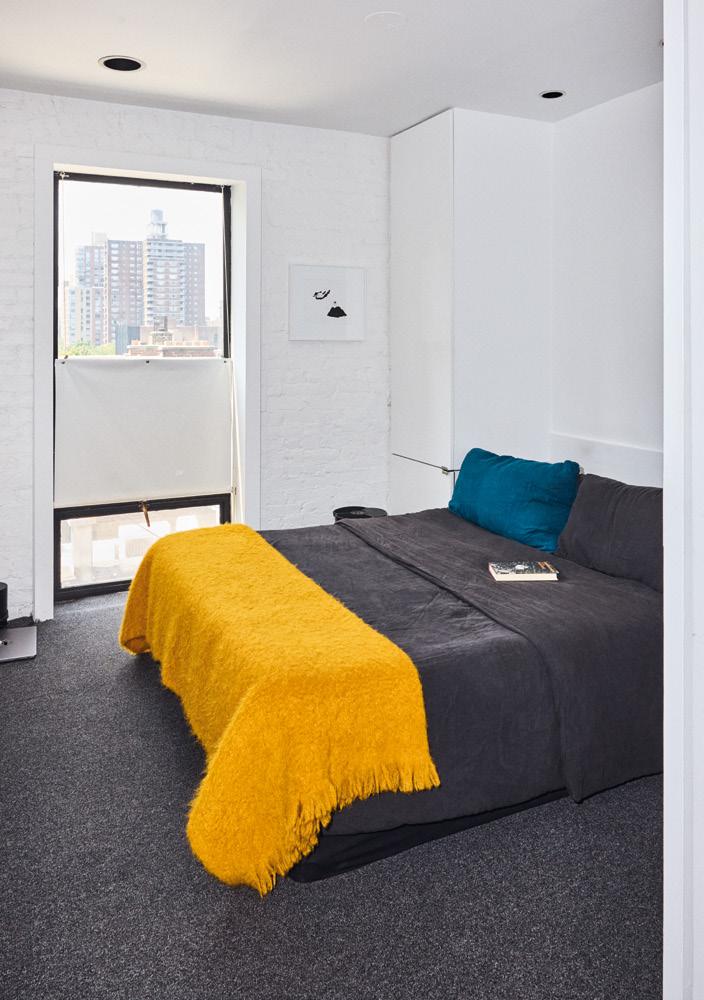

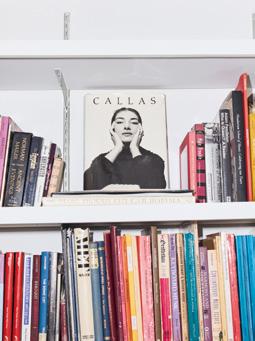

DAVID : I wanted to sell the apartment to someone who gets it. What made you decide you wanted to live here?
ANTHONY : When I frst saw it online, I told my mother, “You have to go see it for me.” She went with the real estate agent, and you were just leaving as she arrived. She loved it. Then I sent my closest friend who I dated for four years when we were very young. He went to Parsons; he knows all the design stuff. We looked at maybe 500 apartments together. He walked in and texted me, “You have to get this apartment.” Meanwhile, I’m opening Akhnaten in London, and we’re about to go on. I snuck back to the States the morning after, came to the apartment and said, “I have to have it.”
My real estate agent said, “I think the owner is someone you might know.”That’s when I learned your backstory and relationship with Larry Kramer. I decided to write a letter to send you alongside my offer. It basically said, “You’re going to want someone here who appreciates the history and this comes from the queer community.” I just wrote all about this in my book draft, which is due today
DAVID : They always extend the deadline.
ANTHONY : I know. Do you know Jonathan Galassi at Farrar, Straus and Giroux?
DAVID : Very well. Tell him hello. He waited fve years for Larry to fnish his draft, so he knows how it works.
ANTHONY : I’m having lunch with him on Tuesday. I’m at 101,000 words. But there’s a section about the letter I wrote you, David, where I told you about how I came out as gay and offered you the most money I could afford. And then we got to know each other a little bit, which they don’t like you to do when you’re selling an apartment, but we didn’t really care.
DAVID : I gave you all of it.
ANTHONY : Everything. Down to the soap that you used to take the bath with.
DAVID : Vitabath. I also left you some pieces of the Ward Bennett fatware we used.
ANTHONY : And your alcohol, some of which is still untouched. I would fnd little things like cookie tins or things that said, “Happy Christmas David and Larry,” or whatever. I would fnd little cigarette butts around, which I loved. It made me feel like life had been lived here.
DAVID : Would you tell me about the book?
ANTHONY : It’s called Countertenor, and it digs into the idea of the countertenor voice. There is something called gay voice, right? People who “sound gay.”Does being a countertenor inherently sound gay? And why is that? Why
do we associate pitch with gender and gender with sexuality? I think of this apartment as a gay space. Do you?
DAVID : No. I never thought of it as gay. In design and architecture, there were people whose work I felt I was in dialogue with. At the time, Joe D’Urso and Bob Bray and Michael Schaible were making work in a similar language. Joe designed this table we’re sitting at for Knoll. It’s called a Racetrack table. I special ordered it without wheels and with a Calcutta marble top.
ANTHONY : That’s interesting. I mention in my book that I don’t experience my countertenor voice as being gay. Even though I am. But other people…
DAVID : But it isn’t.
ANTHONY : It’s f lled with my experience in the same way that this apartment is f lled with your life and experience. So to someone coming into it, that does carry a certain energy.
DAVID : For me, the design of this apartment is more about urban living. Being interactive, adult. Everything taps into one basic feeling. All the doors, the furniture.
ANTHONY : You designed a space for everything. I have all kinds of stuff stored in the coffee table. It’s like the attic. There’s stuff under the couch, all my grandmother’s china in that cabinet.
DAVID : It’s neutral enough that you could have a grandma party and have all her china out.
ANTHONY : I always feel a great sense of relief coming in after a show, when I’ve been in front of a ton of people. It’s very calming.
DAVID : It’s a compliment that you’ve kept the space as I designed it. It’s also a really nice intellectual exchange to meet someone who’s on the same plane you’re on.
ANTHONY : I probably think of you more than you think of me. I’m living in your space. I think about all the ways it works, and all of the things that were designed to meet very specifc needs.
DAVID : Do you use the toolbox?
ANTHONY : Of course!
DAVID : [Laughs] I’ve got it all in the family.
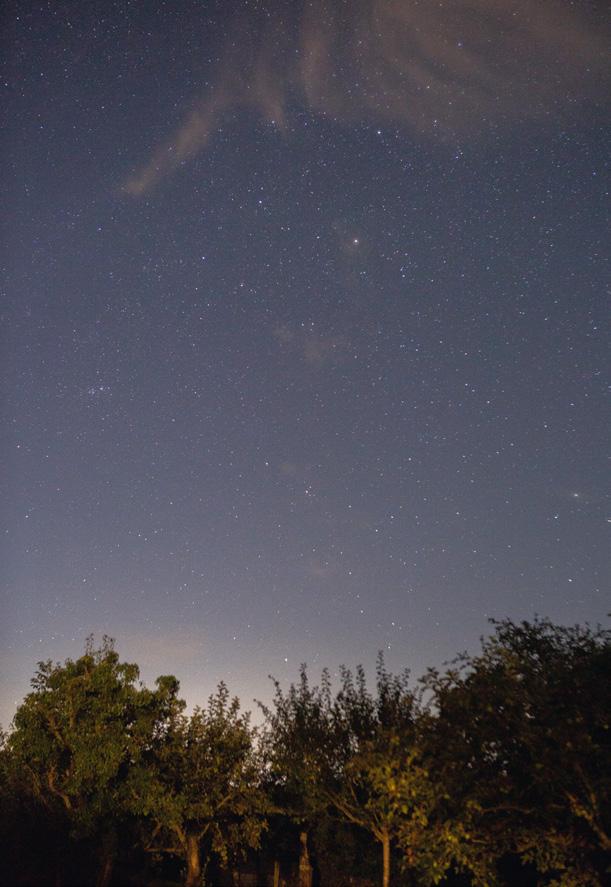
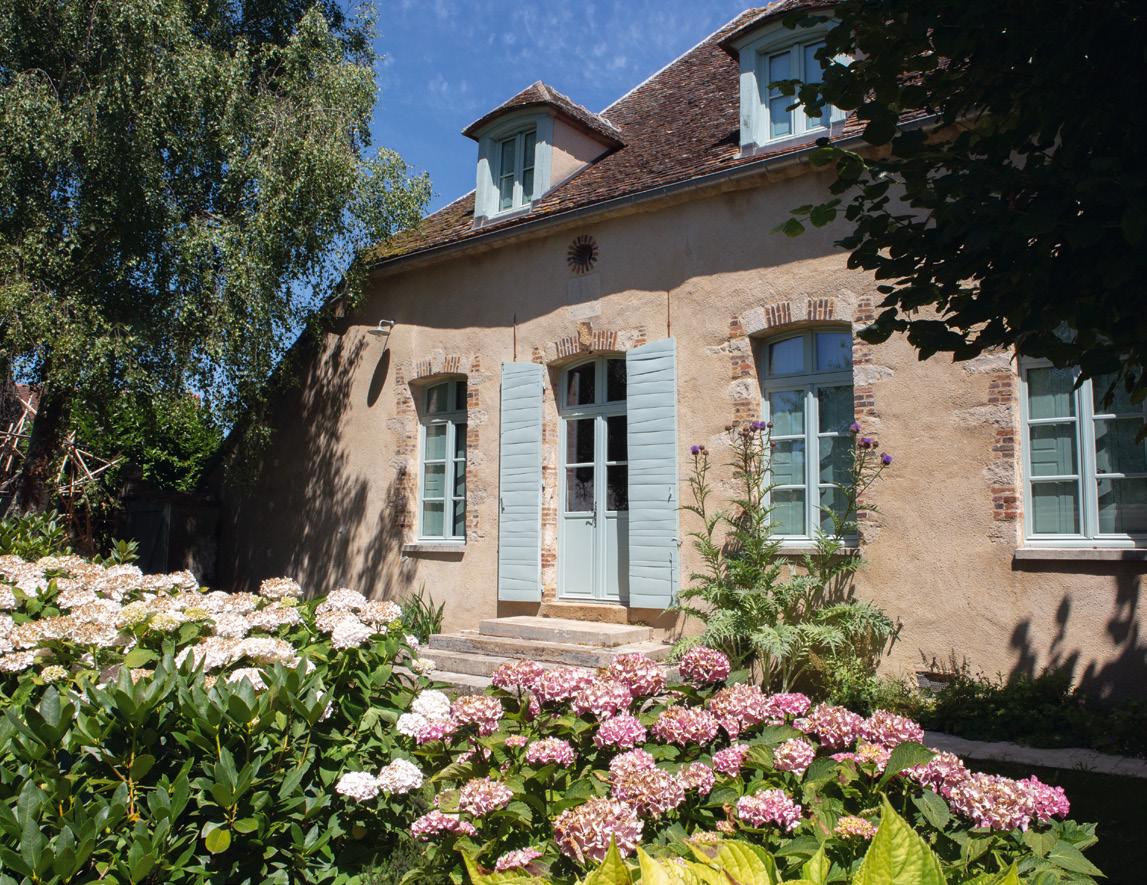

In the heart of Villeneuve-sur-Yonne, Creative Director Axelle de Bufévent revives an 18th-century home, flling it with an anachronistic assortment of artworks and keepsakes that leave visiting friends and friendsof-friends eager to return.
When I ask Axelle de Bufévent what her 18th-century house in Burgundy means to her, she responds instantly with a Virginia Woolf reference: “It is a room of one’s own. A place of life and creation where everything I want to share can fourish.”
From Paris, it takes only an hour by train to reach this cluster of villages in the Yonne department of central France—a haven for city dwellers in search of authenticity, connection with nature, community, and space for artistic restoration. It’s a slow life that echoes de Bufévent’s considered choices and values. “For fve years, I searched for a place that felt like the real countryside, until a friend suggested I look in northern Burgundy, a sublime and largely overlooked region,” she recalls. Behind a modest fence, the house opens onto a beautiful, seemingly endless garden framed by a wrought-iron gate custom-designed by blacksmith Romain Barré that looks as if it was drawn by hand and then rendered in metal.
De Bufévent frst discovered the property in the winter of 2018. “It was raining in Paris. I lit a fre and came across photos of this place online. It was owned by an art-world photographer from the 1950s and ’60s, and was flled with works by [Pierre] Alechinsky, Olivier Debré, [Robert] Combas, and [Cy] Twombly. Was it the art or the house that spoke to me?” she muses. “Likely both. Tere was charm, the right proportions, and walls steeped in history—the building dates back to 1748.” For months, she came every Saturday, sitting alone in the empty living room and imagining her future life.
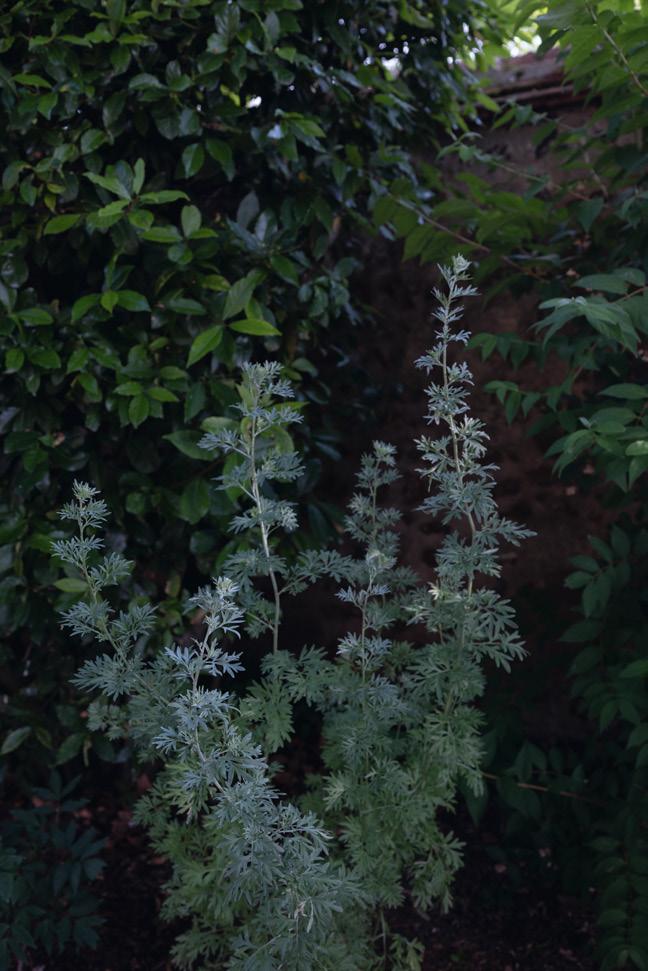
Tose familiar with de Bufévent’s personal and professional commitments know that she will move mountains in the name of her creative vision. For one thing, all the artisans she worked with to restore the house came from within a 15-kilometer radius. De Bufévent

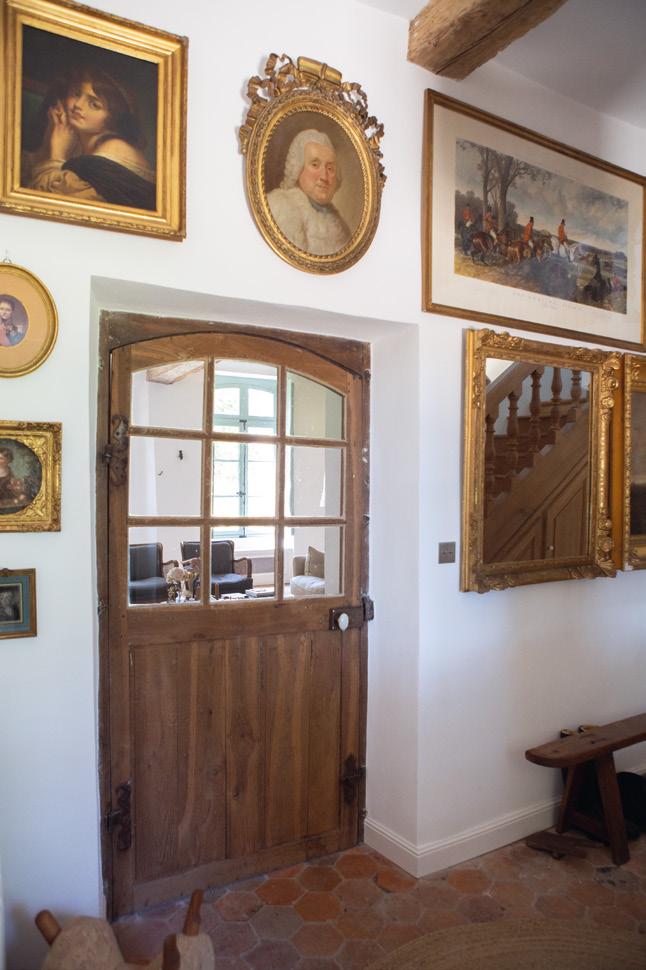
entrusted the oversight of the project to her friend, Gaël Lunven, whom she met when studying at Penninghen in Paris—she in art direction, he in architecture. “He has always decorated my apartments. He knows me, knows my tastes. It has to be beautiful, warm,
welcoming. Sophisticated but not too much. And quite authentic.” Te result? A sense of coherent eclecticism—an oxymoron, yes. A few generous sofas, a Sergio Rodrigues armchair, and Le Corbusier’s LC4 chaise longue are surrounded by carefully chosen
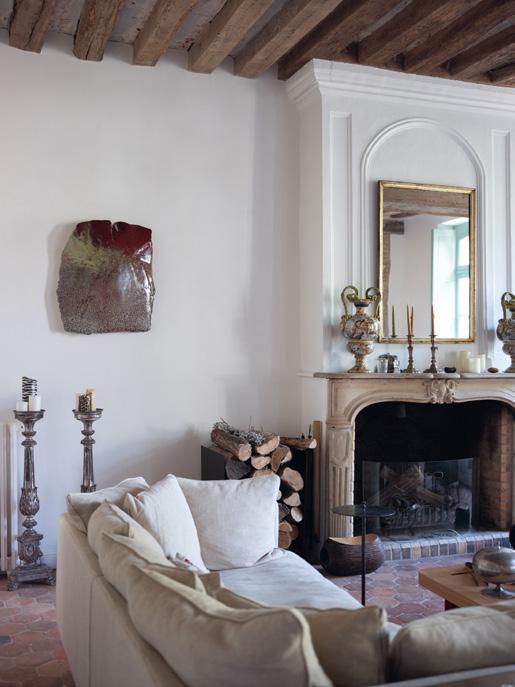
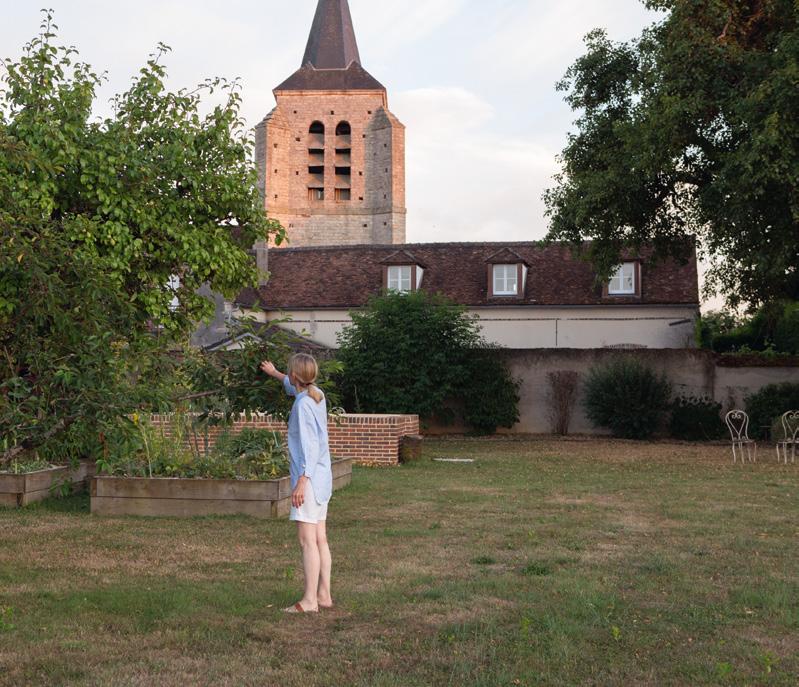
“Some places are cradles of creativity— Barbizon, La Sainte-Victoire, Pont-Aven. Tis area is lesser known, but it’s the same.”
—Axelle de Bufévent

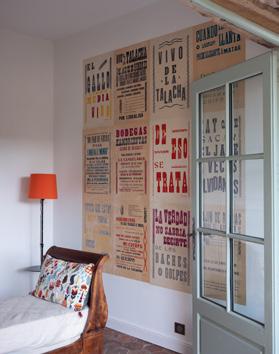
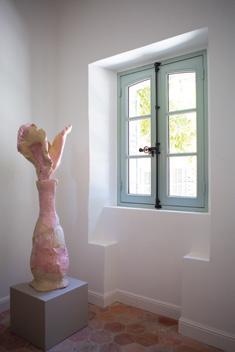

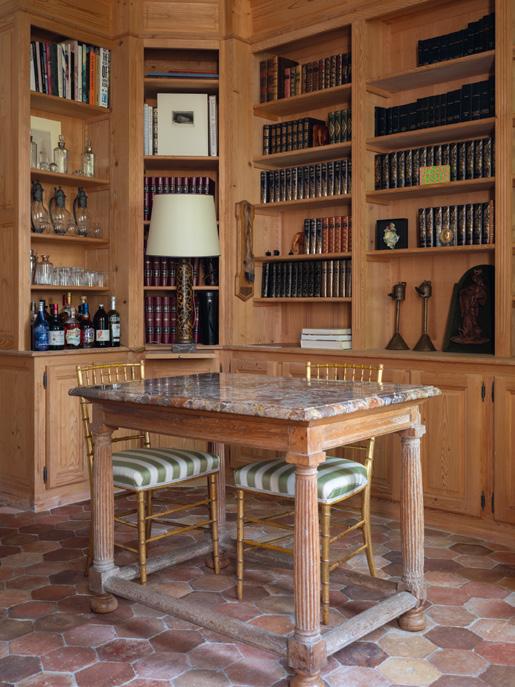
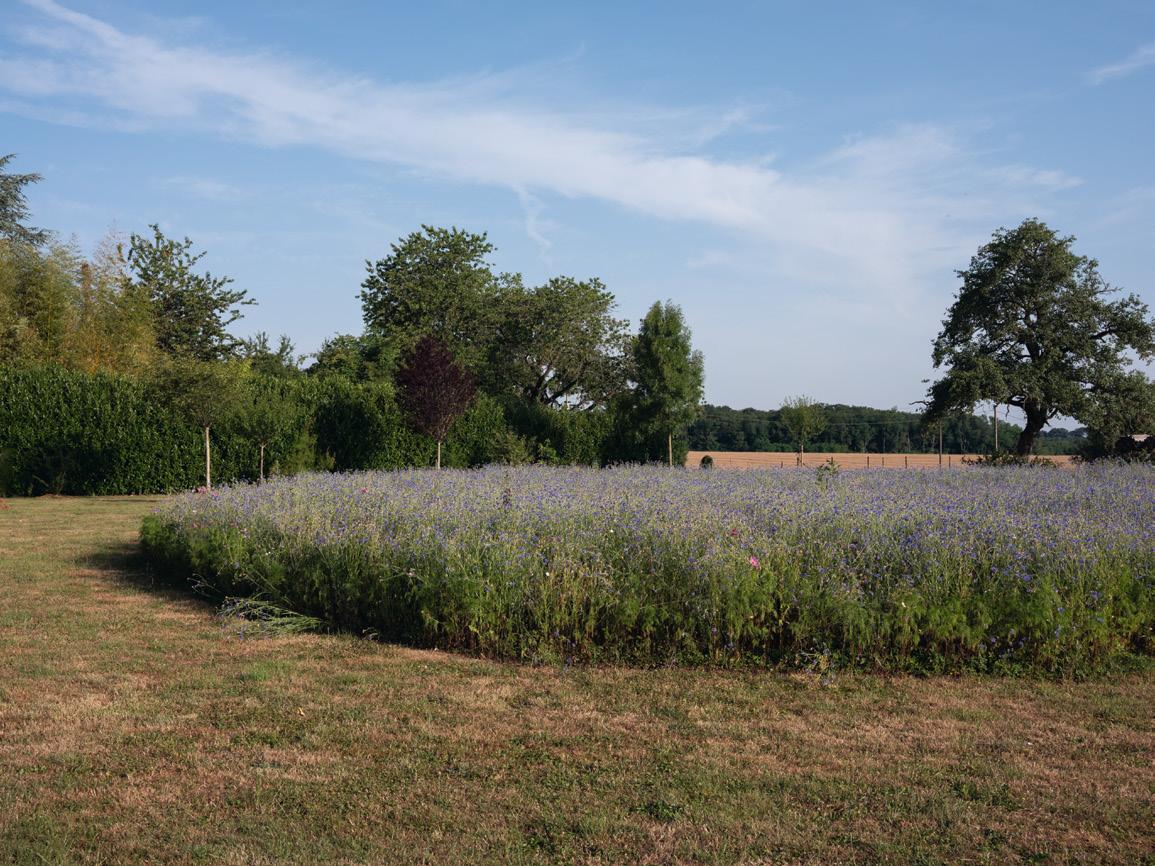
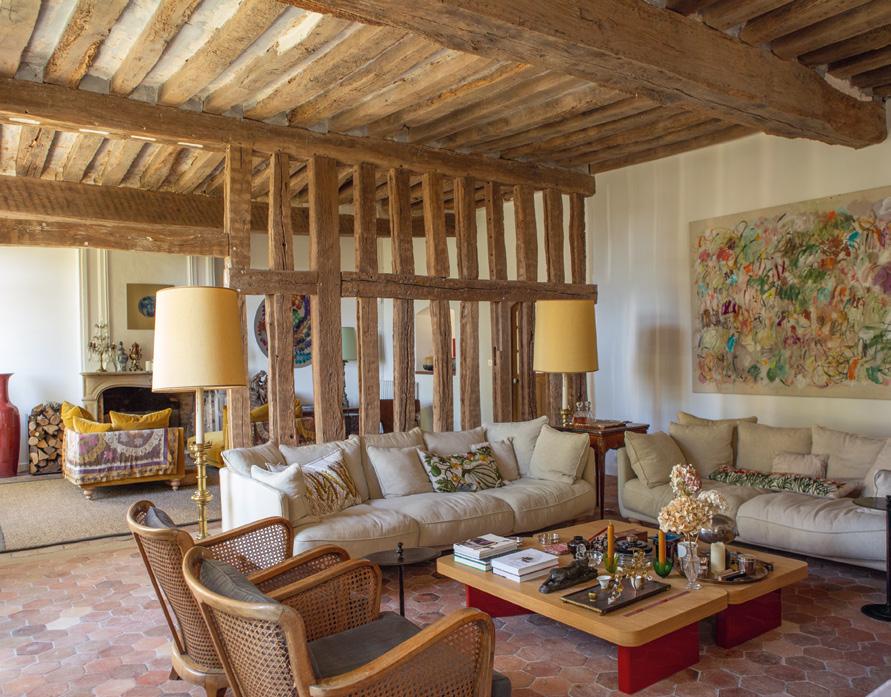
memories: hand-printed Mexican posters, 18th-century terra-cotta tiles, small “freplace end” benches commissioned from the wood sculptor François Lelièvre, petit-point chairs embroidered by her father, 18th-century Uzbek suzani, and cushions from the Lebanese design studio Bokja.
“Mostly, it’s paintings and objects I love and grew up with,” she says, “works by designers and artists such as Bethan Laura Wood, Noé Duchaufour-Lawrance, and Mathieu Mercier.”
During the summer of 2020, as pandemic lockdowns swept France, de Bufévent decided to move in—


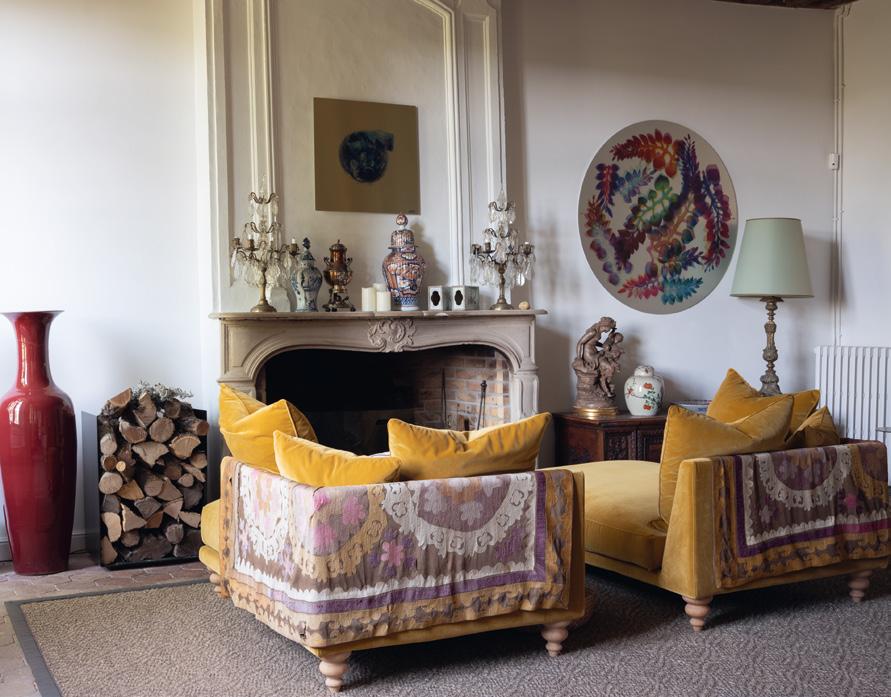
even though only her bedroom and bathroom were fnished. “I was living in a construction site, working remotely. Friends would come to stay, to breathe. It was so joyful that it allowed me to see the house as my home, not a weekend getaway, and validated my plans to change
my current balance and spend more time here in the future. Of course, it also accelerated my encounters with the local artistic community, whose works now interact with the house: Barré, Lelièvre, Claudie Laks, Clémence van Lunen, Juliette Agnel, and Gilles Gerbaud.”
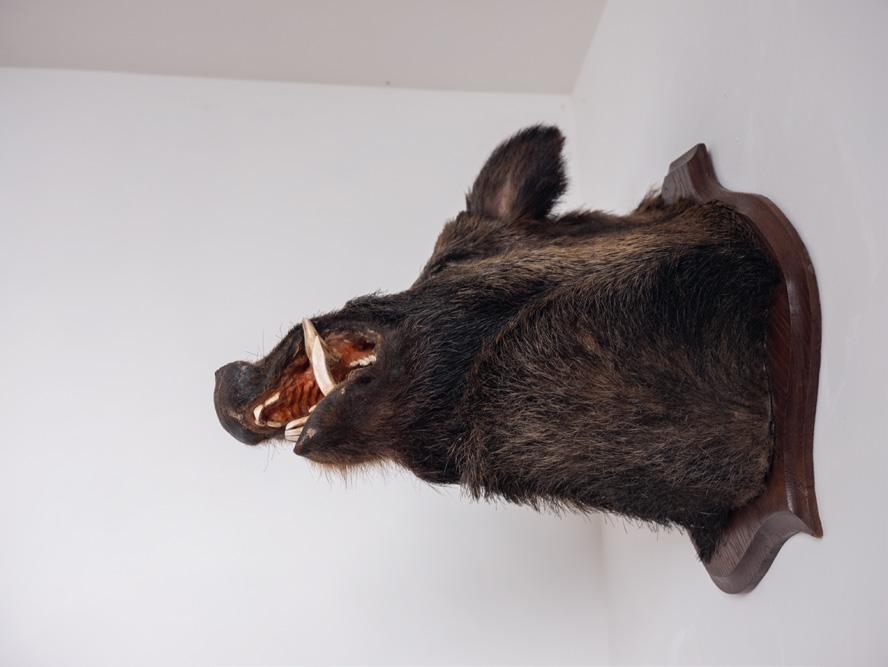
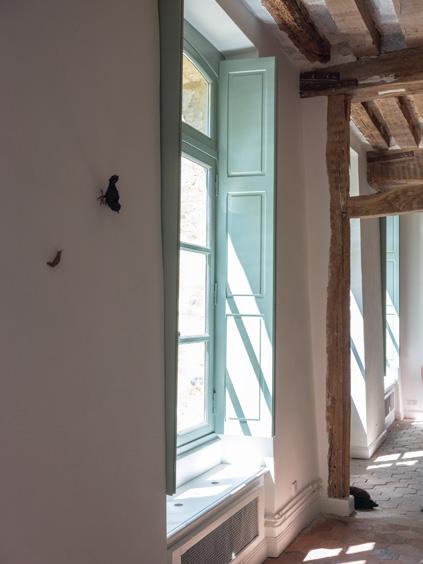
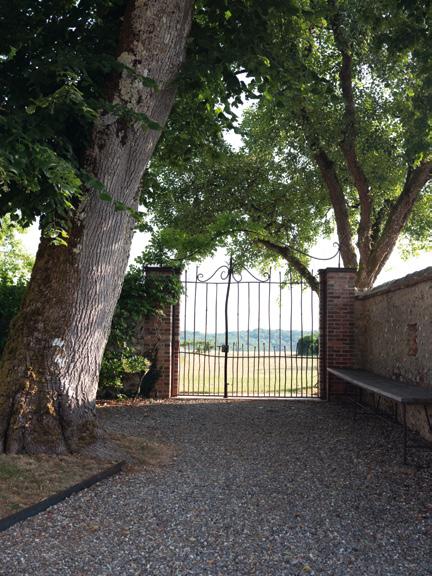
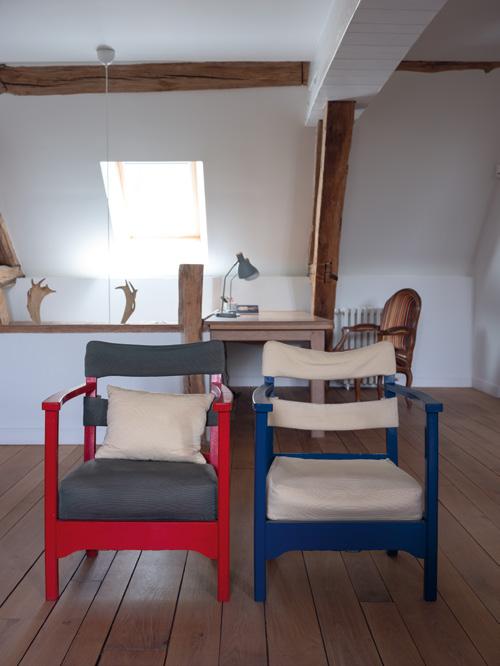

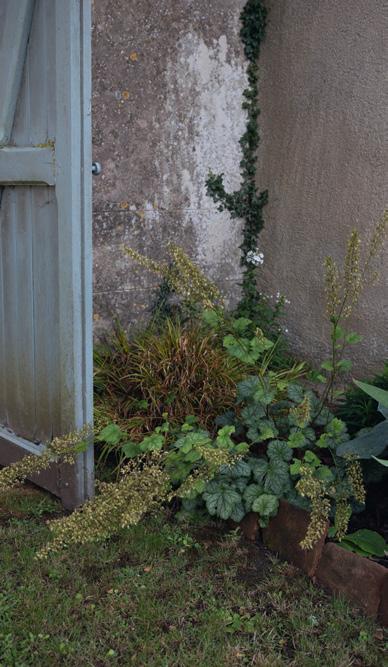
“I lit a fre and came across photos of this place online. It was owned by an art-world photographer from the 1950s and ’60s, and was flled with works by Alechinsky, Olivier Debré, Combas, and Twombly.”
—Axelle de Bufévent

On the subject of the region’s artistic legacy, de Bufévent could go on for hours. “Some places are cradles of creativity—Barbizon, La Sainte-Victoire, Pont-Aven. Tis area is lesser known, but it’s the same. La Revue Blanche was based
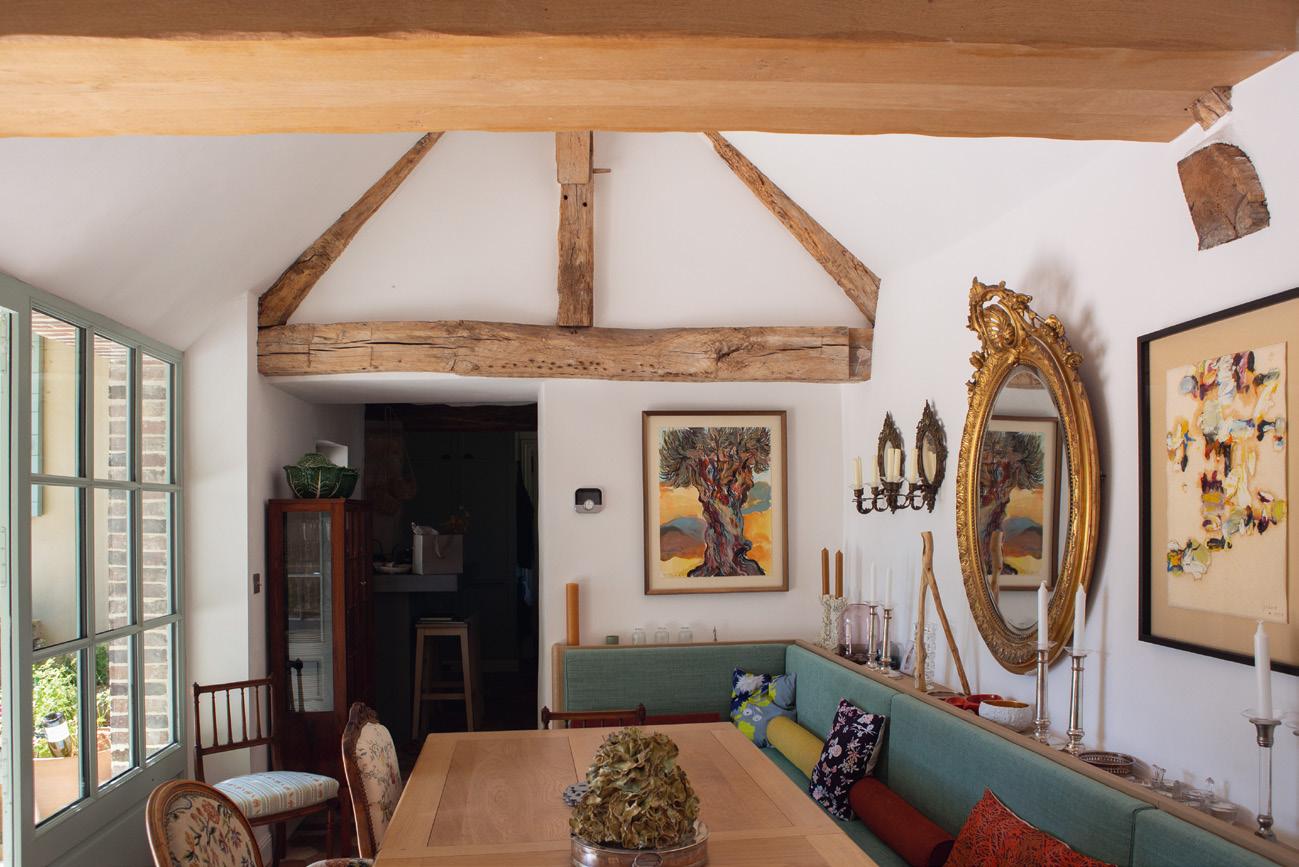
in Villeneuve-sur-Yonne. Jean-Louis Gerbaud, whose work is currently being rediscovered, lives a few kilometers from here. Jean-Pierre Pincemin had his studio in Sens, and for a while brought the whole Supports/Surfaces gang here with

him.” Tree small Pincemin paintings have settled on the wall of the dining room—once an old barn— where friends gather for lively conversations and meals cooked with vegetables from the garden.
“In this house,” de Bufévent re-
fects, “there is an alignment between what I envisioned and what is. Tat brings a sense of gentleness.” A place of one’s own, then, and with its gate forever open.
What does it take for an artist to live and make work? One writer illuminates the economy of favors, transactions, and digressions that governs how the creative class gains access to shelter.
TEXT BY FIONA ALISON DUNCAN
In 1986 and 1988, Tama Janowitz’s Slaves of New York and Jane DeLynn’s Real Estate satirized the impossibility of finding affordable housing in New York and how this trapped people in troubling relationships. According to American psychologist Abraham Maslow’s hierarchy of human needs, shelter is foundational. Relationships come later. This was true for Janowitz’s and Delynn’s characters, who settled for abusive, stale, and creatively stifling romances in exchange for a better view, more square footage, or a roof over their heads—period.
A majority of the characters in both DeLynn and Janowitz’s books were—like their authors—artists or art-adjacent. For decades, artists and their supporters have flocked to New York, among other increasingly expensive art capitals, from Berlin to London, Los Angeles, Paris, and Hong Kong, with hopes of forging a career and finding their people. For queer artists, cultural capitals have an even greater pull as they tend to be safer and promise better odds at finding sex and love. Given the proximity to so much wealth and industry, some artists strike gold in cities like these. For others, living in an art capital has become untenable.
Consider: The same New York apartment that cost $171 a month in 1975,1 and $550 a month in 1988,2 could now go for $3,397,3 the median rent for a studio circa May 2025.4 Even after adjusting for inflation, that means median rents have tripled since the mid1970s and doubled since Slaves of New York became a bestseller. At the same time, median wages have barely risen—the minimum wage has actually fallen. According to the most recent study I could find (from 2017), three-quarters of American artists earned less than $10,000 off their art annually.5 That’s about three months’ worth of rent in a New York studio apartment.
New York isn’t the only ever-inflating city, of course, and artists aren’t the only people suffering from a dearth of affordable housing in these places. However, artists offer an interesting case study. By definition creative, artists set trends, including housing trends (like loft living in the ’60s and ’70s). Alternative housing opportunities have also been created specifically for artists in the forms of subsidies and arrangements provided by the state, academic institutions, foundations, patrons, and collectives. Both
YORK CITY)
uniquely valued by society and also disproportionately at risk, existing mostly outside of the social safety net, the artist’s way is one of precarity. As social welfare programs are eroded around the world, and A.I. upends jobs, more and more people may be thrust into the position that artists are in. How are contemporary artists contending with the affordable housing crisis? Have they found creative workarounds? The more I researched this topic, the more depressed I became.
1Joseph P. Fried, “City’s Rent Rises Outpace Tenant Income Increases,” The New York Times, January 19, 1976.
2U.S. Department of Housing and Urban Development, Market Absorption of New Rental Unit and Median Asking Rent: 1970-Present, Fall 2002.
3Jiayi Xu and Danielle Hale, “New York City Rental Report 2025 Q1: The Pricey Get Pricier,” realtor.com Economic Research, April 22, 2025.
4Eileen Kinsella, “A New Study Shows That Most Artists Make Very Little Money, With Women Faring the Worst,” Artnet, November 29, 2017.
5Vince Dixon, “Want to Rent a Studio in New York? You May Need a Roommate,” The New York Times, May 29, 2025.
We begin in Limbo, the first circle of the Abyss outlined in Dante’s Inferno It’s where, as his early 1900s translator Dorothy L. Sayers noted, “those who refused choice” and “those without opportunity of choice” reside.
When an artist seems to be everywhere, it’s possible they live nowhere. That is, they have no permanent address except maybe their parents’ place or a P. . box or a small room in a shared flat that they sublet. (“Subletting my room in Berlin from 2 p.m. on ctober 1 to 9 p.m. on ctober 19. Serious inquiries only ”) Maybe they have a storage unit or an art studio instead of a room, prioriti ing a work lease over a domestic one. (If they’re lucky, they can secretly sleep there too, although usually, there’s no shower.)
ne response to the lack of affordable housing in art capitals is for artists to bop between different paid, free, and cheap housing opportunities. “They’re piecing together a quilt,” Katerina Llanes, program director of the New Wave residency in Palm Beach, Florida, explains. “ I’m doing a residency here then I have to go to this art fair then I’m doing this project here ’ Honestly, half of the artists I encounter are living this way.” The mix can include paid residencies like New Wave, house or pet sits, sublets, collectors’ homes (empty or not), friends’ couches, and spaces associated with galleries and institutions, often offered around the time of an exhibition.
Shola von Reinhold’s 2020 novel LOTE charts this lifestyle to comedic effect. Her London-based protagonist, a queer Black ornament-obsessed archivist, begins a house-sit that she soon has to evacuate when the leaseholder returns early. She ends up crashing with a rent boy who lives for “free” in an empty property courtesy of a developer who has designated it as a pseudo-brothel until it’s time to sell. She can’t stay there, though she’s femme, and the clientele likes men. She gets lucky when a paid residency agrees to advance her the program honorarium so she can afford a ticket to the obscure European town it’s in.
ne counterpoint to von Reinhold’s novel is John Yuyi’s 2025 ine POV, which comprises a month’s worth of self-portraits taken while the photographer flat- and cat-sat her way through New York, Barcelona, and London. Yuyi has been living nomadically since 2022, when an exhibition brought her from New York to urich. With the contents of her apartment tucked away in storage, the Taiwanese photographer has avoided paying rent ever since, traveling wherever she’s invited or employed, often waking up blurry-eyed and wondering, Where am I? Mexico, Berlin, Tokyo...
Living nomadically can be glamorous, invigorating, and educational. Facilitated by smartphones, social media, and affordable airfares (the costs of which have dropped at rates similar to those by which housing costs have risen), this hustle has never been more common. But a peripatetic lifestyle is also exhausting, and it can be unexpectedly expensive when, say, you need to ship work overseas or your free place falls through last-minute. If you have dependents, chronic illness, mental illness, disability, no passport, or other difficulties crossing borders or if you value long-term relationships, or if your practice demands a consistent space living in limbo can be treacherous.
In March 2009, as a Canadian undergraduate student on a semester abroad, I sublet a loft in Berlin’s Wedding neighborhood. The area, still one of the poorest in the city, is now home to Callie’s, a nonprofit residency and exhibition space. In 2009, art was just beginning to seep into this working-class and ethnically diverse area. My boyfriend was a professional gambler he paid our rent. That March, he traveled to London and Paris to play poker, leaving me alone in our sublet, which doubled as a gallery. Installations, sculptures, and video art filled the large white loft, next to which was a small bedroom, kitchen, and bath. The show on view was about global feminisms and included a video about a dating training module in which Russian women were taught the art of the blow job with bananas and how to seem alluring by acting dumb. Just as I didn’t know at that time that having dessert for every meal could be bad for you, I wasn’t conscious that I was not unlike those Russian women trading my sexual capital for subsidi ed rent and a joint bank account.
Are apartment galleries the purview of the young? Three notable ones from recent years have been run by 20-somethings. There was Cherish, founded in 2019 by Mohamed Almusibli (b. 1990), James Bantone (b. 1992), Thomas Liu Le Lann (b. 199 ), and Ser Serpas (b. 1995) out of their shared living space in eneva. The project ended in 202 . Almusibli is now the director of Kunsthalle Basel Serpas, a famous artist. The second notable is a secret. (The gallery itself is public it’s one of the best new galleries in America. The secret is that its young directors sleep on cots they’ve stored on site because they can only afford one lease between them, and it’s the gallery’s.) The third notable came recommended to me at every stop I made on my last European vacation. In Berlin, Paris, Marseille, and Copenhagen, everyone seemed to agree, London’s Galerina is “it.” No one mentioned that it was in someone’s home.
alerina’s Estonian founders, Mischa Lustin and Niina Ulfsak, have day jobs: Lustin works at a bank, and Ulfsak is a director at Arcadia Missa gallery. After work, they come home to their “Segal house” and their second job. A Segal house is a self-built home designed by architect Walter Segal, “a utopian socialist model for social housing,” as Lustin put it. Previously, they occupied a council flat “where a lot of iconic artists used to live,” says Lustin. ne is eorgie Nettell, who has since shown with alerina. (They’ve also shown Hannah Black, Dan Mitchell, and Ewa Poniatowska.) Having grown up in social housing in Estonia, Lustin and Ulfsak are sensitive about the “potential fetishi ation” of what for them is a “purely financial” reason to exhibit there, while attempting to respect their neighbors by keeping the gallery open only to friends and vetted supporters, who often stay for dinner.
Apartment galleries are a home for new and underrecogni ed art. They’re often run by artists. r, in the case of alerina, by devoted community members. “We started,” says Lustin, “for the artists around us, all from immigrant backgrounds and without a physical platform to show work.” (They were the first to exhibit the now popular Coumba Samba and retchen Lawrence.) When you’re open, limber, and eager, these kinds of live work situations are romantic sexy even. Charged. But when we age, is it sustainable? The fact that few apartment galleries are run by people past their first Saturn Return may tell us the answer. And that’s a shame because the lust for art that animates apartment galleries is contagious. They’re filled with work you’d actually want to live with.
It’s said that New York is fun hell and LA is shitty heaven. New York is fun, but it’s pay-to-play, spoiling and depriving artists at the same time.
Home to more billionaires, investment banks, Broadway theaters, galleries, and high-value art auction sales than any other city in the world (not to mention the highest density of influencers), New York’s 50 percent share of the global art market is glutted with ambition, competition, innovation, beauty, debt, and disappointment. It’s so major, it accounts for two circles of Hell.
New York’s gluttony and greed struggle is often met with shrugs and schadenfreude. Just as our abundant trash (New York also ranks at the top globally in waste production) is shipped off to be burned and stored elsewhere, those who “can’t hack it” tend to leave, while those who stay often mask the very conditions that allow them to do so, whether that’s family money, living with no windows, or funneling half of their income into rent, as one in three New York tenants do today.
In 19 6, filmmaker Li ie Borden set her second feature film, Working Girls now part of the Criterion Collection in a Manhattan brothel based on the one she’d worked in to afford her first feature film, Born in Flames (19 ). ther notable artists and art workers of Borden’s generation worked in that same brothel they just kept it a secret. To this day, sex work is a way for some artists, mostly queer and or femme, to make New York work for them. Among them is Sophia iovannitti, who, following Borden’s lead, titled her 202 autobiographical Verso book Working Girl: On Selling Art and Selling Sex
Living with elders is another hack. For years, there was a legendary woman known as Su ie who you could call to pair you with an elderly Chinese person to live with. You’d pay the unit’s rent in full, still a deal compared to Manhattan market standards. Many of Su ie’s elders lived in the parts of Chinatown now called “Dimes Square” and “Two Bridges,” recently gentrified areas made “cool” by an influx of models, skaters, and artists much like the ones in the Su ie network. Porcelain artist Sarina Lewis stumbled into an intergenerational housing arrangement after spending over a year walking the dog of an older woman who lived on the Upper East Side. “We’ve become really close,” Lewis told me. Pairing under-housed individuals with elders is a beautiful unicorn of an idea that promises to address both the affordable housing and loneliness crises even if it is a Band-Aid. Perhaps it’s time for a Seeking Arrangements type site for under-housed artists and the golden generation?
Artist housing, once a 20th-century experiment, is now the stuff of urban legend. Westbeth, New York’s famed Housing Development Fund Corporation (HDFC) cooperative for artists created when the city reclaimed and sold abandoned buildings back to tenants had become a naturally occurring retirement community by around 2006, with over 60 percent of residents over 60. Today, its waitlist is closed after stretching beyond 15 years, as Peter Trachtenberg reports in his 2025 book, The Twilight of Bohemia: Westbeth and the Last Artists in New York Artist and filmmaker Amalia Ulman recently purchased an HDFC apartment in a different building. She christened the place with a group show titled MiCasa. Works by Eli abeth Englander, SoiL Thornton, Maggie Lee, and Mitchell Algus were presented alongside wall drawings by the former tenants. Ulman, who grew up poor and working class in Spain and Argentina, has always been candid about money and class. She explained that, while HDFC purports to be affordable and indeed, there is an income cap limiting who can buy into the cooperative sellers often privilege buyers who can buy with cash up front. “Who is low-income,” Ulman asks, “and has hundreds of thousands of dollars in cash?” Ulman purchased her apartment with settlement money from a bus accident that left her permanently disabled.
But you could always apply for a grant. “We felt the best thing we could do was to give artists cash to help them pay their rent,” says Katarina Jerinic, an artist and the collections curator at the Woodman Family Foundation (WFF), which arrived at this decision in response to the prompt, “What is an artist’s greatest need at the moment?” Now in its inaugural year, the WFF Housing Stability rant for Artists will give five New York City artists a total of 0,000 each over three years to offset housing costs. Managed in partnership with the New York Foundation for the Arts and the Entertainment Community Fund, the grant also offers award winners counseling on how to navigate New York’s opaque affordable housing system, including how to apply for housing lotteries. The WFF grant itself is a lottery, to which hundreds applied in the first year alone.
With mortgage interest rates hovering around 7 percent and rents rising, even The Wall Street Journal has started using the term “housing crisis.” A recent headline: “New York’s Housing Crisis Is So Bad That a Socialist Is Poised to Become Mayor.” This,
of course, is Democratic mayoral candidate ohran Mamdani, who is running on a platform that promises rent free es on rent-stabili ed apartments. Mamdani is married to an artist, Rama Duwaji, and his campaign received boosts from many figures in the arts, among them actor Hari Nef, poet Kay abriel, and art dealer Carol reene. Mamdani won more votes than any other mayoral candidate in New York primary election history but his bipartisan critics warn that his proposed tax increase of 2 percent on individuals earning more than 1 million a year will drive them out and ultimately make New York poorer. This debate seems to deliberately distract from the fact that big-time owners, not necessarily high earners, hoard the most wealth by evading taxation through clever manipulations of the law and that’s already happening. Anyway As the arts and culture sector contributes nearly 10 billion annually to New York’s economy, providing more than 00,000 jobs across related industries while establishing the city as a global hub for ideas and creativity, the artists soft-powering the city’s reputation are especially at risk.
In 2015, Los Angeles artist Julie Becker wrote the words “I must create a Master Piece to pay the Rent” into one of her drawings (watering, 2015). A few years later, those words became the title of her posthumous retrospective. Becker committed suicide in 2016 while living in what her friend, the author Chris Kraus, described as “a horrible storefront in the armpit of lendale Boulevard and Alvarado Street. There was a Home Depot portable shower, a hot plate, and a toaster oven. That’s all she could afford.”
Twenty years earlier, Becker had the kind of career that artists dream of. Straight out of grad school at 2 years old, her 1996 CalArts MFA thesis project, Researchers, Residents, A Place to Rest, was curated into the S o Paulo Biennial, then exhibited at the Kunsthalle urich and gifted to MoMA. But by the 2010s, “the combination of addiction, mental illness, and poverty a killer trifecta,” as Kraus puts it, “had pretty much blown up her career. She’d given up on making the large-scale installations she was known for. The only thing she had the resources to do anymore was draw. She was literally making these drawings” among them, watering “to buy food and pay rent.”
I can’t tell you the number of times I saw millennials post Becker’s words: “I must create a Master Piece to pay the Rent. I must create a Master Piece to pay the Rent. I must create a Master Piece to pay the Rent.” It felt like the cry of my generation.
“I could not afford to move to LA now,” says Kraus, who arrived in the ’90s from New York. A longtime resident of the MacArthur Park area, she’s witnessed gentrification sweep Echo Park, Highland Park, and Pasadena. “Now people are moving to San Pedro and Long Beach,” she adds.
Long Beach is where I watched the artist Pippa arner die. She’d once lived in the Los Altos Apartments Bungalows on Wilshire Boulevard, an ld Hollywood landmark turned bohemian enclave, where, up until the early 2010s as I was told by the artist and astrologer Margaret Haines you could still find a deal as an artist if the super liked you. Haines took me to the Los Altos in 2017, hoping to secure me an apartment, unaware that management had changed.
We toured the Marion Davies suite: pink, gold, and now 6,000 a month. A year later, LA the serendipity capital of the world brought me to arner’s door. We became so close that calling her arner feels wrong. Pippa was broke. She was a trans artist who bucked convention for fun, but she didn’t choose Long Beach for fun: It was affordable, safe for queer people, and close to a veterans hospital where she, a vet, could receive free care. She had cancer. Pippa’s people were in LA proper the isolation made her twitchy.
The year I met Pippa, 201 , Defend Boyle Heights, an “anti-gentrification” protest group, targeted art galleries around the predominantly Latinx LA neighborhood to fight the displacement of longtime residents. I was assigned to interview photographer Catherine pie and asked her if she felt responsible for gentrification as an artist. Sometimes called the “mayor of Los Angeles” due to her civic engagement, pie knew about the protests. “I don’t feel responsible,” she replied. “Artists seek space that they can afford, and then other things follow.”
I agree with pie that artists shouldn’t be scapegoats for a system that sees their value and exploits it. Although, by now, the racism and classism that fast-track gentrification, and the instrumentali ation of white artists in that process, have become so obvious that it’s important to be mindful of where you move as an artist, in the same way housing activists should pick their targets wisely. What I remember most from the Defend Boyle Heights moment was anger: anger that some people might lose their jobs and others their homes. Anger that city-level or nationwide housing reform seemed impossible. Anger that dialogue was so strangled.
Where do we put our anger? Defend Boyle Heights resulted in the closure of a few galleries. Kraus was attacked for her affiliation with one of them and for writing about her small-time real estate business, something she continues to do in her latest novel, The Four Spent the Day Together, which, after its release this ctober, might reignite debates about how artists make home in Trump’s America.
This has been the year of fire and ICE in LA. ver 16,000 homes and structures were destroyed in January’s wildfires. Months later, people set fire to police cars and Waymos to protest ICE’s violent raids on supposedly undocumented immigrants people were arrested, deported, disappeared. Haines says LA is undergoing its “Pluto Return,” an every-250year occurrence she describes as “a deep car wash of alchemical change and revolution through brutal destruction and sweep.” After a period of “nauseating whiplash,” the city should find “strength, ascension, and absolution” by 202 . “It really is the Phoenix rising.”
Tracy Rosenthal and Leonardo Vilchis, co-founders of the LA Tenants Union, seem to harness a similar hope in their 202 book, Abolish Rent: How Tenants Can End the Housing Crisis. “In Los Angeles alone,” they write, “600,000 tenants spent fully 90 percent of what they earn keeping a roof over their heads.” That’s just one statistic they cite regarding how dire things have become. In Abolish Rent, LA a city on the vanguard of class war and climate crisis becomes a canary in the coal mine for the rest of the nation. But, they suggest, it might also offer a vision for a more equitable future that could be achieved through tenant organi ing. Canaries rising?
CIRCLE VI HERESY LIVING “OFF-CENTER”
In resistance to the prevailing belief that you must live in an art capital to be an artist, these four off-center setups promise even more heretical possibilities.
1. BRING THE ART WORLD TO YOU. That’s what artist manuel arturo abreu and alternative educator Victoria Anne Reis have done with their ongoing program, home school. Launched out of a shed in the back of a punk house in Portland, regon, where abreu lived for 00 a month, home school “emerged as a way for us to DIY a space for critical engagement with contemporary art, specifically with a distance-learning, remote, online focus,” they explain. The organi ation has featured talks and performances with artists from all over the world, including Hamishi Farah, Eunsong Kim, Kearra Amaya opee, and Jasmine Nyende. “We describe it as a free pop-up art school and space of sacred duty. At this point, it’s kind of a Portland classic.”
2. TURN A RURAL RENTAL INTO A PRODUCTION STUDIO. In early 2022, actor Callie Hernande (of La La Land and Alien: Covenant) began getting a bad feeling about her industry. Her dad had just died, and she felt “bored in Los Angeles and bored of the ways the studio system worked or didn’t work.” Then the dancer Brittany Bailey, a collaborator of dance legend Yvonne Rainer’s, asked the actor if she’d be willing to split a rental in the Berkshires. “I said, Yeah, if I can make movies.’” During the big Hollywood strikes of 202 , Hernande self-funded four: a “Curb Your Enthusiasm type experimental film” featuring Andrea P. Nguyen a collaboration with director Pete hs and actor-writer Jeremy . Harris called The True Beauty of Being Bitten by a Tick artist livia Erlanger’s short film Appliance and Invention, an auto-fictional biopic about Hernande ’s health guru and inventor father that’s one of the best American indies I’ve seen in years.
3. FOUND A COLLECTIVE DREAM HOME. Artists and free thinkers love to say that they want to “leave the city and start a commune.” But how is that done exactly? The New York based media collective PIN-UP offers some clues in their 202 film Dream Homes. Commissioned as part of the Cooper Hewitt, Smithsonian Design Museum’s 202 25
“Making Home” triennial, Dream Homes spotlights three L BTQ living cooperatives across America. The rural ones are more cloistered, self-sustaining bubbles, while the third, House of , founded by Miss Major, a Black trans activist who participated in Stonewall, is strategically placed in suburban Little Rock, Arkansas, to affirm local trans women of color.
4. BUILD AN ART TOURISM DESTINATION. Prior to moving to rural Athens, hio, artists Ryan Trecartin and Li ie Fitch lived in New rleans, berlin, Philadelphia, and Los Angeles cities where they’d find affordable rentals and build what Fitch calls “these big, cra y sets.” Their friends would fly or bus in to participate in Fitch’s and Trecartin’s work filming them speaking Alice in Wonderland style poetry directly into the camera at 2.5x speed, hosting hype houses before Hype House, capturing the mania of social media that was still to come, and establishing themselves among the most influential, prescient artists of the millennial generation. “Movie-making is expensive,” Trecartin says. “You break even if you’re lucky.”
In 2019, Fonda ione Prada commissioned an exhibition from the pair. The artists’ “wildest idea” for a show was to purchase rural land in their home state for the sets, including a la y-river-style water park, and film there. Eight years later, the Athens property continues to serve as Fitch and Trecartin’s primary residence. Ultimately, they hope to build out a park with featured rides by fellow artists, and maybe eventually “hand it over entirely” to the public. “Like Spiral Jetty,” I suggest, and they both laugh, repeating, “Uh-huh. Exactly.”
We’re nearing the end of our descent. Are you exhausted? Welcome to burnout
Burnout can take place anywhere; it’s the slow erosion of our souls inside our first home—the body. Rampant across many fields, and especially among care workers, burnout is noticeably impacting artists, whose job is to exhibit spirit. “Thin, rushed, and confused,” is how one curator I spoke to, who prefers to remain anonymous, describes much of the art being made now. Rather than blame “politics” for today’s lackluster art as my former roommate, Dean Kissick, who used to sleepwalk naked, proposed earlier this year in his viral Harper’s cover story “The Painted Protest: How Politics Destroyed Contemporary Art” this curator suggested that artists are being forced to rub damp sticks together. They’re trying to do too much, too fast, with too little in the recent aftermath of a moment where amassing capital from art seemed more accessible than ever and certainly for more types of people.
Being a career artist used to be the prerogative of the leisure class and resolute white men, demographics far less likely to accept shitty working conditions or engage in activism, and far more likely to have wives and staff to tend to them. Now, brilliant artists like Jade uanaro Kuriki- livo, a trans woman of Japanese and Puerto Rican descent, grace maga ine covers and exhibit worldwide. In recent years, Kuriki- livo has turned her practice over to activist concerns, hosting free HIV testing, memorials for “unalived” trans individuals, and fellow trans activists inside of her shows.
For her 202 2 exhibition titled “Nothing New,” Kuriki- livo wanted to live out of the New Museum, “in this glass aquarium 2 7.” She would recreate her bedroom, contrasting its sanctuary-like qualities with the public scrutiny that trans women experience daily, represented by the museumgoer’s ga e. Had the proposal been approved, Kuriki- livo would’ve managed to
sublet her actual room and save the exhibition honorarium. Instead, she had to clock in and out, taking on additional work outside museum hours to cover her expenses. At one point, she contracted Covid and couldn’t work either gig, neither of which offered health insurance or sick days.
“So many artists come here completely depleted,” says Katharina McCarty of her restorative residency, th House. “I worry about them.” McCarty has transformed Quarry Hill, the “radical, hippie commune” she grew up on in Vermont, into a “non-transactional” artist residency. “It’s about gifting a reprieve,” she explains, “from the oppression of high rents and having to work so hard to survive” struggles that she, the former director of a now-closed gallery, witnessed during her own art-world tenure.
When I knew Kissick, he wanted to be a novelist, but to do so would’ve put him in the vulnerable position of “artist” having to make something innovative or beautiful or true in advance, out of his own pocket, then try to sell it, a gamble. As if making art isn’t hard enough, the current system in the U.S. at least puts the onus completely on the artist until they’ve proven themselves to be a market force. It’s no wonder that so many artists end up addicts, or homeless, or pandering, or dead fates storied in Hari Kun ru and Hannah Regel’s recent 202 artist burnout novels, Blue Ruin and The Lane Sane Women
CIRCLE VIII FRAUD
SATELLITE STUDIOS
In Dante’s Eighth Circle of Hell, frauds are punished according to their specific misdeeds. Flatterers wrestle in shit. Thieves are eaten by reptiles. Panderers are whipped by horned demons. Corrupt politicians boil in tar. Sowers of discord get their bodies torn apart. Fraud thrives in creative industries. In the eighth circle, we put the inaccessible homes of wealthy collectors who only collect sure things in competition with their rich friends. We could also put whatever you call someone who isn’t really an artist but who cannily games the system here. “Artist” is a great profession if you can hack it, and hacks often can. They go on to buy condos while many true artists, too sensitive to play the game, die with a life’s work in their rented real estate, like Vivian Maier and Henry Darger (this almost happened with arner a few curators intervened at the 11th hour).
In the eighth circle, we could also put career artists who situate their studios somewhere “cheap,” using their surplus income to fly to art fairs, fashion weeks, and biennials. Thailand, Portugal, eorgia, and Mexico are some of the “affordable” countries where I’ve known internationally renowned artists to live and work. I don’t think this is a sin, necessarily. It can be done respectfully, especially if the artist has ancestral ties to the place. I am thinking of this one example, though, of a contemporary artist who worked out of my Canadian hometown, a city that used to be very affordable and is somewhat less so now. This artist was called out and half-canceled for MeToo transgressions. Curious about the case, I talked to locals. There were more complaints about this artist’s labor practices than his sexual proclivities. Young people who had worked in his studio felt undercompensated, overworked (weird hours), and like their ideas and personal lives had been mined for content. People stayed because this studio was the only place in this second city where an aspiring artist could cut their teeth. Was it fraudulent to exploit this? Maybe. I’m more concerned about the fraudulence of a sex scandal headline when the true grievance had to do with labor practices. But labor’s boring, right?
Congratulations, you’ve made it to the deepest ring of this American hell: Florida
After the global Covid lockdowns, Naomi Fisher returned to her hometown of Miami, Florida, only to discover that rents had more than doubled. Fisher is one half of Bas Fisher Invitational (artist Hernan Bas is her counterpart), a nonprofit that has connected Miami’s art scene with the international one for two decades through programming that mixes the local and global art scenes. Bas Fisher got its start when, in 200 , the two artists became the beneficiaries of real estate developer and collector Craig Robins’s rejuvenation of the Miami Design District. Robins, a student of SoHo developer Tony oldman, invited artists to activate empty upstairs spaces in commercial buildings he’d acquired at generously subsidi ed rates. He is known for preserving Miami Beach’s Art Deco historic district through similar means. Fisher and Bas turned part of their massive studio into an exhibition space for their peers. “At that point,” Fisher recalls, “Miami was so inexpensive compared to the rest of the country. I felt it was so undervalued, magical, and wonderful.” Art Basel Miami Beach had launched two years prior, and an art-development boom had begun.
Now, Robins has partnered with LVMH and Miami’s Design District is a luxury destination where you can shop every high-end brand from Brunello Cucinelli to Versace, stop by Christie’s auction house and Avant allery, and run into public art by Jill Mulleady, John Baldessari, and aha Hadid. The neighboring Wynwood Walls, Little Haiti, vertown, Little River, and Allapattah are all being developed by various collectors and firms as arts destinations with galleries, studio spaces, and public and private art institutions. After their sponsored lease ended, Bas Fisher fell in with another real estate business, ultimately deciding to go “fully nomadic in direct response to being gentrified out of every place that we’ve been.”
Are artists complicit in their own displacement? Sharon ukin’s touchstone study of artist housing and gentrification, Loft Living: Culture and Capital in Urban Change, celebrated its 25th anniversary in 201
with a new edition that emphasi ed that many of the artists who pioneered the practice have since been priced out of the market. “It’s wild,” Fisher admitted, “that in my hometown, my organi ation basically a mini arts tourism bureau highlighting how incredible artists from Miami were helped create a situation where a lot of those people have left or are struggling to stay.”
When it comes to affordable housing justice, we’re collectively stuck between a rock and hard place the rock being leadership and landlords who benefit from the current system, the hard place being burnout from a calling that relies on emotional labor and, frequently, a rejection of social norms. Too many artists and people in general are working too hard to afford rent as it is. Who’s got the energy to organi e? The LA Tenants Union’s Rosenthal and Vilchis would have you start small. They’d also like to see the term “housing crisis” thrown out. “Framing the consequences of our housing system as a housing crisis,’” they write, “ignores that from the perspective of its winners, the system works just fine... Housing isn’t in crisis, tenants are.”
Kraus calls out “the culture of silence around money and wealth” as another factor. There are many reasons why people in the arts aren’t forthcoming about issues like housing. Artists who are struggling might not want to admit they need help because they depend on an image of success to get paid at all. Those who benefit from the current system tend to enjoy that in silence, or choose silence for fear of being called out or canceled if they’re honest. This leads to mystification and isolation. If you don’t know how the system works, how can you change it? It’s not easy to get people to speak candidly about these things. The voices in this article represent a minority.



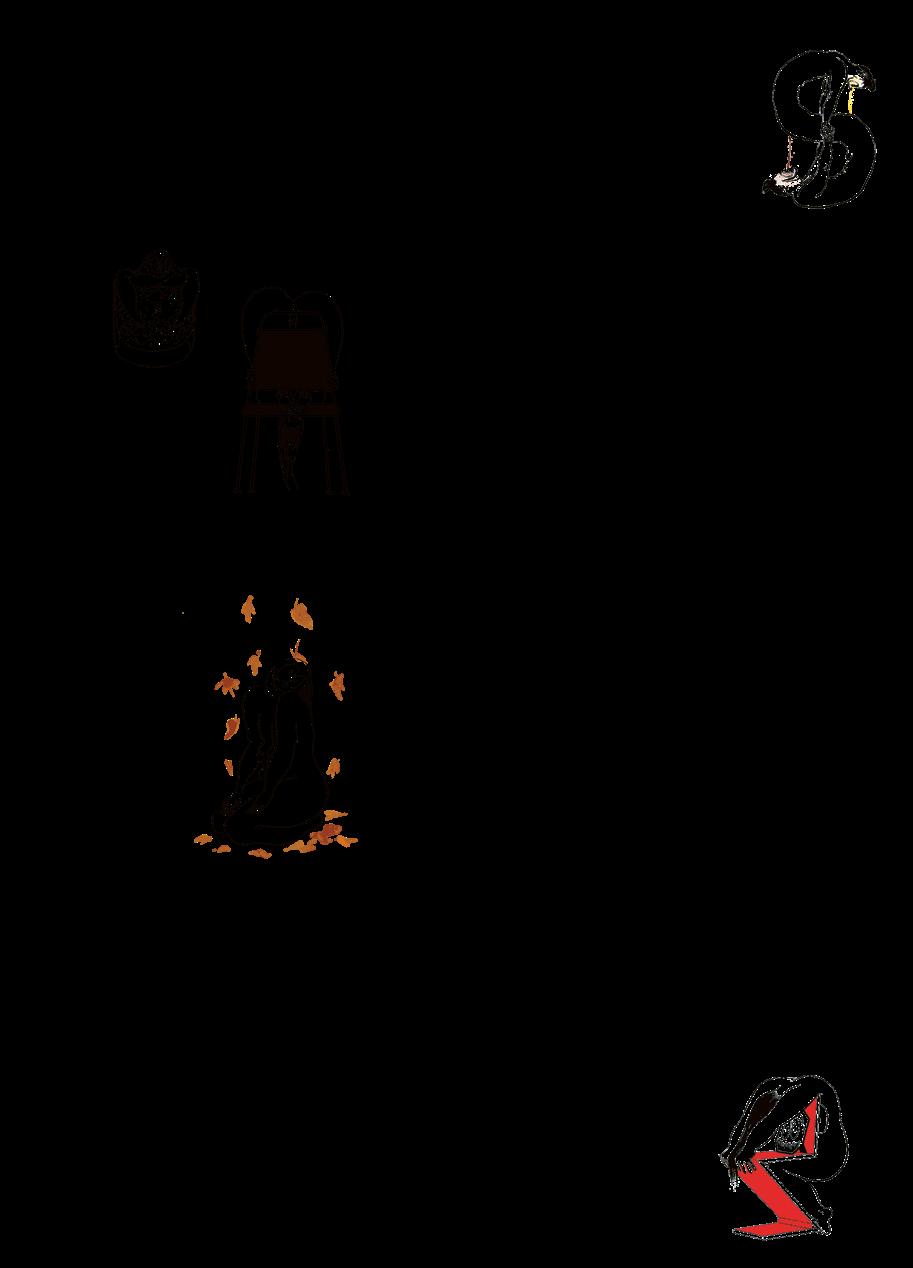
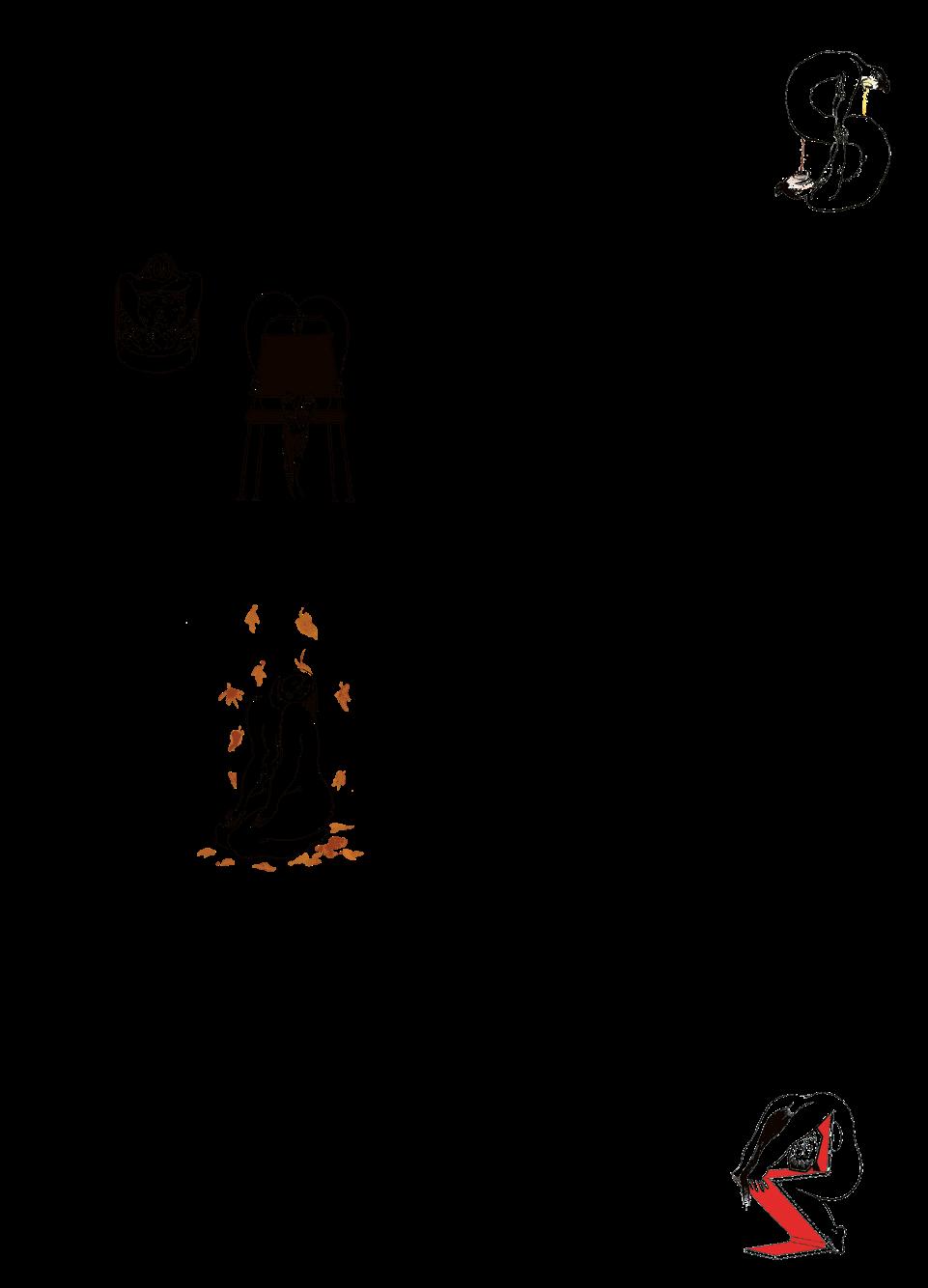

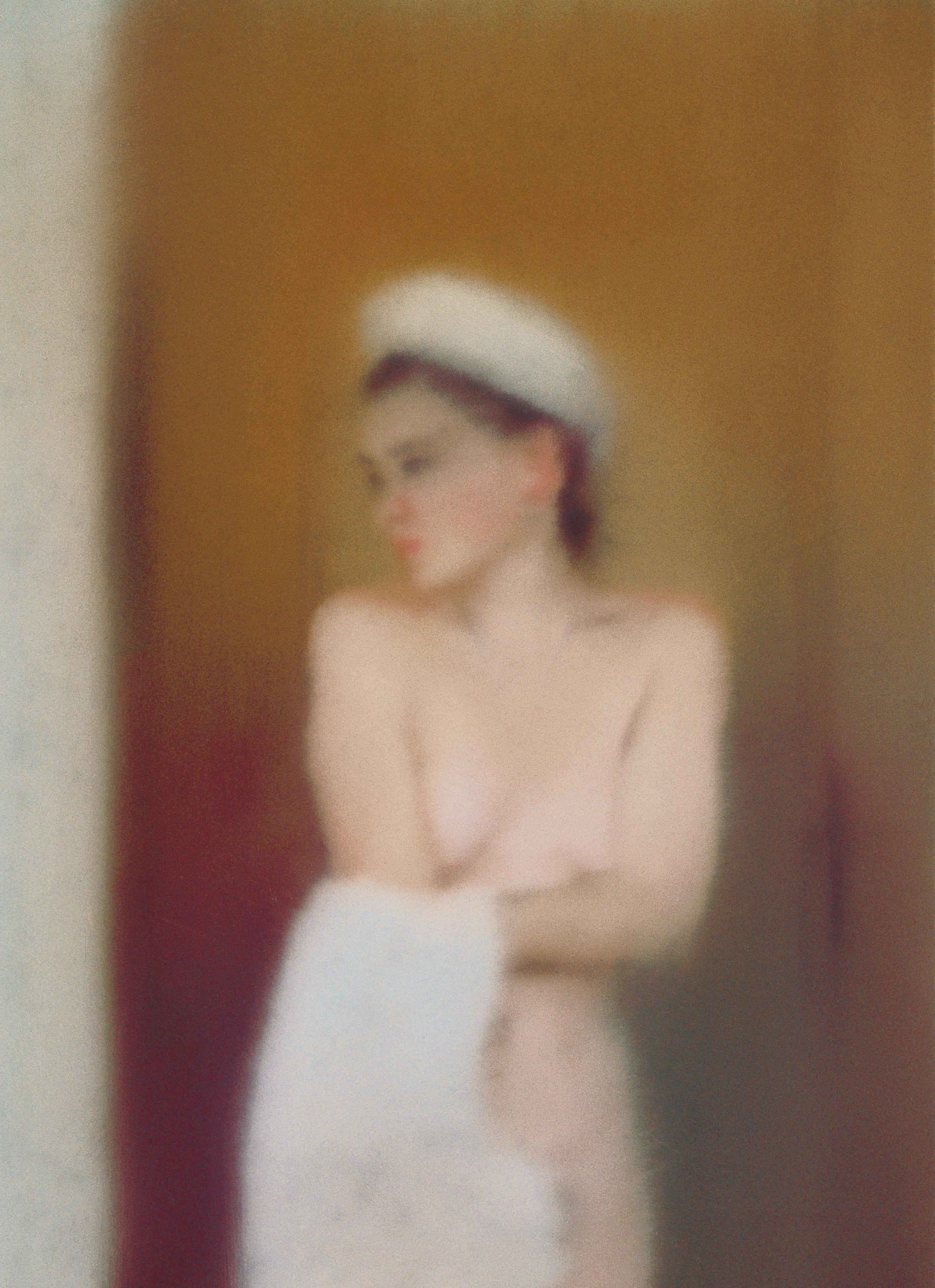
David Zwirner
